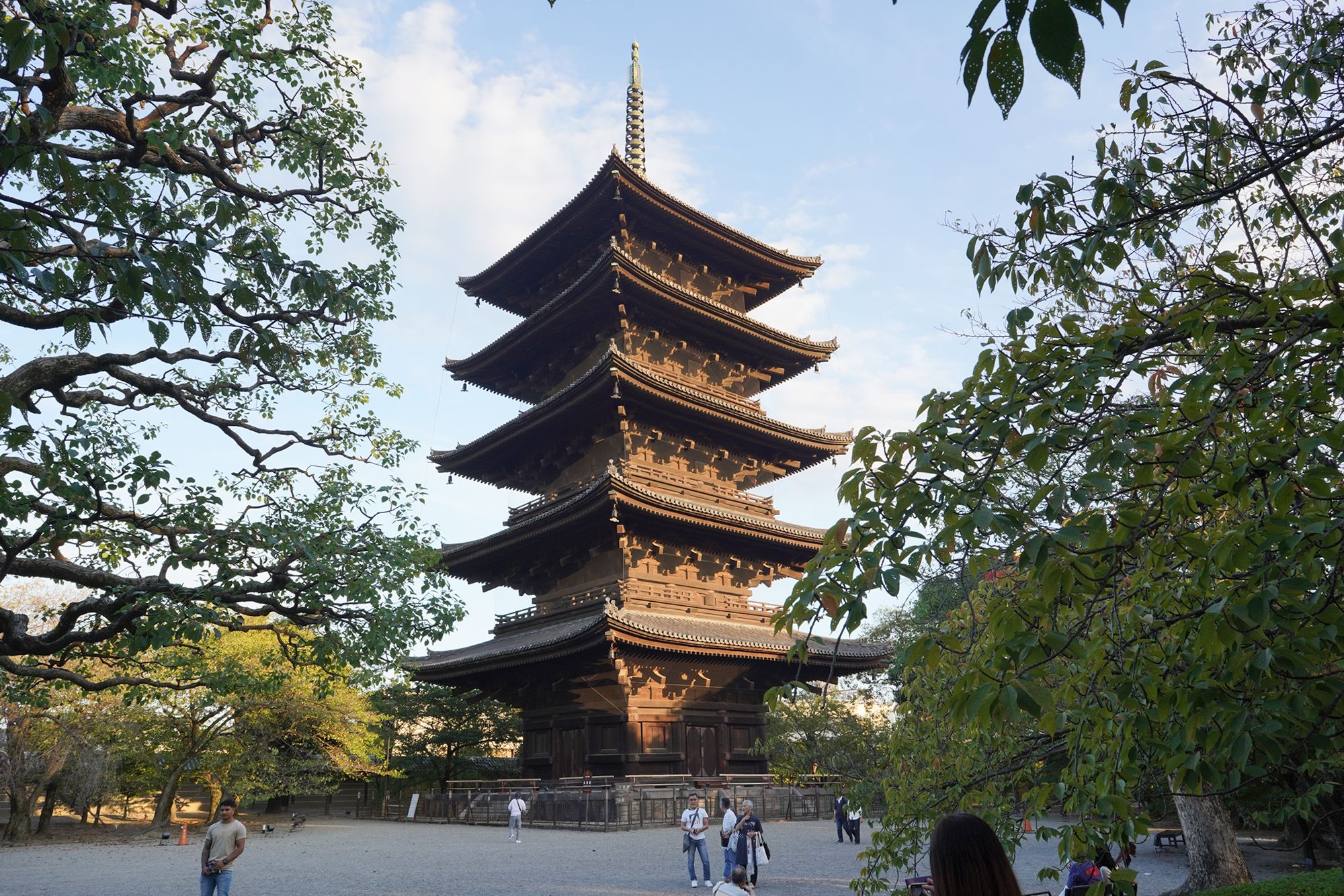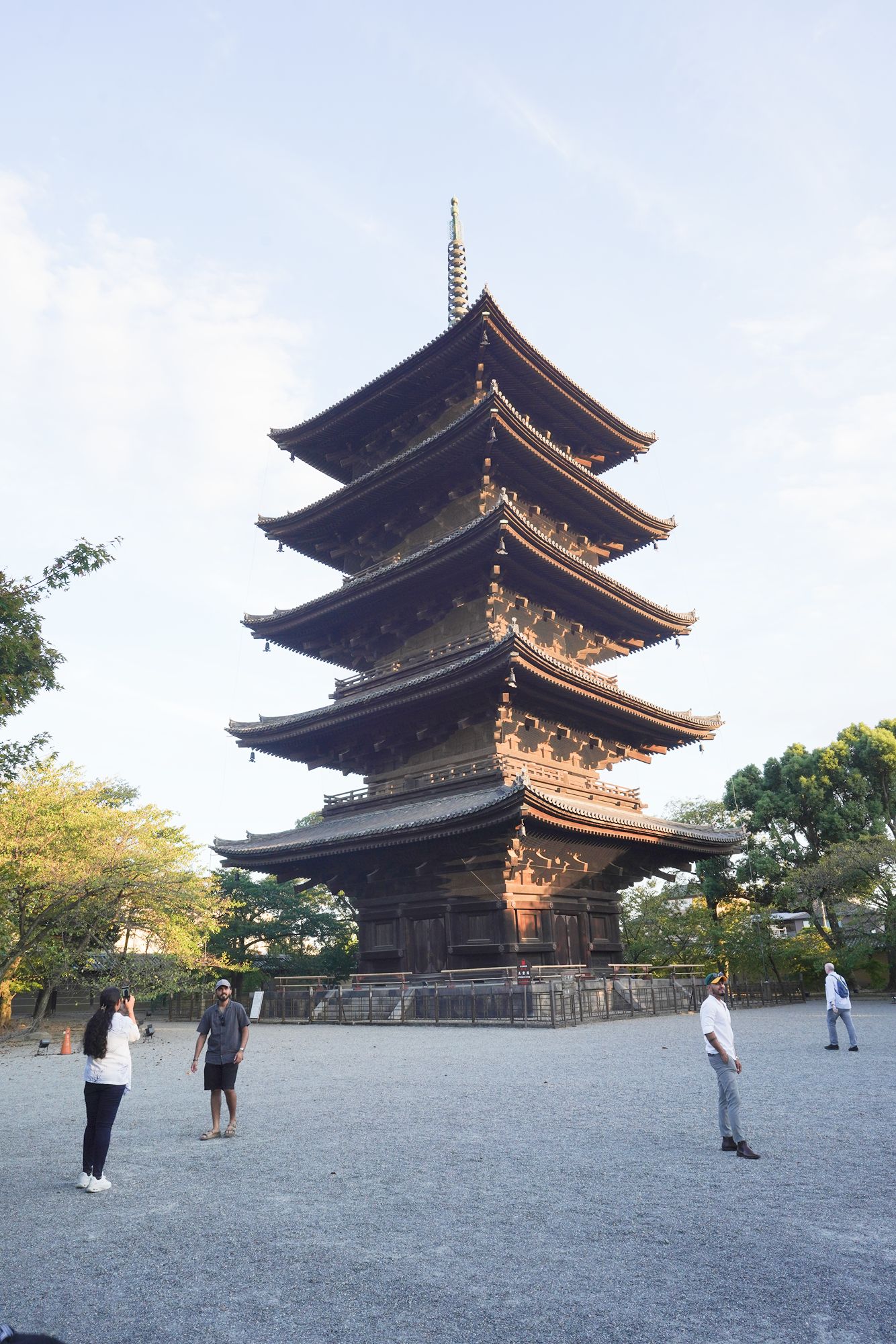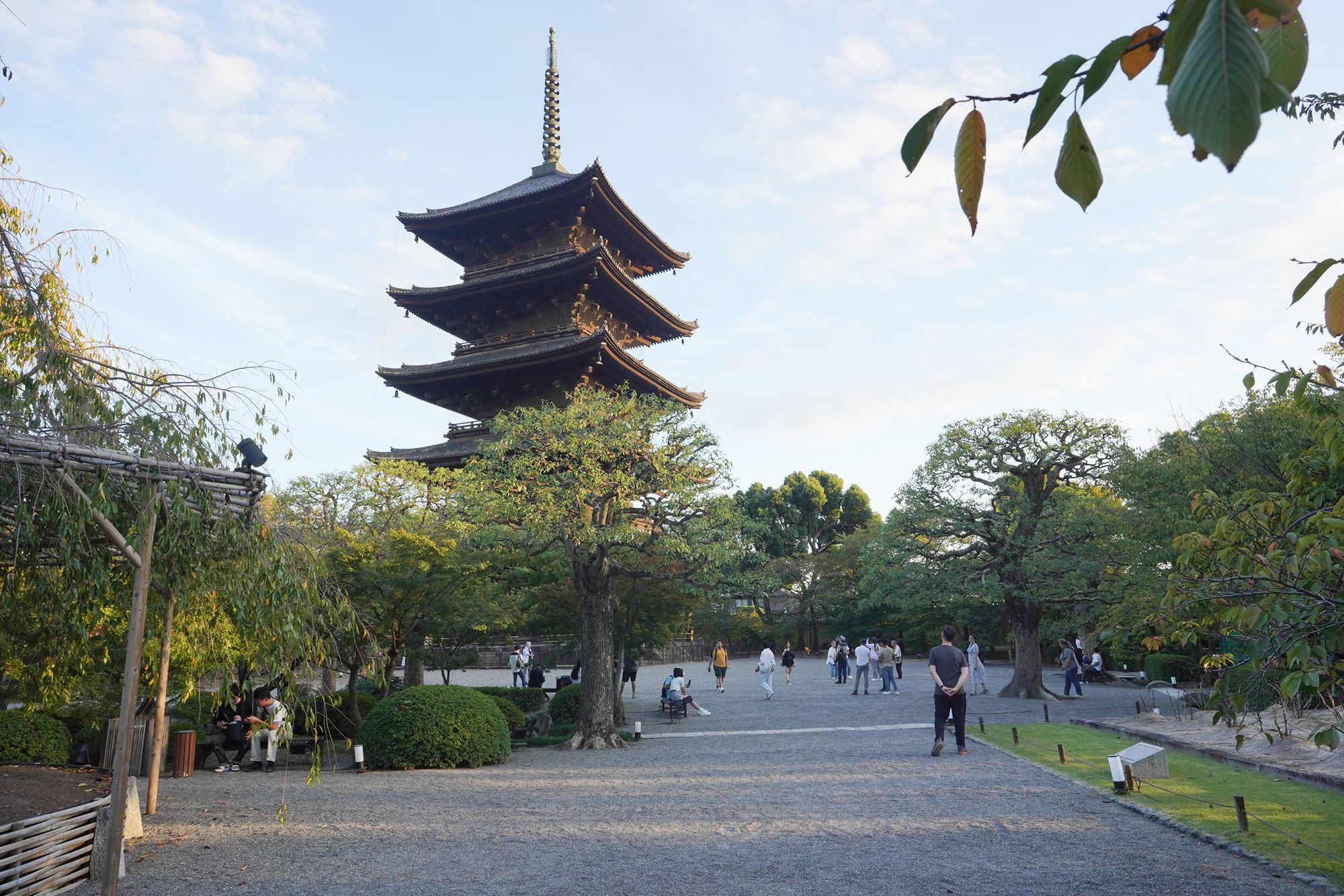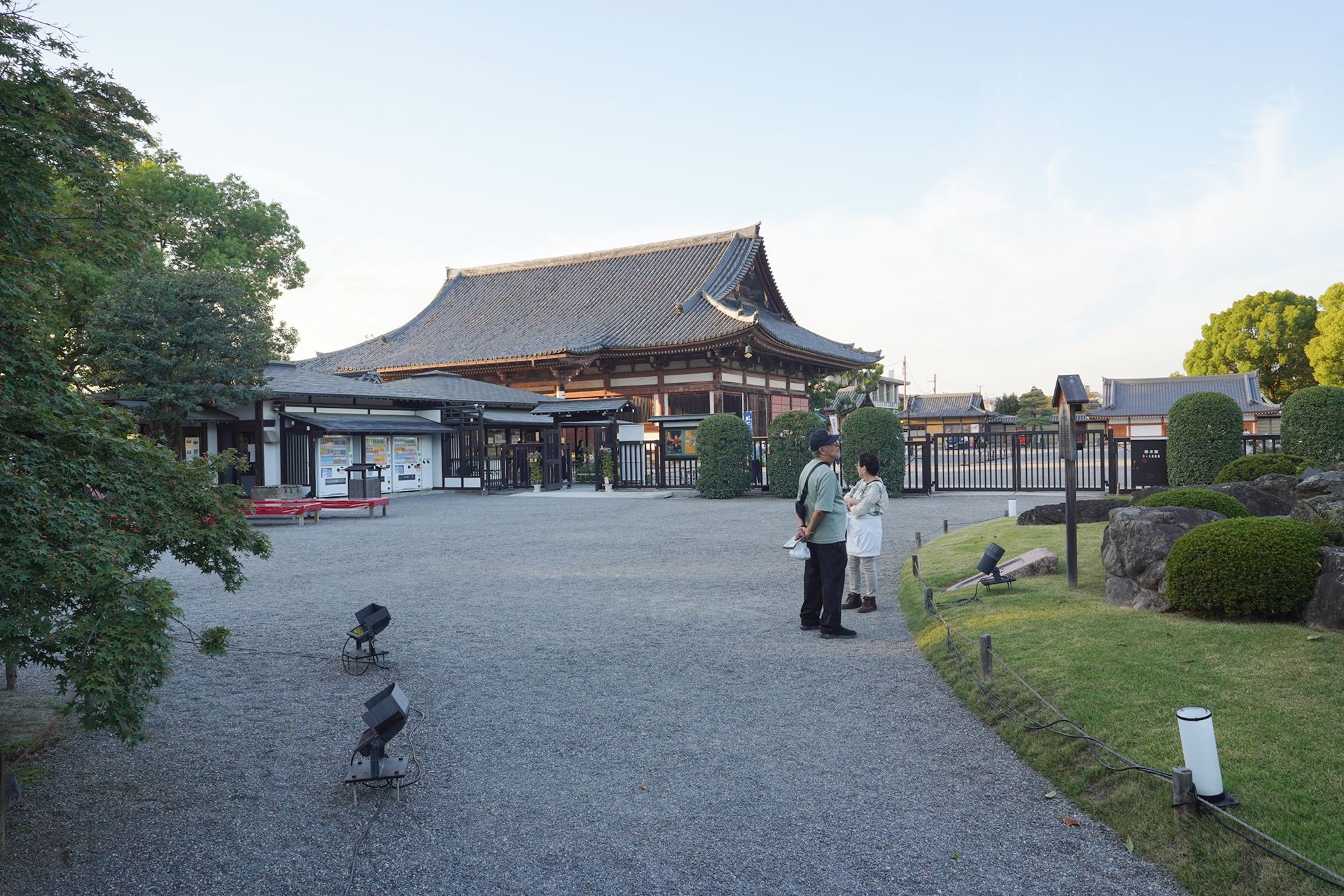Fushimi Inari Taisha, Tōfuku-ji and Tōji Temple, Kyoto, Japan
Fushimi Inari Taisha is famous for its iconic torii gates, Tōfuku-ji for its Zen gardens and autumn foliage, and Tōji Temple for its historic five-story pagoda. 1002
Fushimi Inari Taisha Shrine: 68 Fukakusa Yabunouchicho, Fushimi Ward, Kyoto, 612-0882, Japan
Tōfuku-ji Temple: 15 Chome-778 Honmachi, Higashiyama Ward, Kyoto, 605-0981, Japan
To-ji Temple: 1 Kujocho, Minami Ward, Kyoto, 601-8473, Japan
Date Picture Taken: October, 2024
On this day, I explored three temples in southern Kyoto, beginning with Fushimi Inari Taisha Shrine.
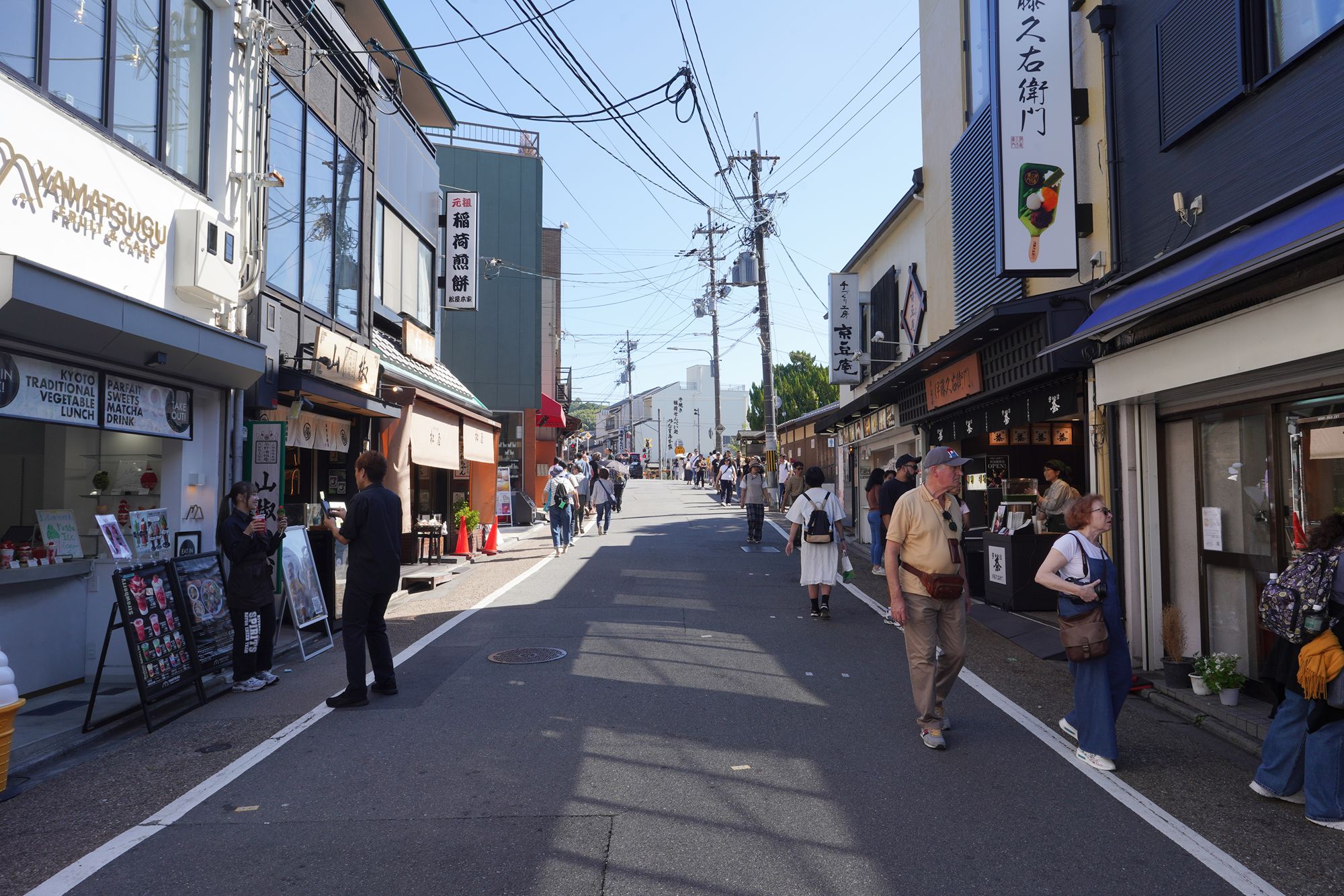
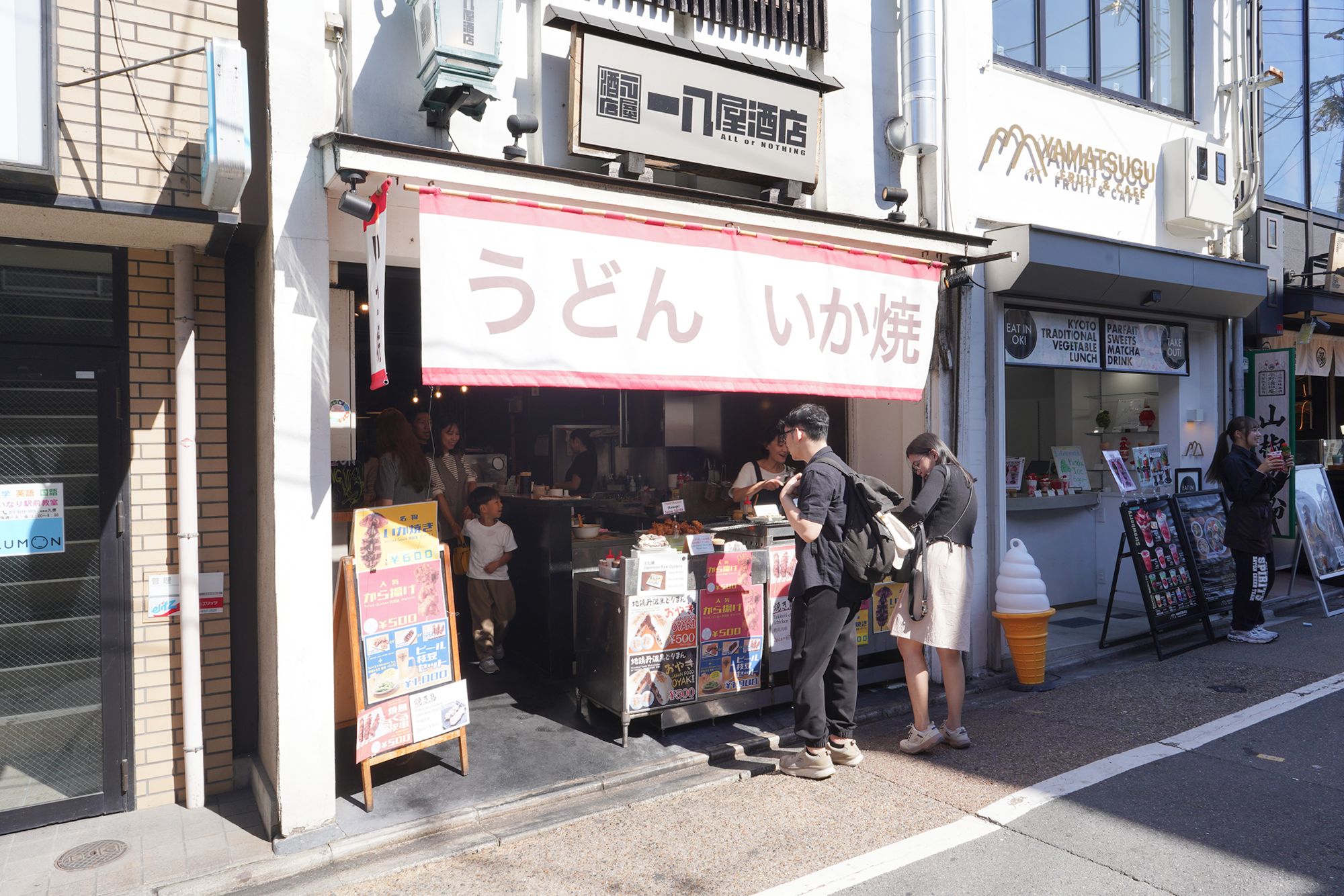
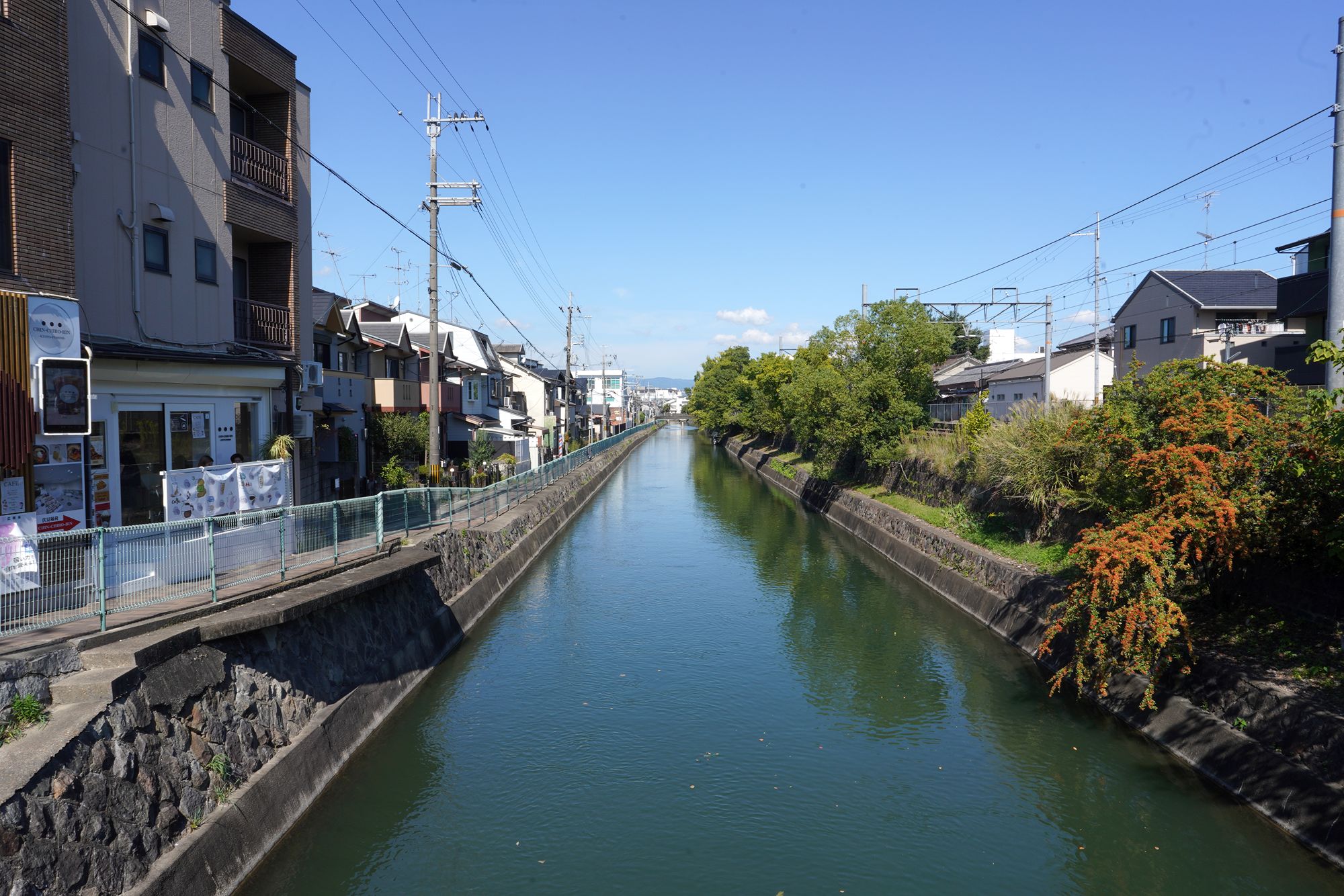
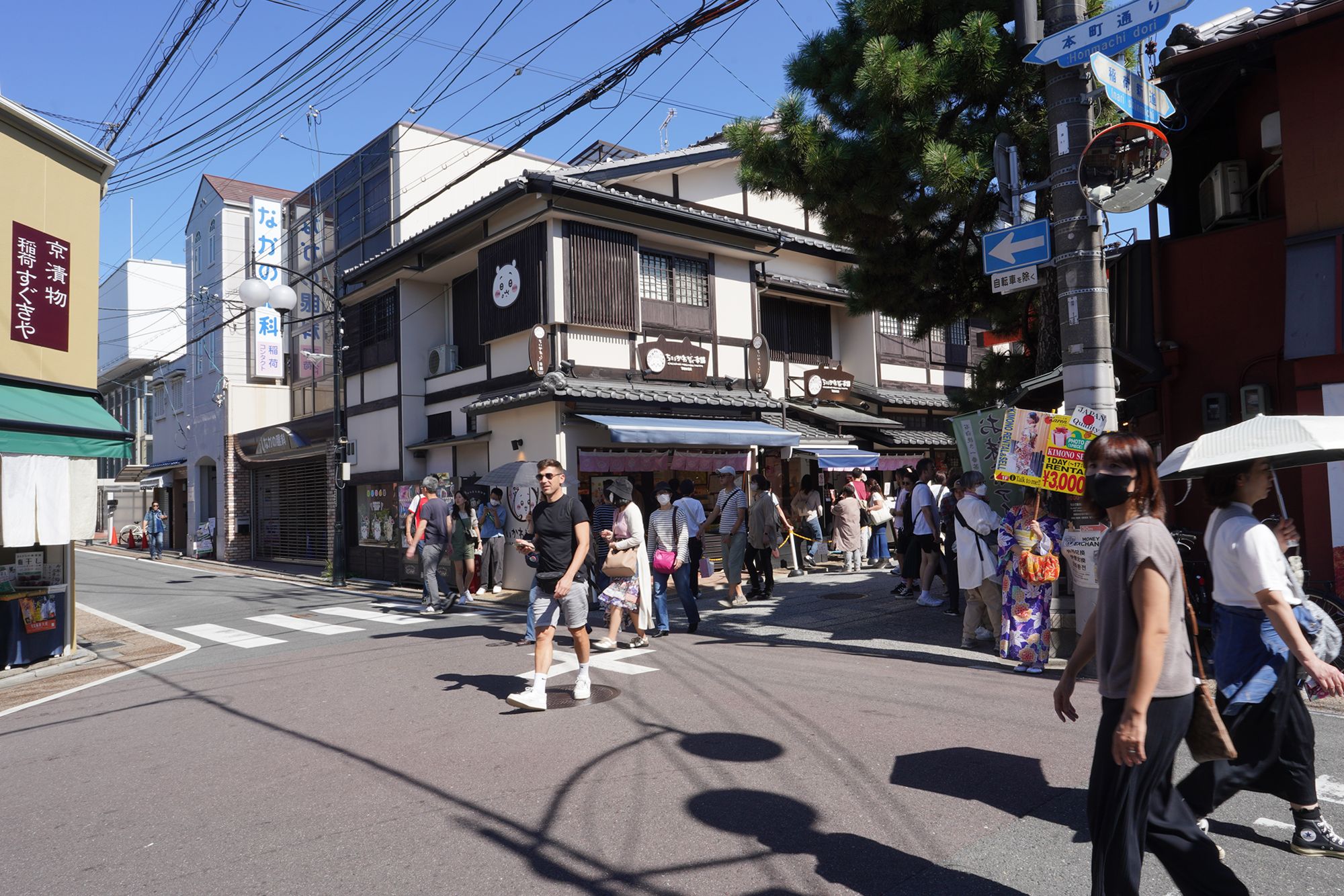
The first gate in to Fushimi Inari Taisha Shrine
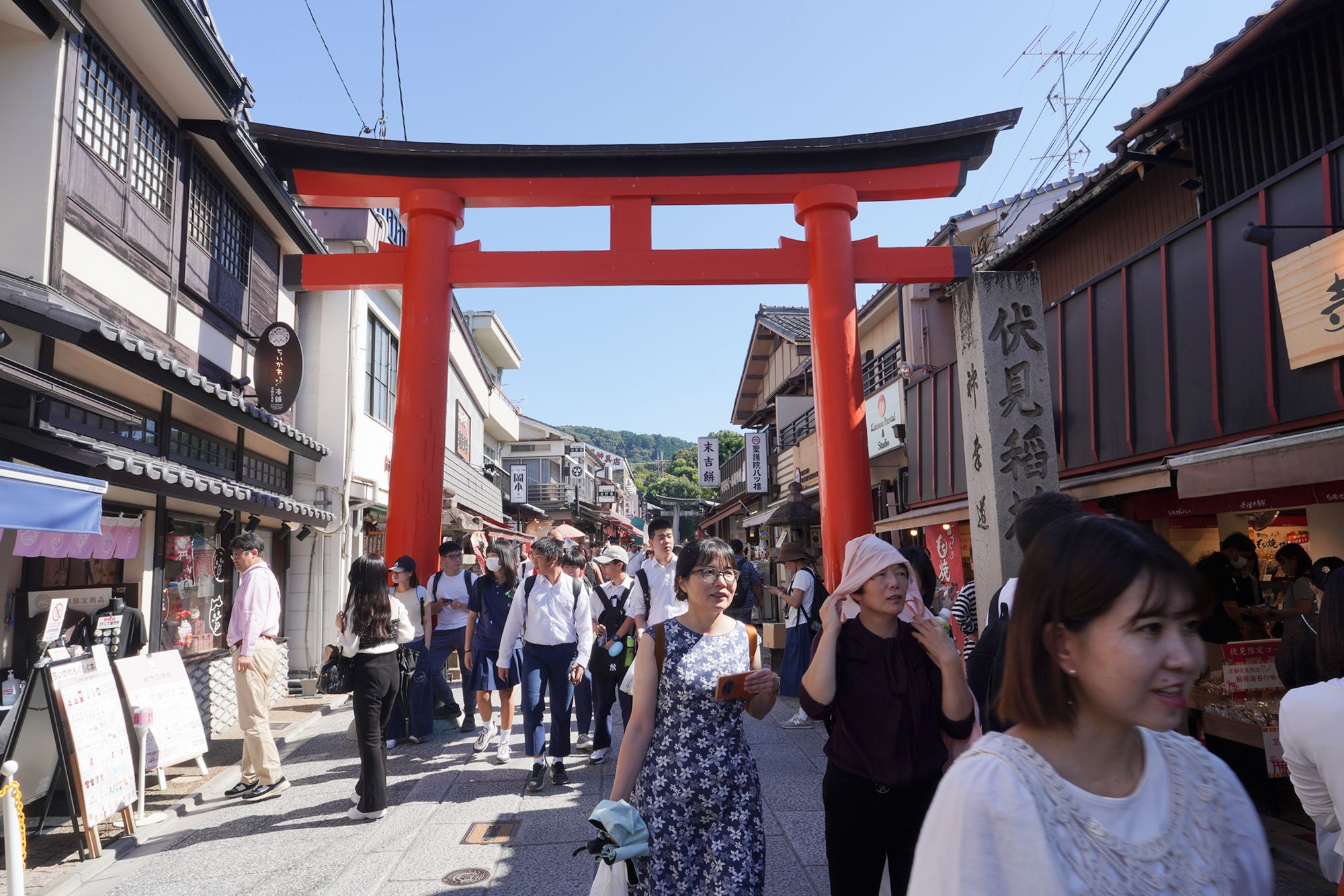
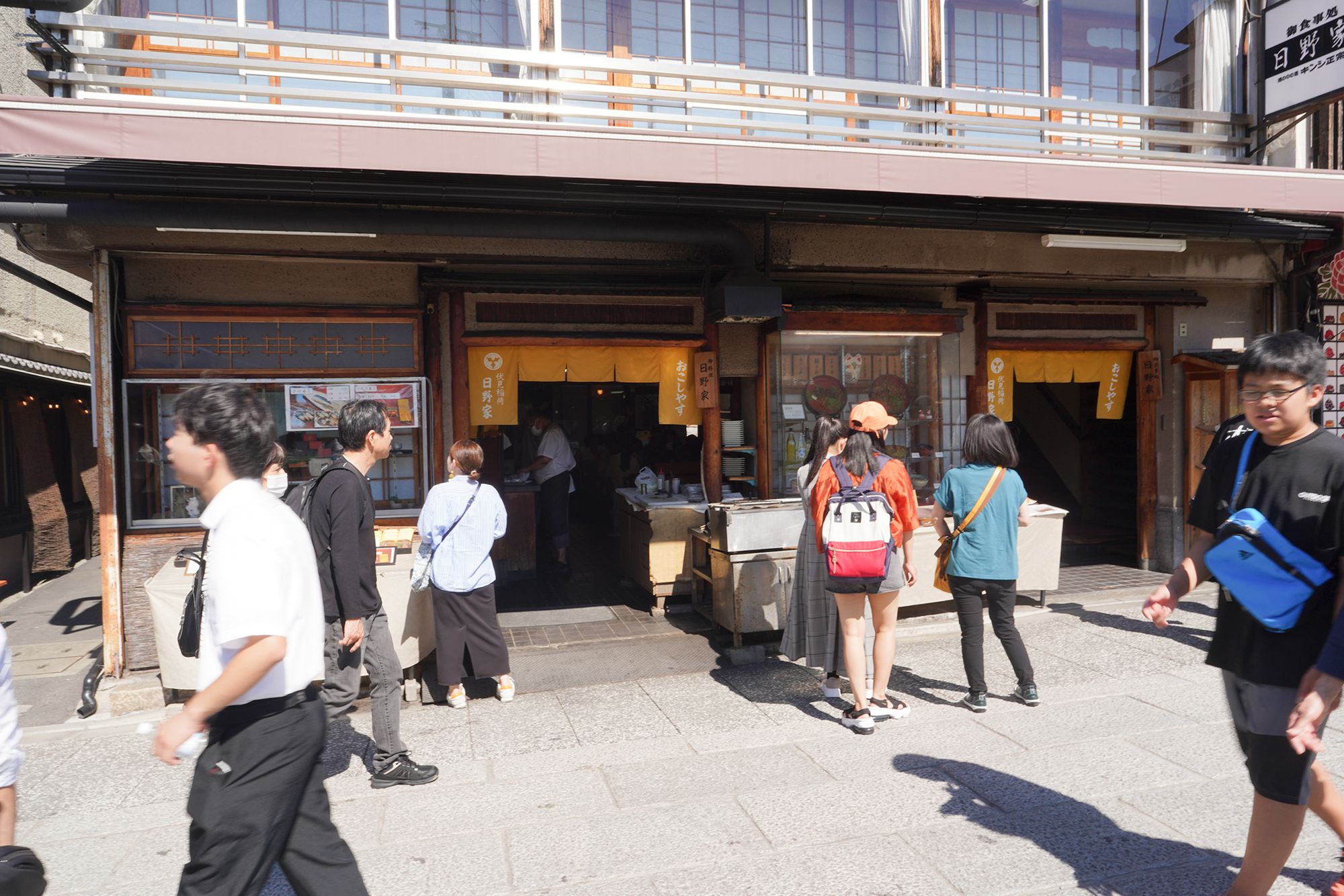
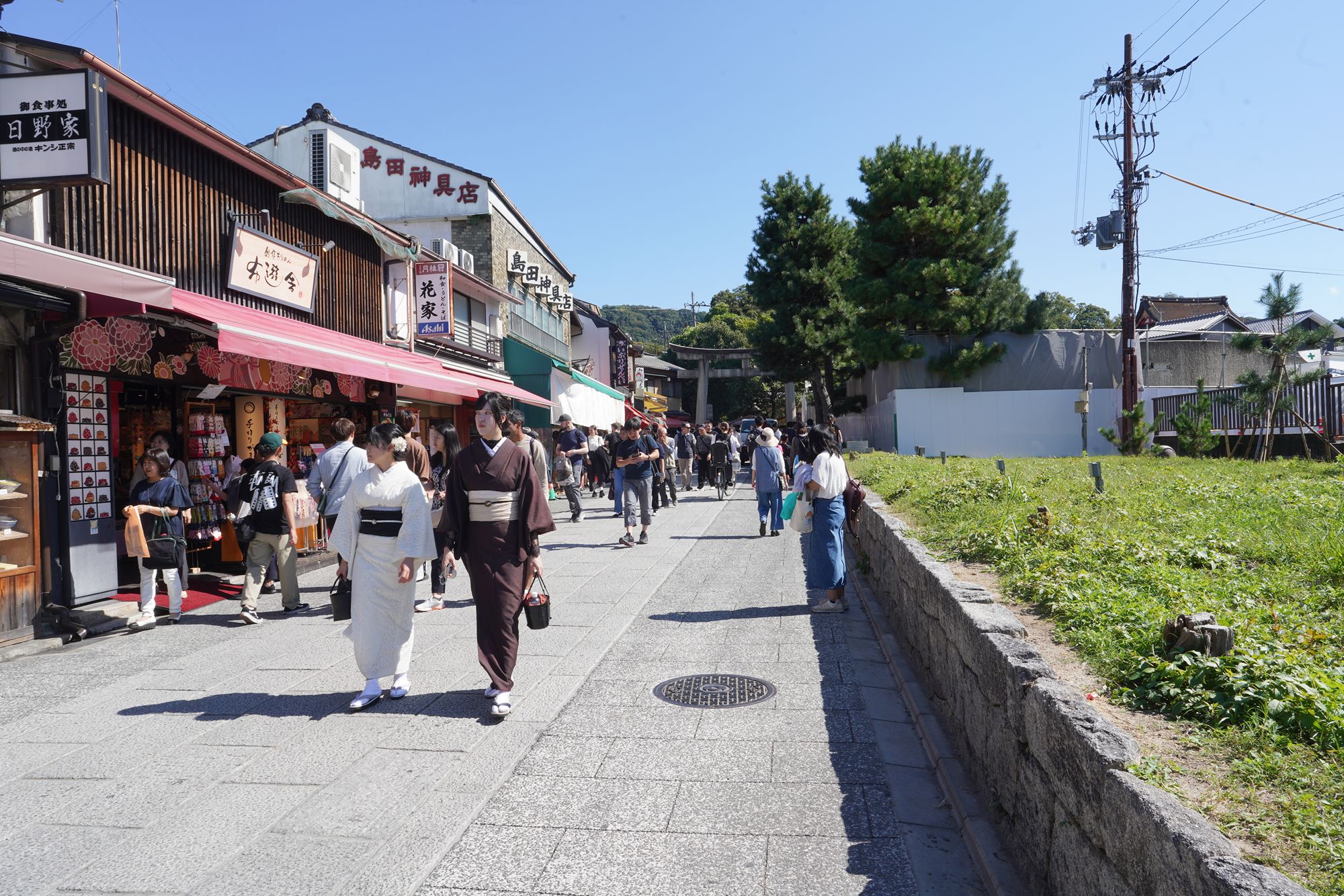
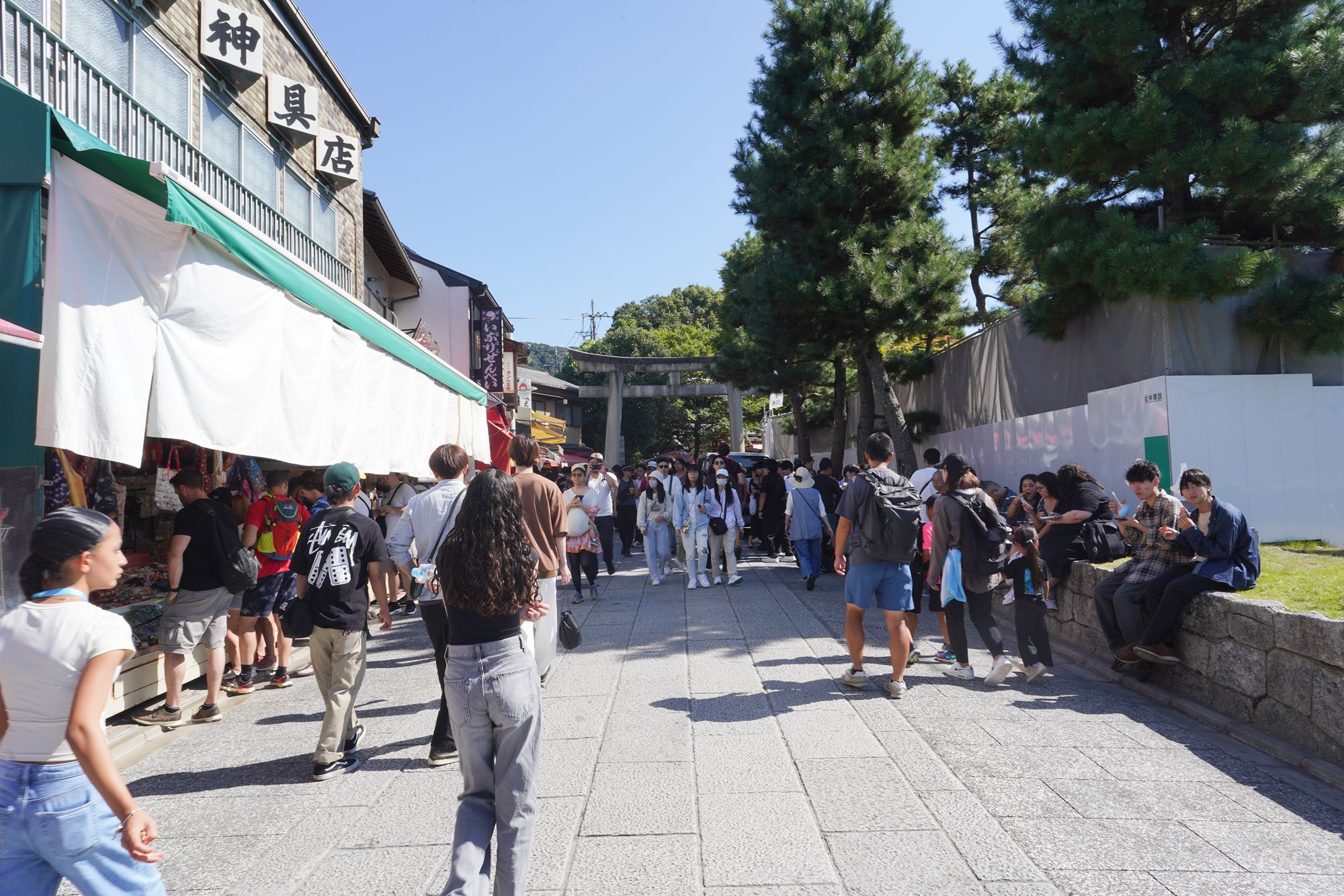
Another gate appeared, this time crafted from stone.
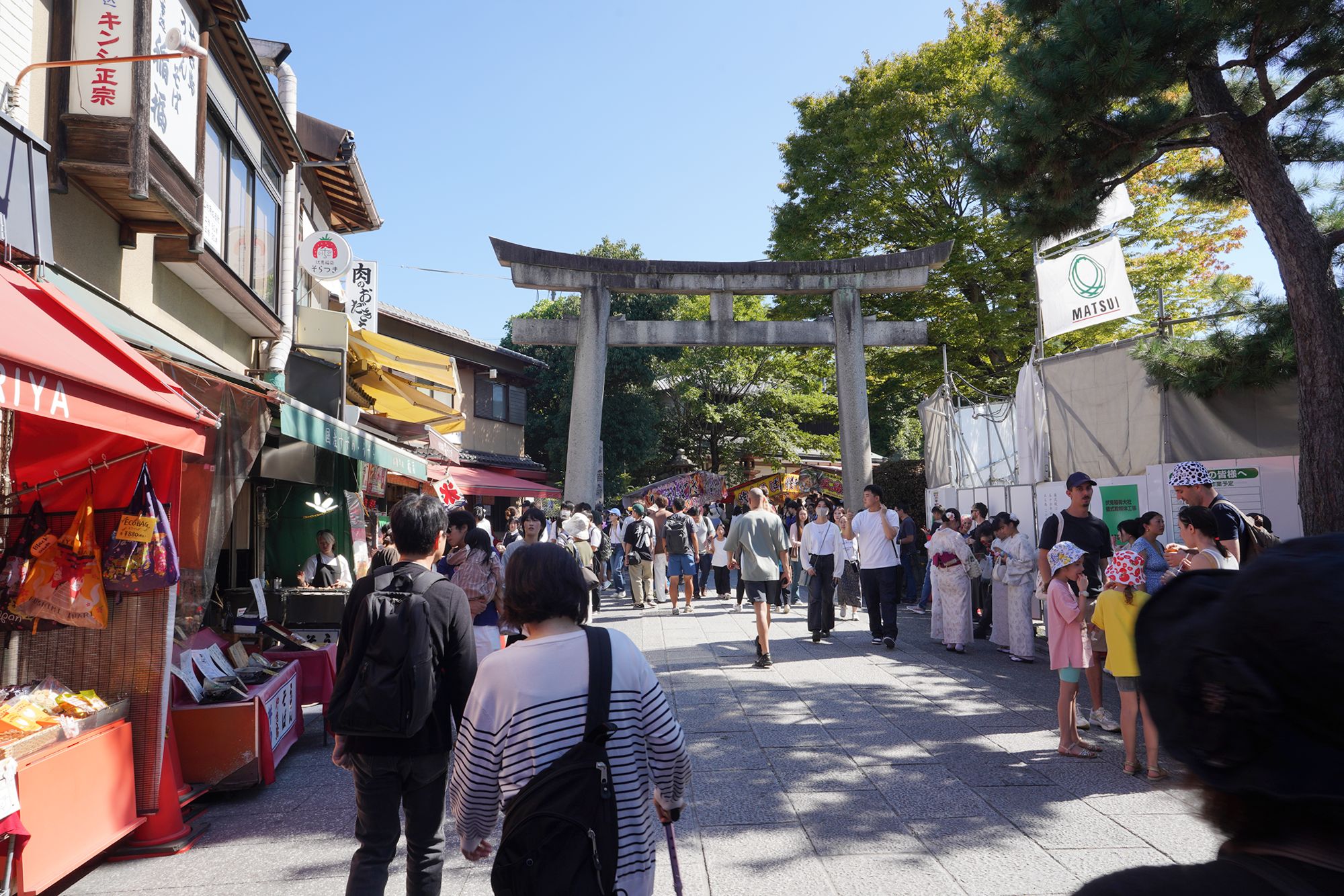
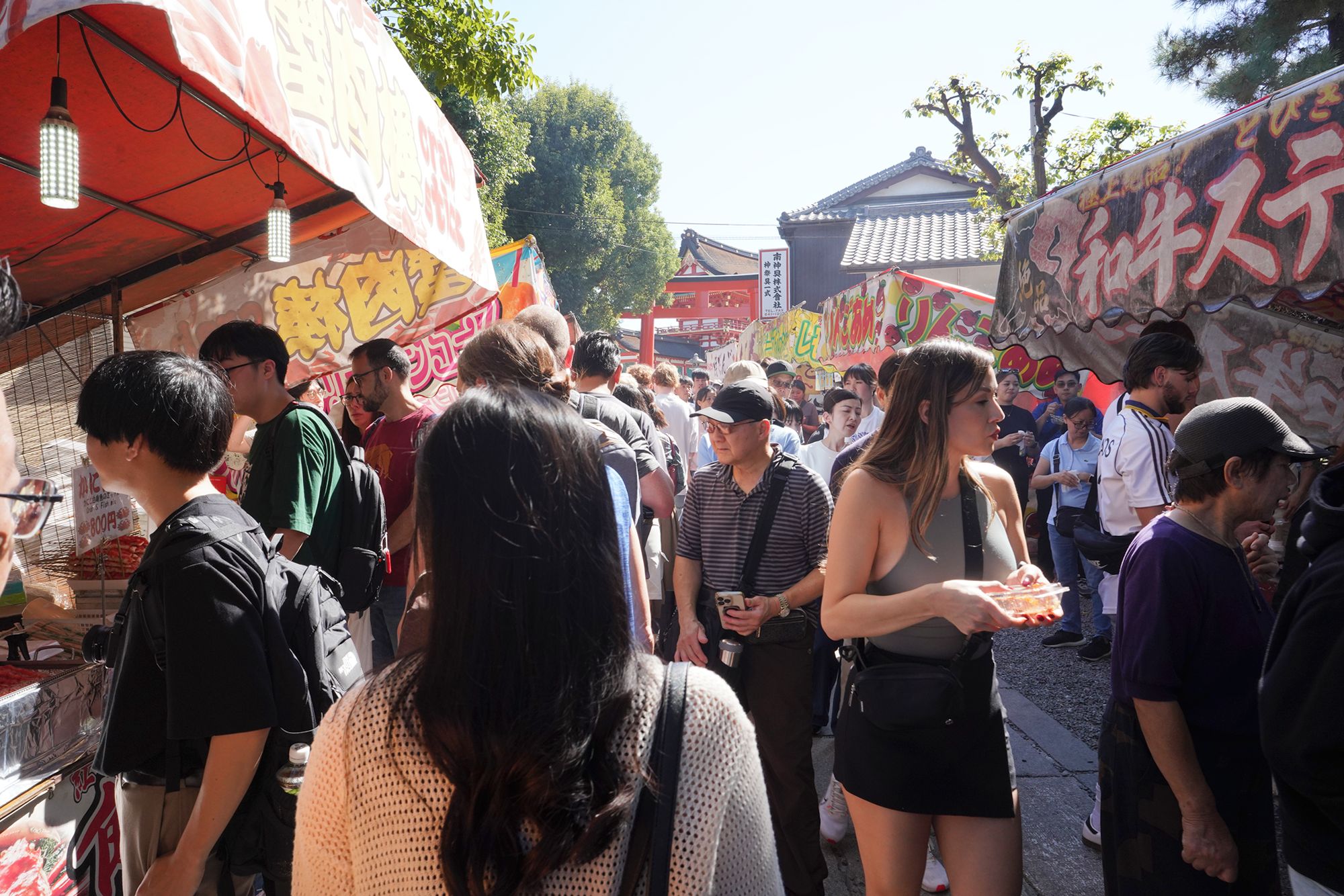
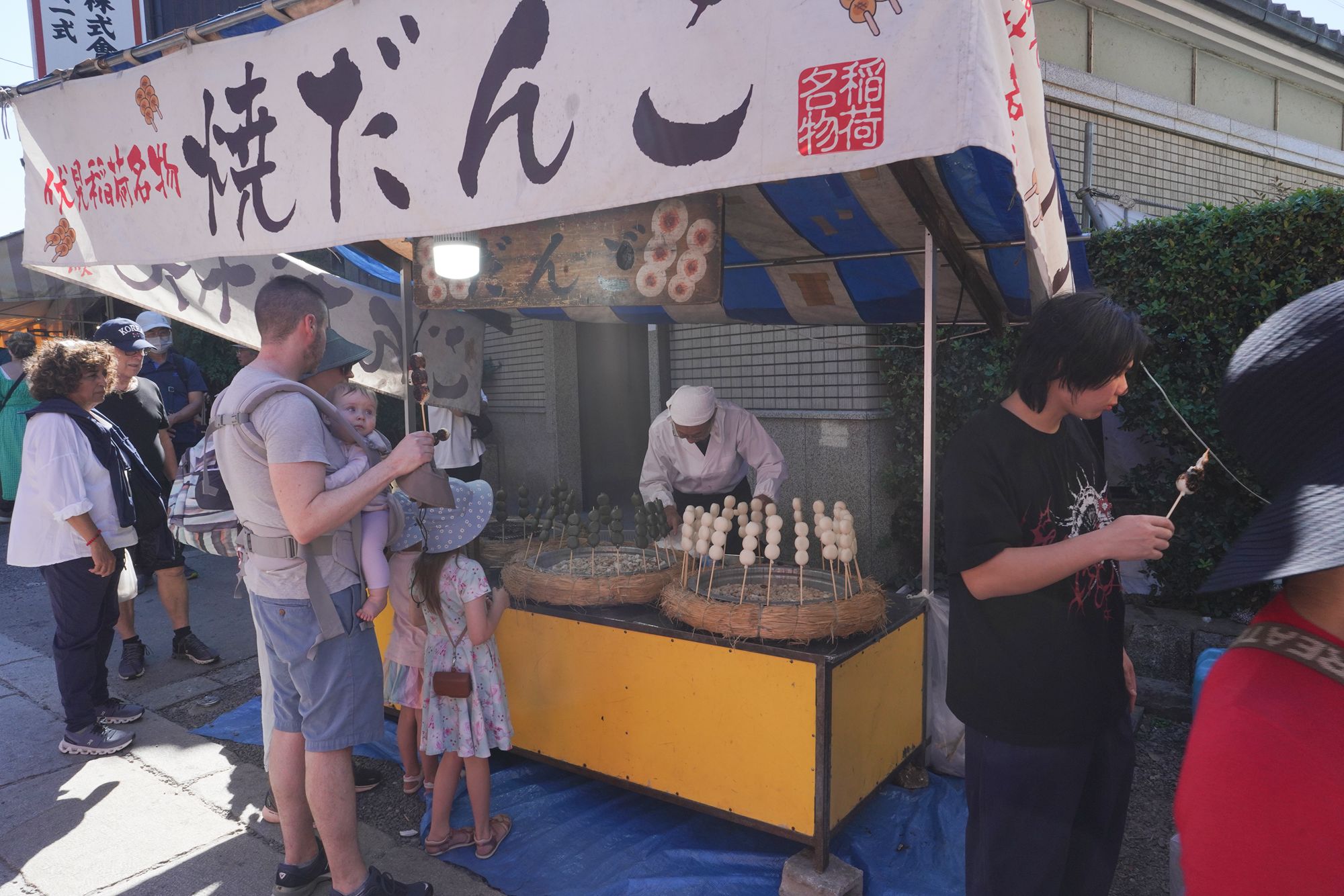
The third gate, this one leading into the temple grounds.
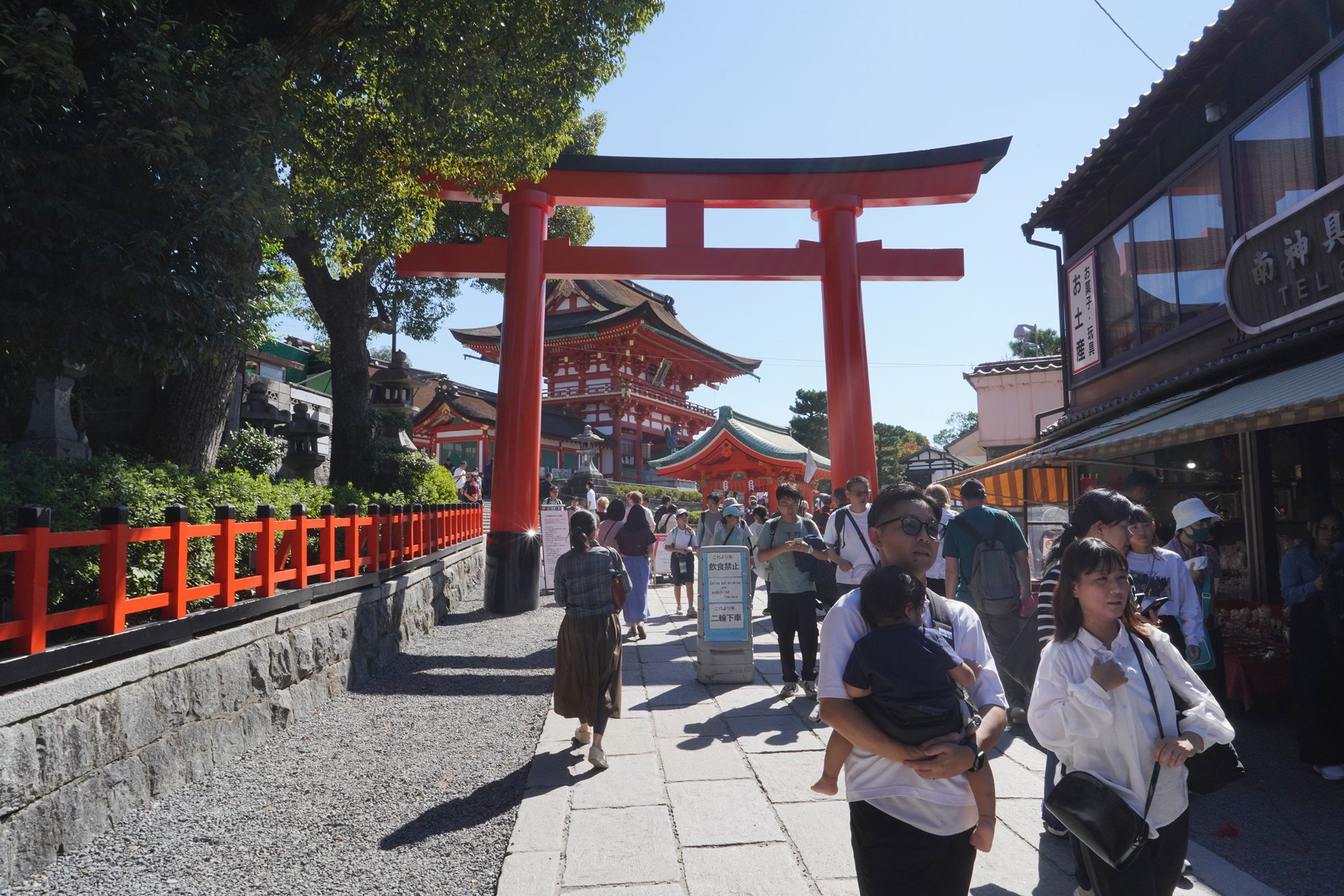
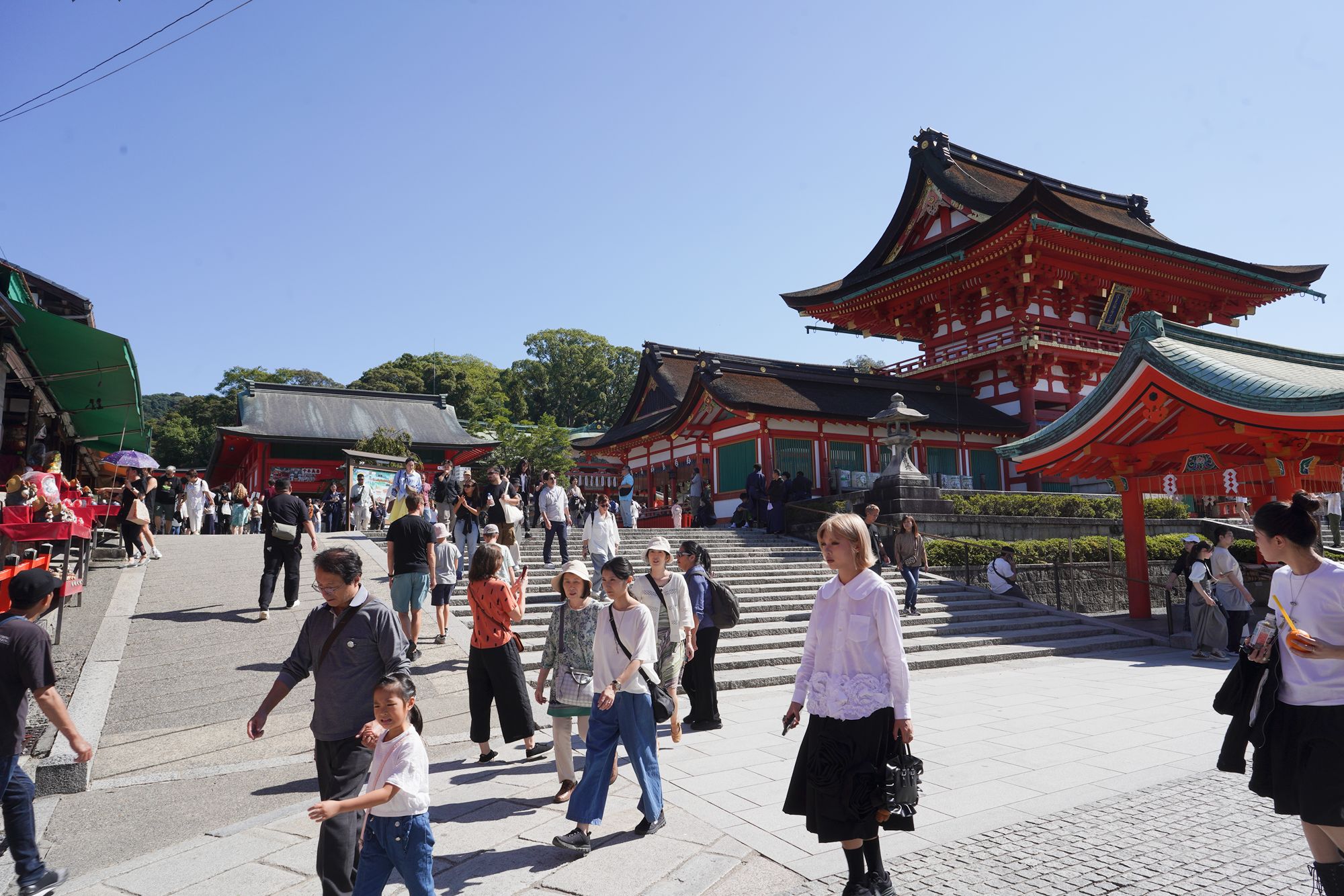

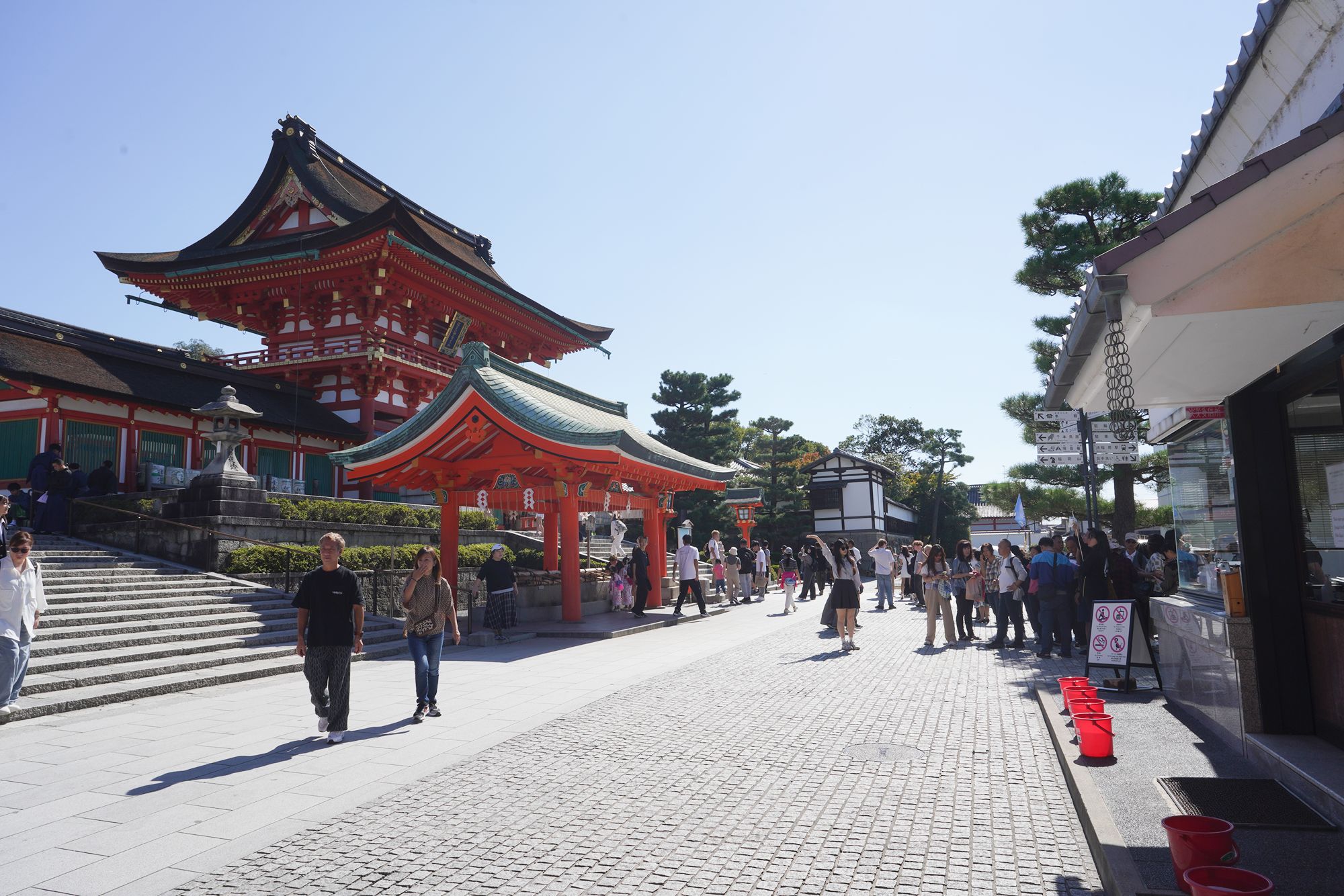
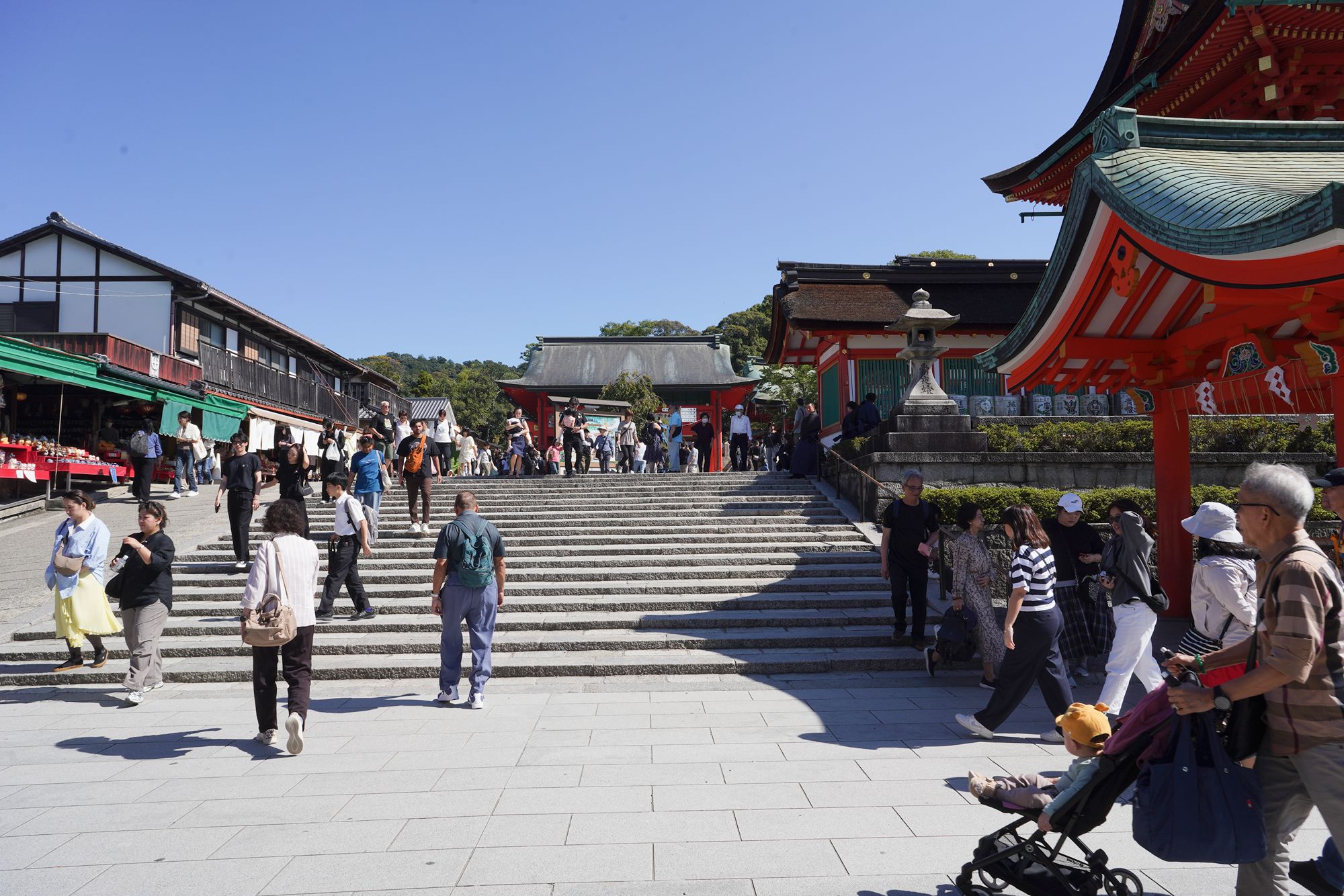
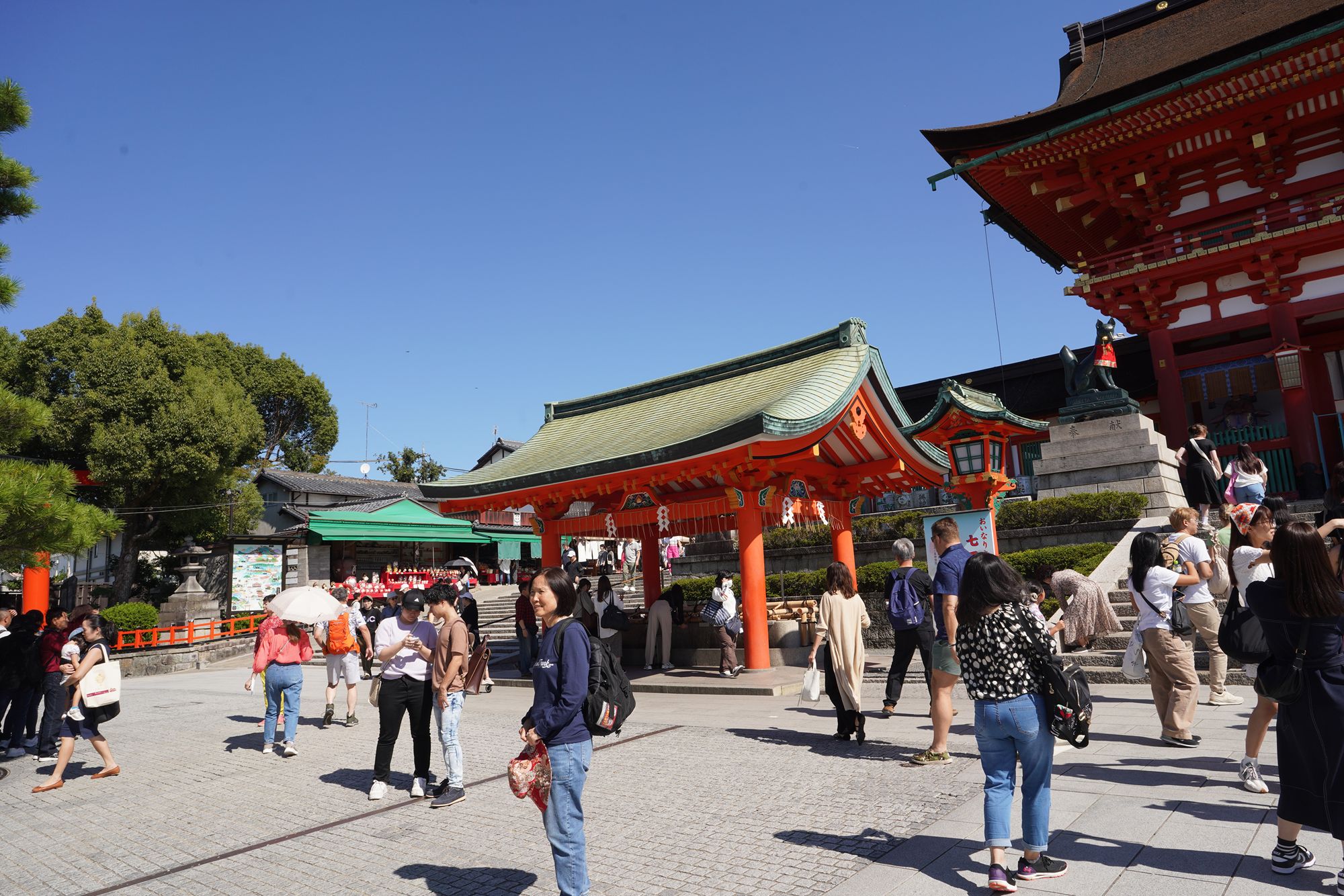
Fushimi Inari Shrine Tower Gate
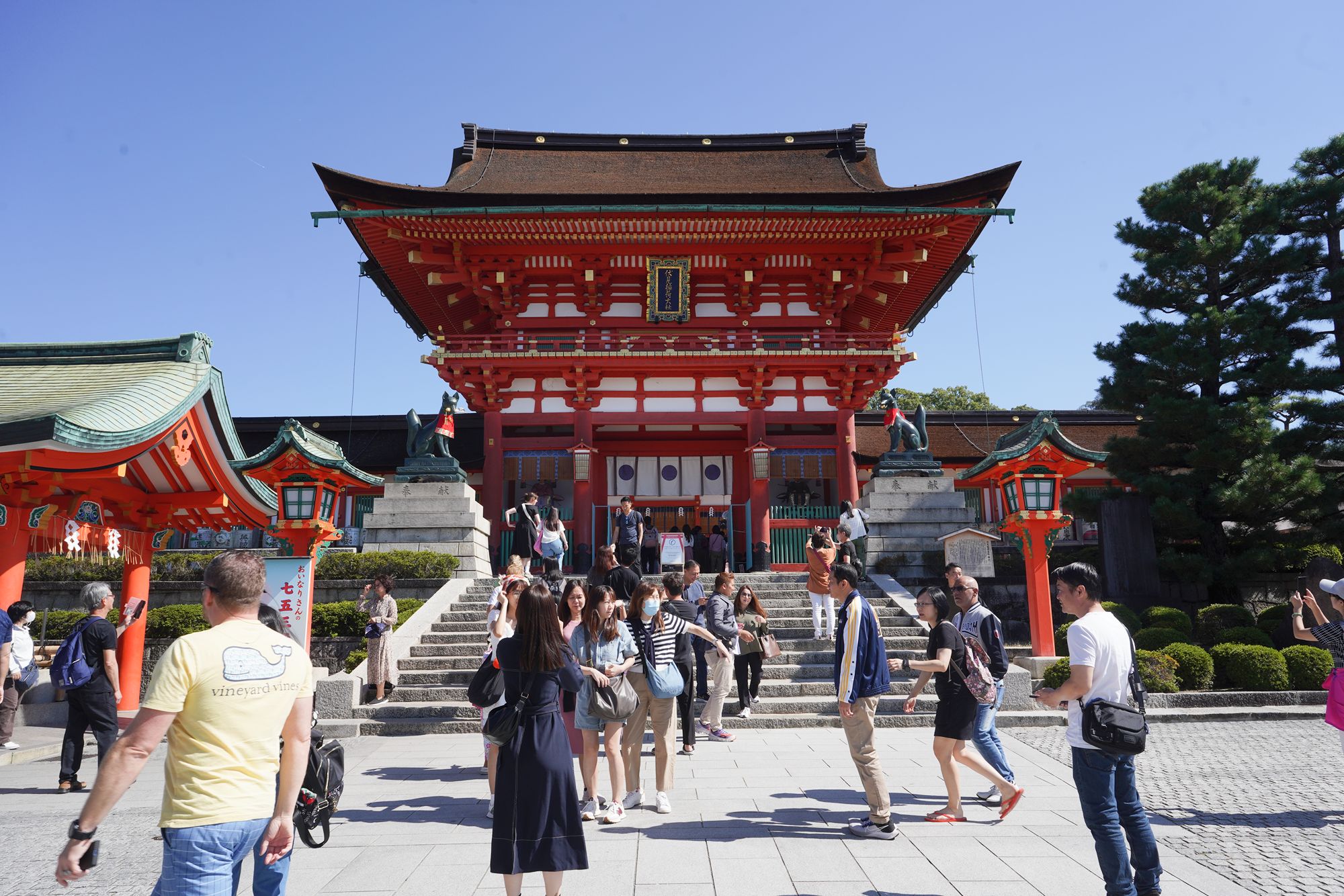
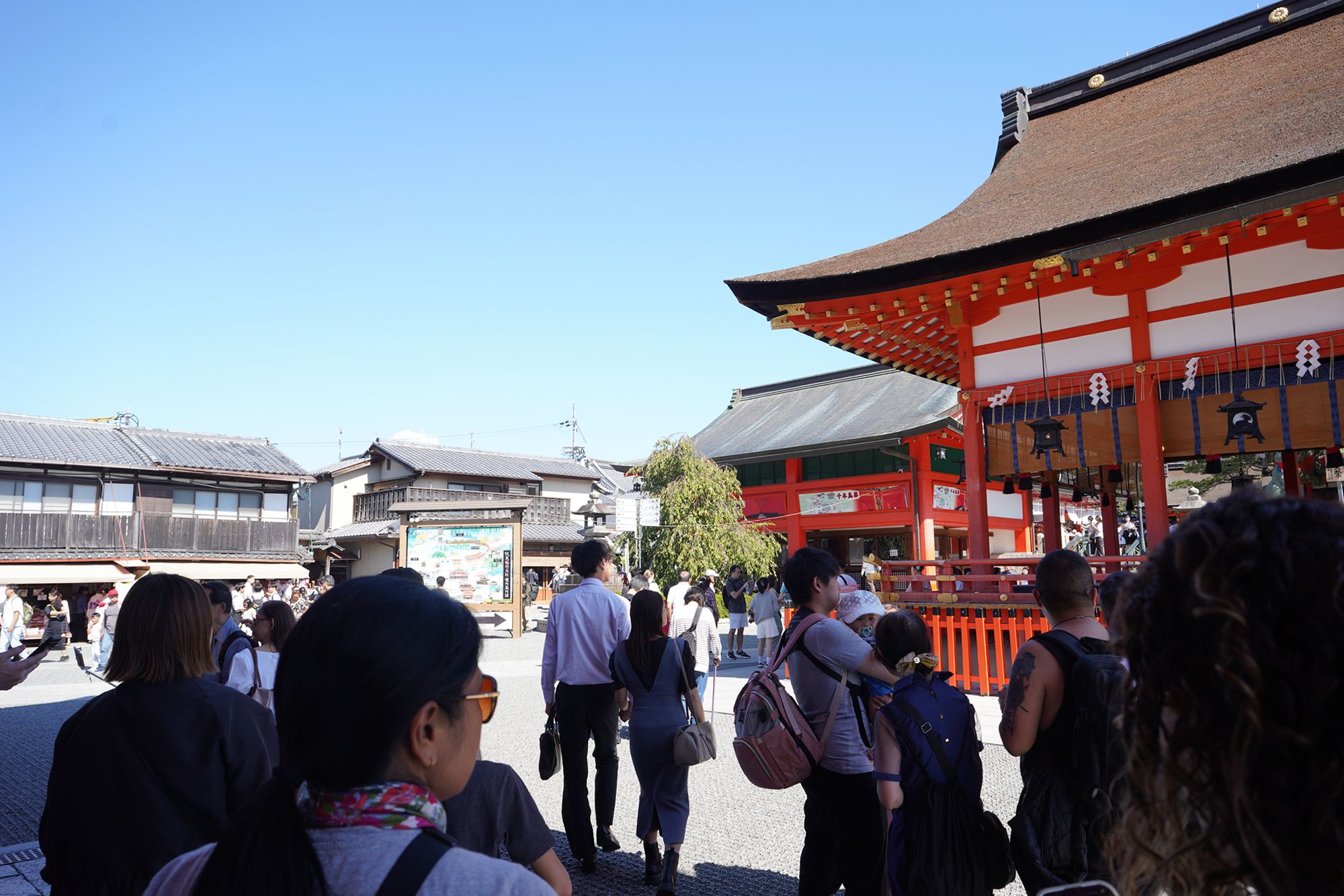
Behind the tower gate is Outer Oratory. The Outer Oratory typically refers to a designated area outside the main temple or shrine used for prayer and offerings, often accessible to the general public.
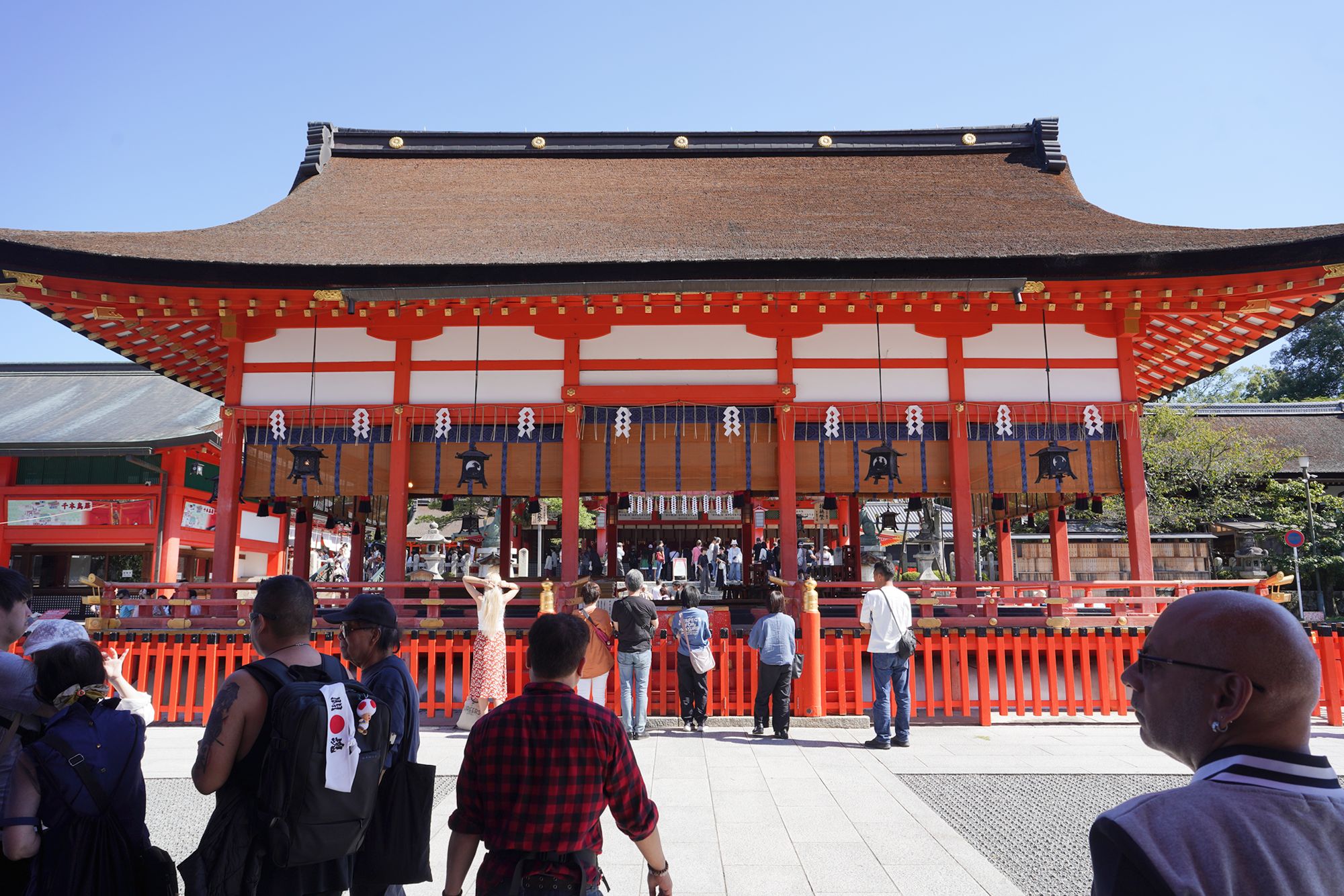
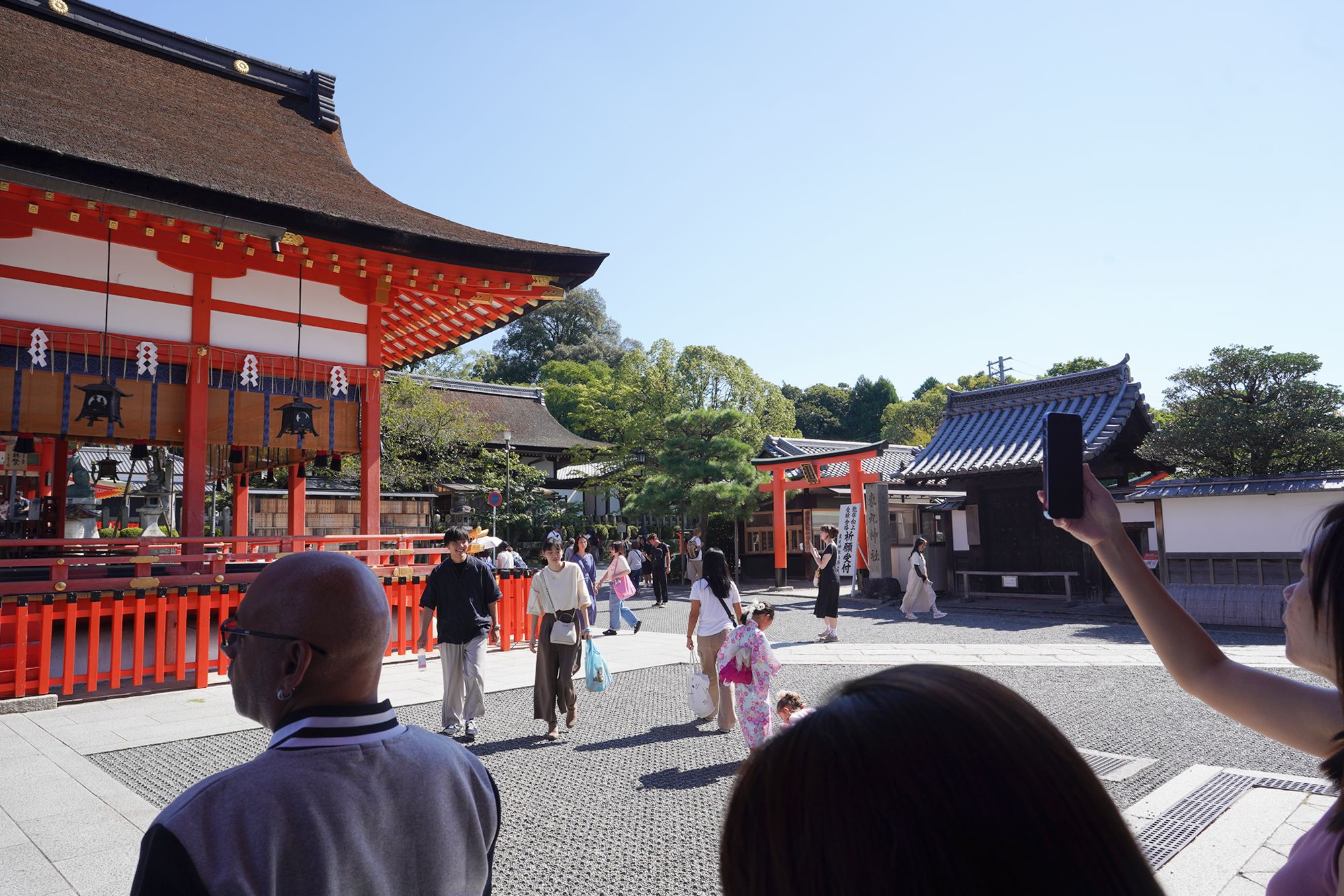
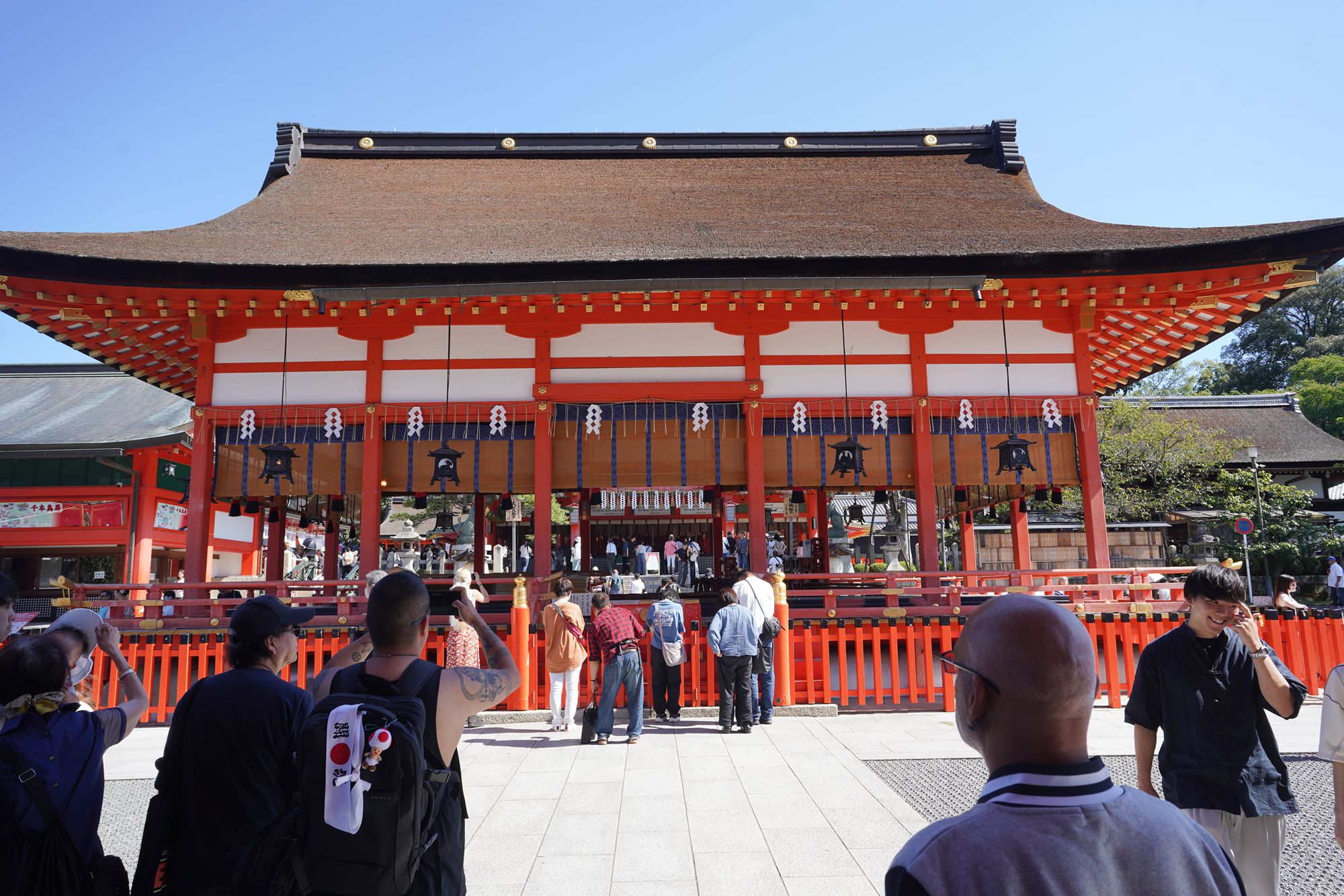
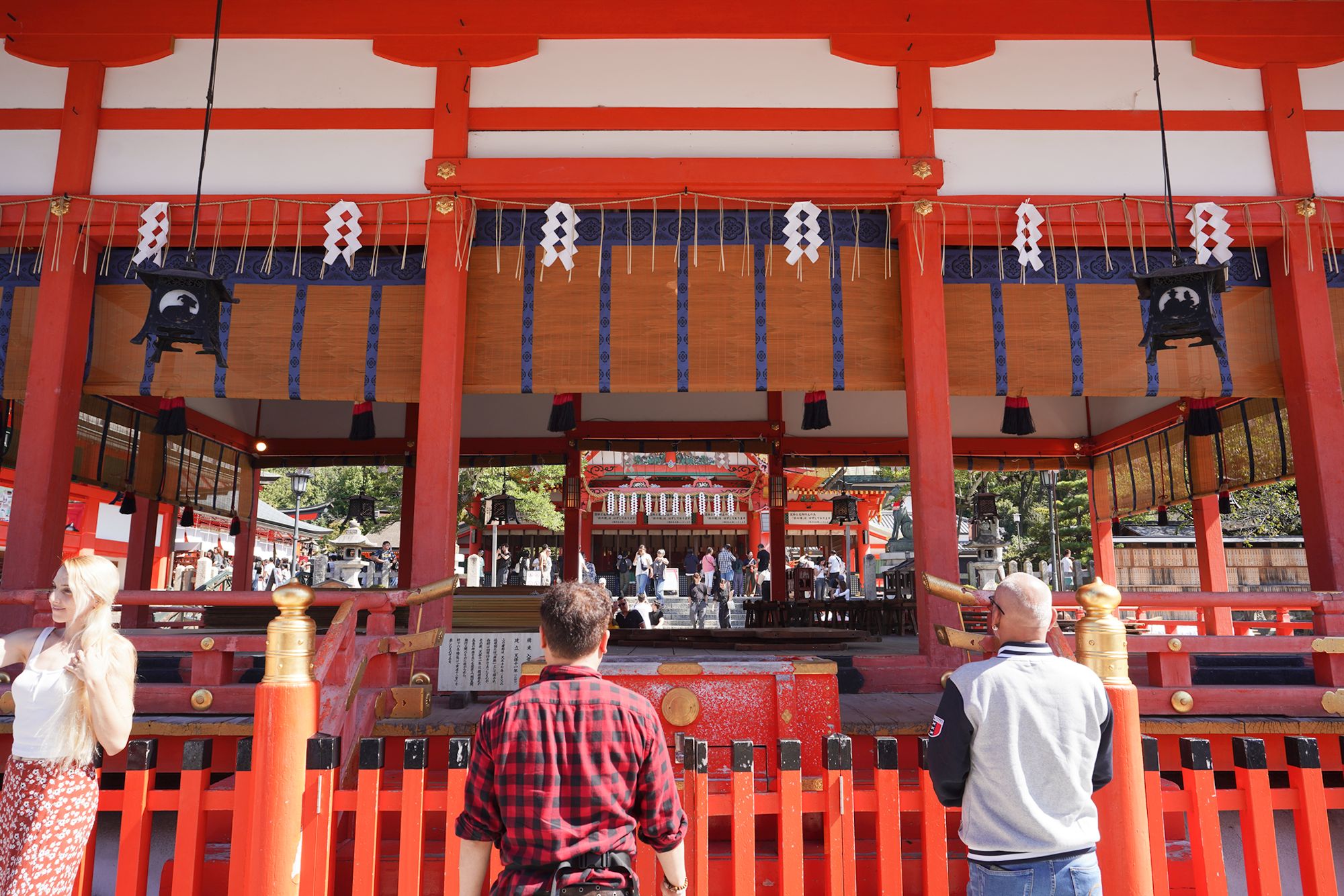
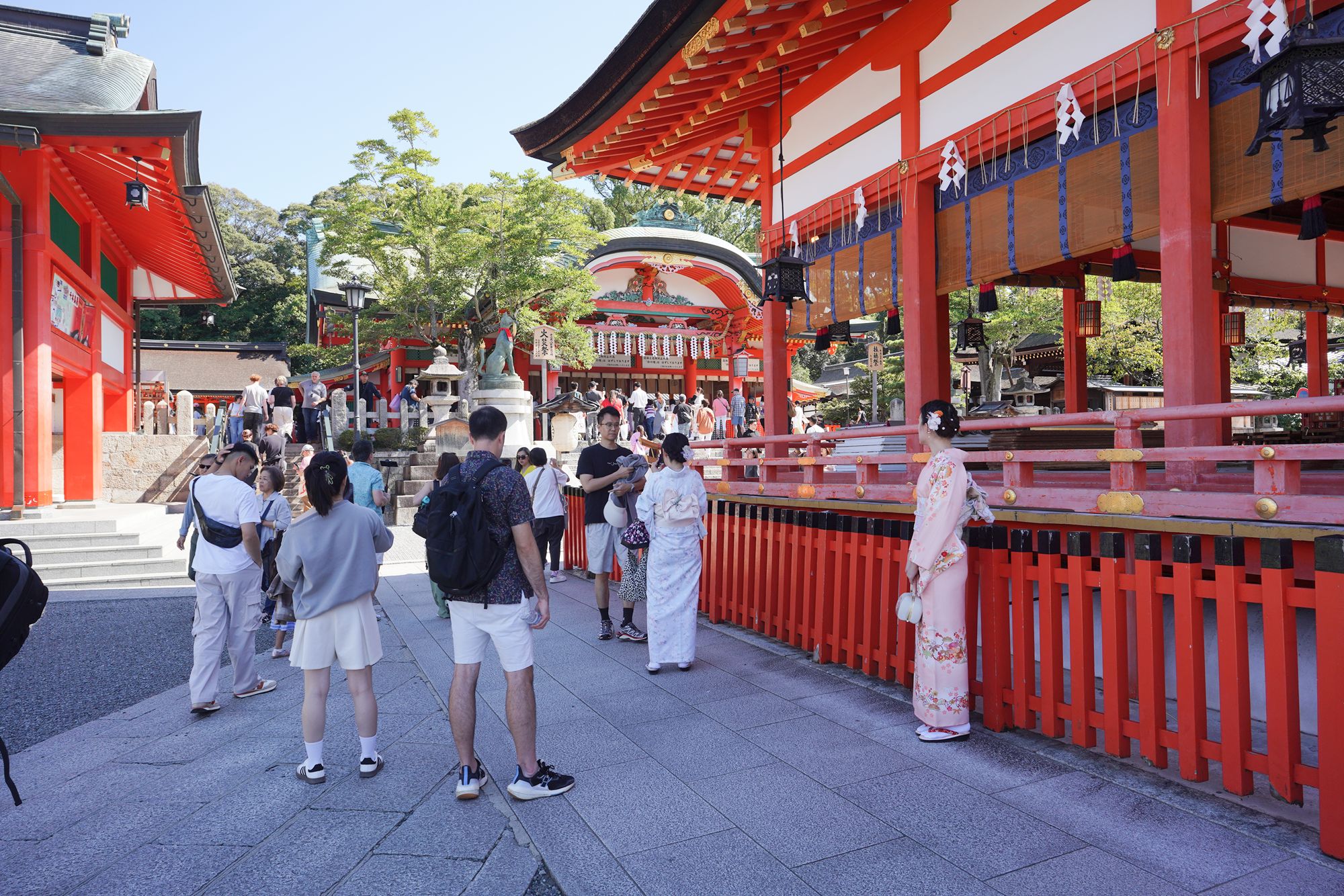
Looked back at the tower building
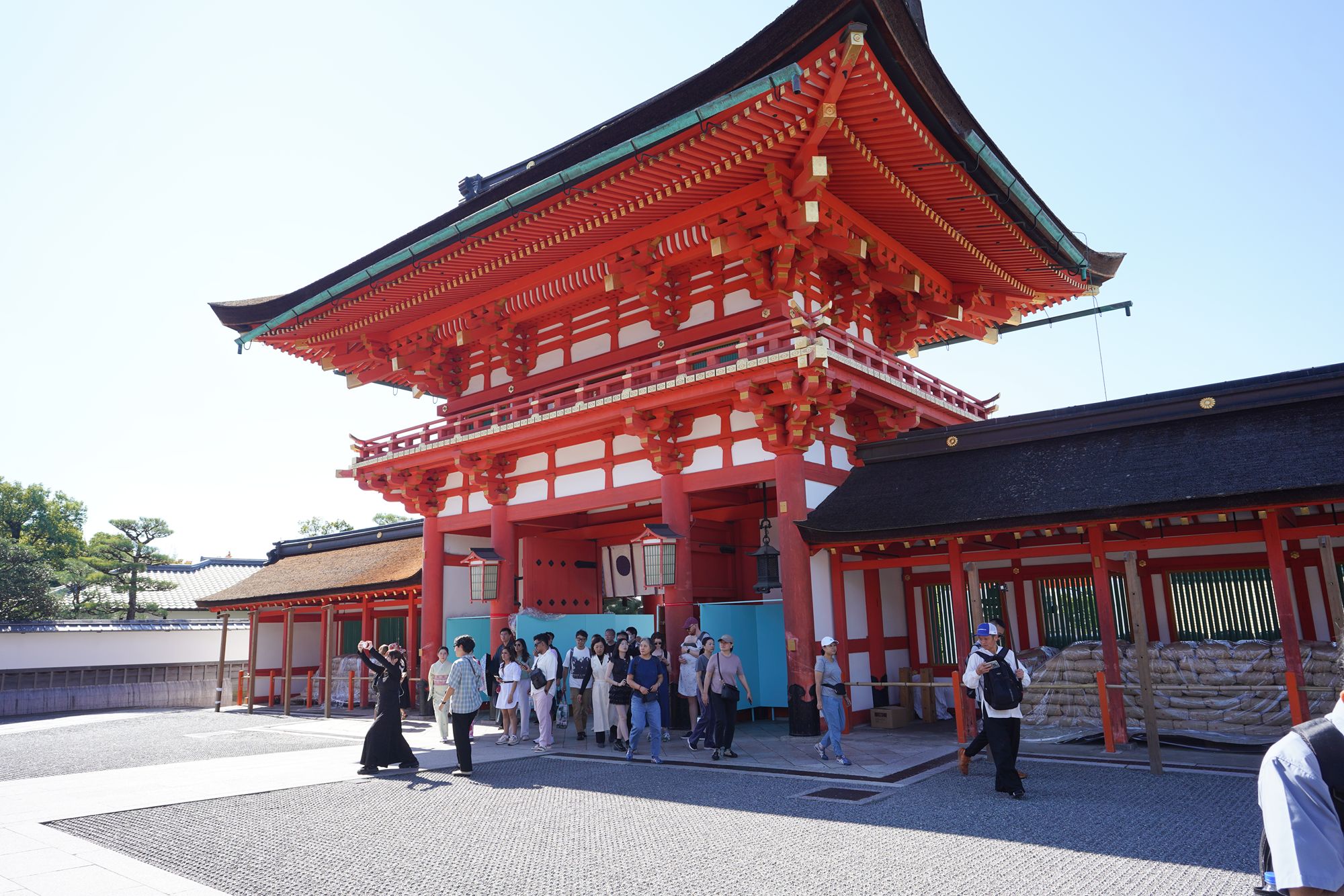
Behind the Outer Oratory is Fushimi Inari Taisha Honden (Sanctuary). The Honden (Sanctuary) of Fushimi Inari Taisha is the main hall of worship, dedicated to the deity Inari, the god of rice, prosperity, and business. Located at the heart of the shrine complex, it is a sacred space where visitors offer prayers and make wishes for success, health, and well-being. The honden is known for its elegant architecture, reflecting traditional Shinto styles, and serves as the spiritual focal point of the shrine.
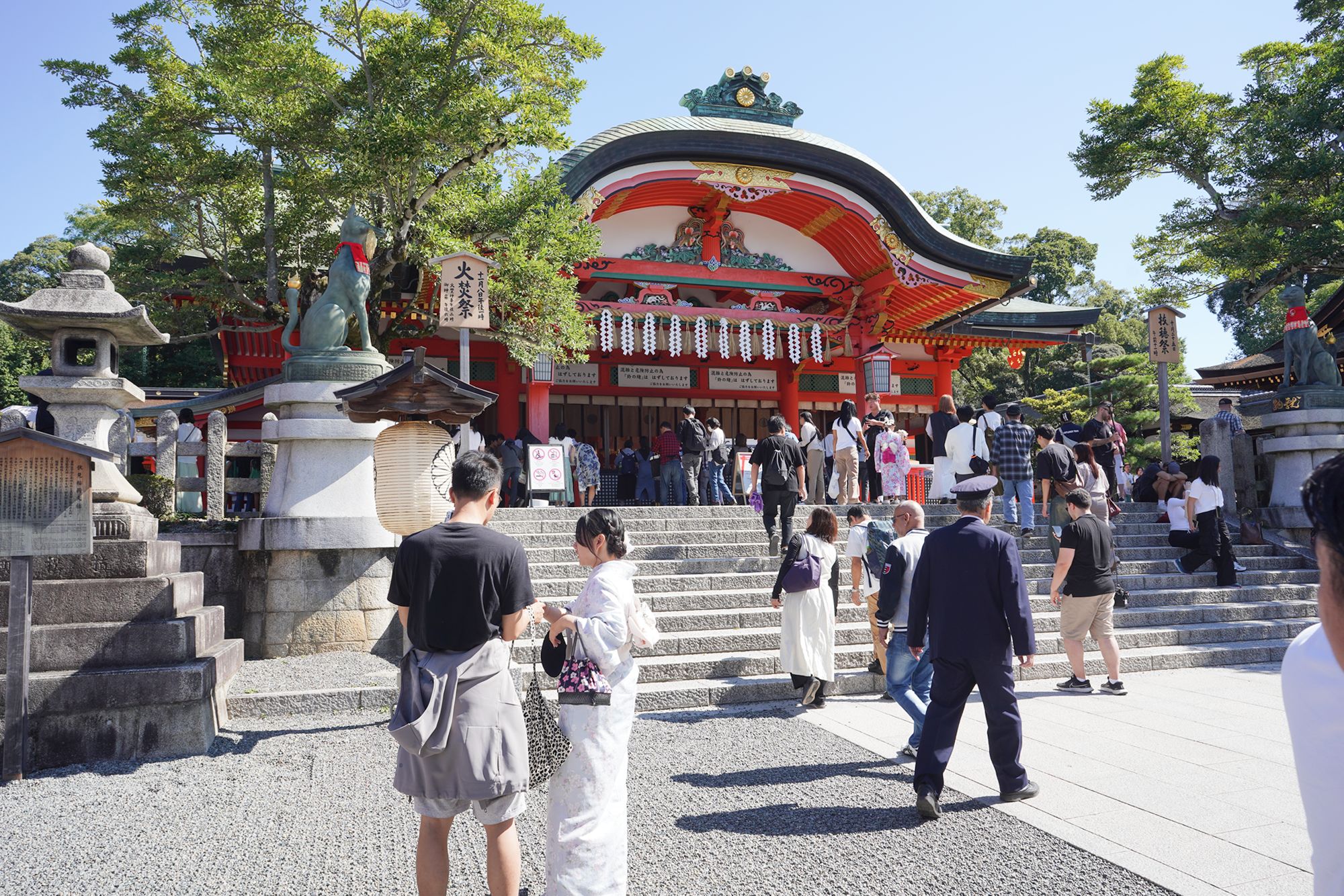
Dedicated to Inari, the deity of rice, prosperity, and business, the shrine is renowned for its thousands of vibrant vermilion torii gates that create picturesque paths up Mount Inari.
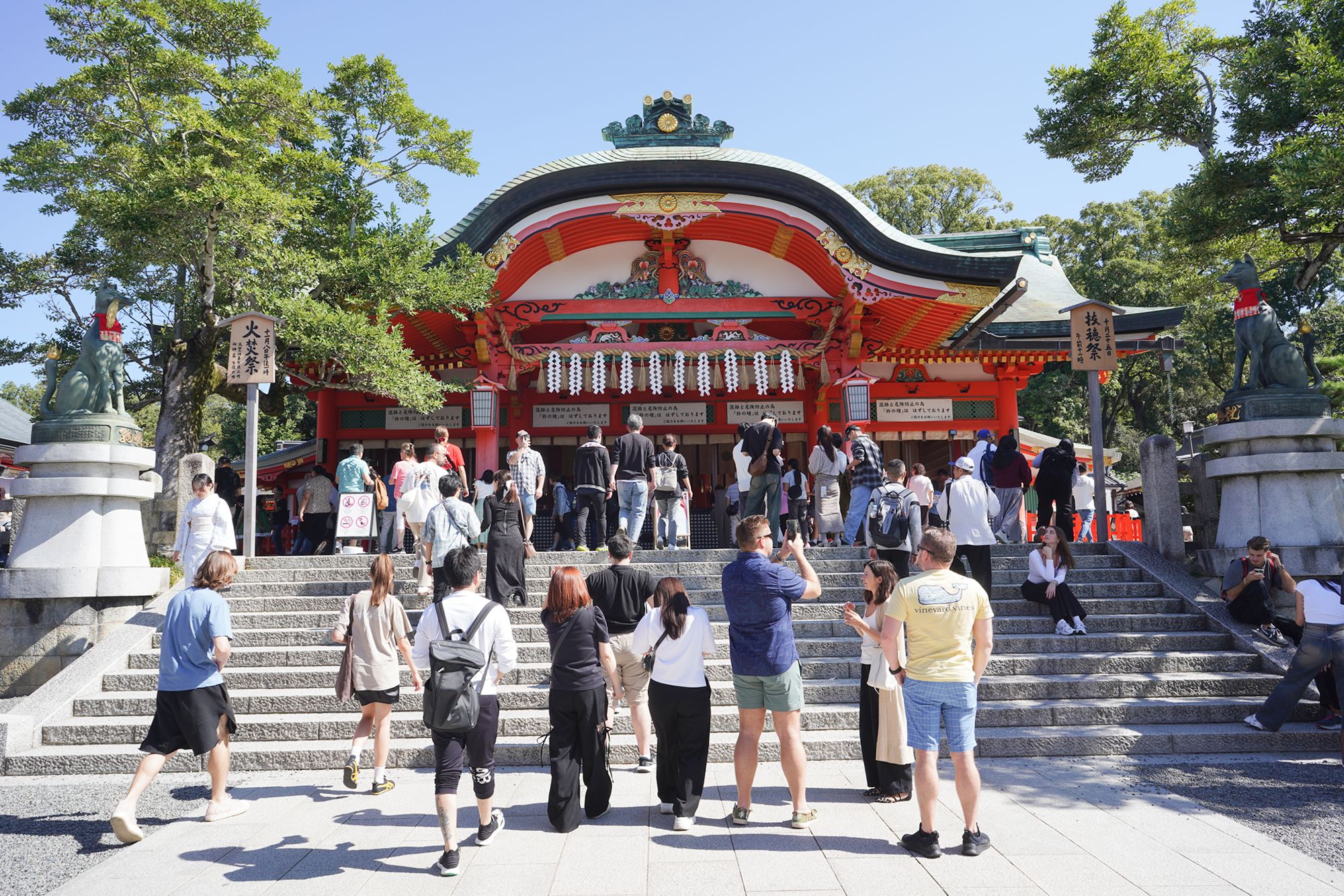
Founded in the 8th century, it serves as the head shrine for over 30,000 Inari shrines across Japan. The shrine’s pathways are dotted with smaller shrines, stone fox statues (considered messengers of Inari), and excellent viewpoints over Kyoto. Visitors often pray for success in business, health, and personal endeavors while enjoying the unique atmosphere of this spiritual and historical site.
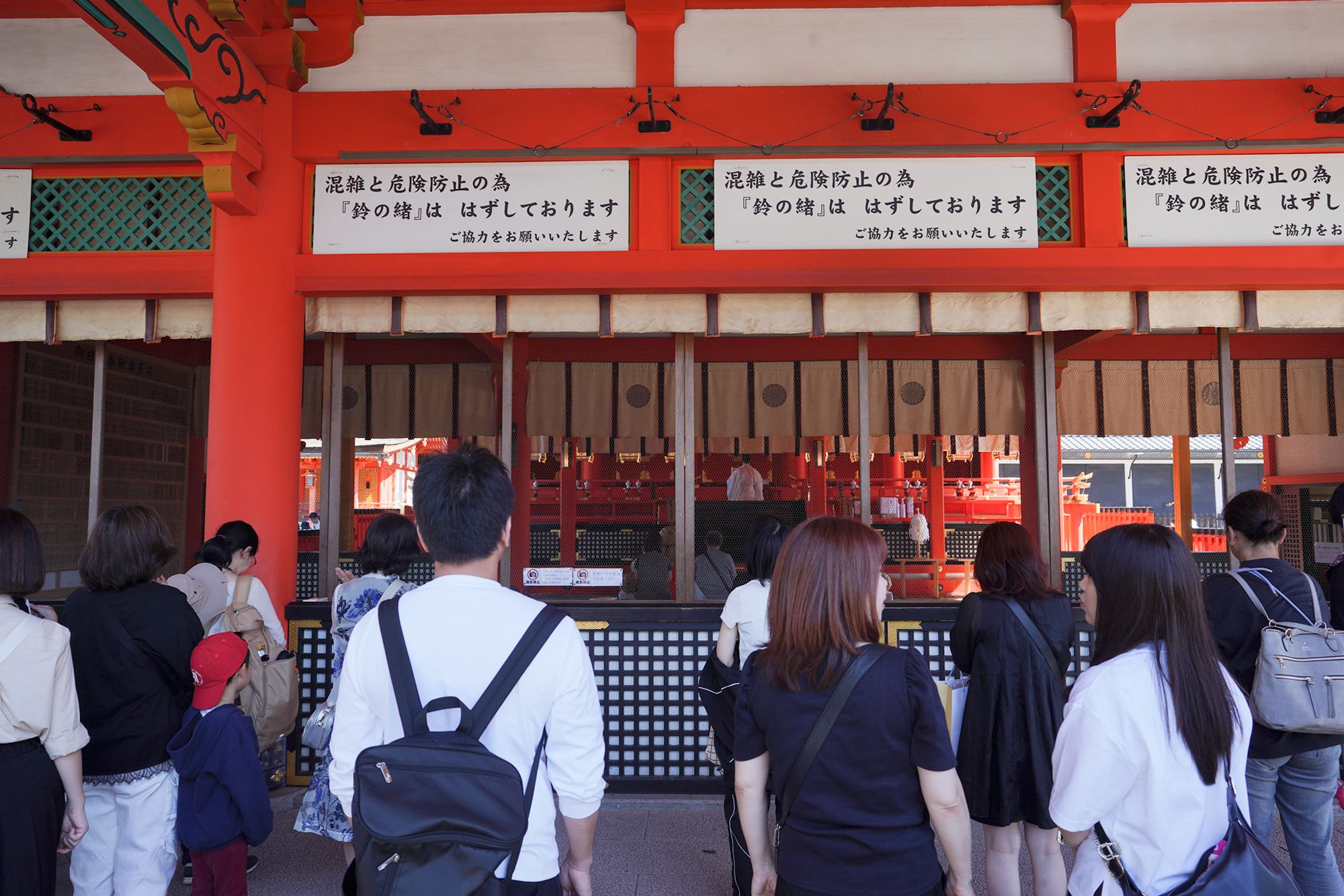
I walked to the left side of the Sanctuary building.
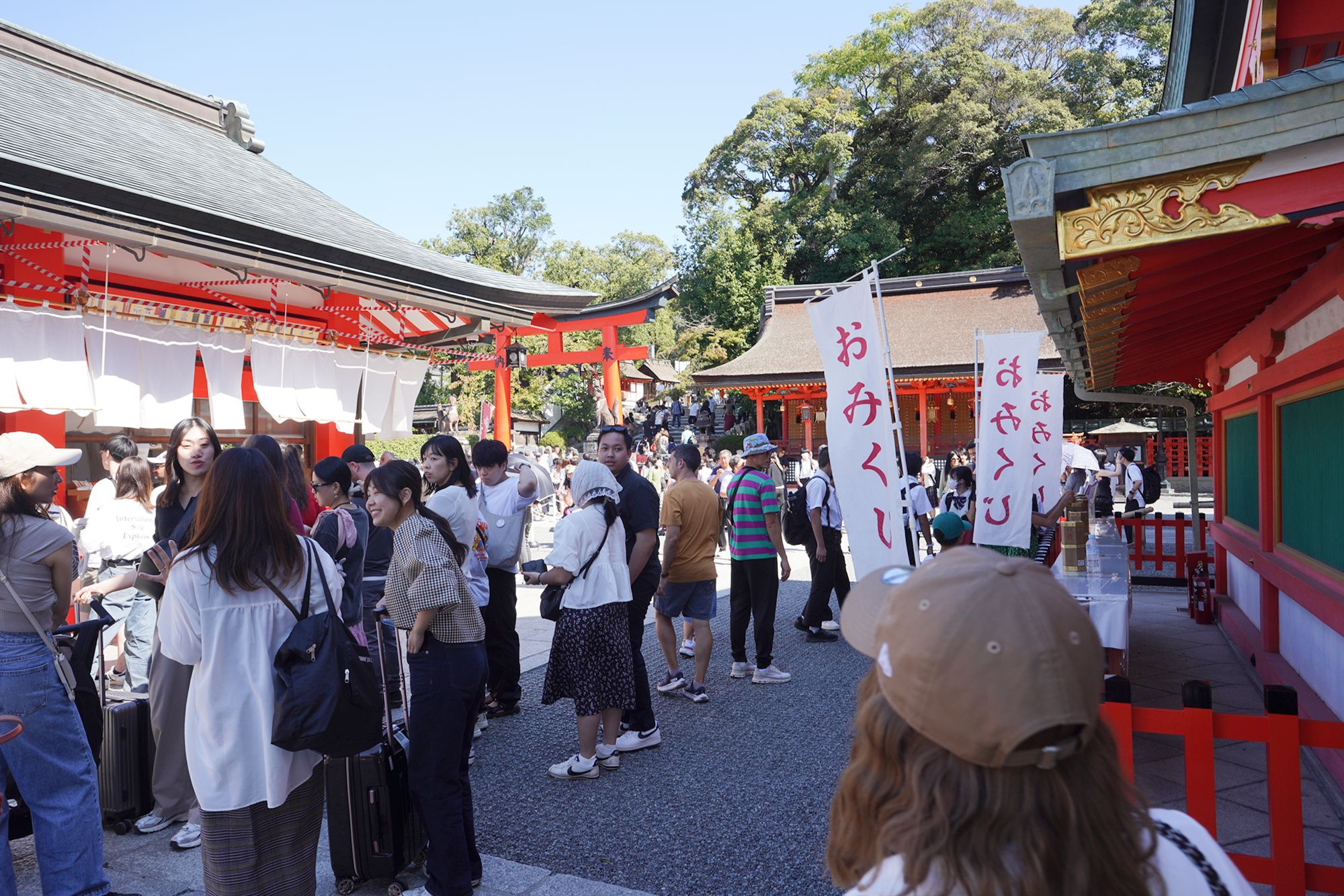
Back side
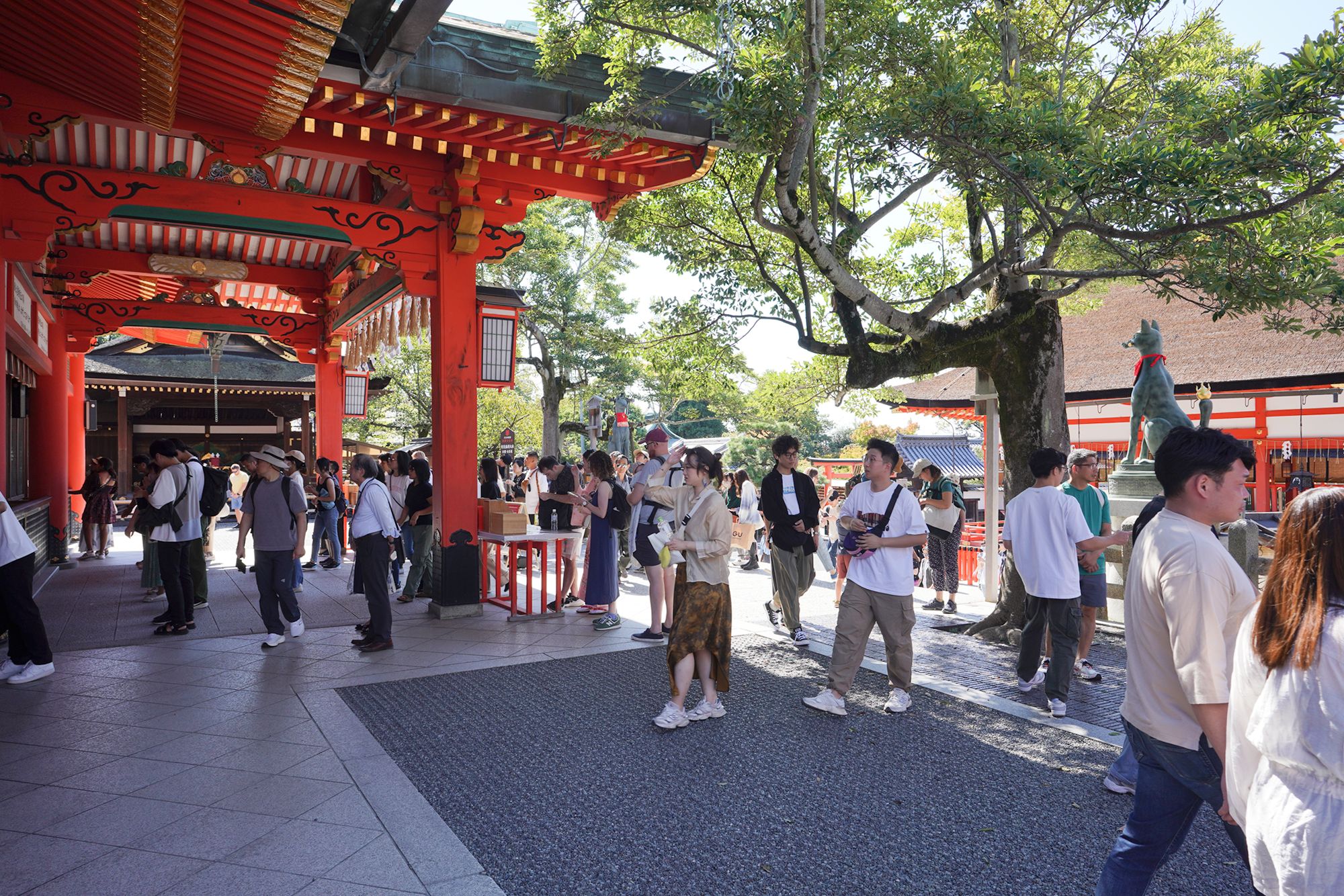
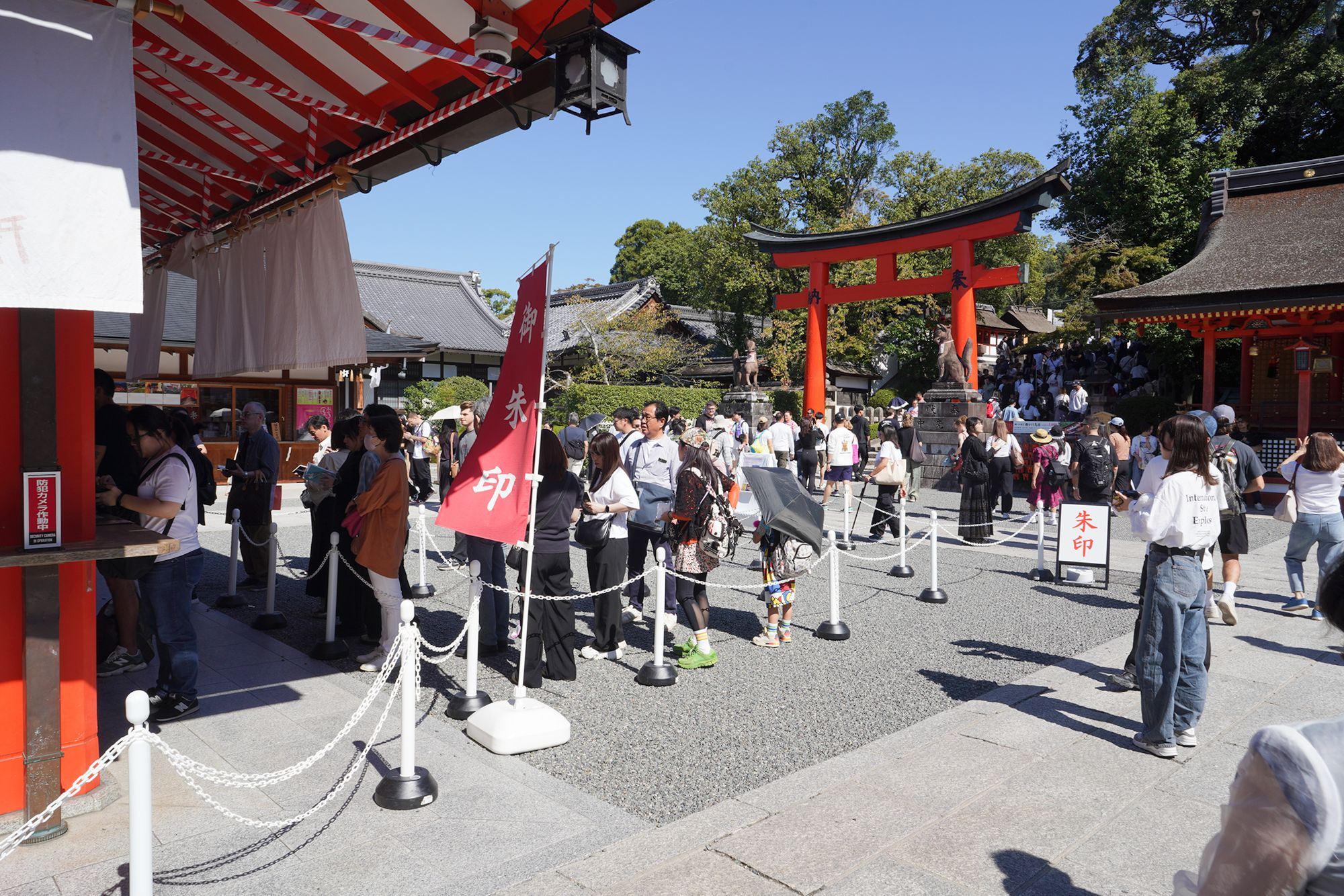
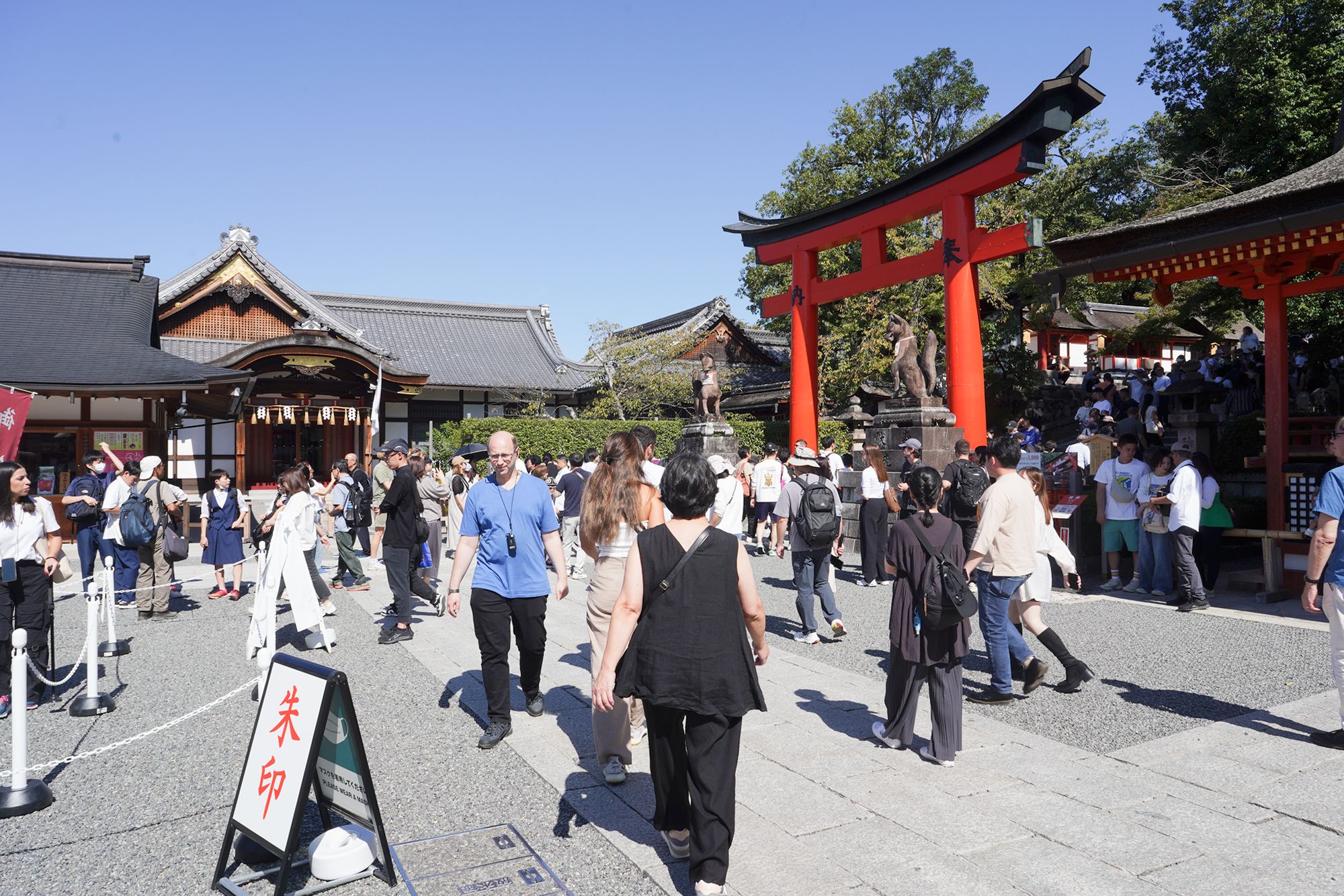
On the left side of the Sanctuary building is a passage leading up to a higher ground level.
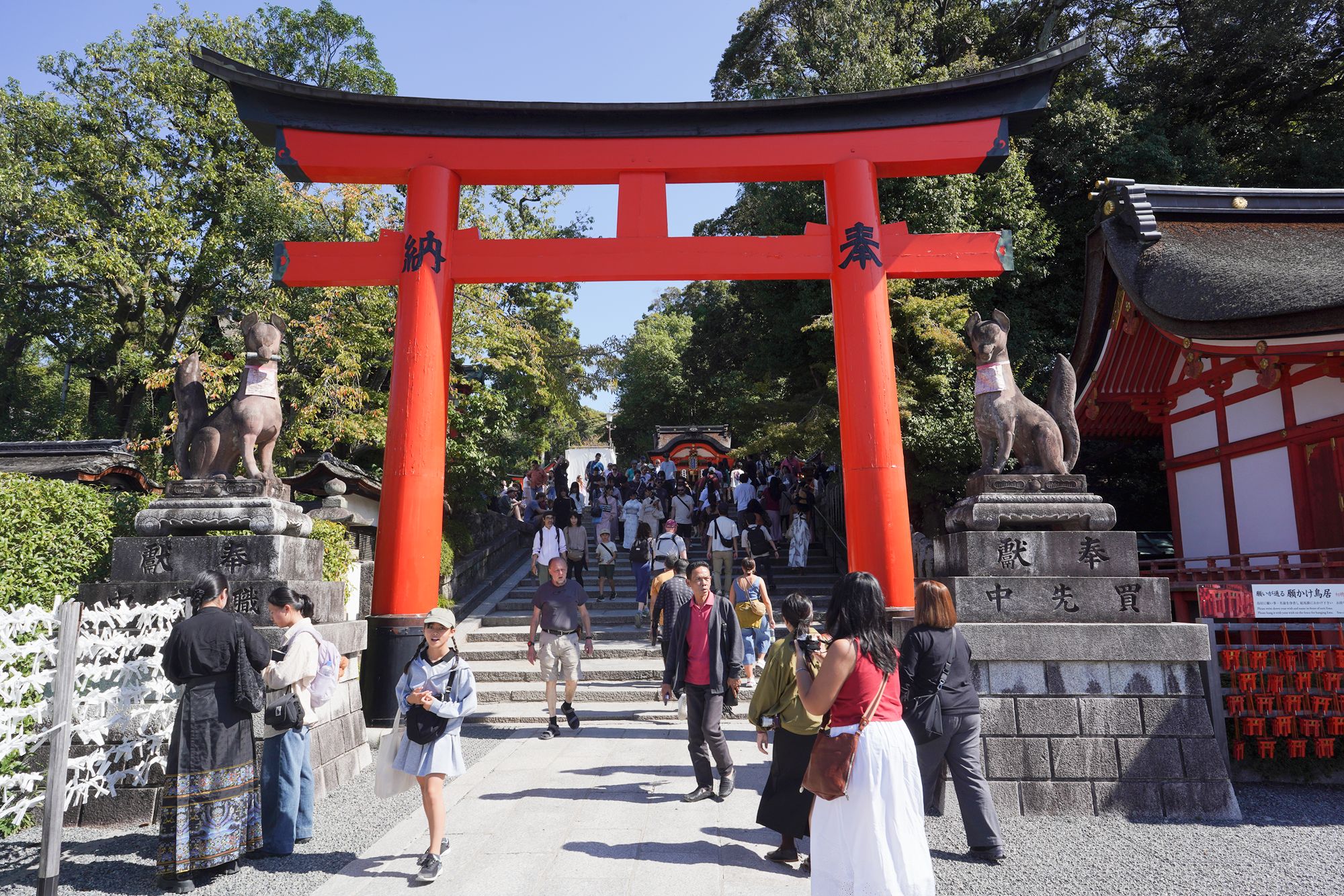
Back side

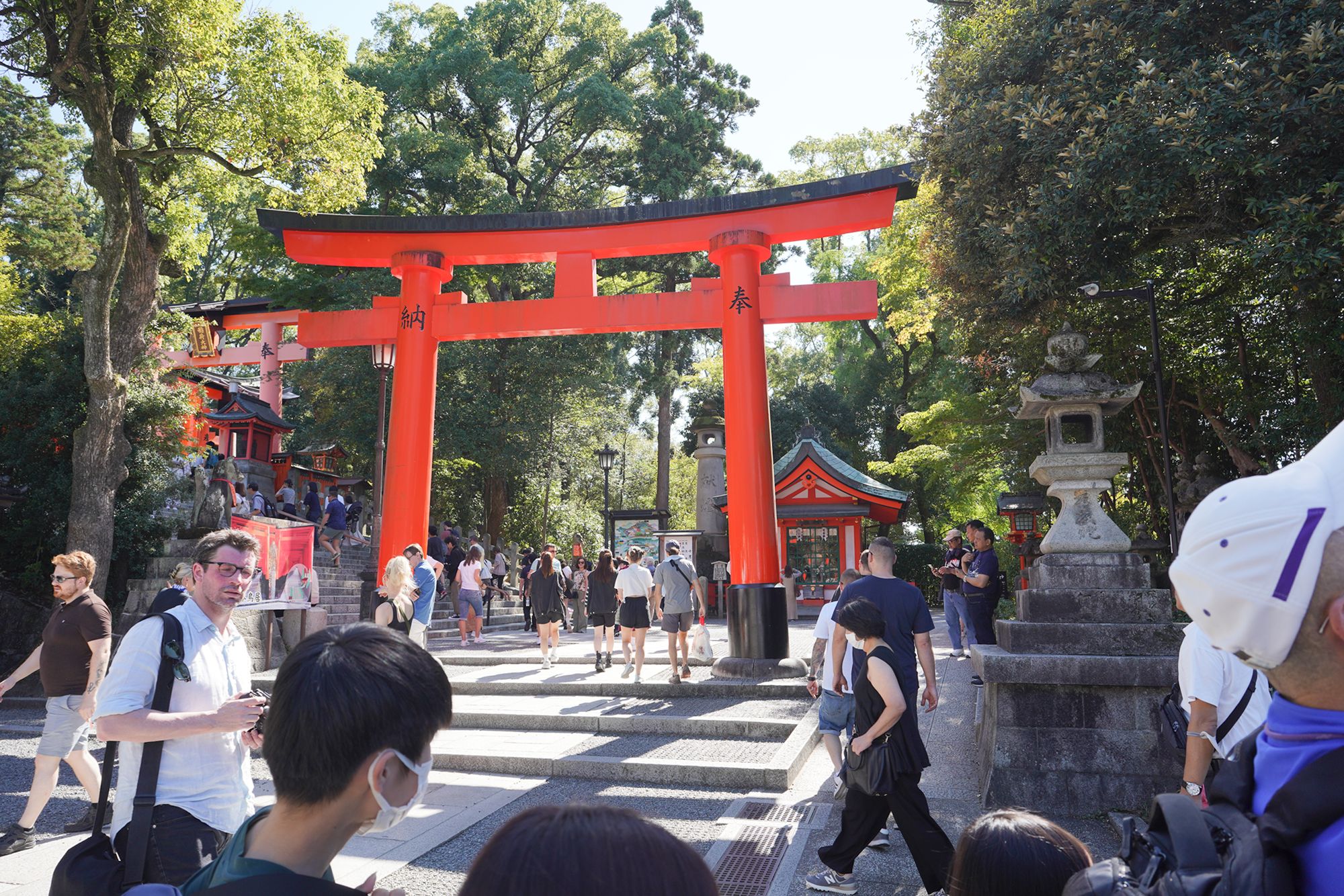
Back side
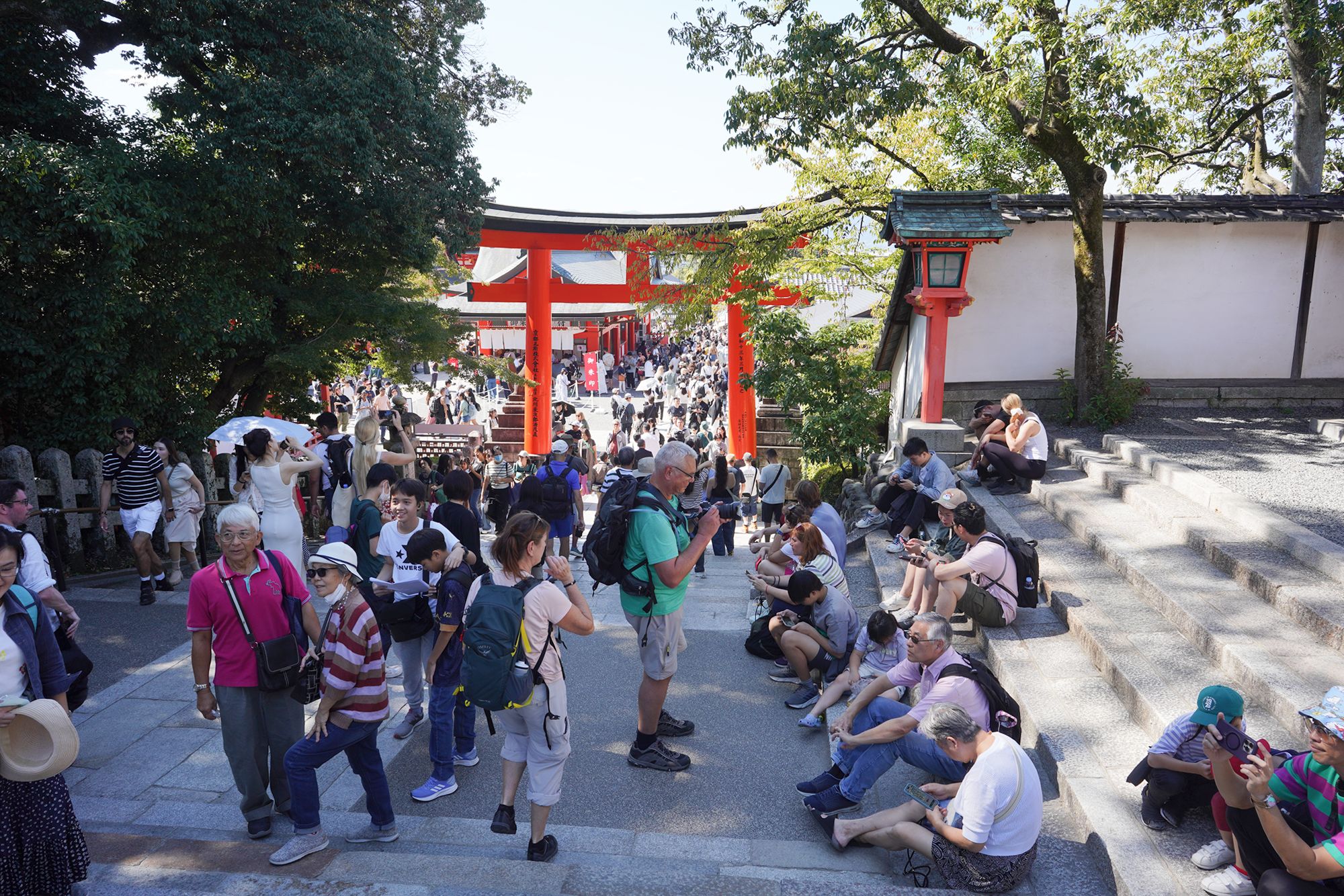
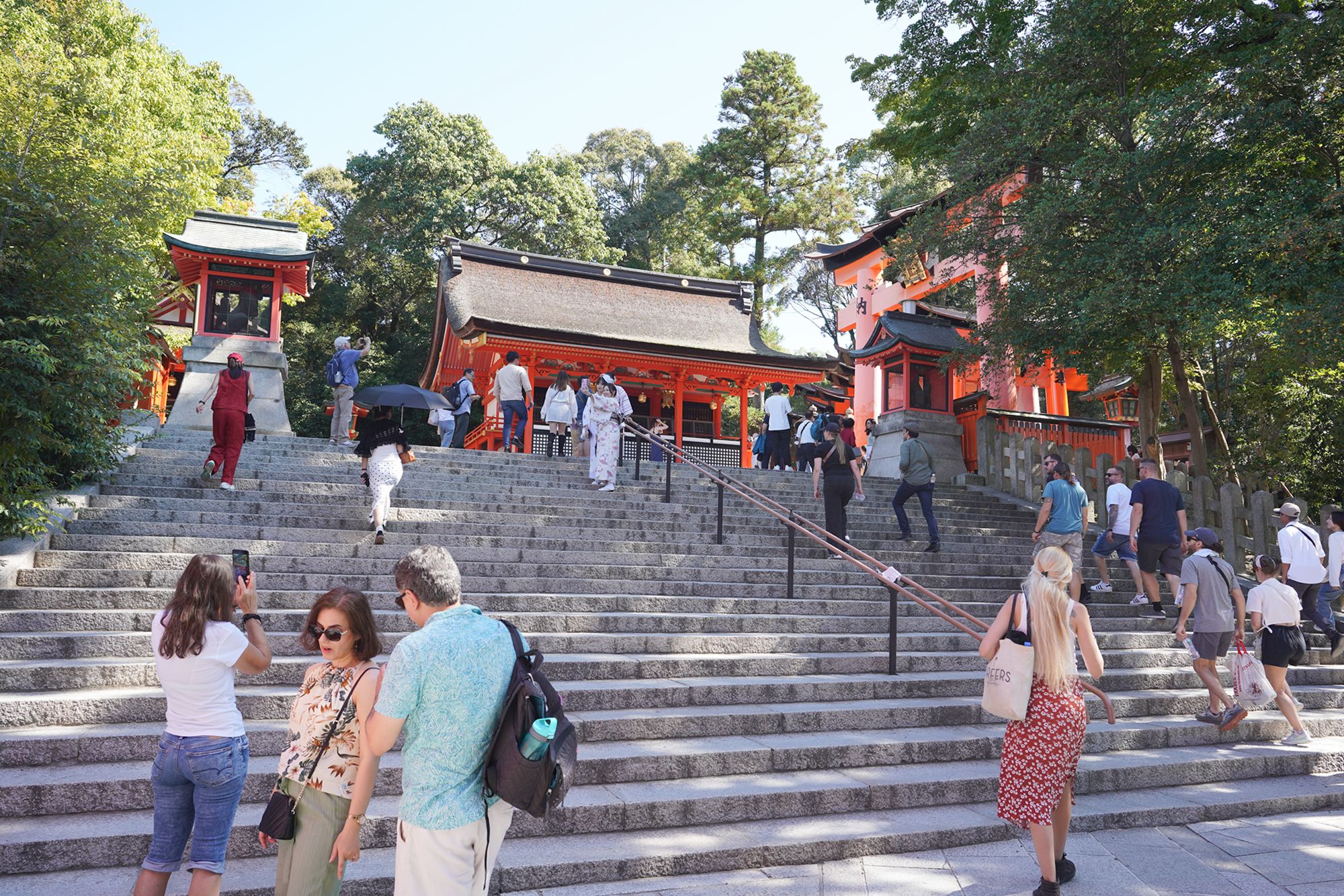
More stairs to still higher ground level
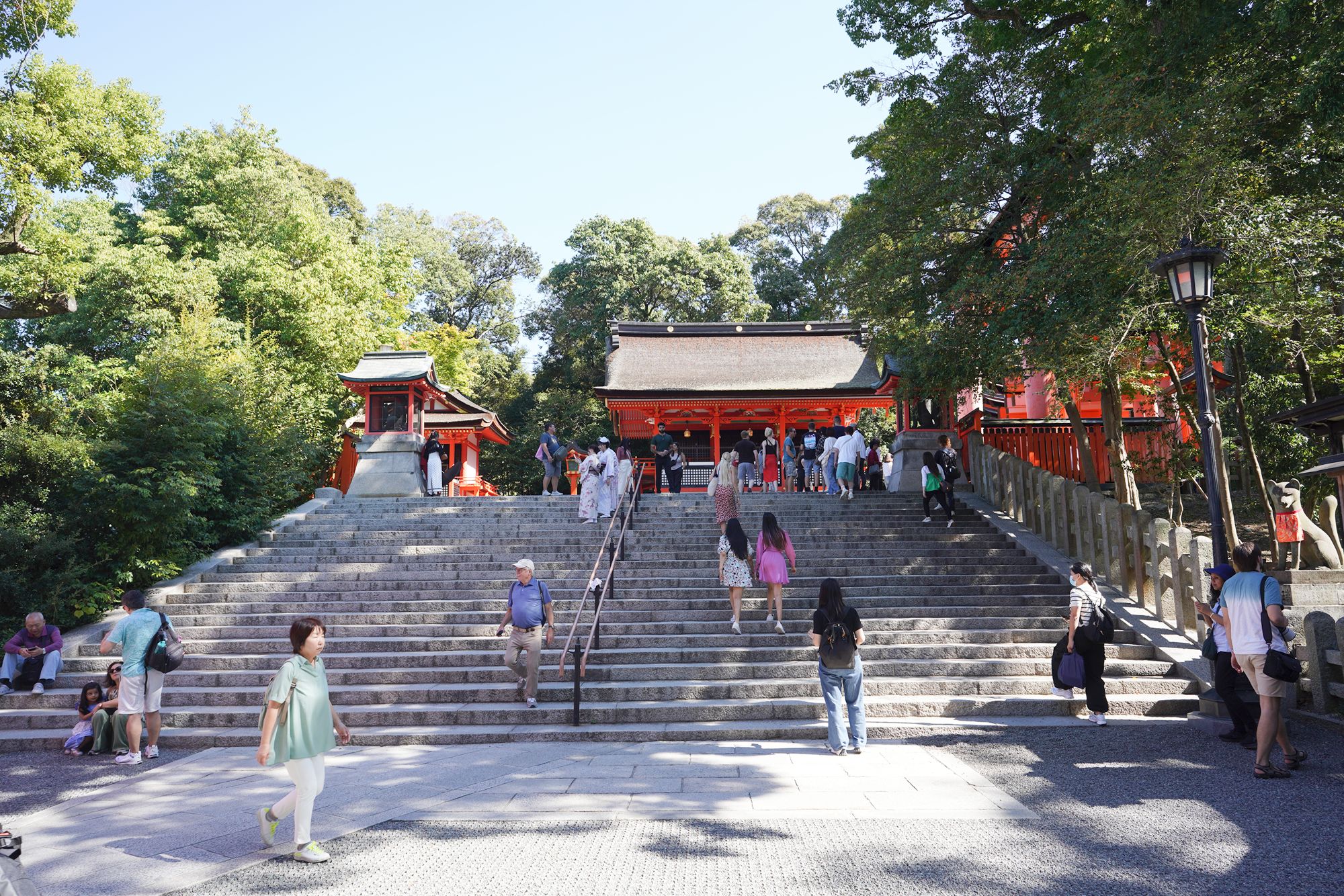
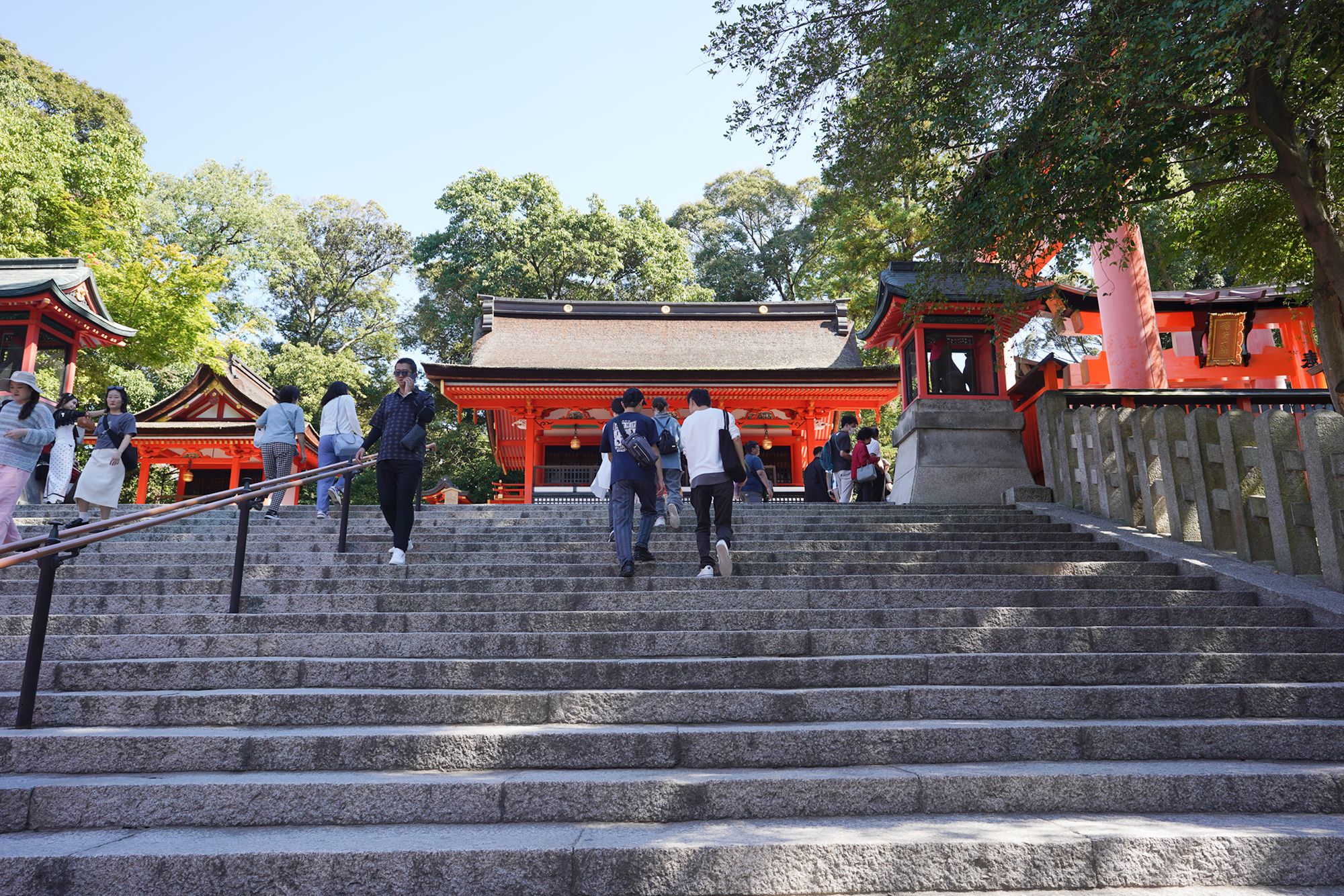
And here is the beginning of the famous Thousand Torii gates.
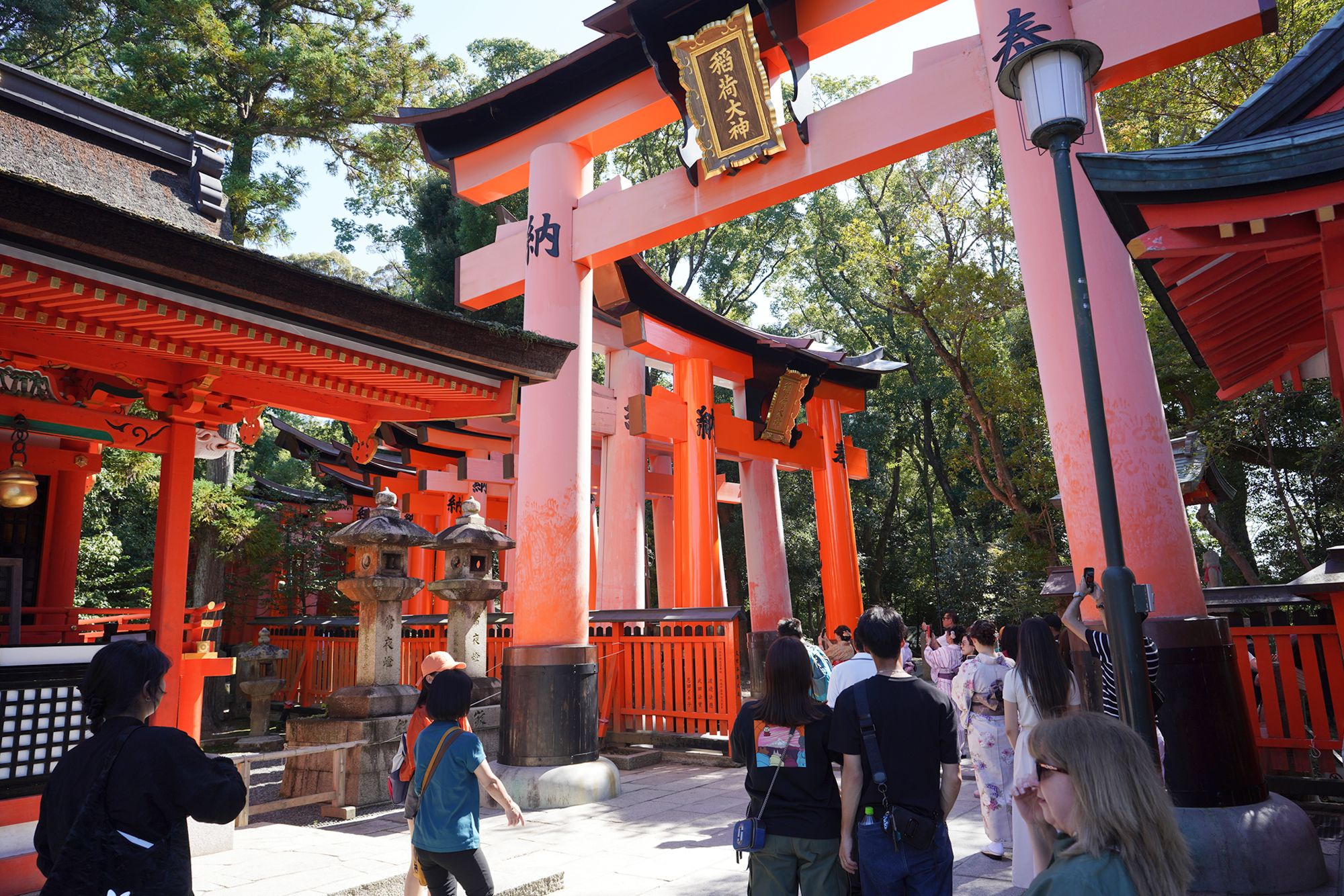
The torii gates at Fushimi Inari Shrine are symbolic structures marking the transition from the mundane to the sacred. The thousands of vermilion gates, famously known as the Senbon Torii (Thousand Torii Gates), have a special significance tied to the shrine’s dedication to Inari, the deity of rice, agriculture, prosperity, and business.
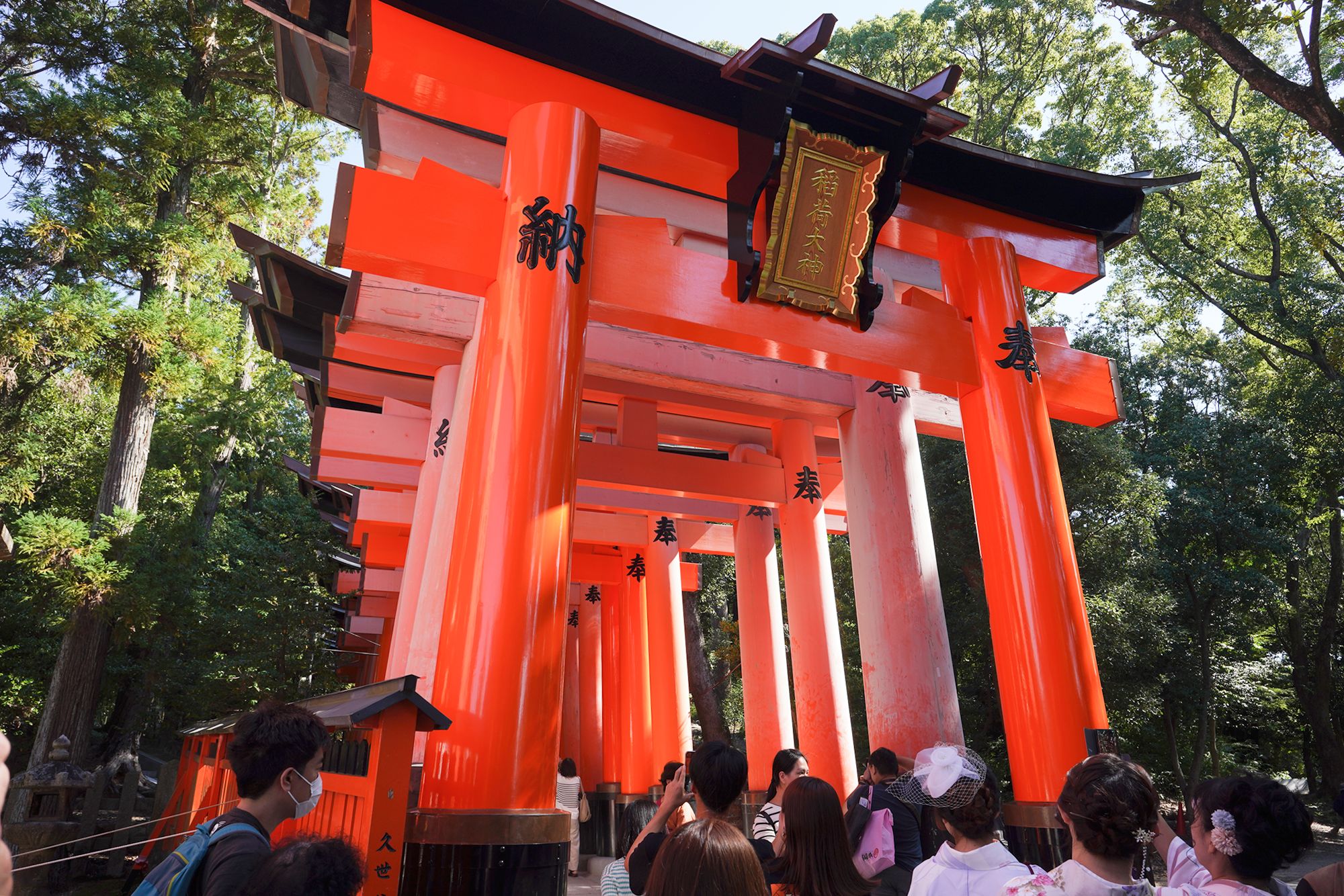
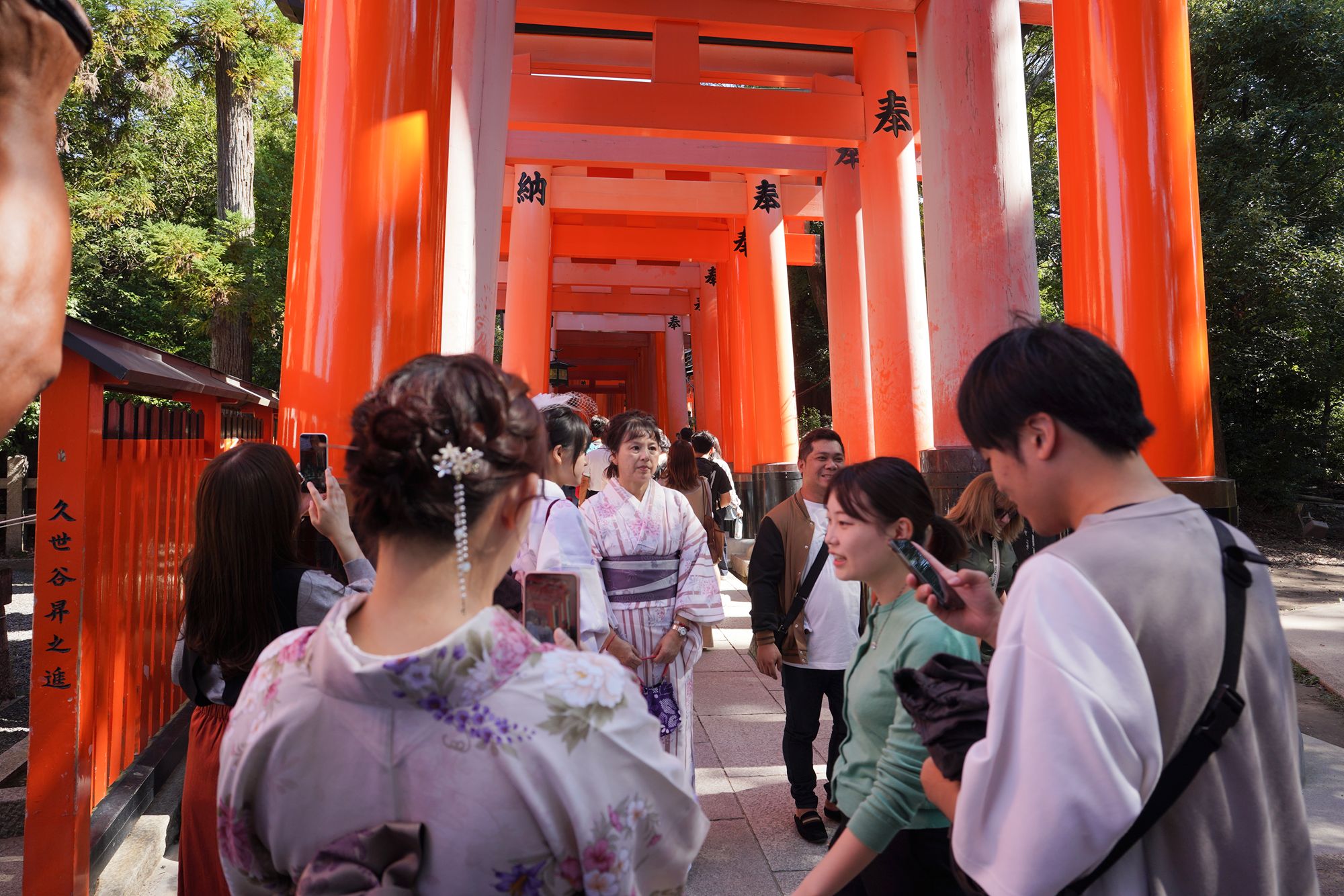
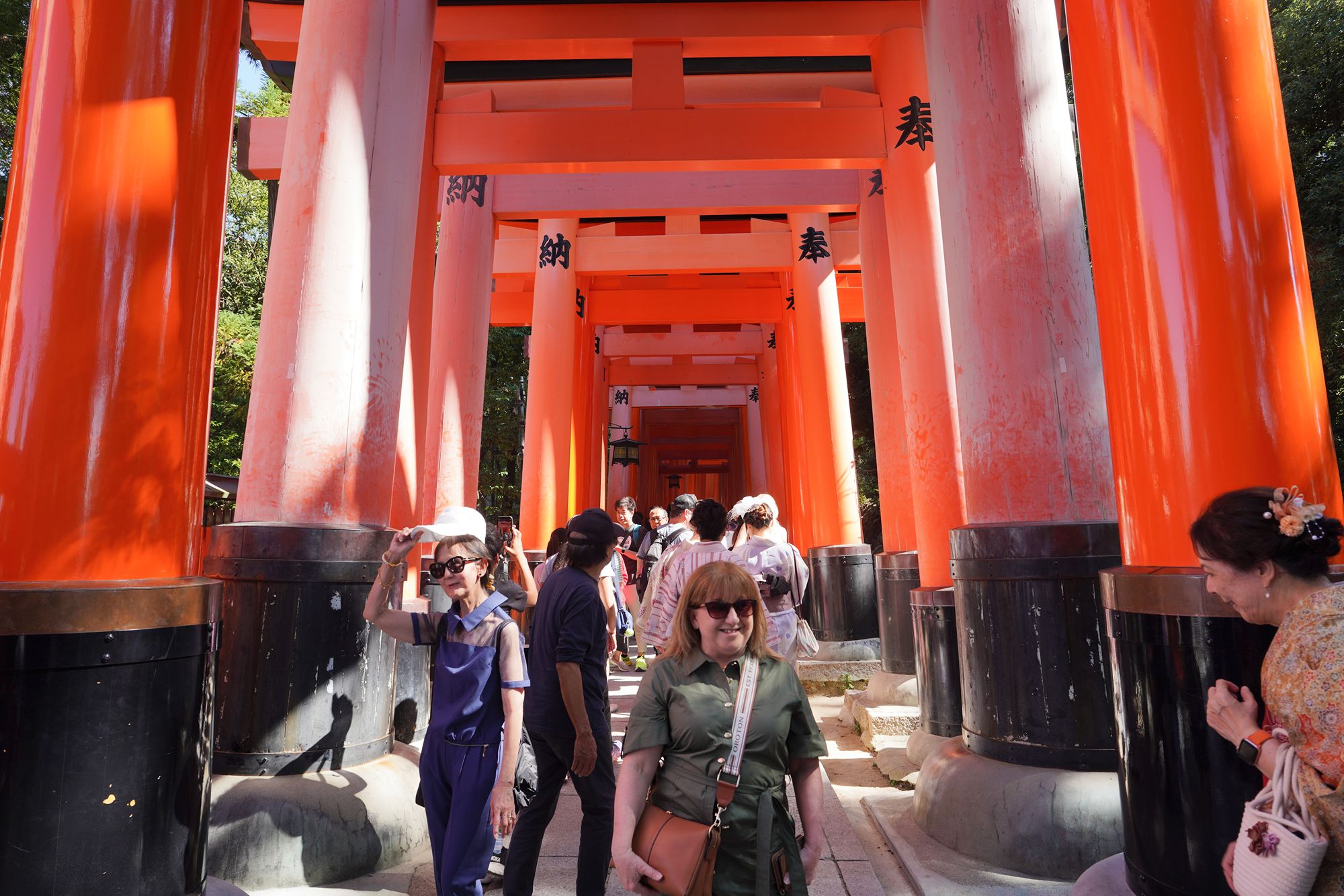
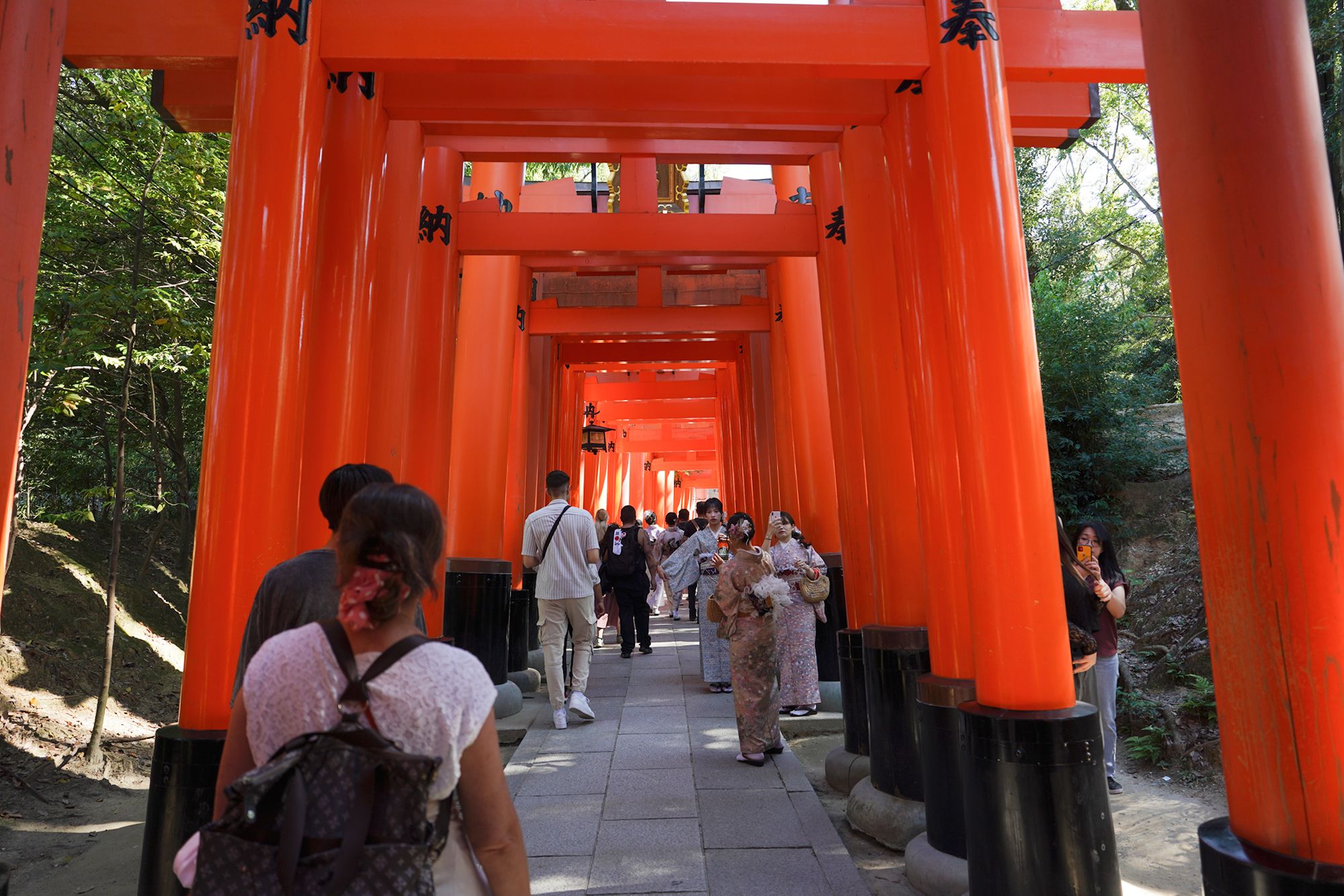
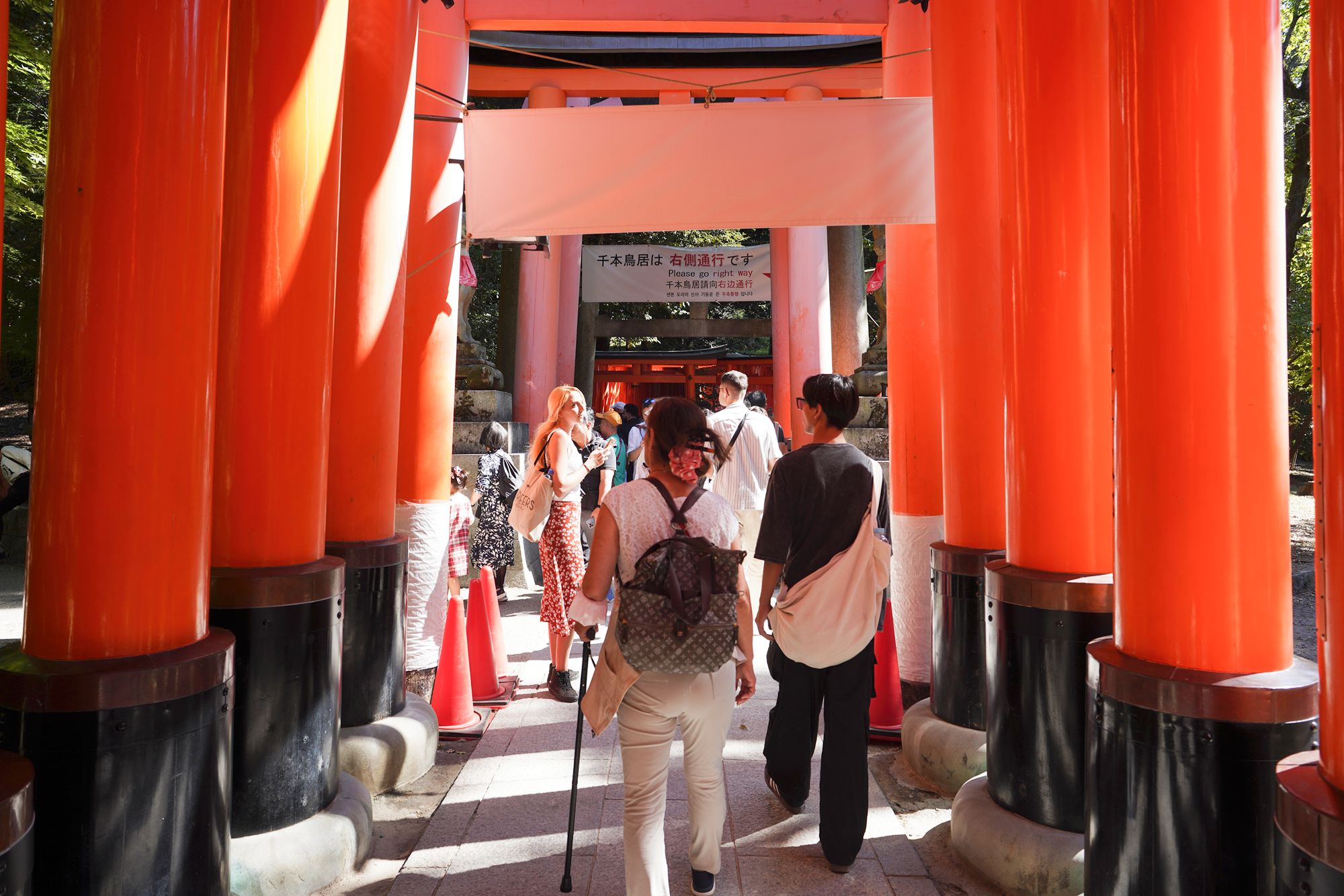
At one point in the way, it split into two paths.
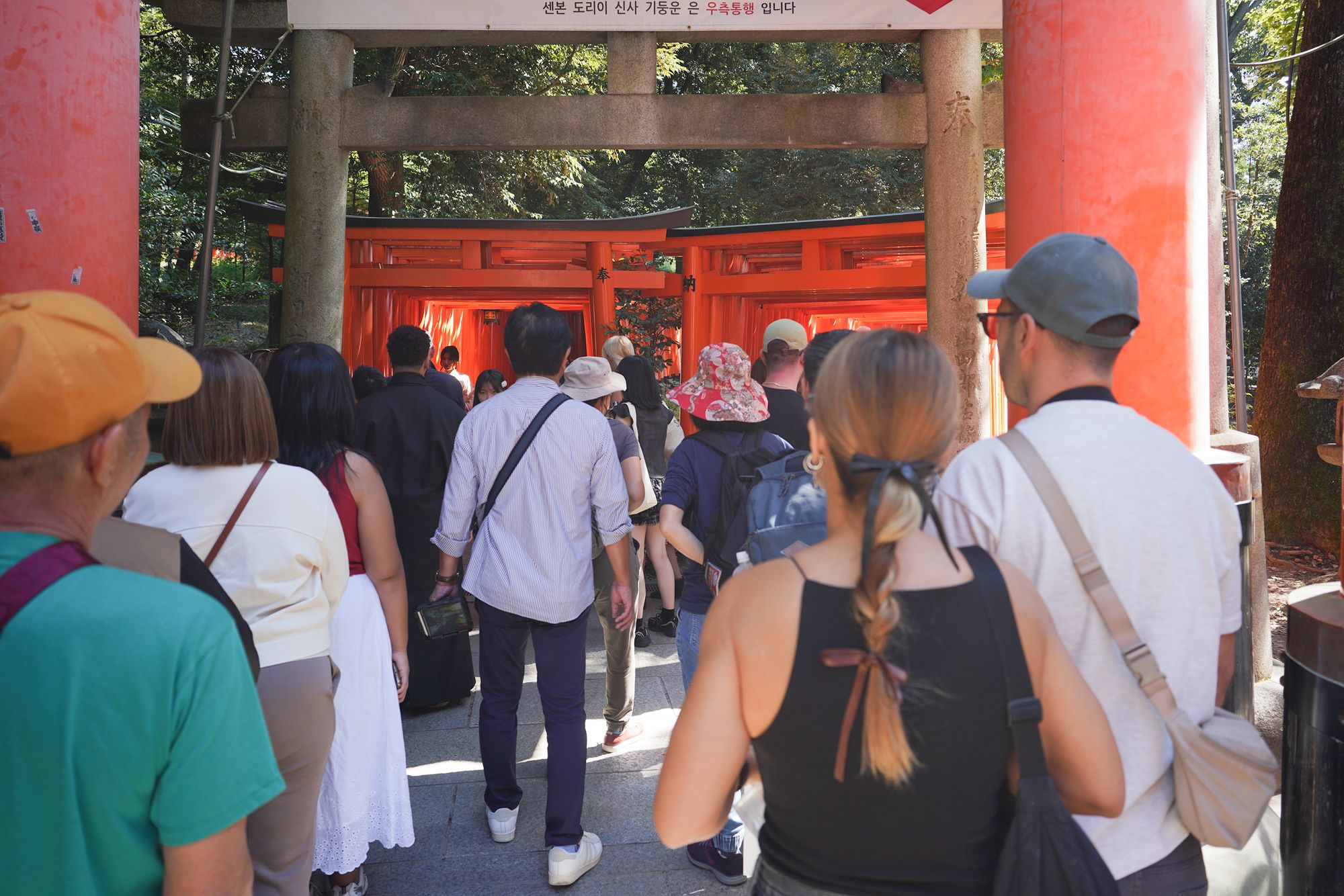
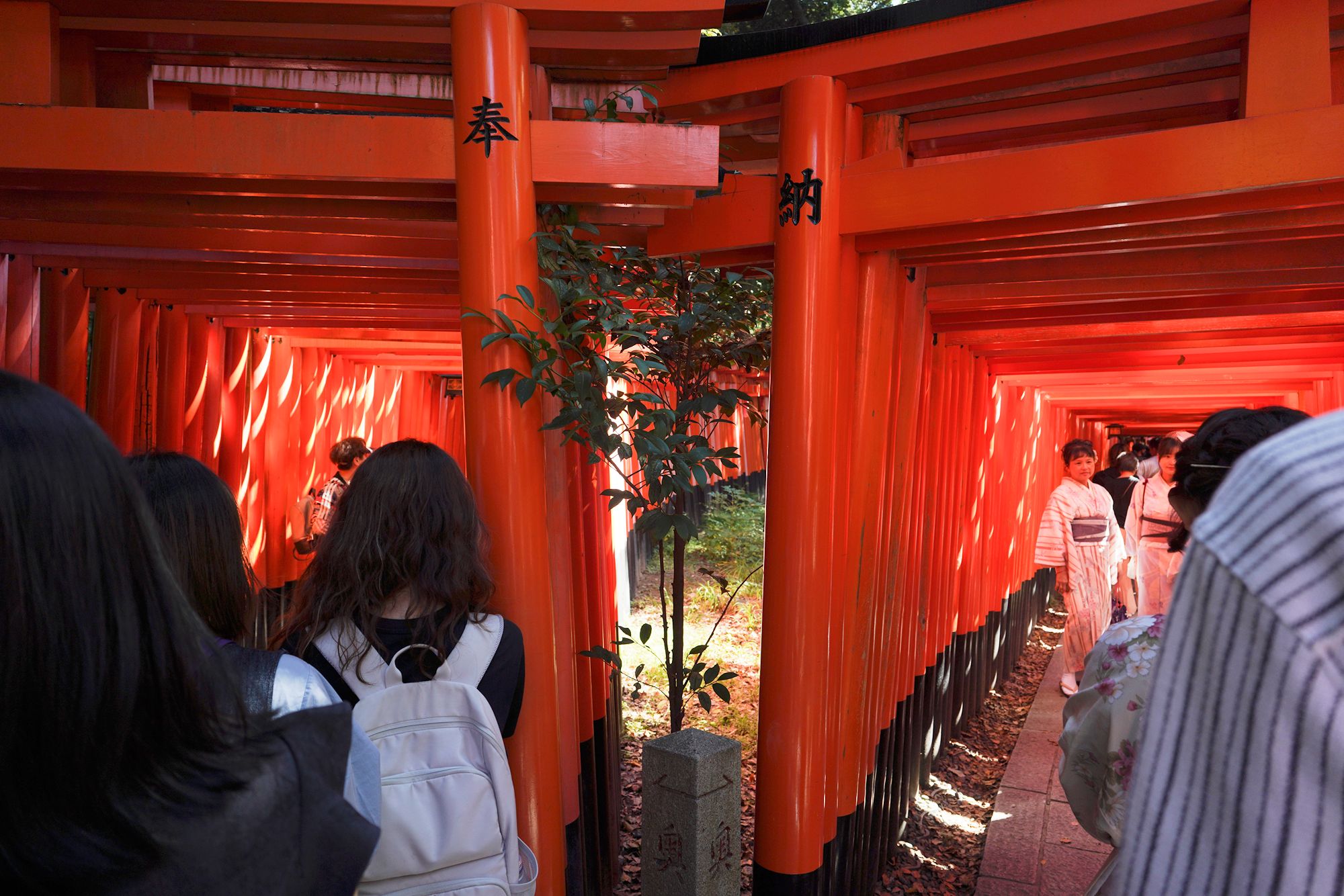
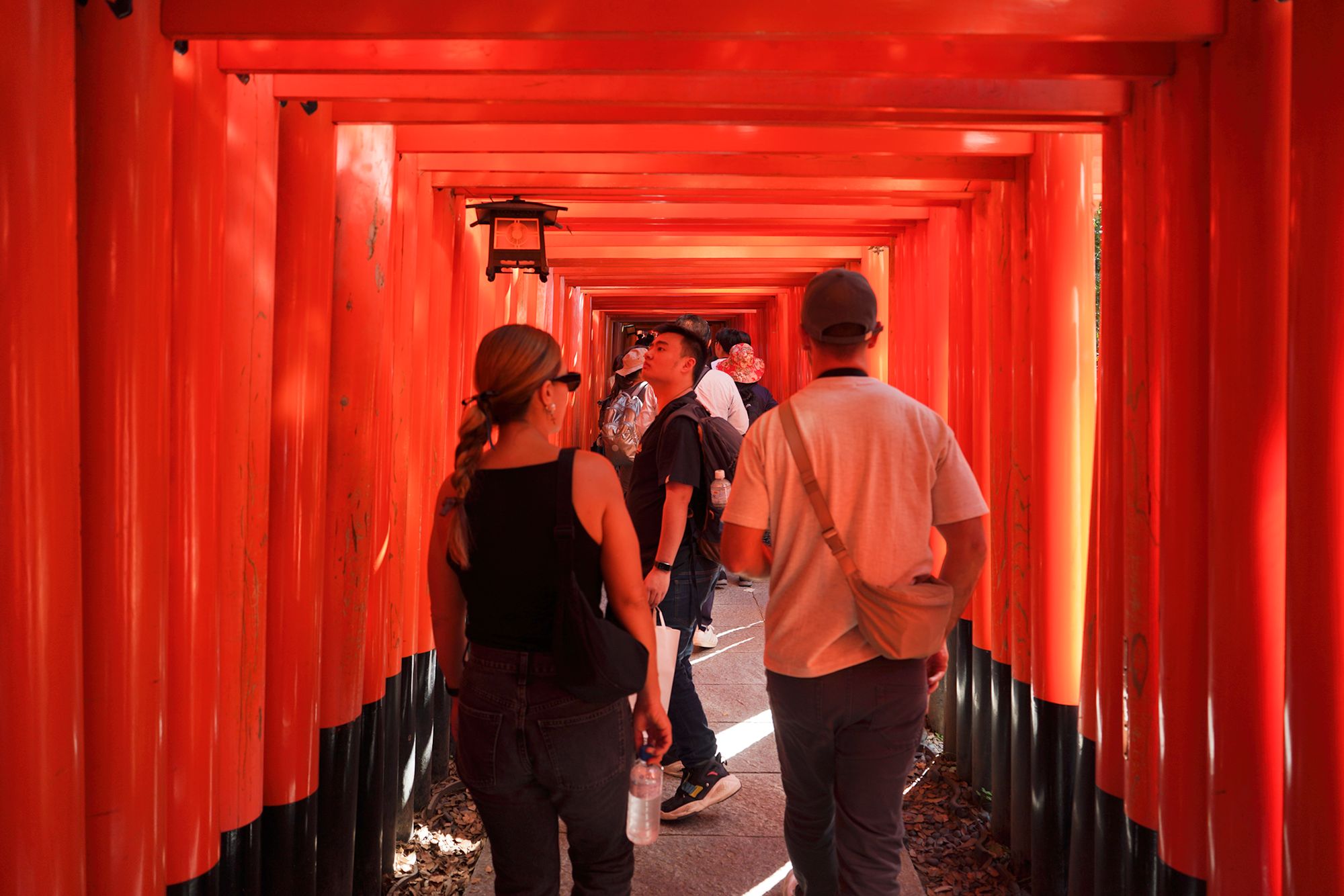
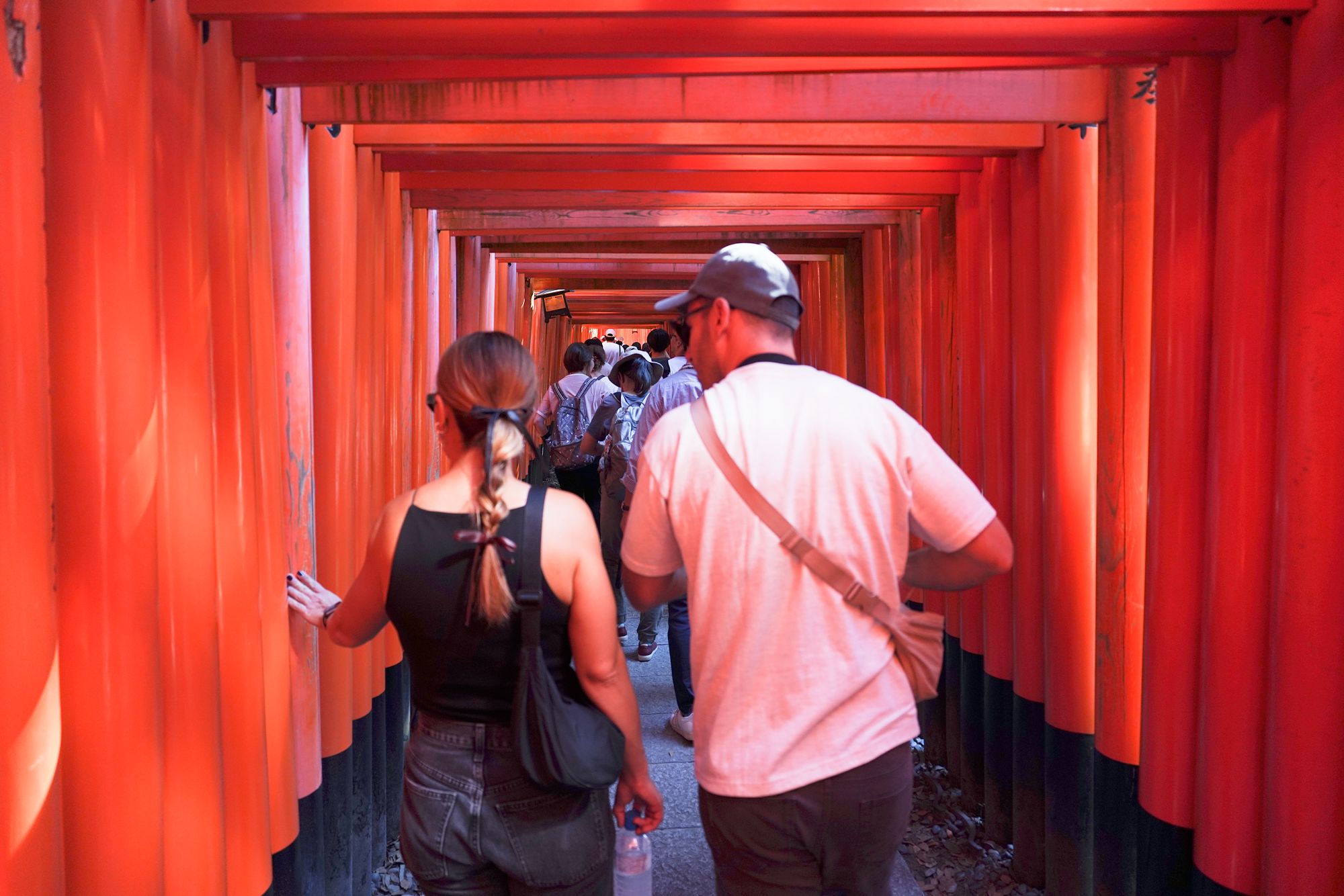
At this point, the path opened into a small area with temple buildings, while the torii gate continued on the left side.
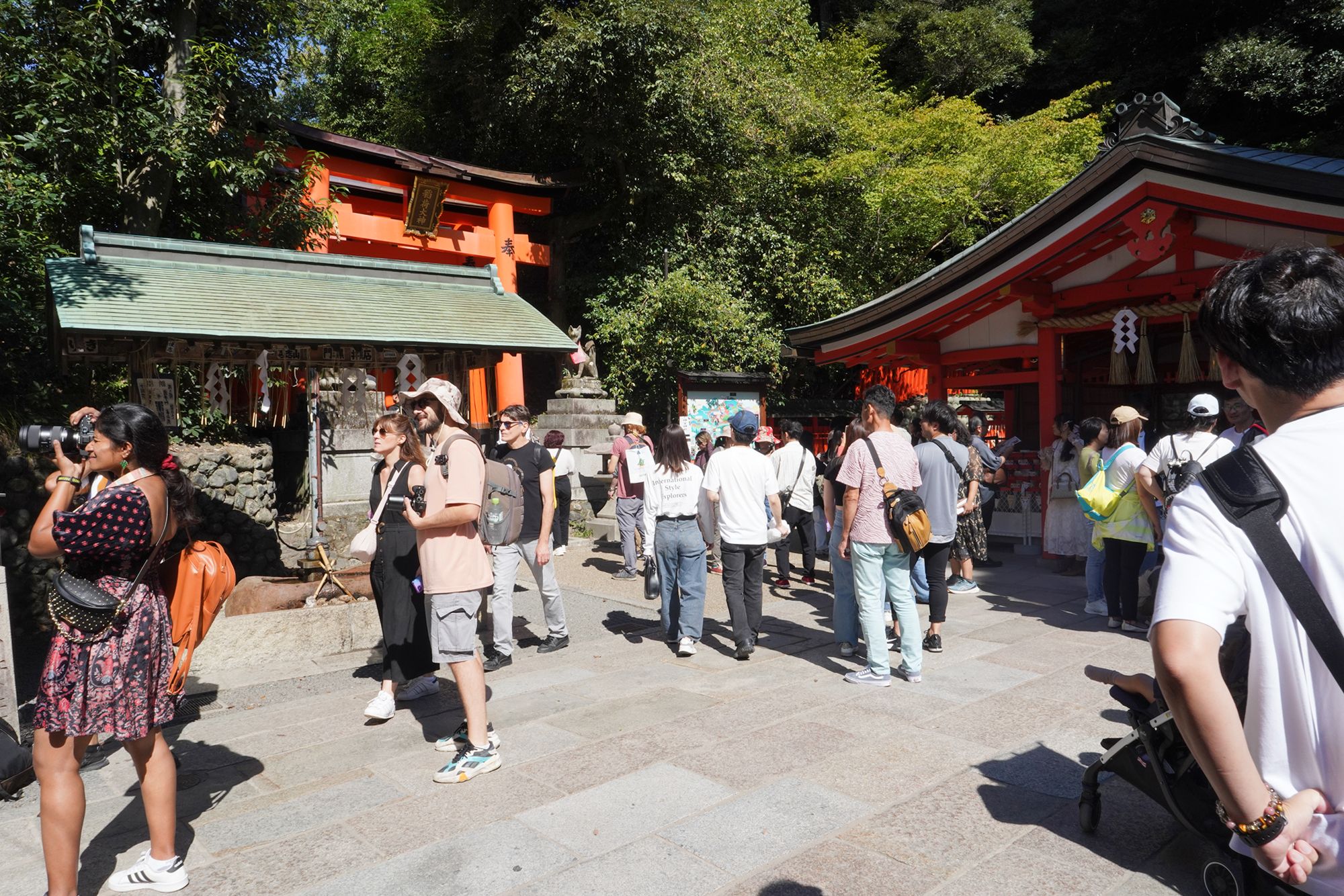
Back side
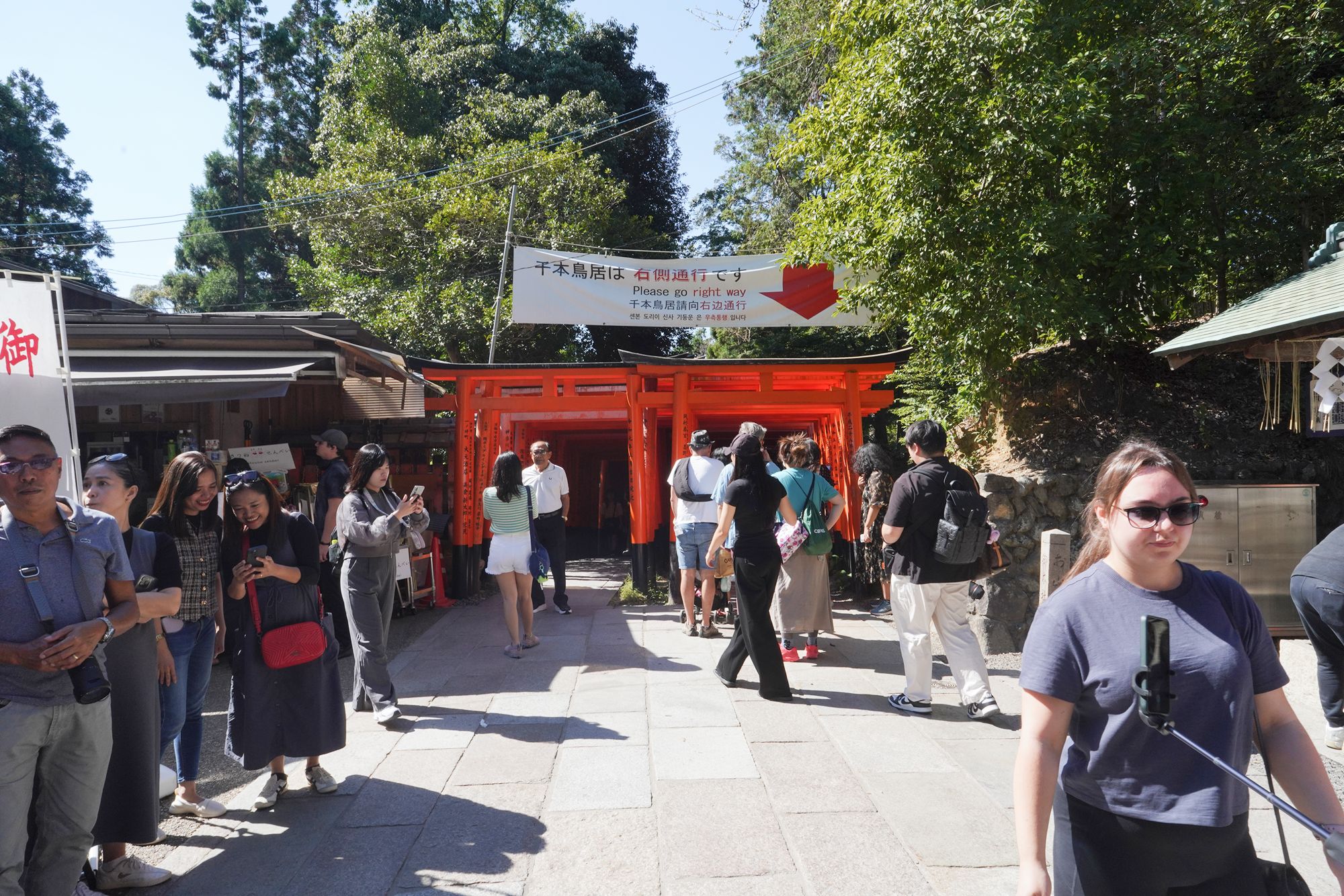
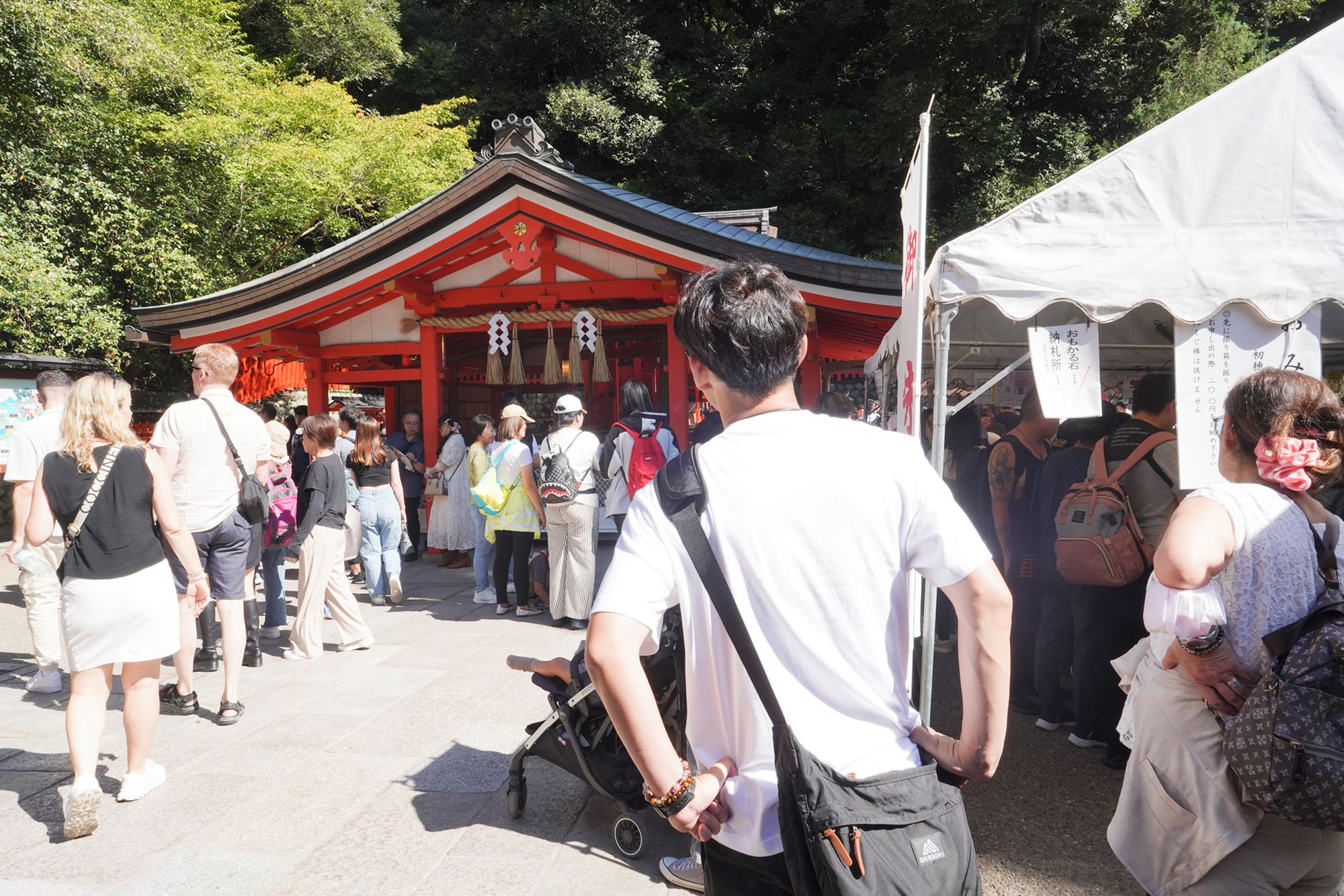
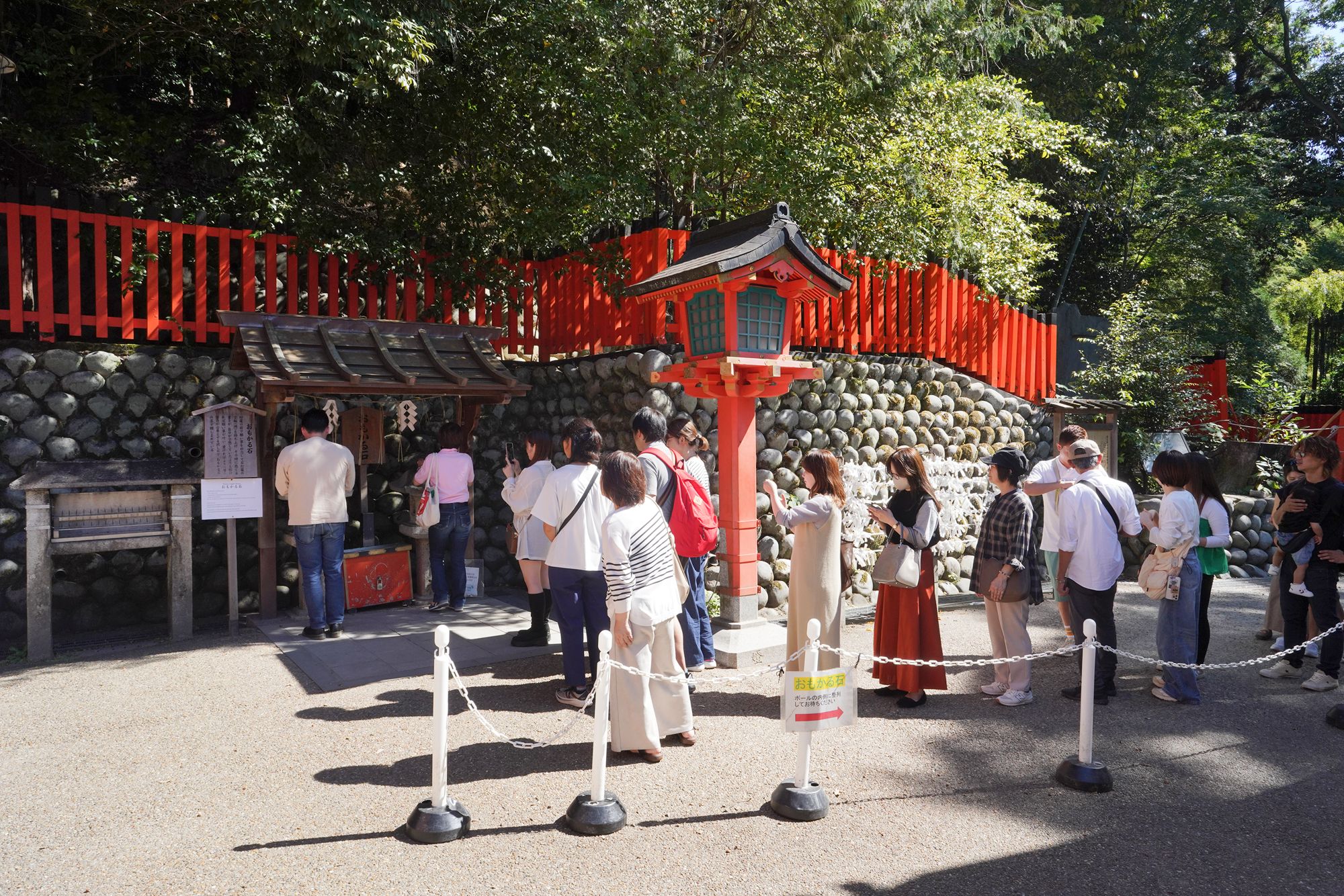
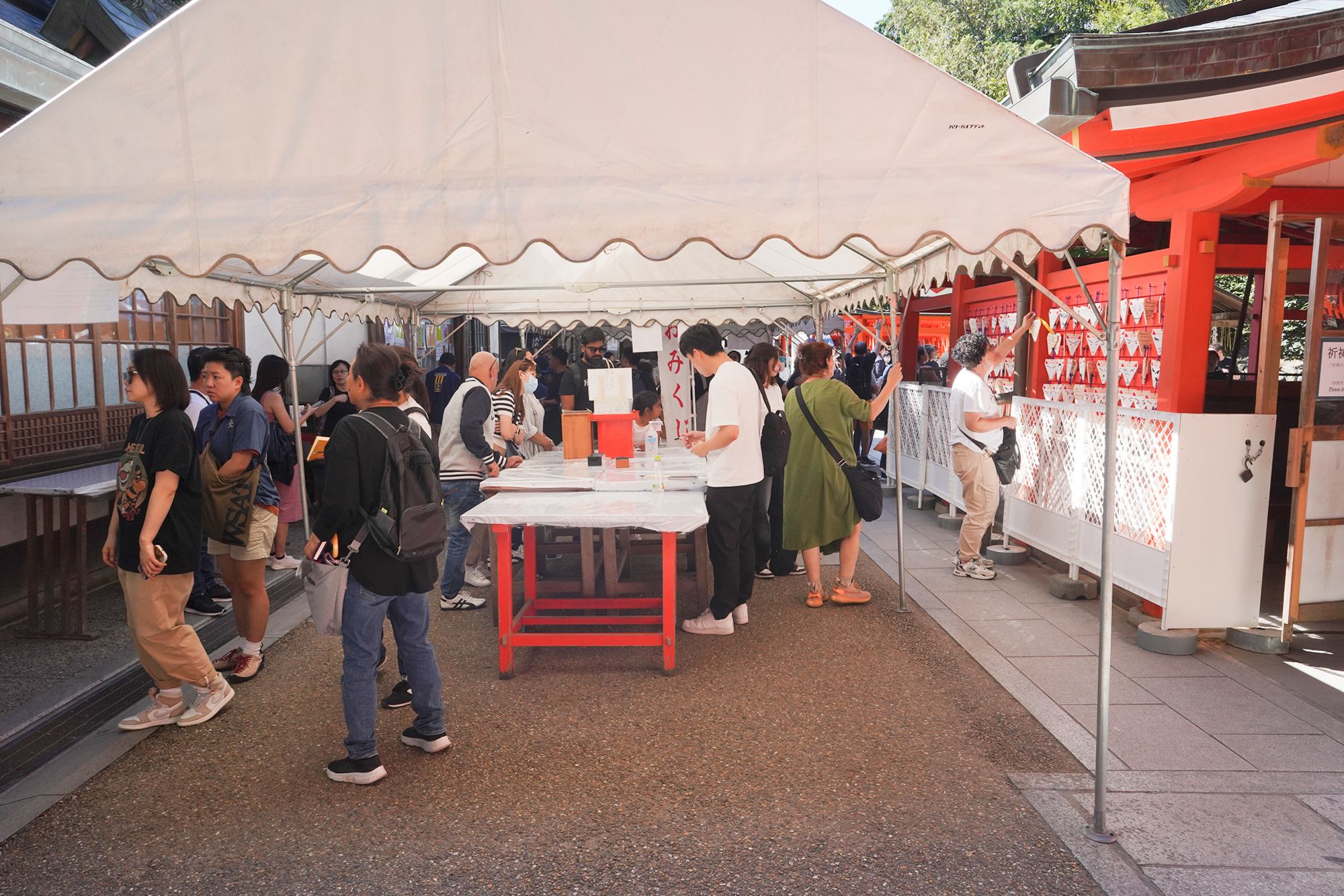
I continued going through the Torii gates
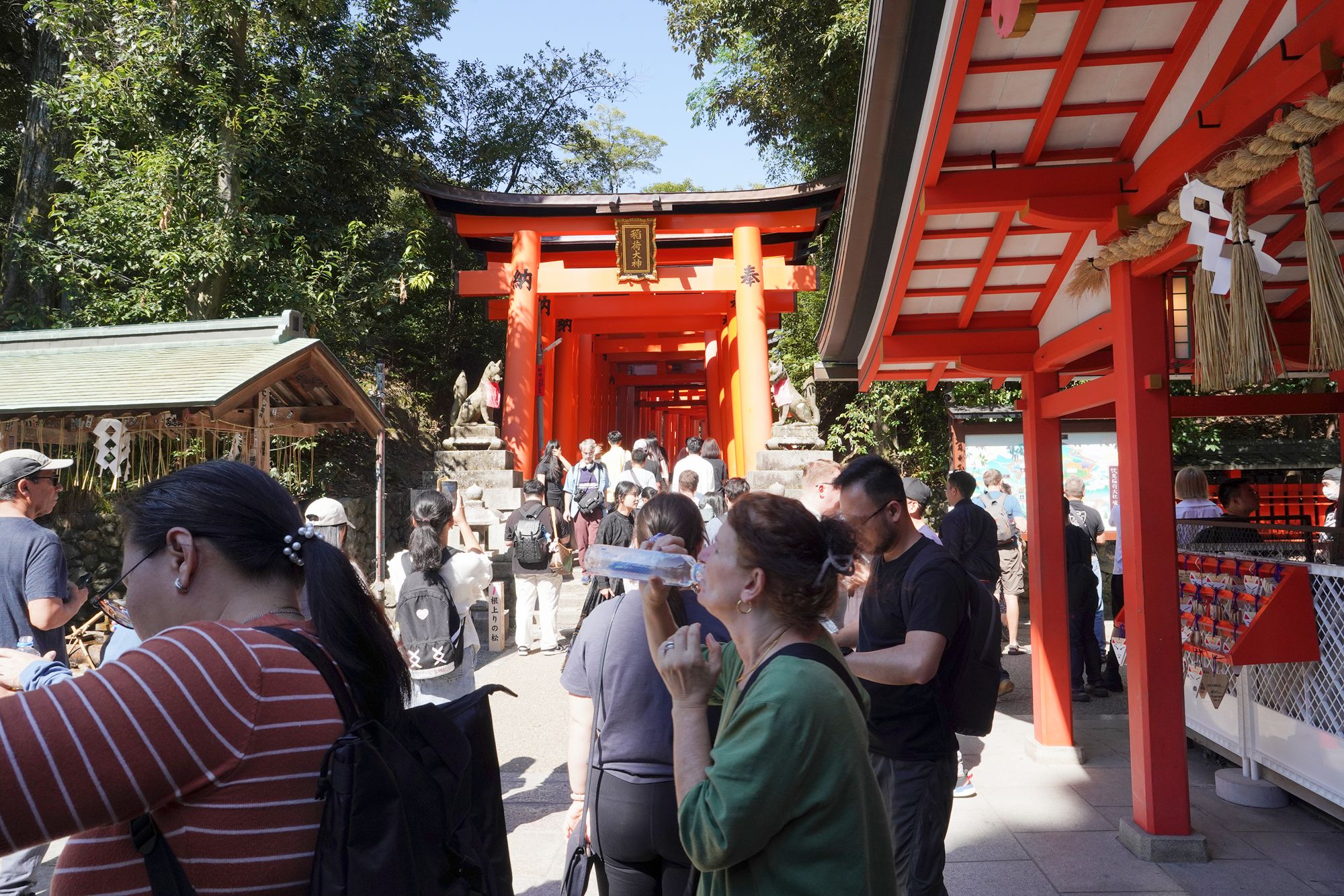
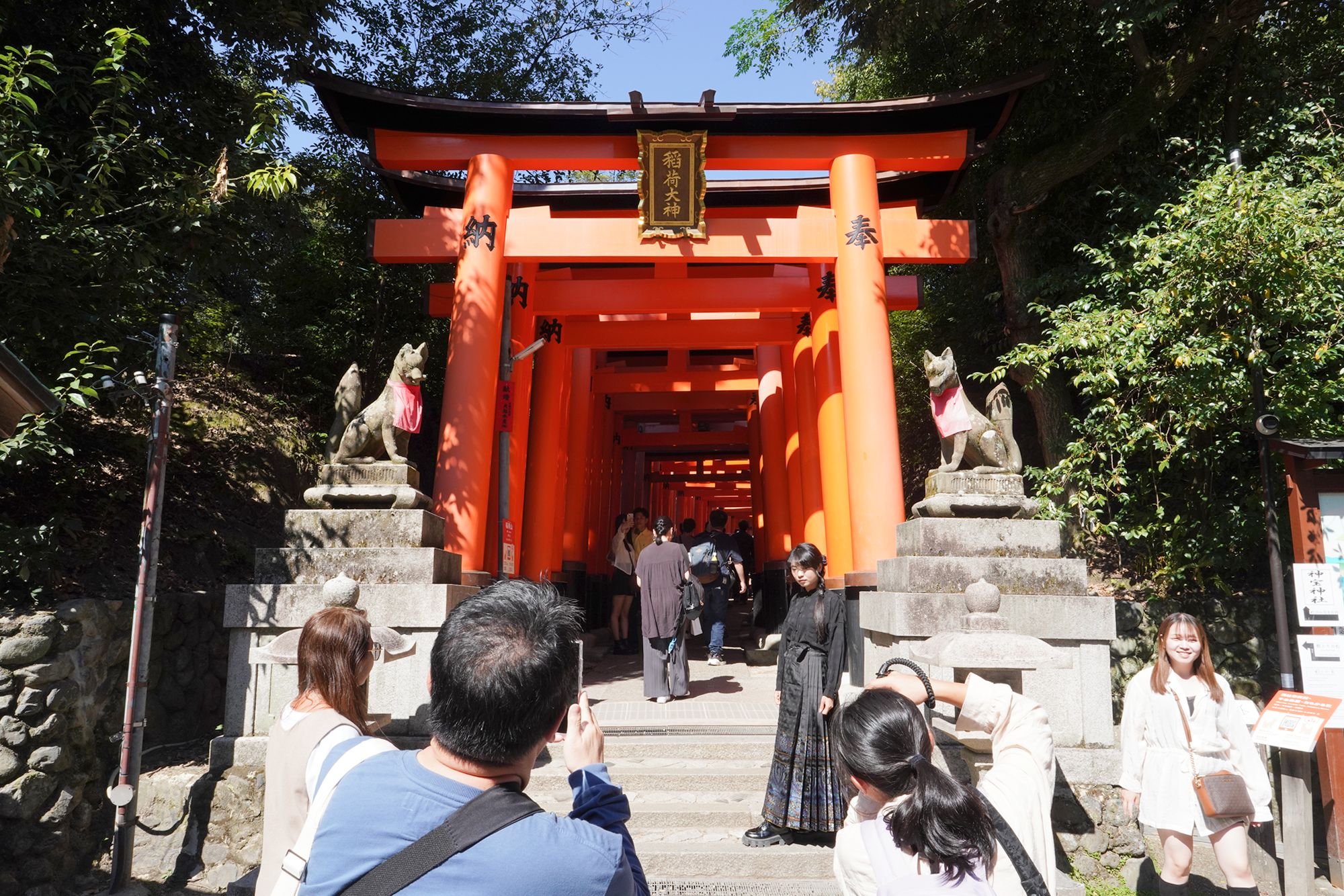
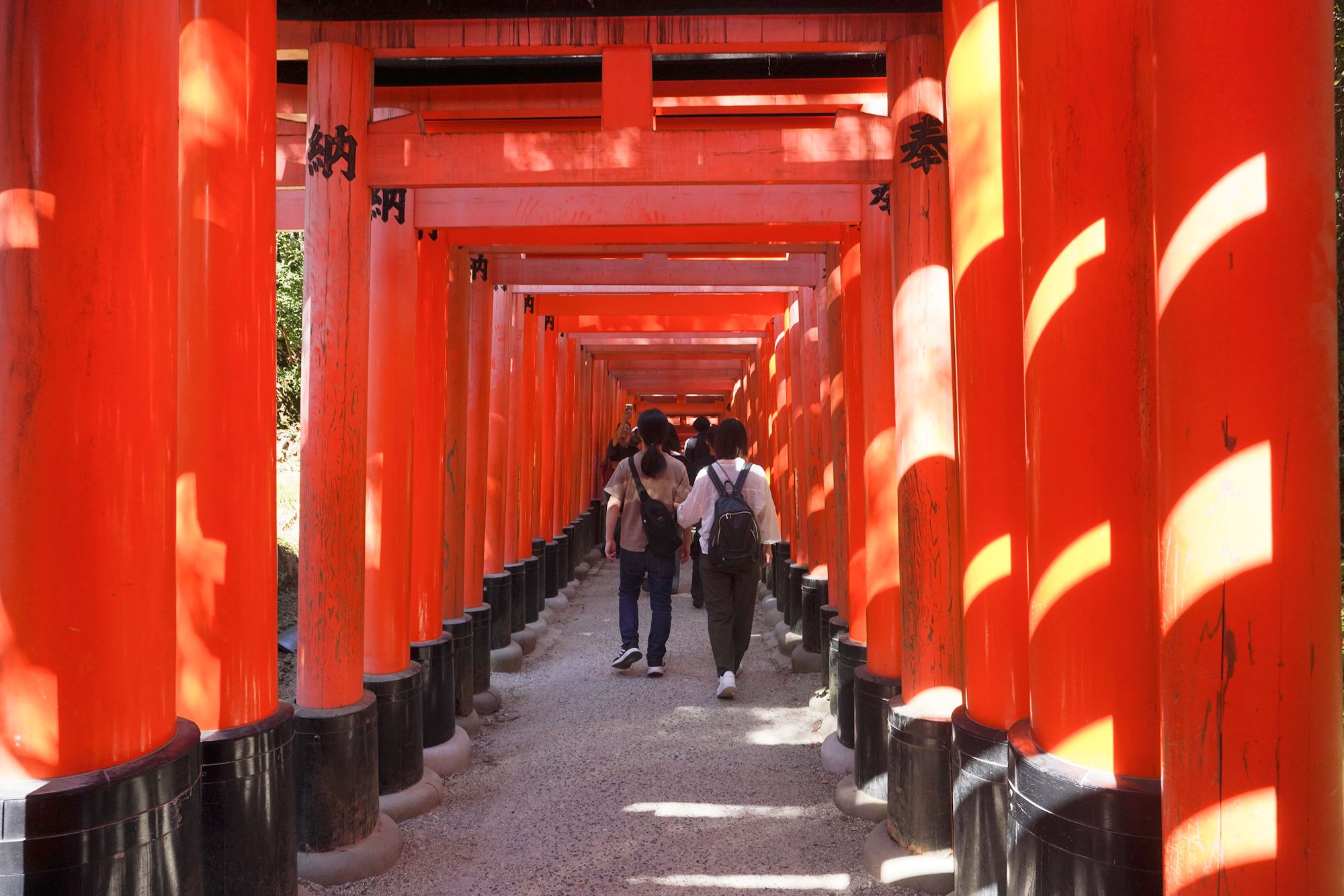
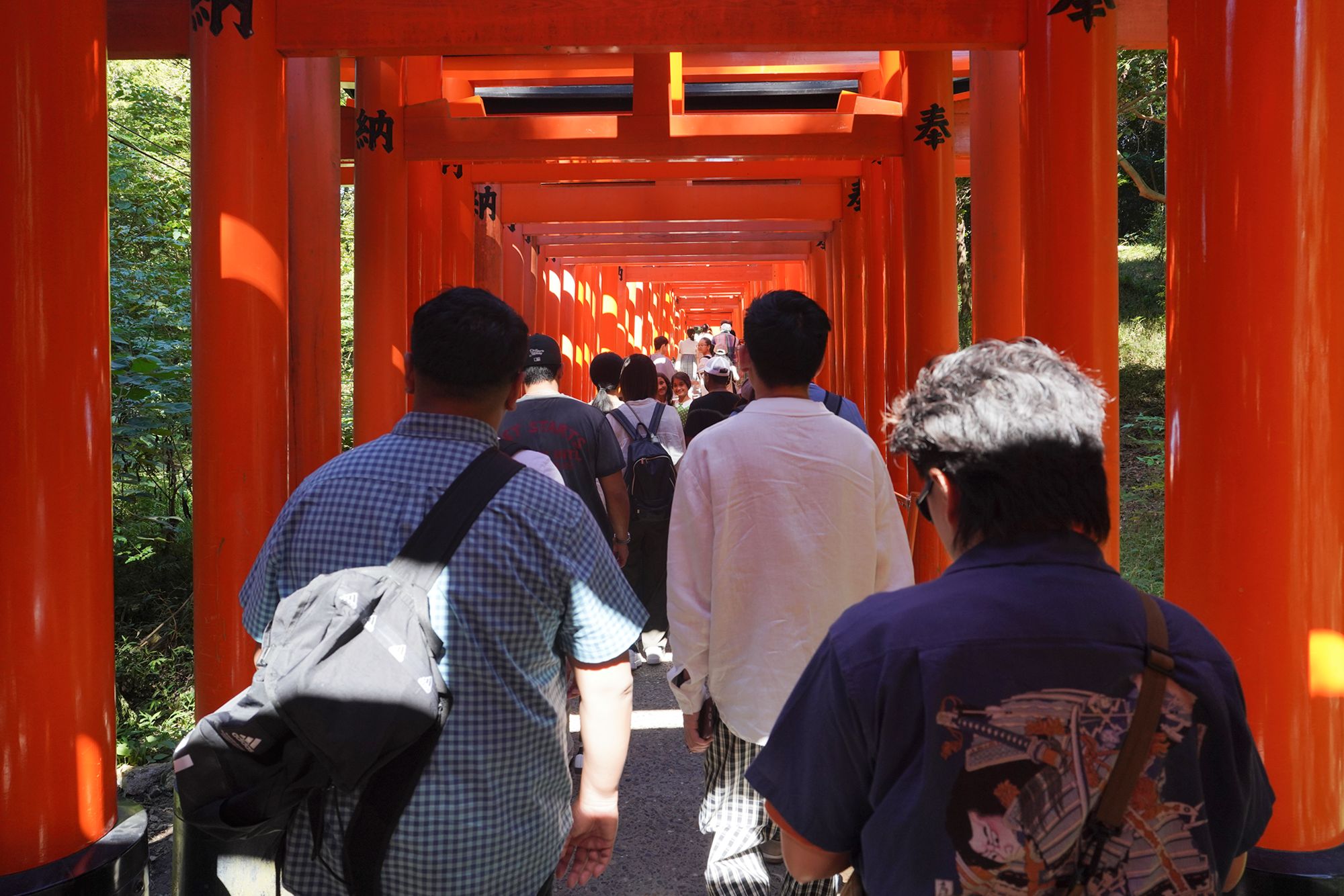
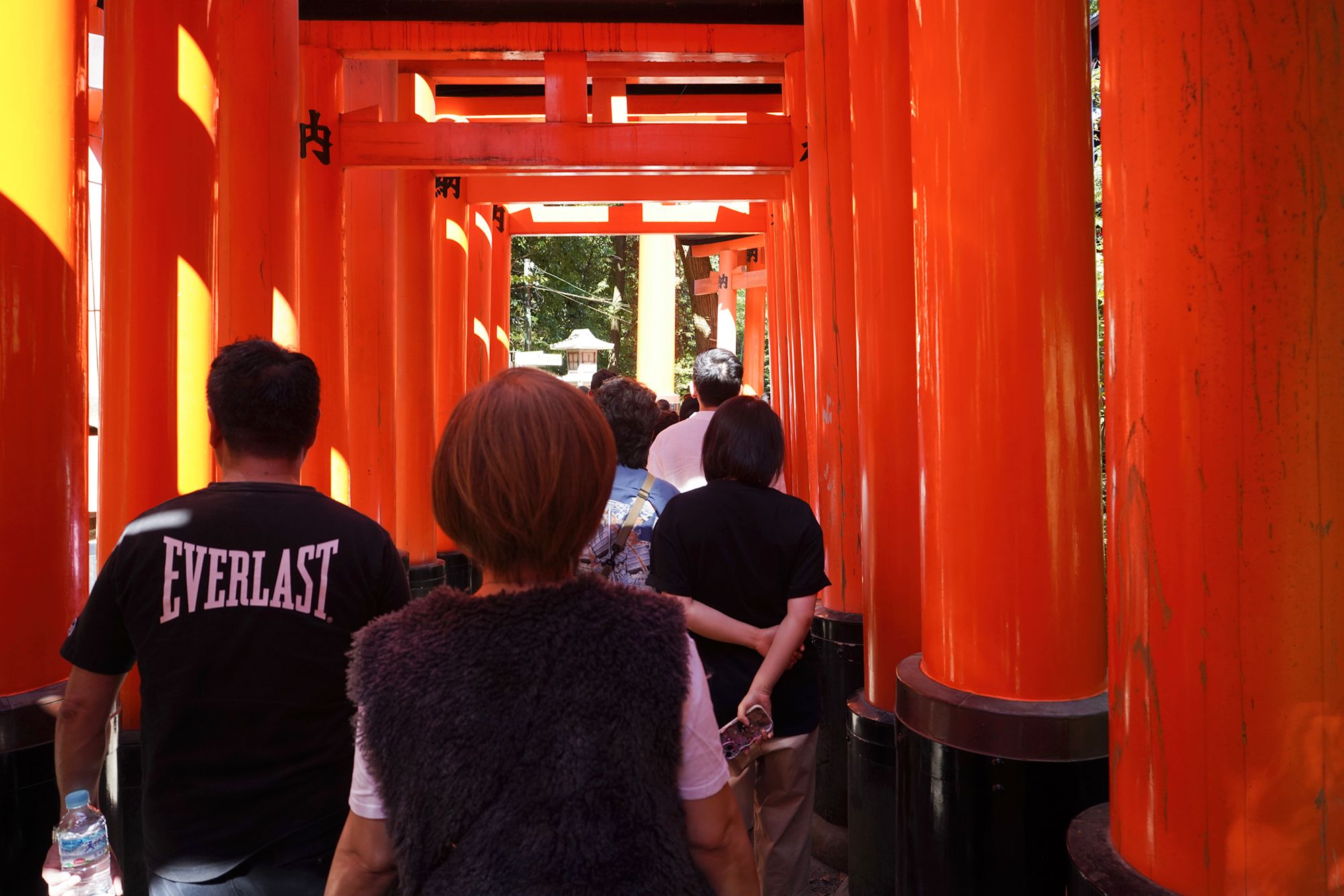
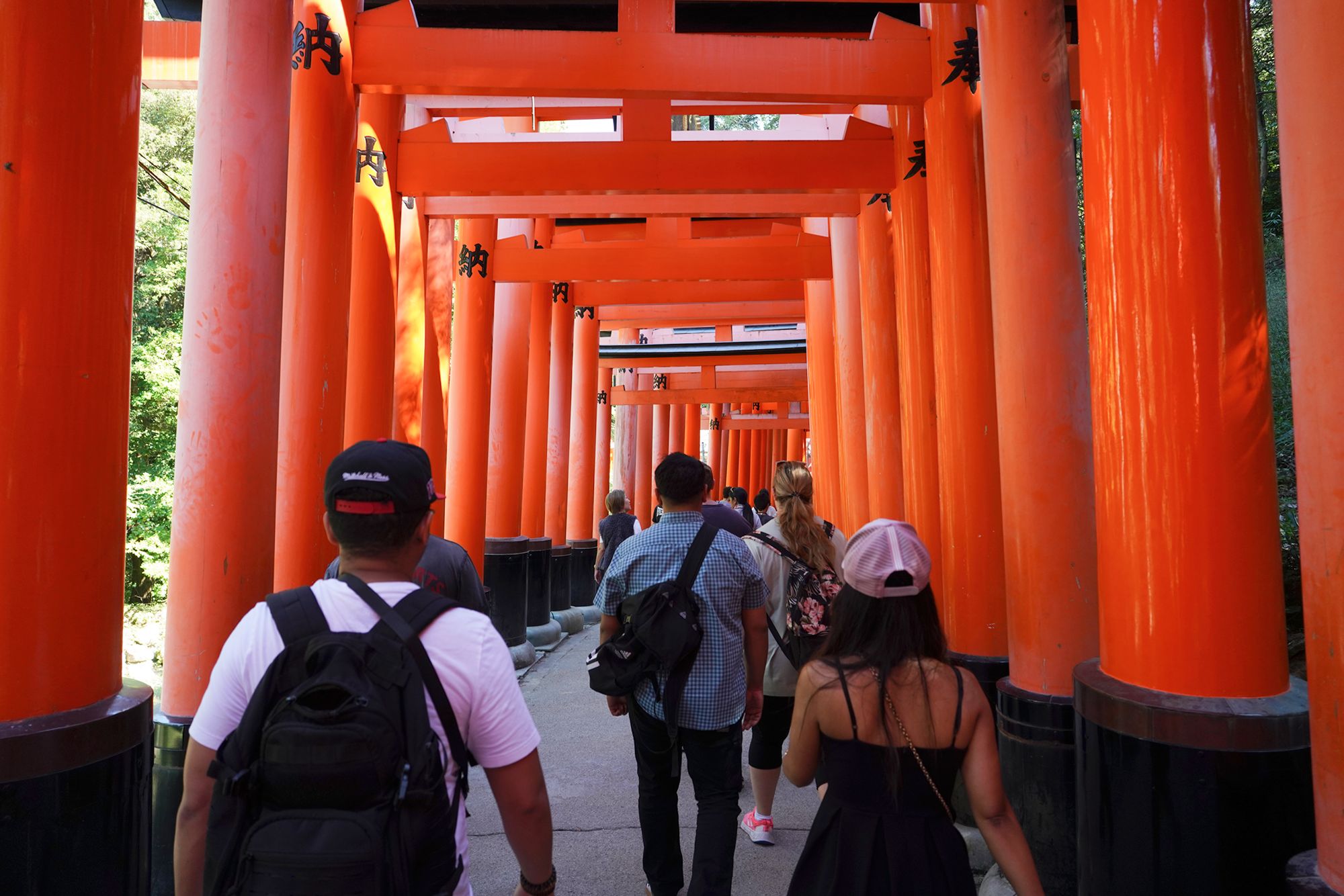
Another section without Torii gates appeared between the Torii gate segments.
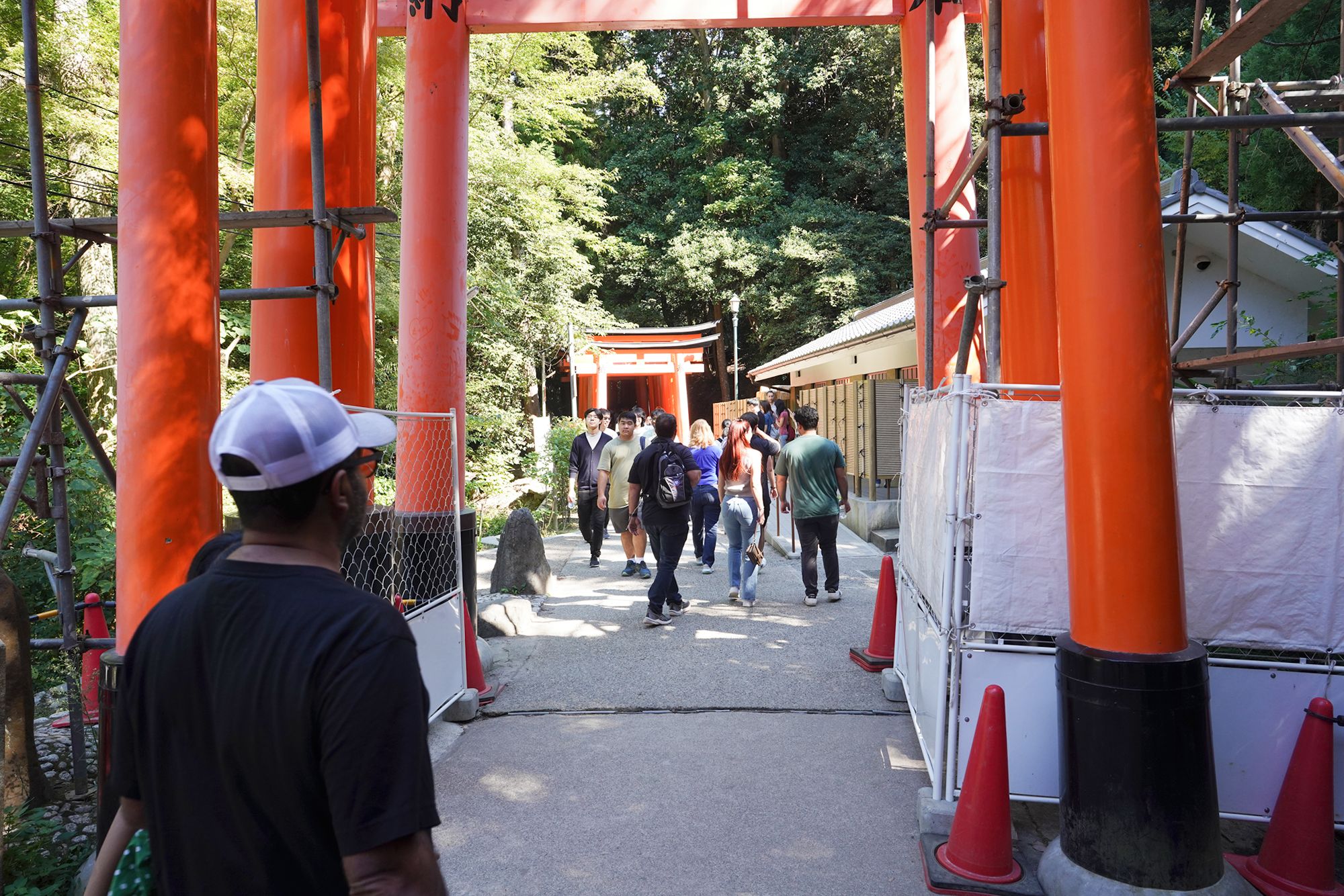
I turned around to view the path I had taken. I saw the Torii gates had inscriptions from this direction. I walked a short distance in this (opposite) direction while taking photos of the Torii gates from this direction.
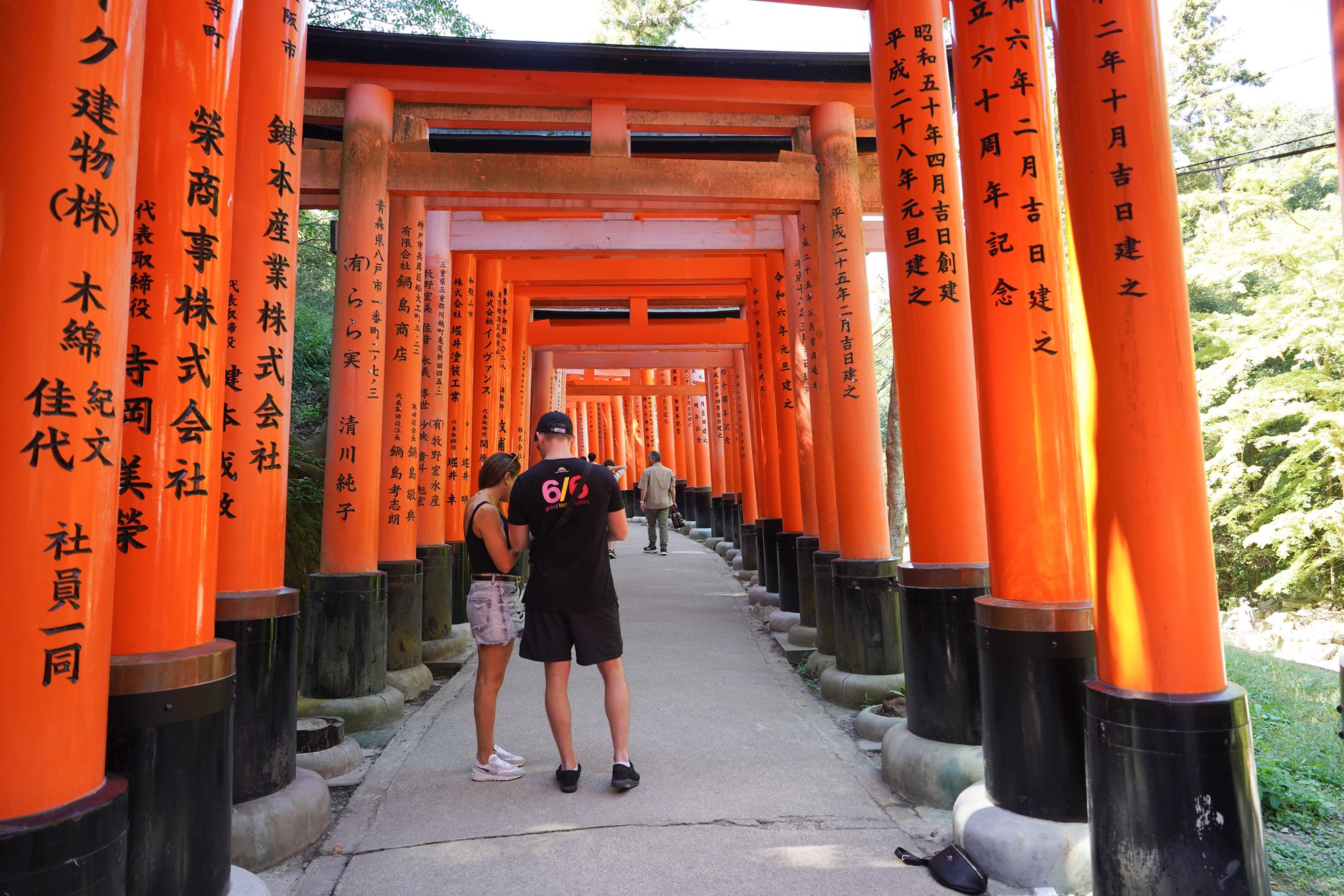
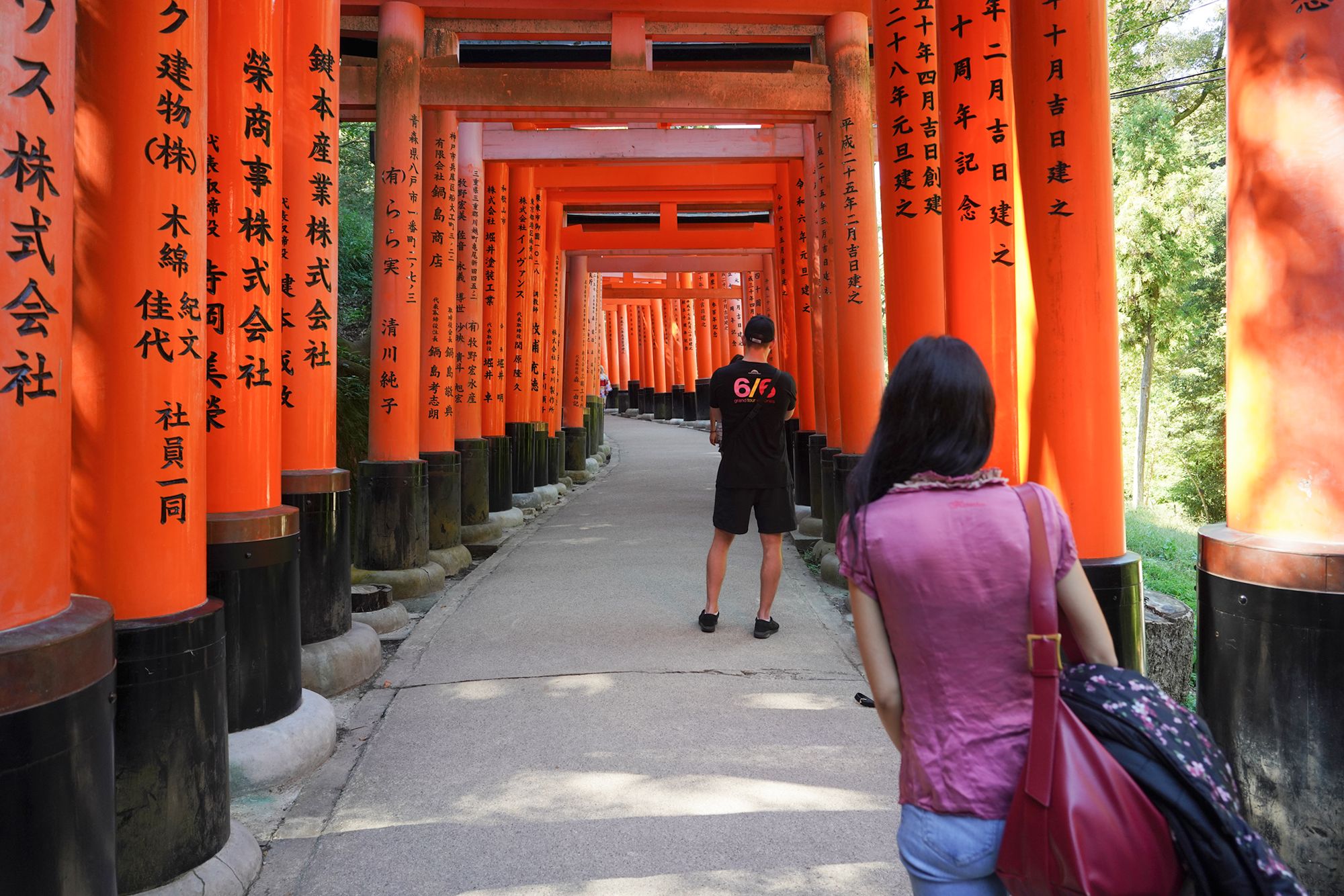
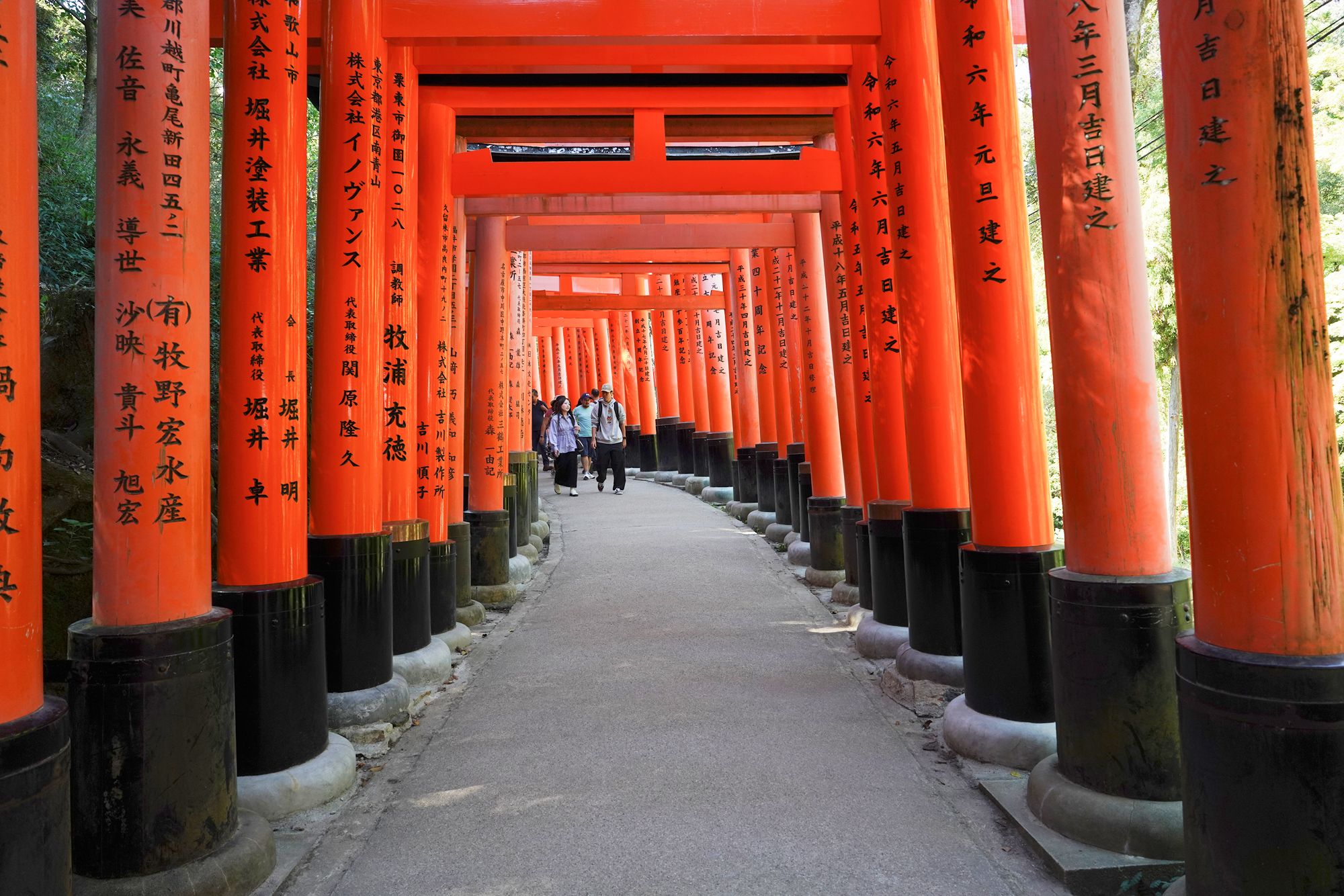
I then turned back around to continue moving forward through the Torii gates.
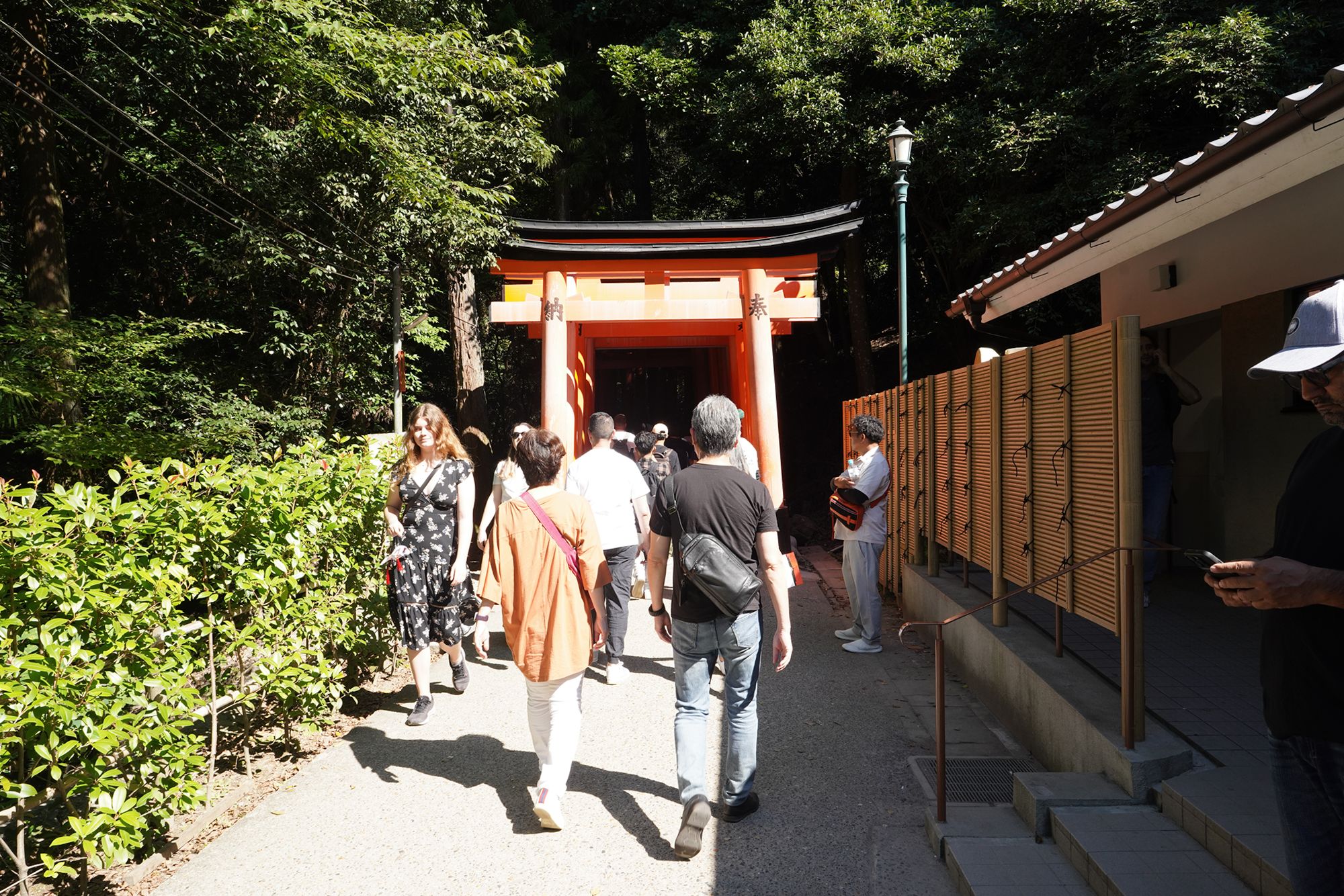
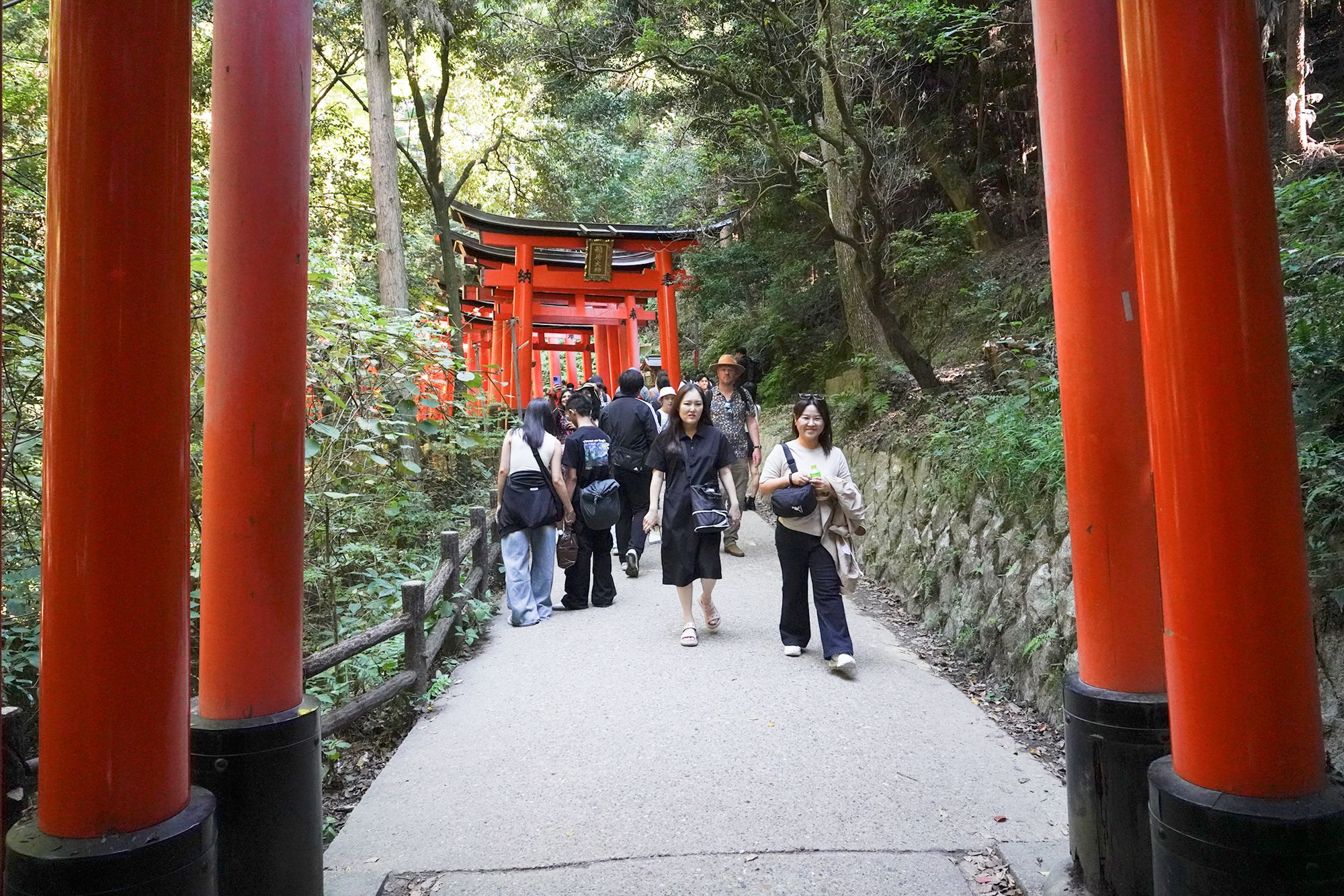
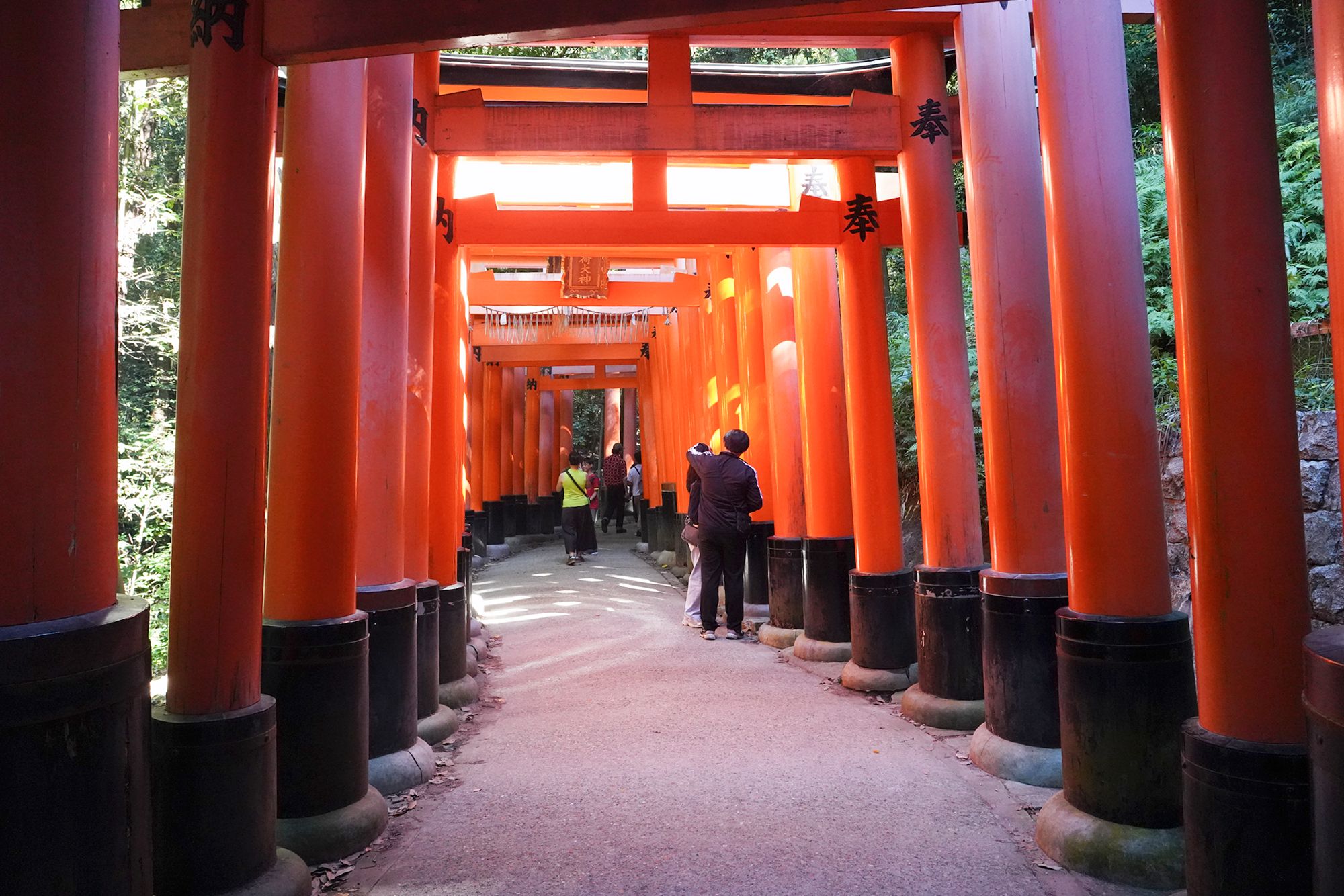
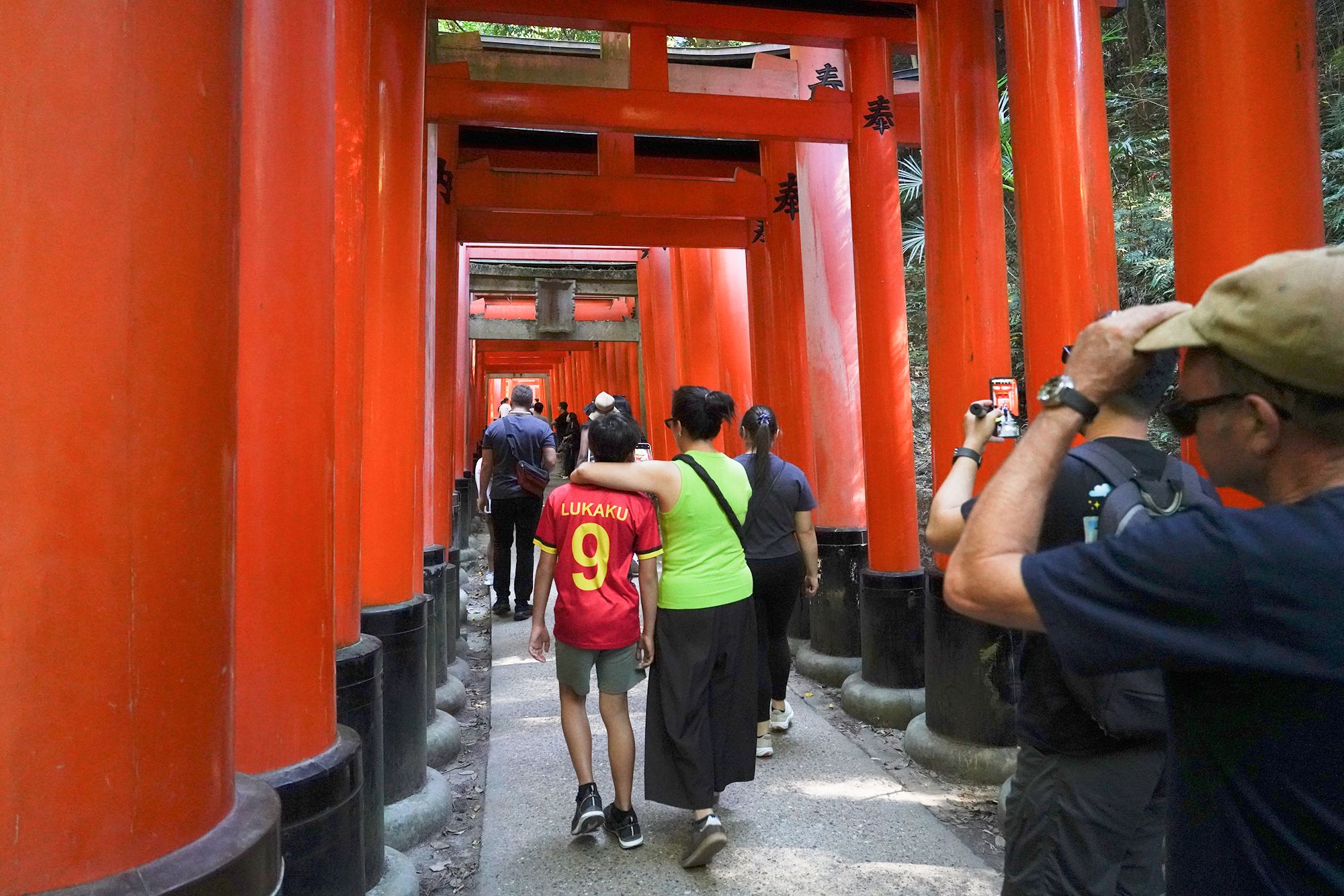
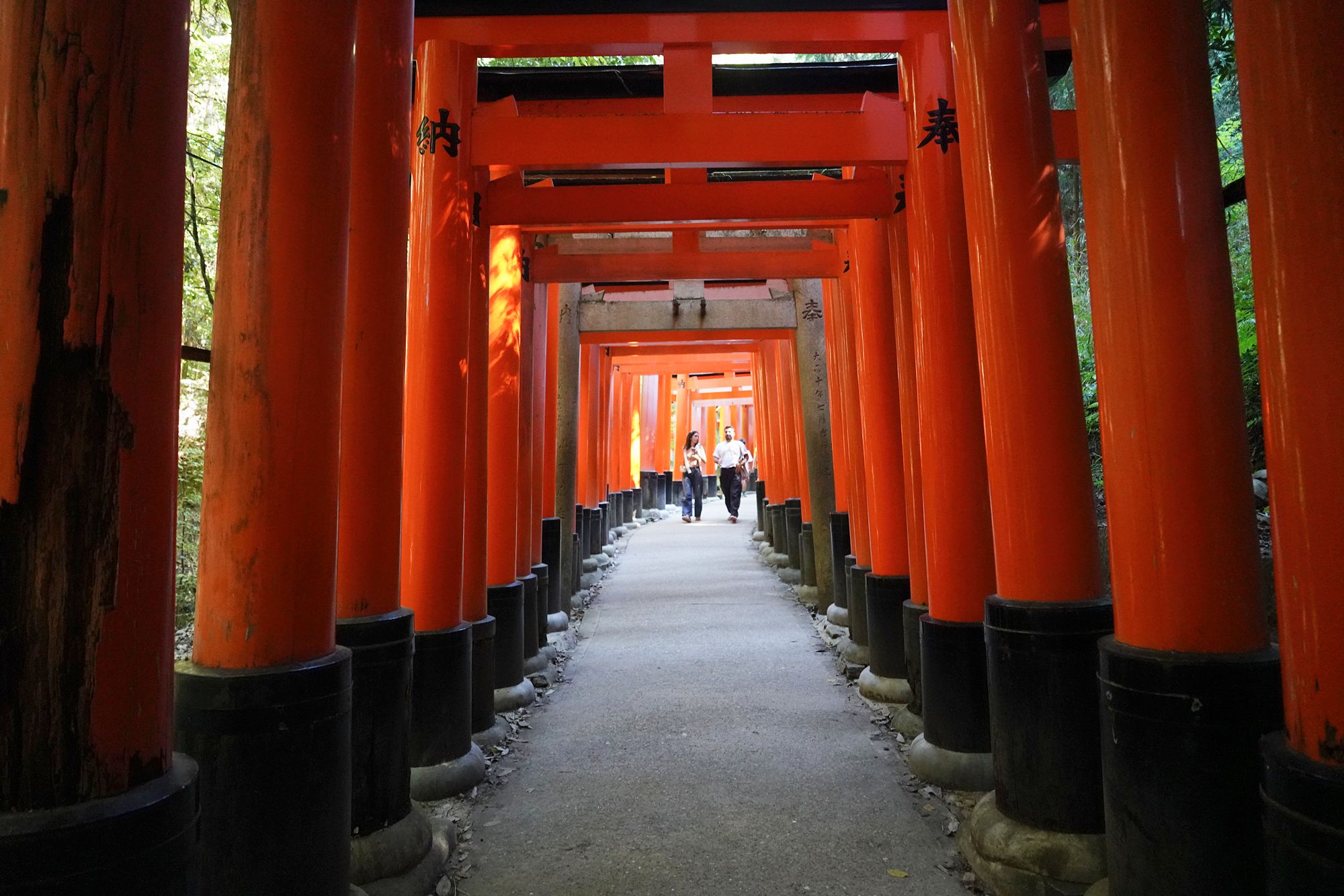
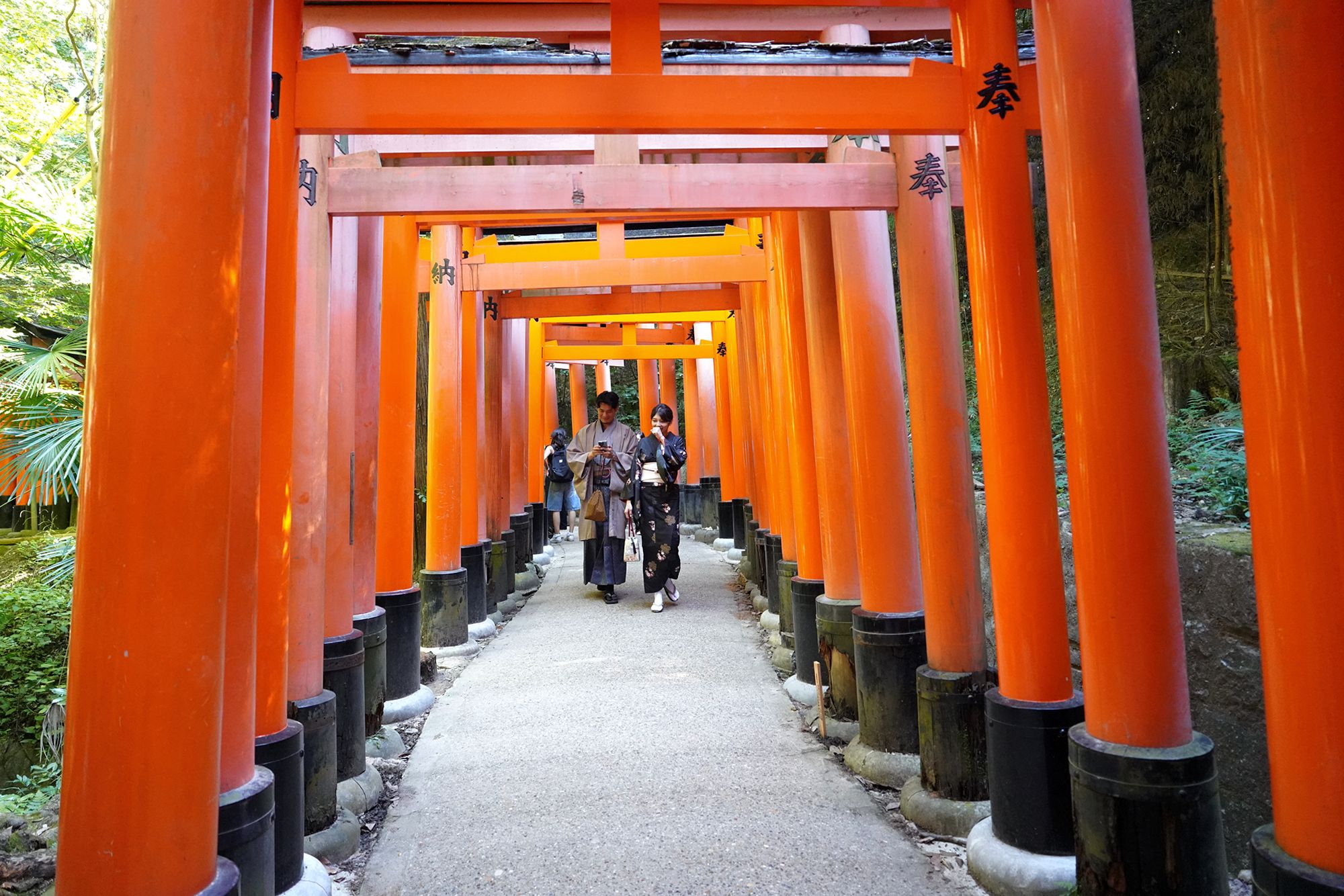
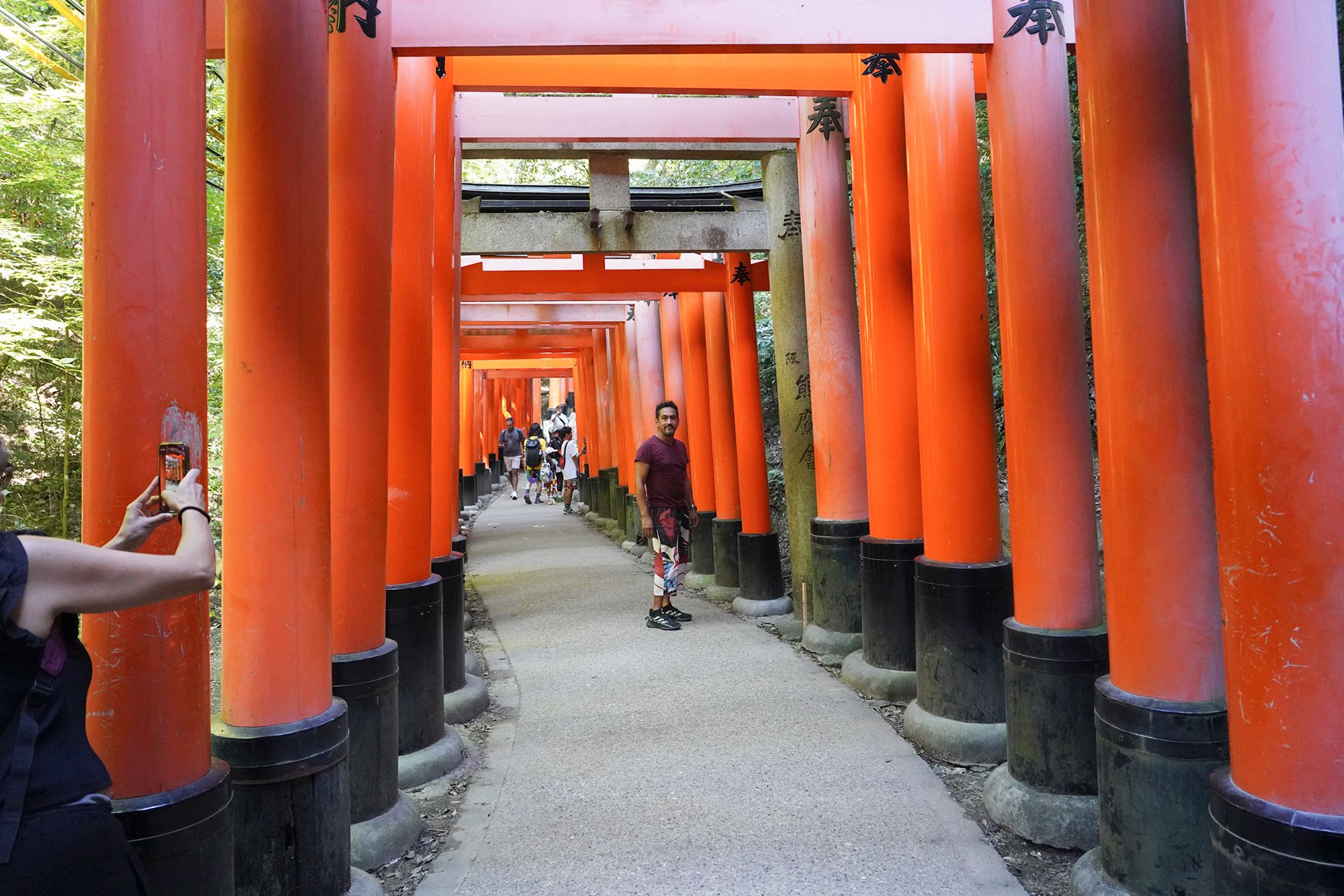
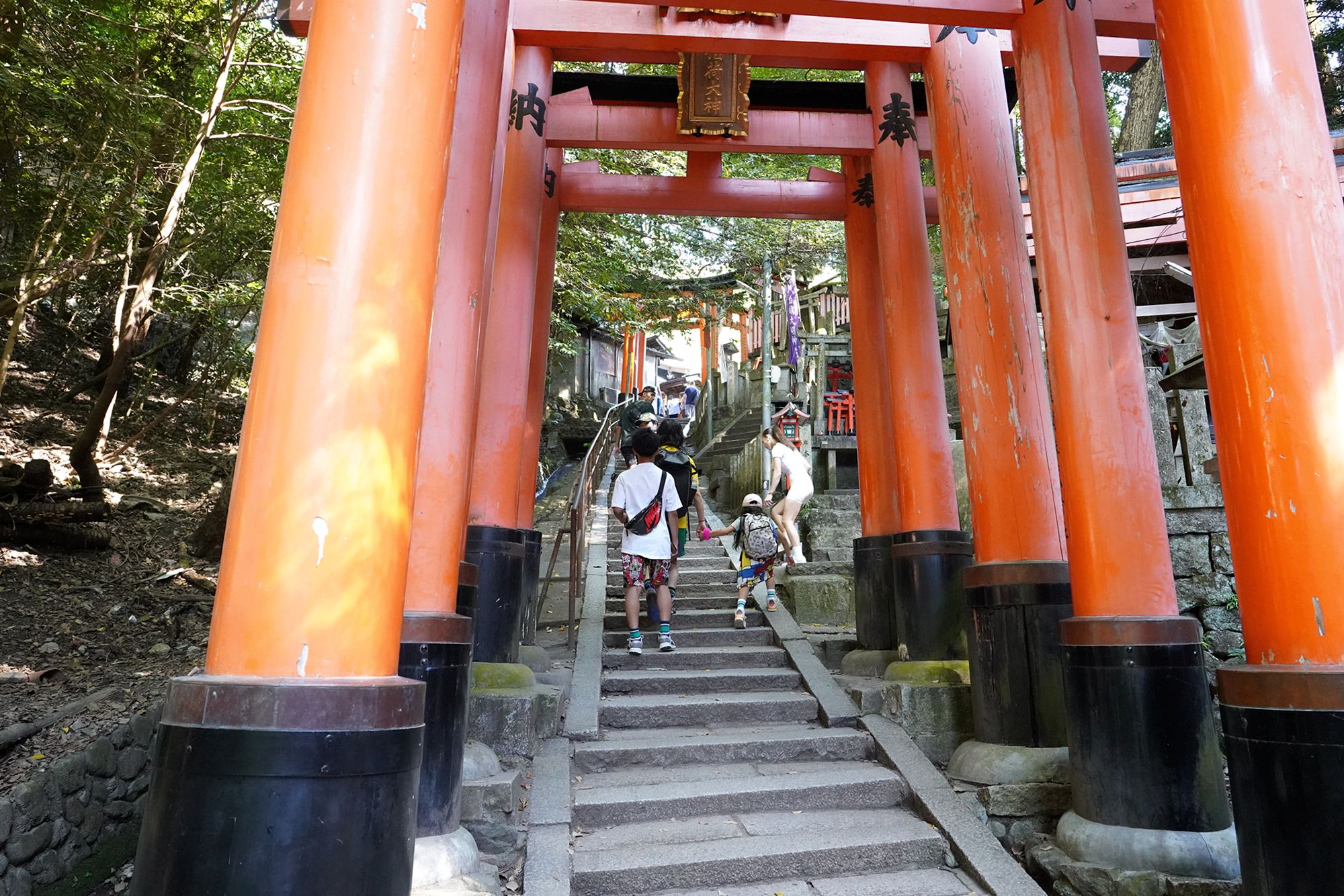
I then arrived at another area without Torii gates, featuring small temple buildings.
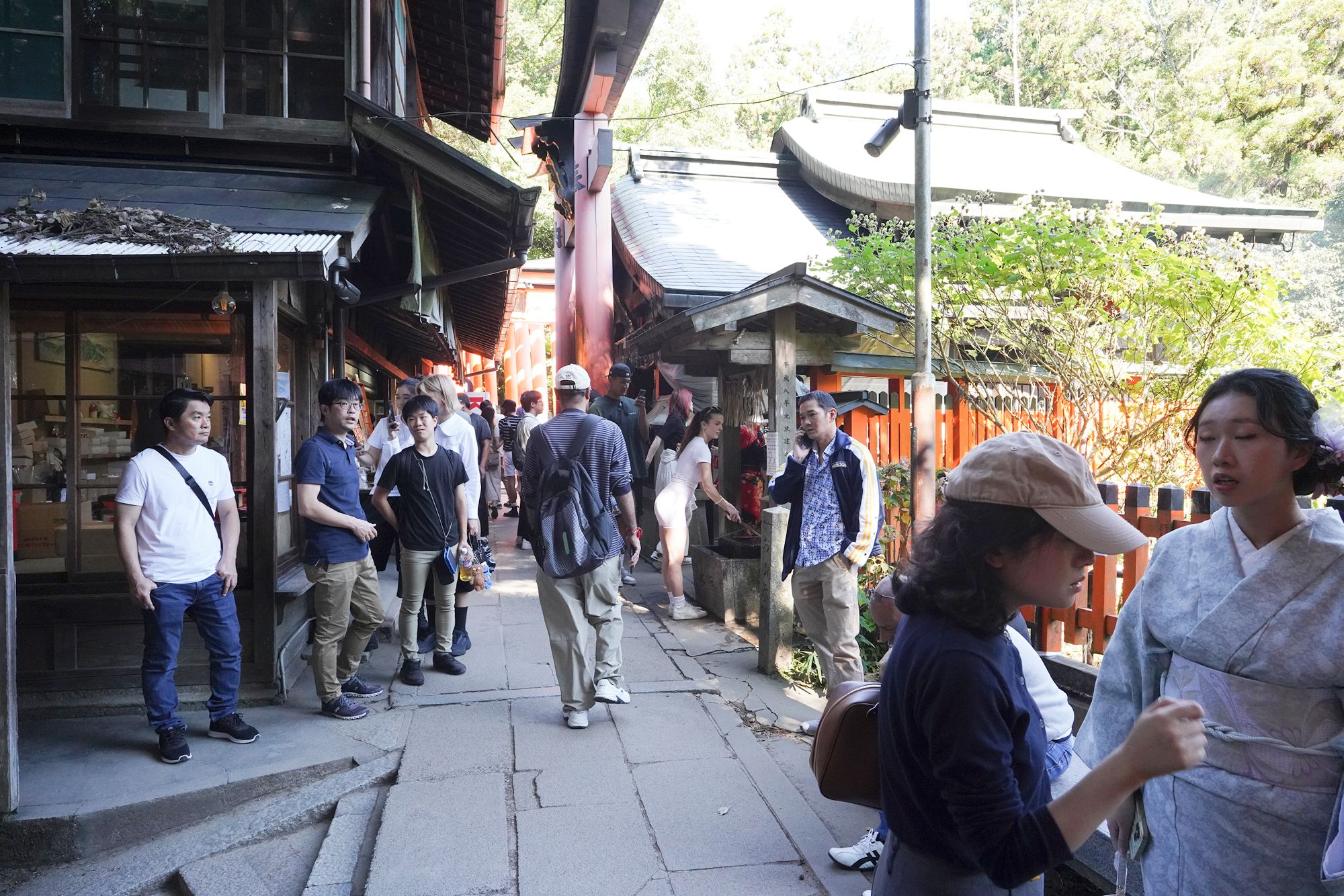
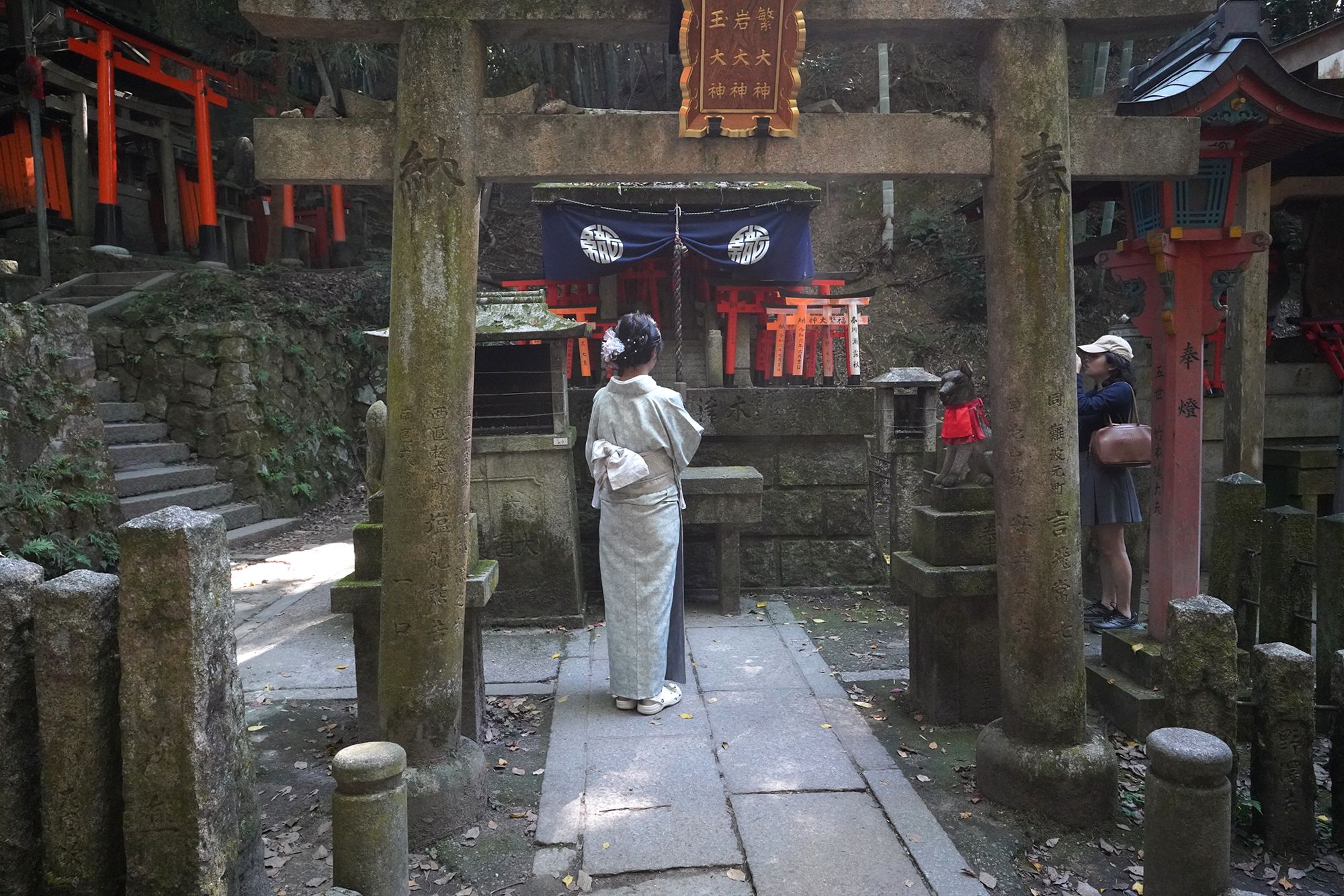
The Torii gates began again on the opposite side, but I learned that reaching the end from this point would require several hours of hiking. Deciding to stop here, I turned back and headed toward the shrine’s entrance.
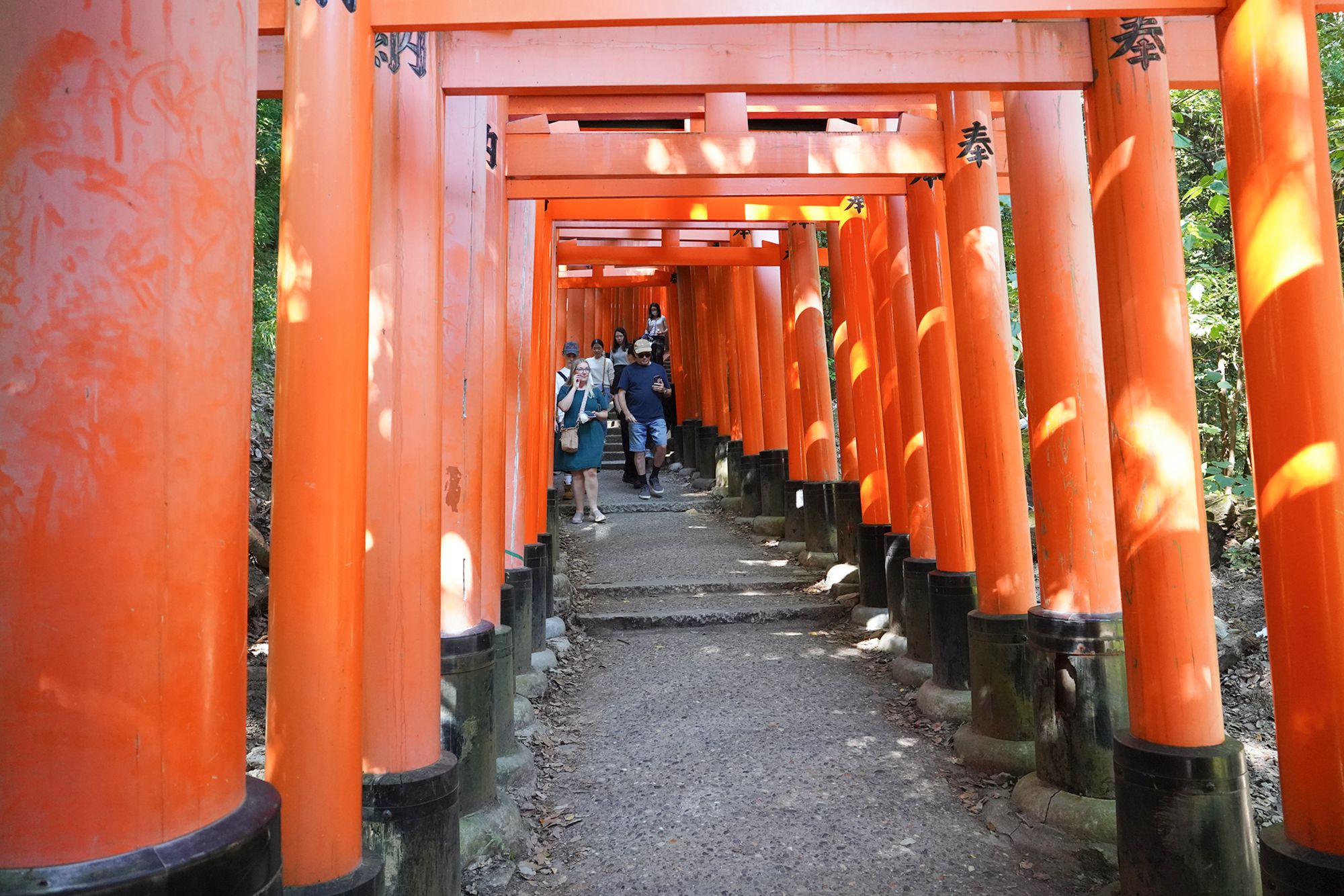
Going back to the main shrine area
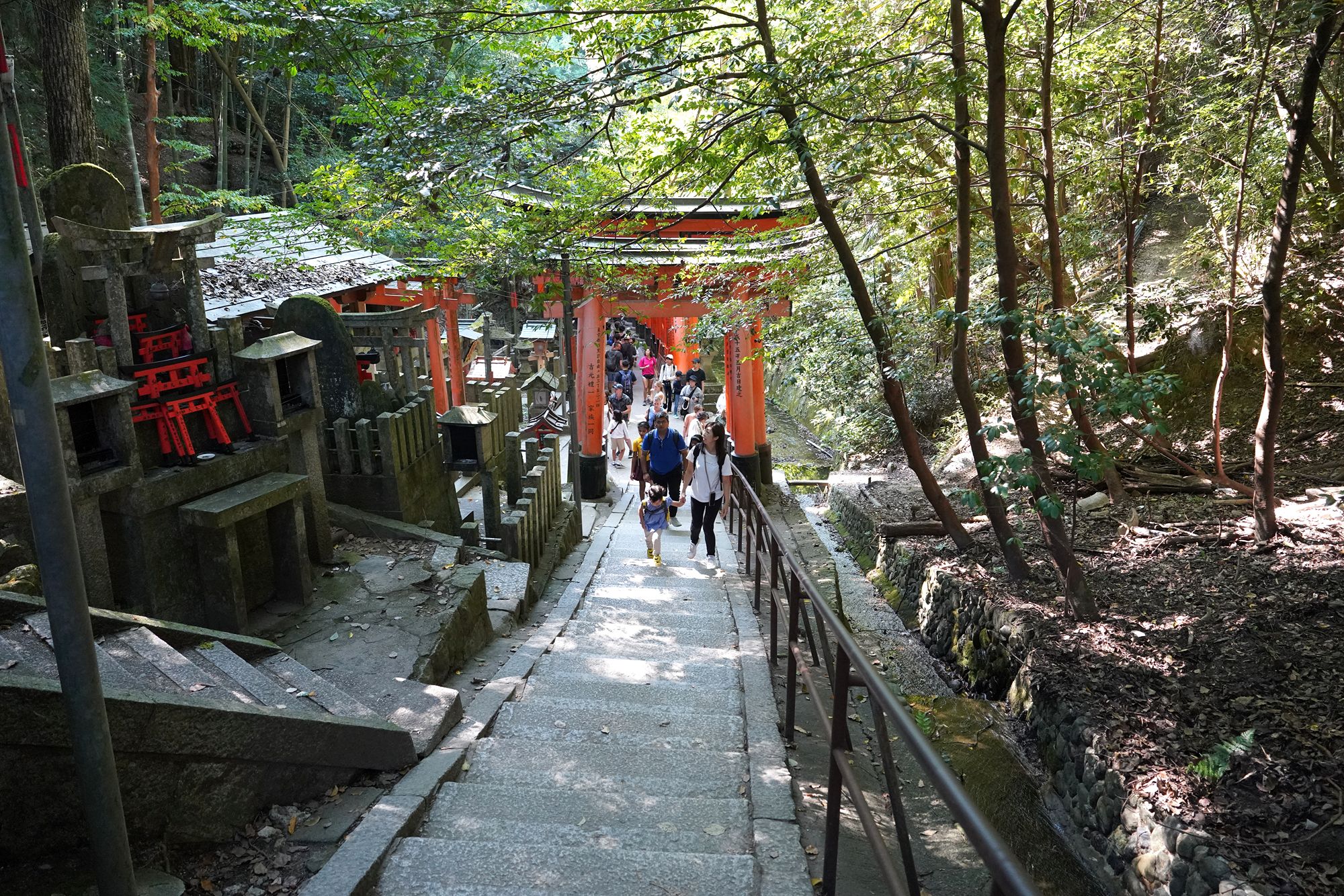
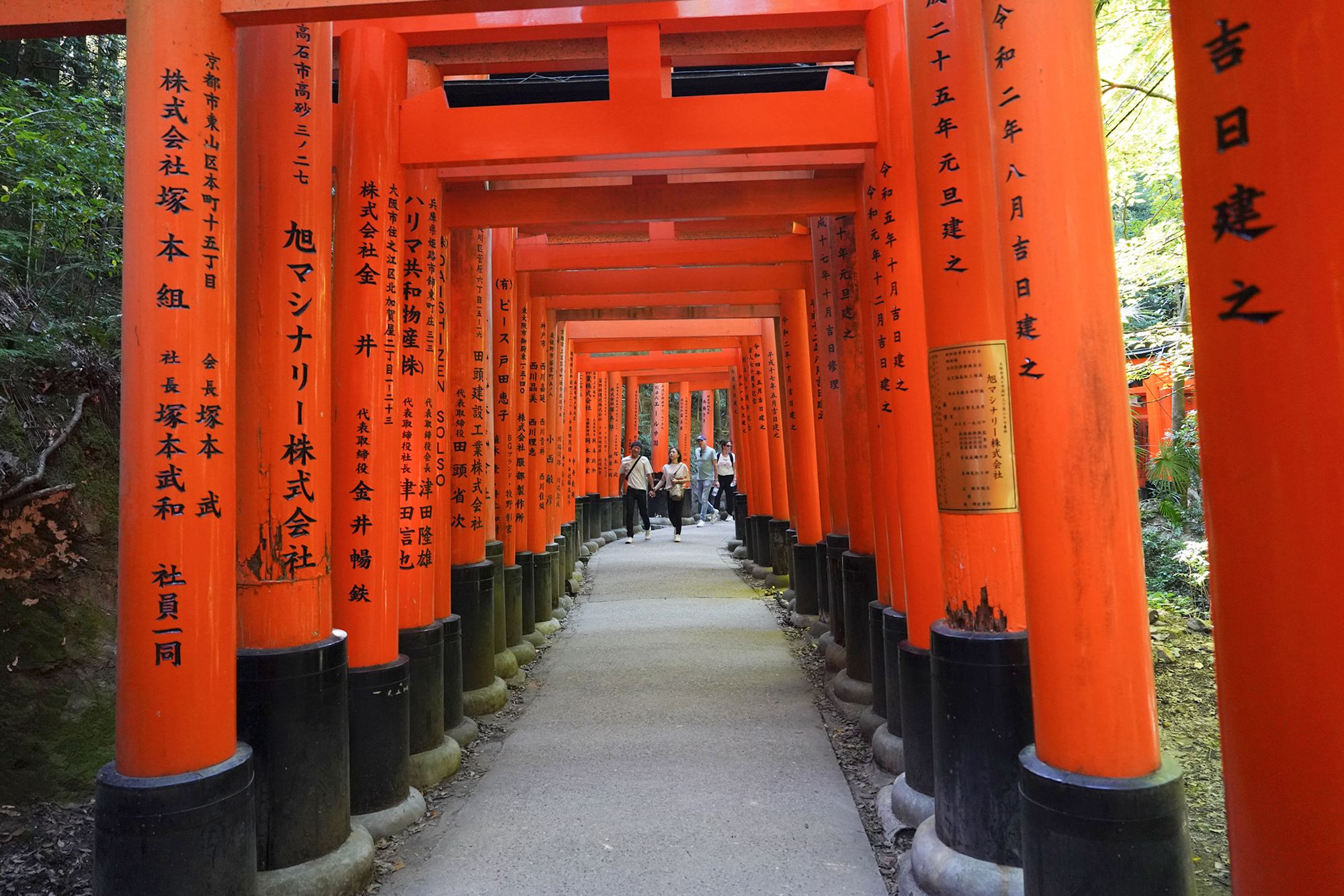
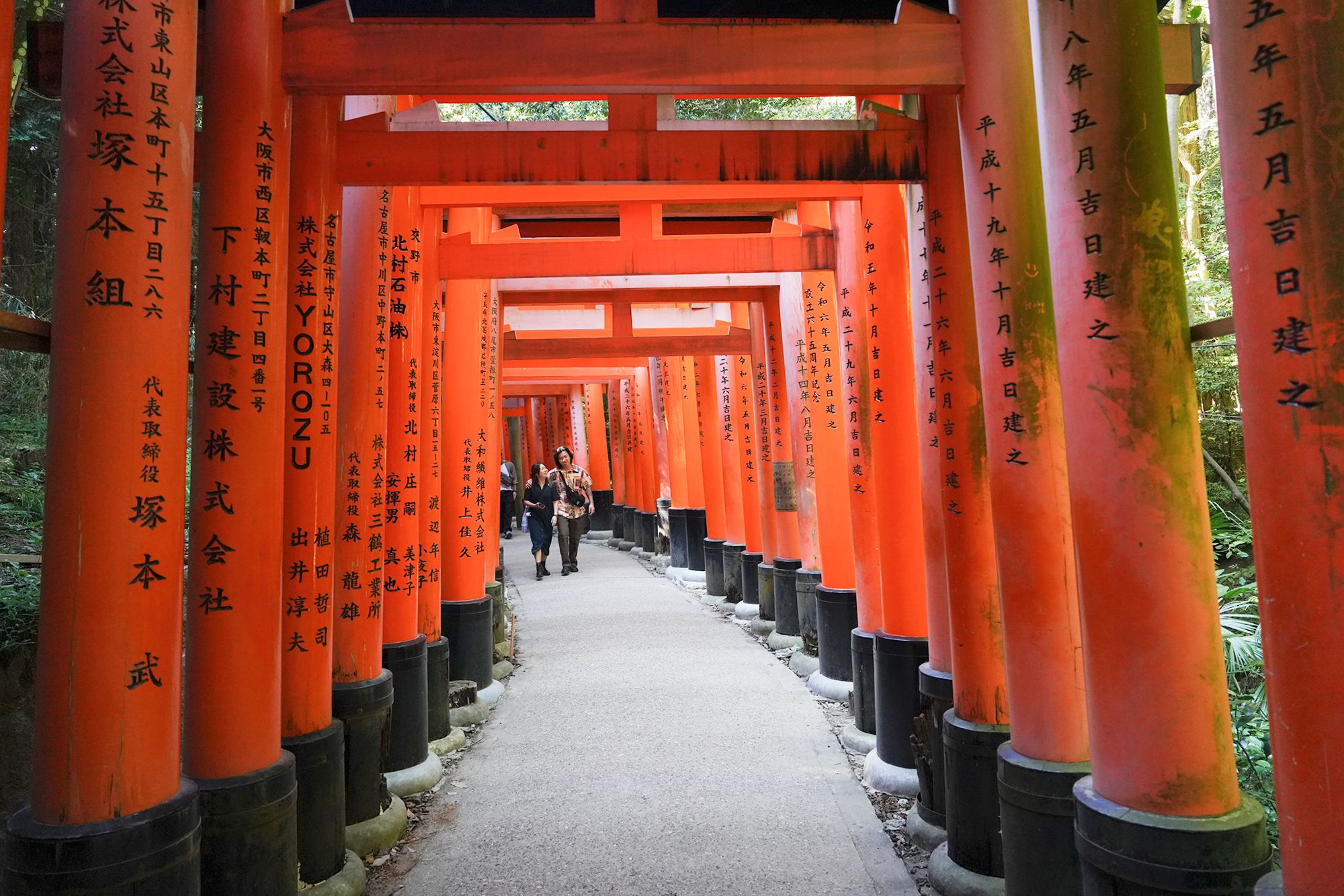
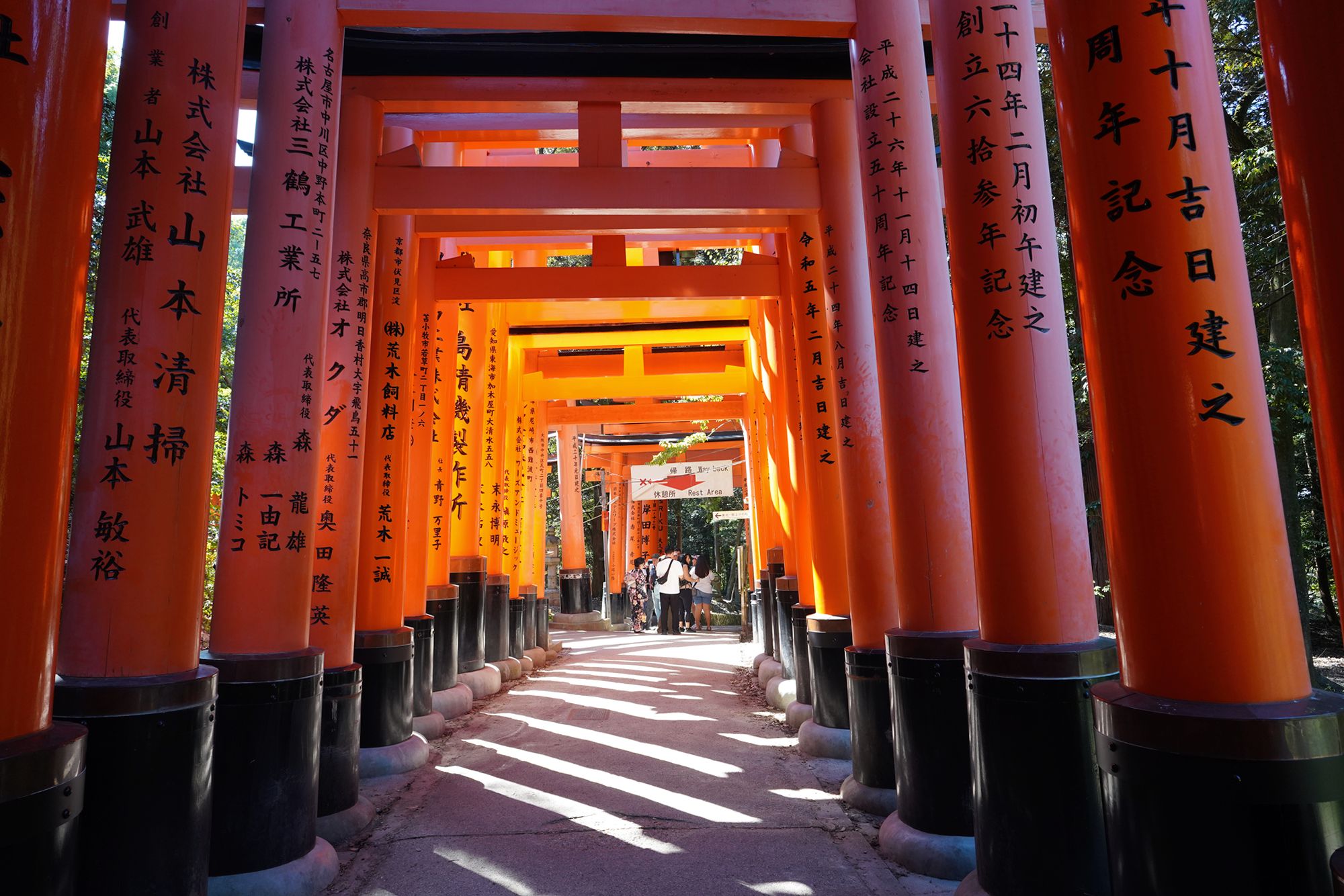
Instead of continuing through the Torii gates, there was an alternate passage leading to the main temple area.
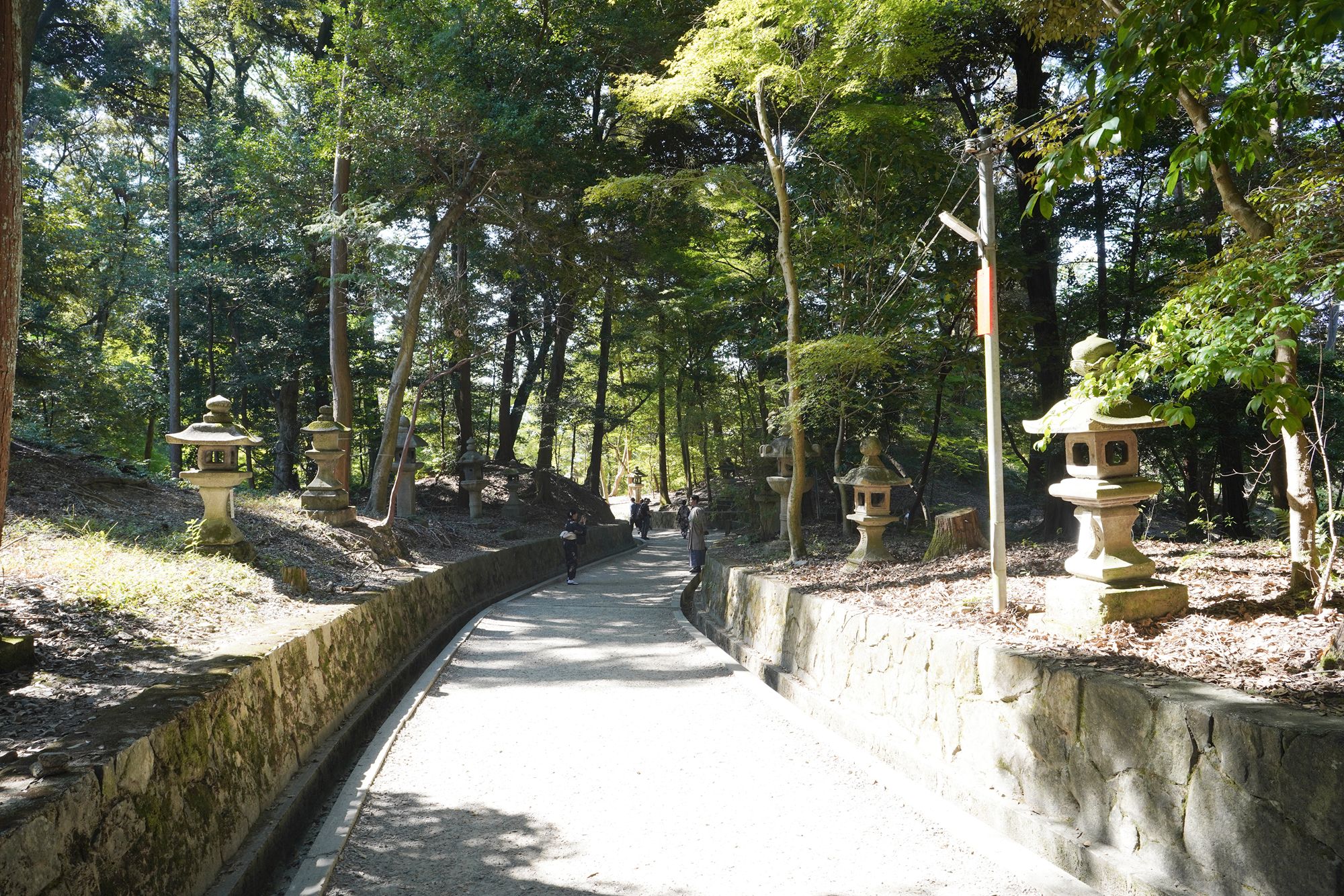
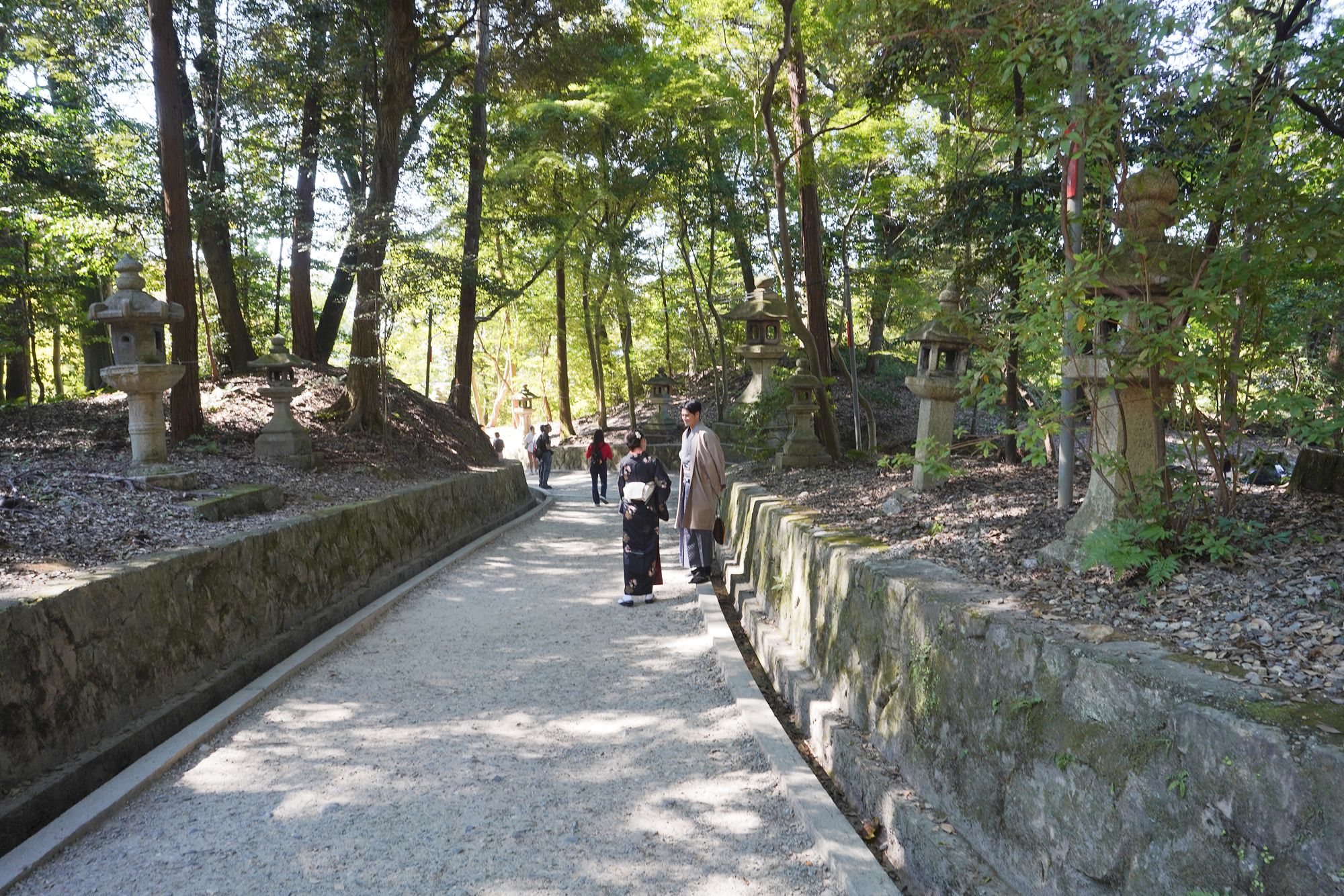
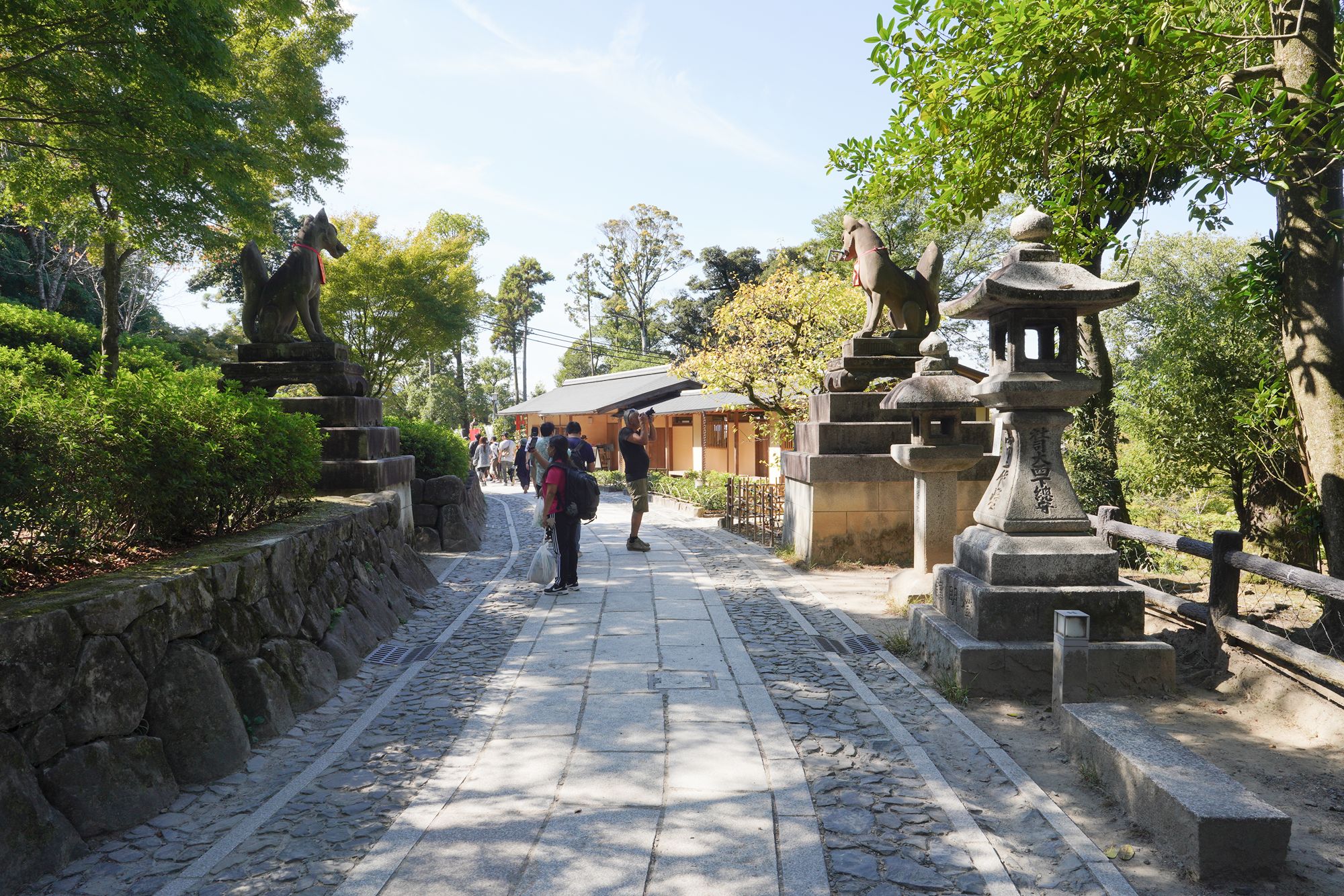
Came back to the main temple area
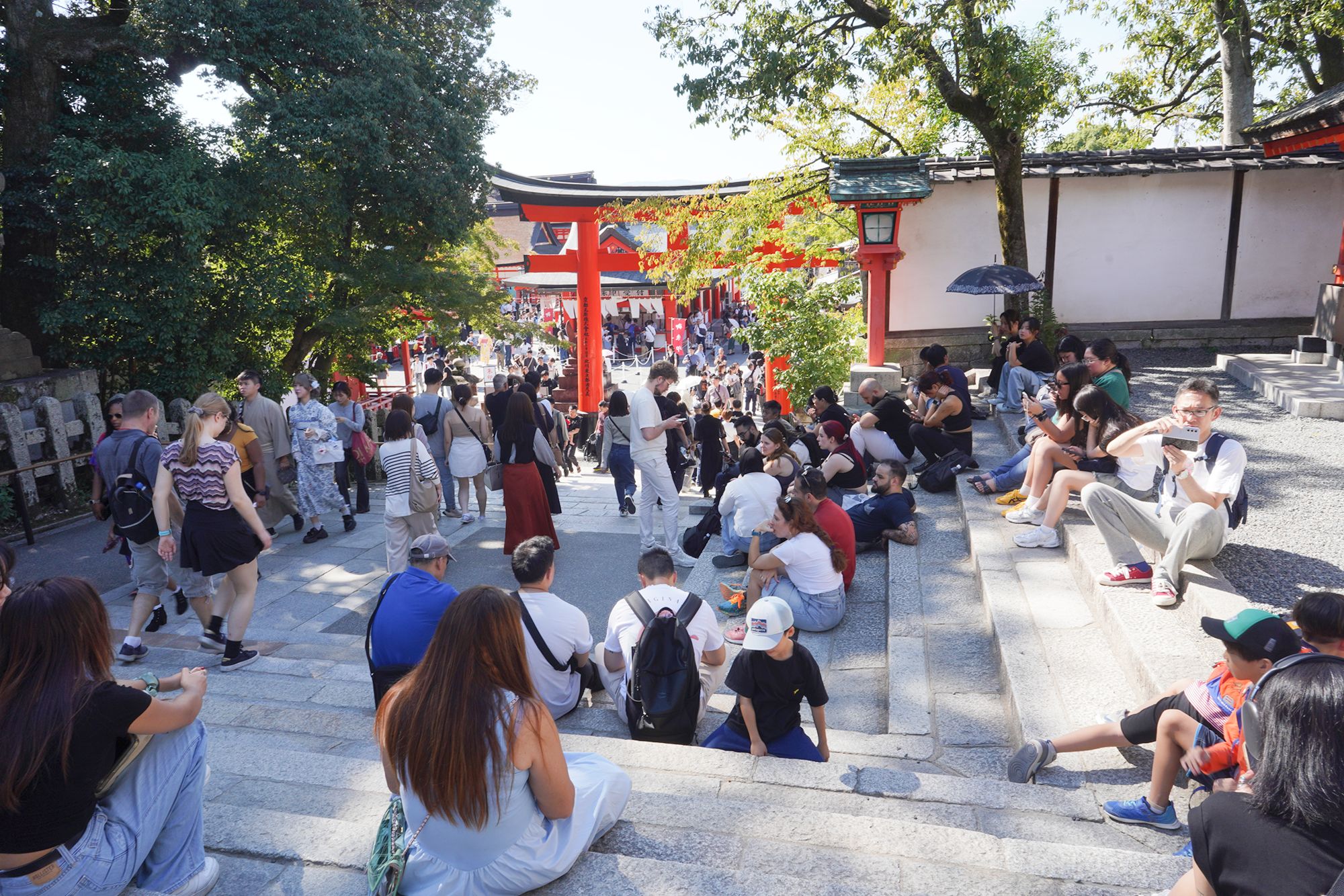
Leaving the shrine
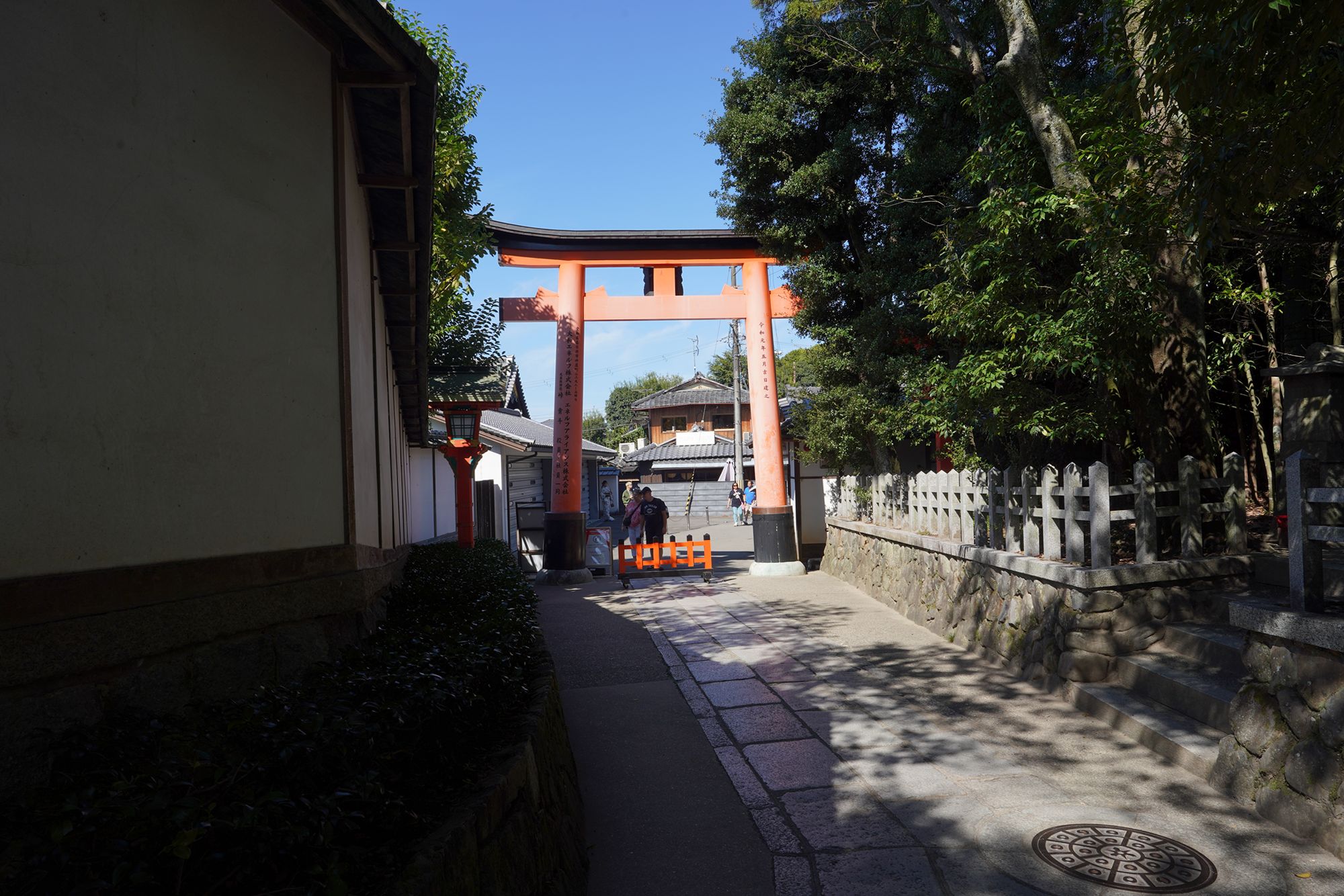
Tōfuku-ji Temple was nearby, so I decided to walk there.
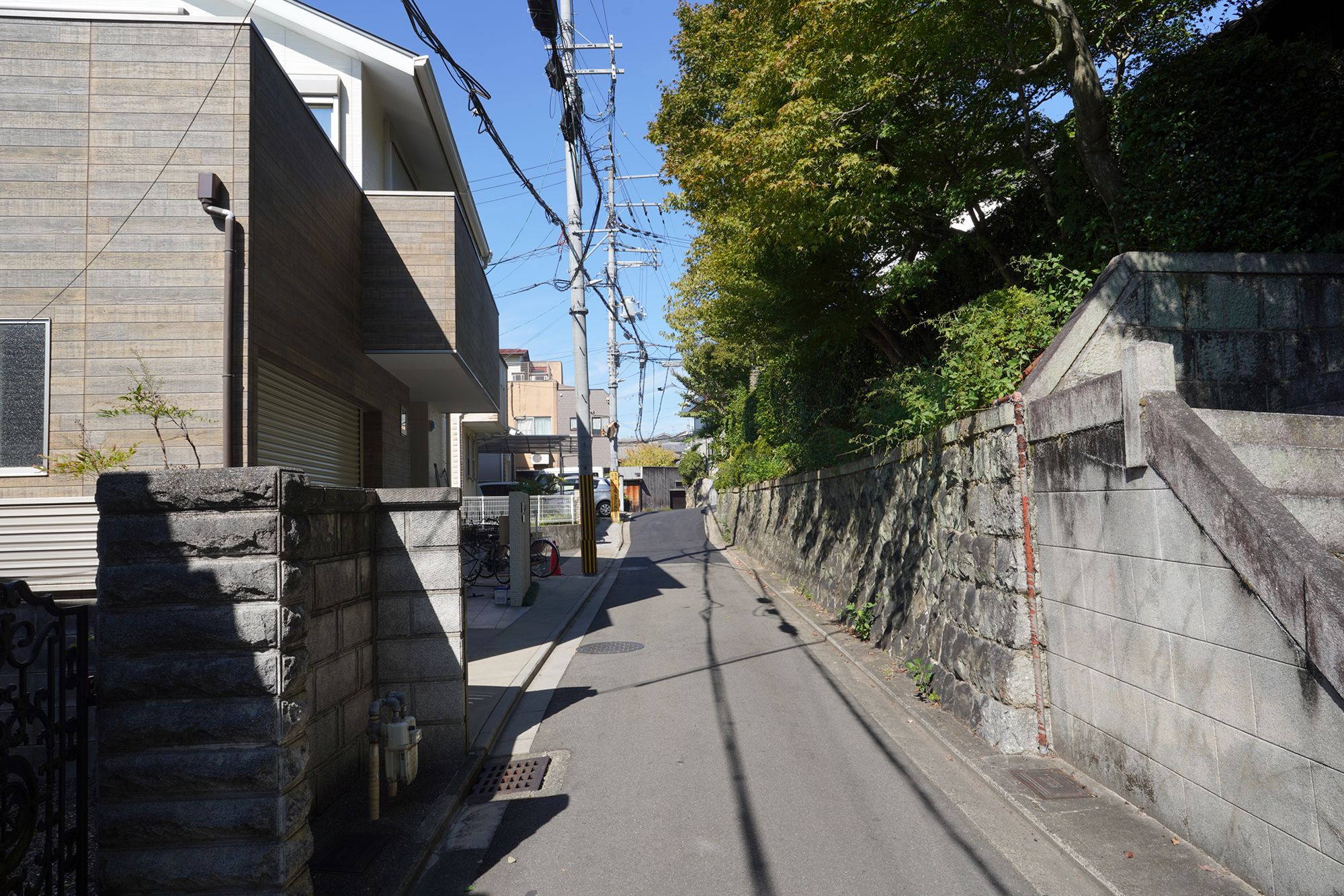
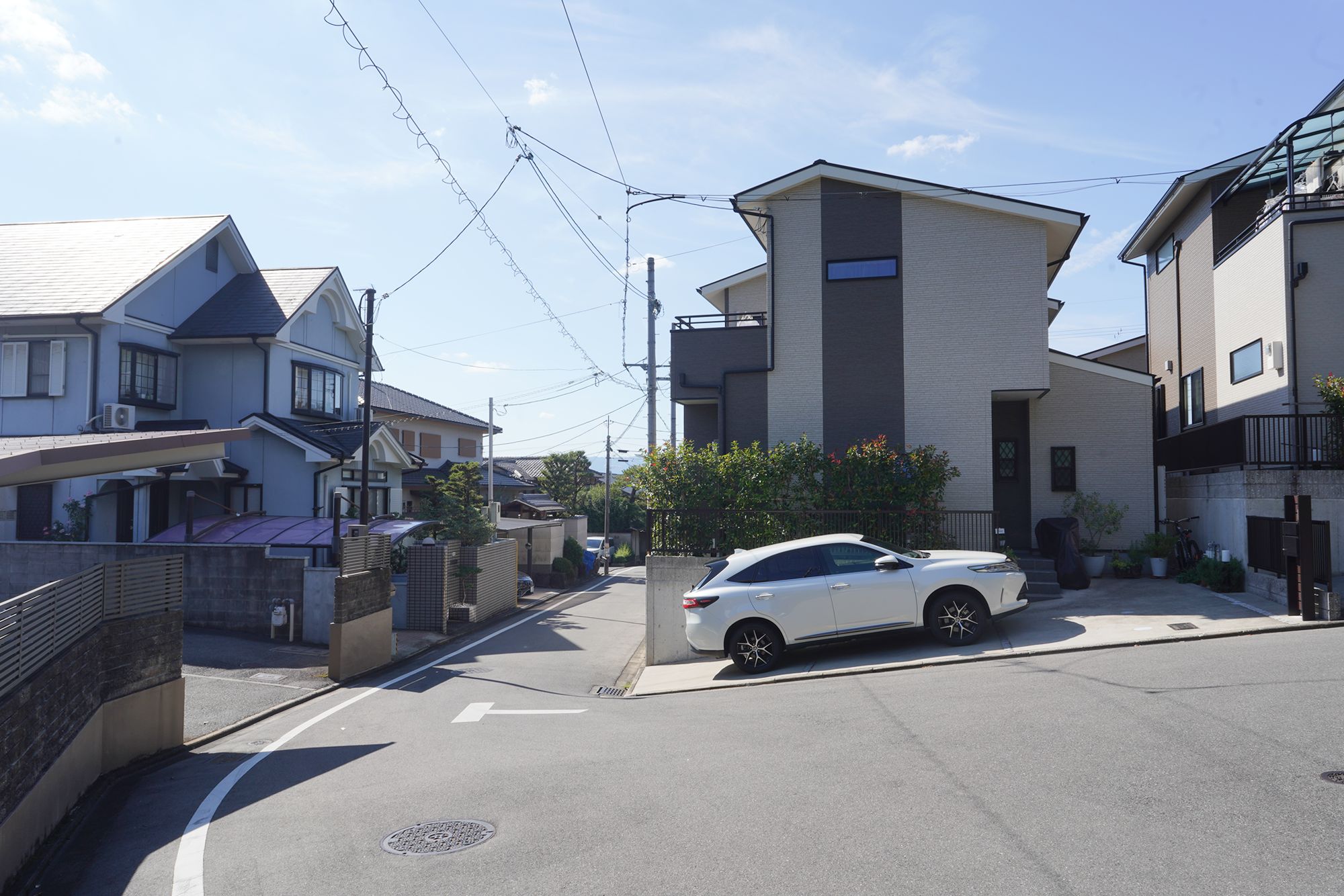
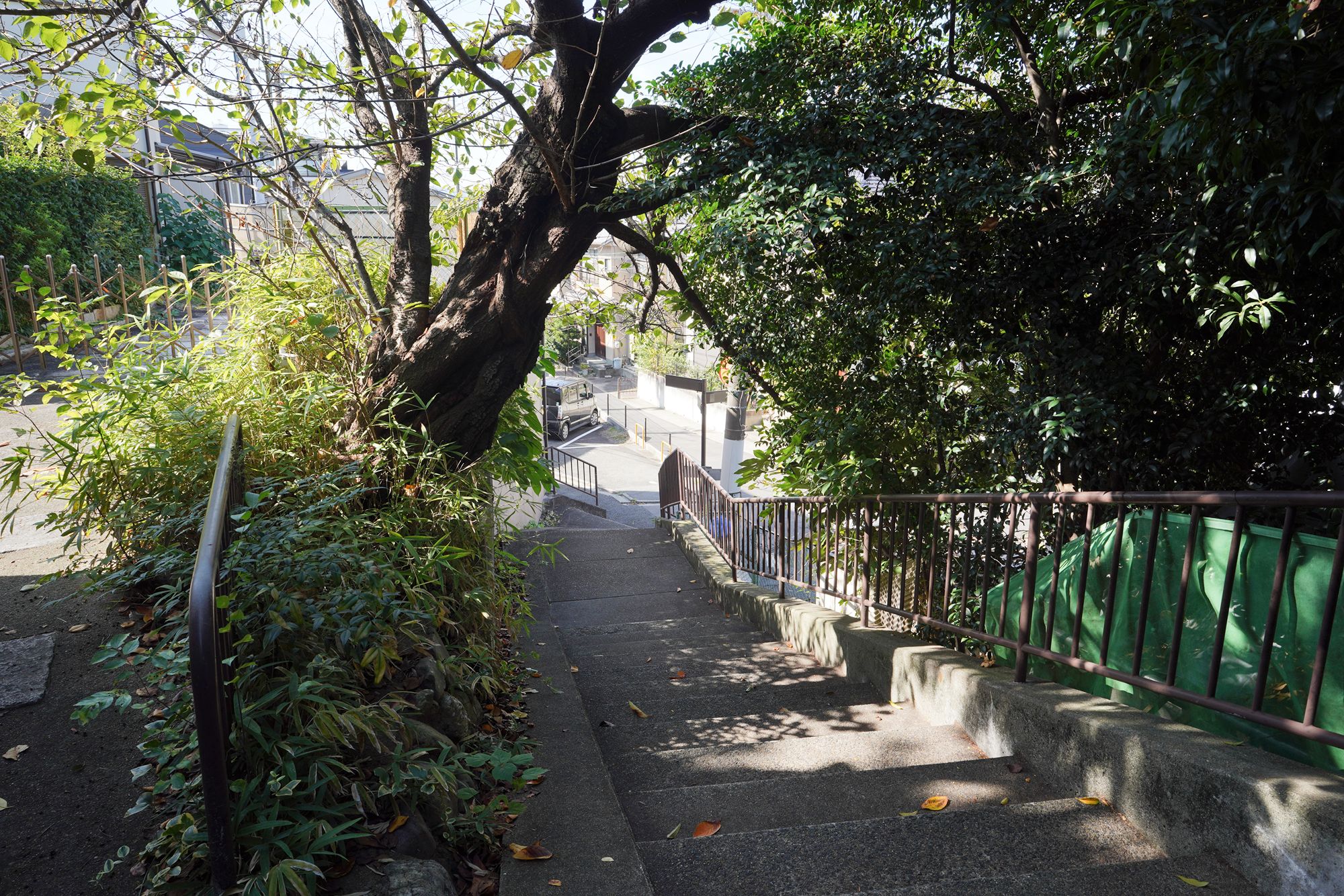
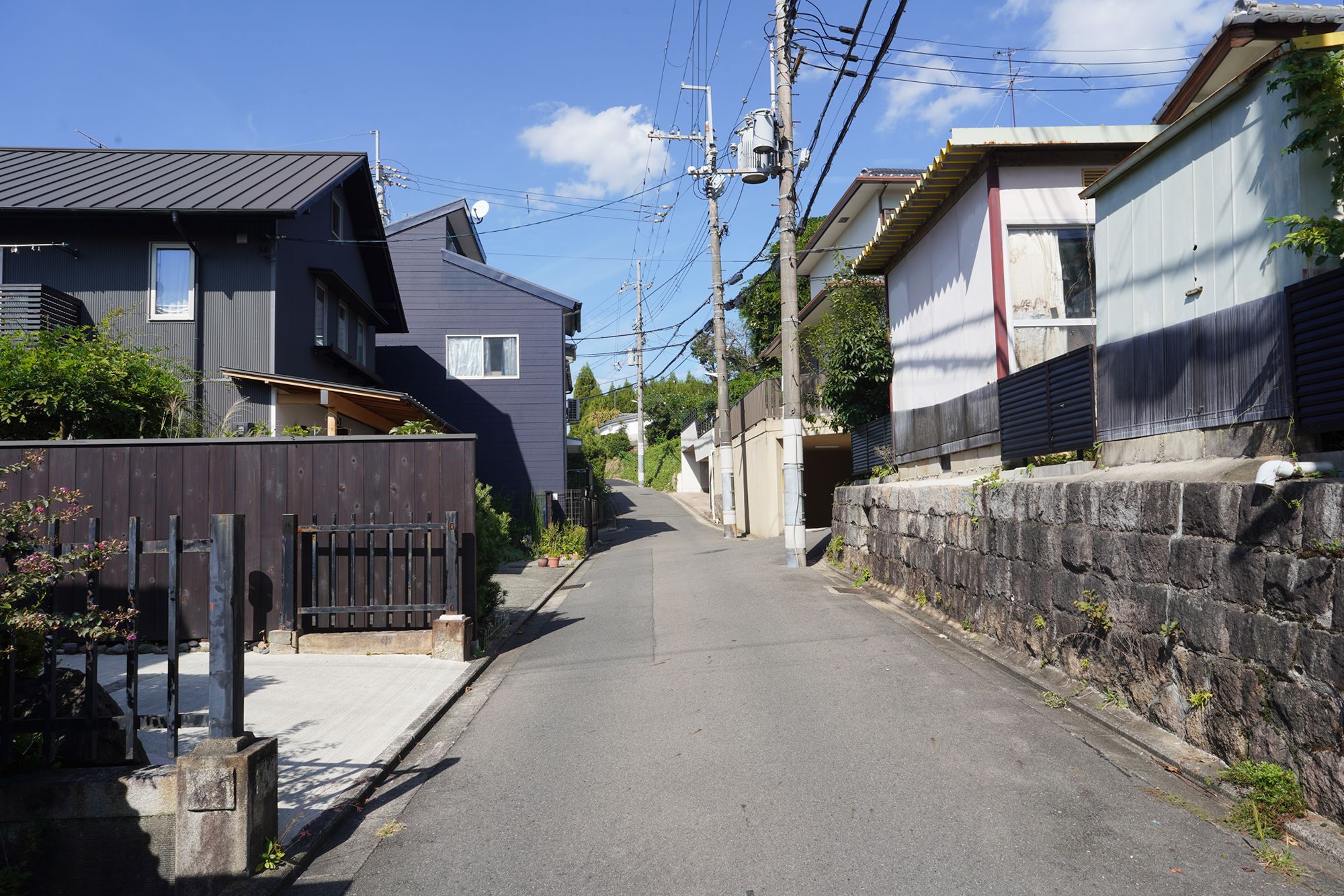
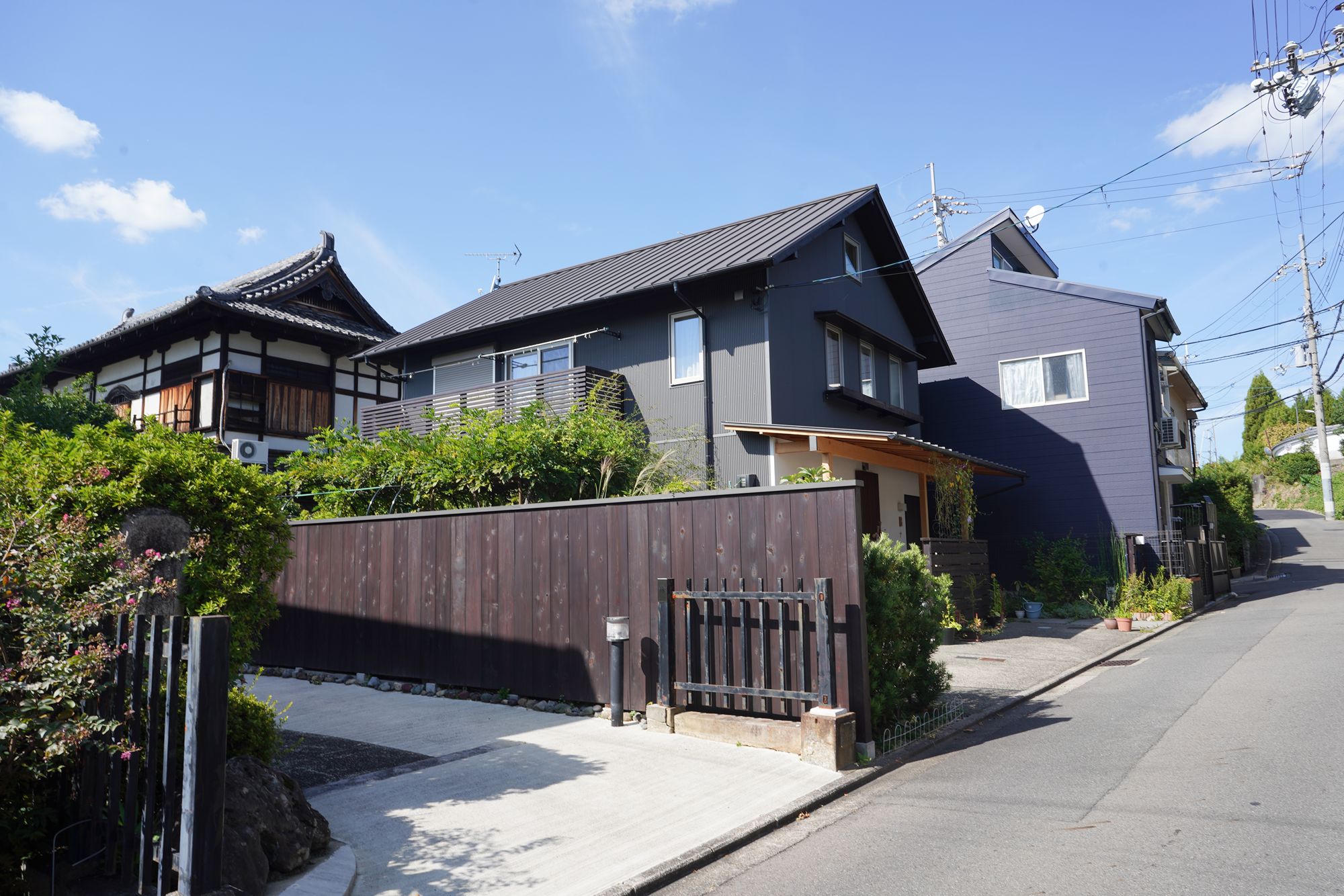
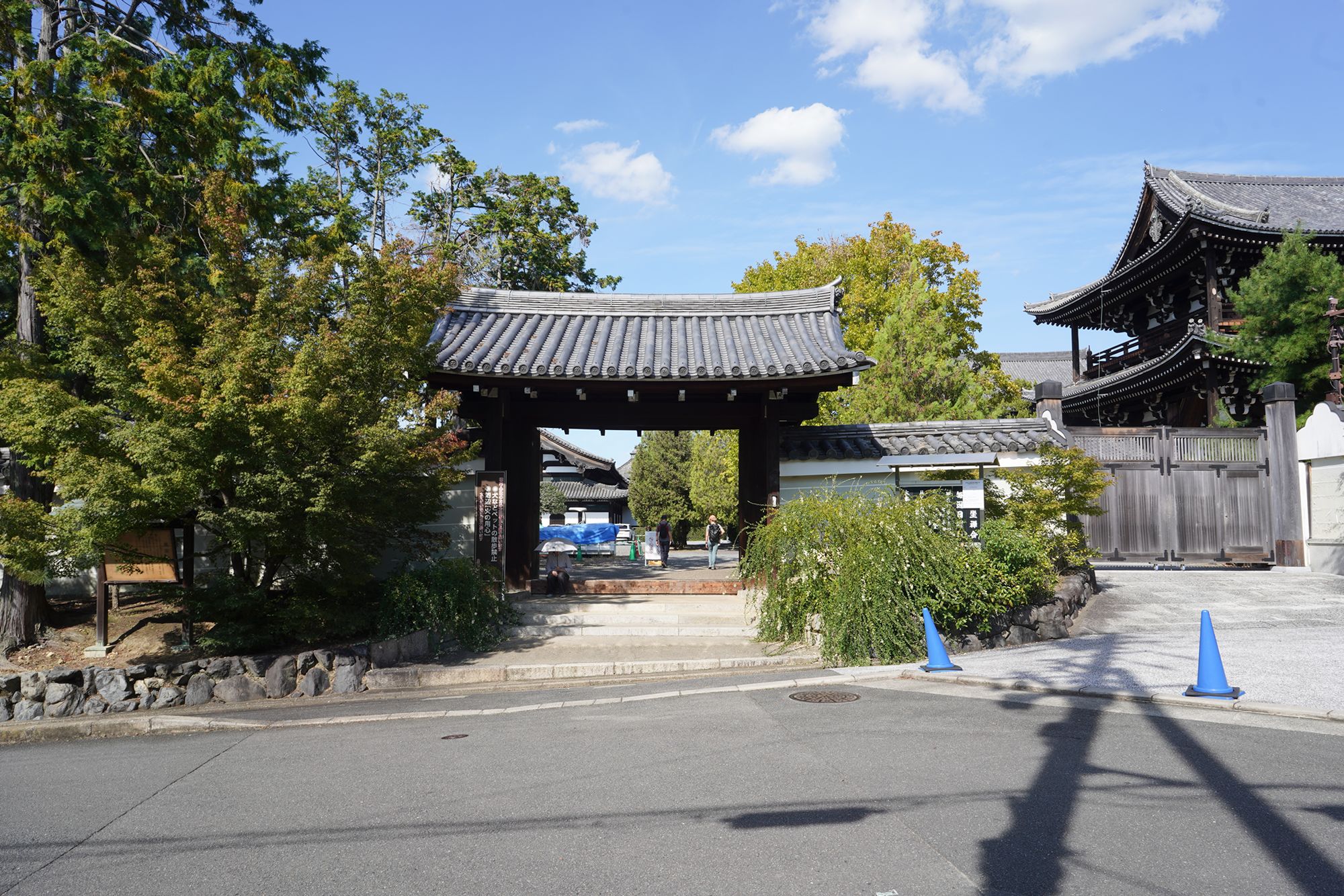
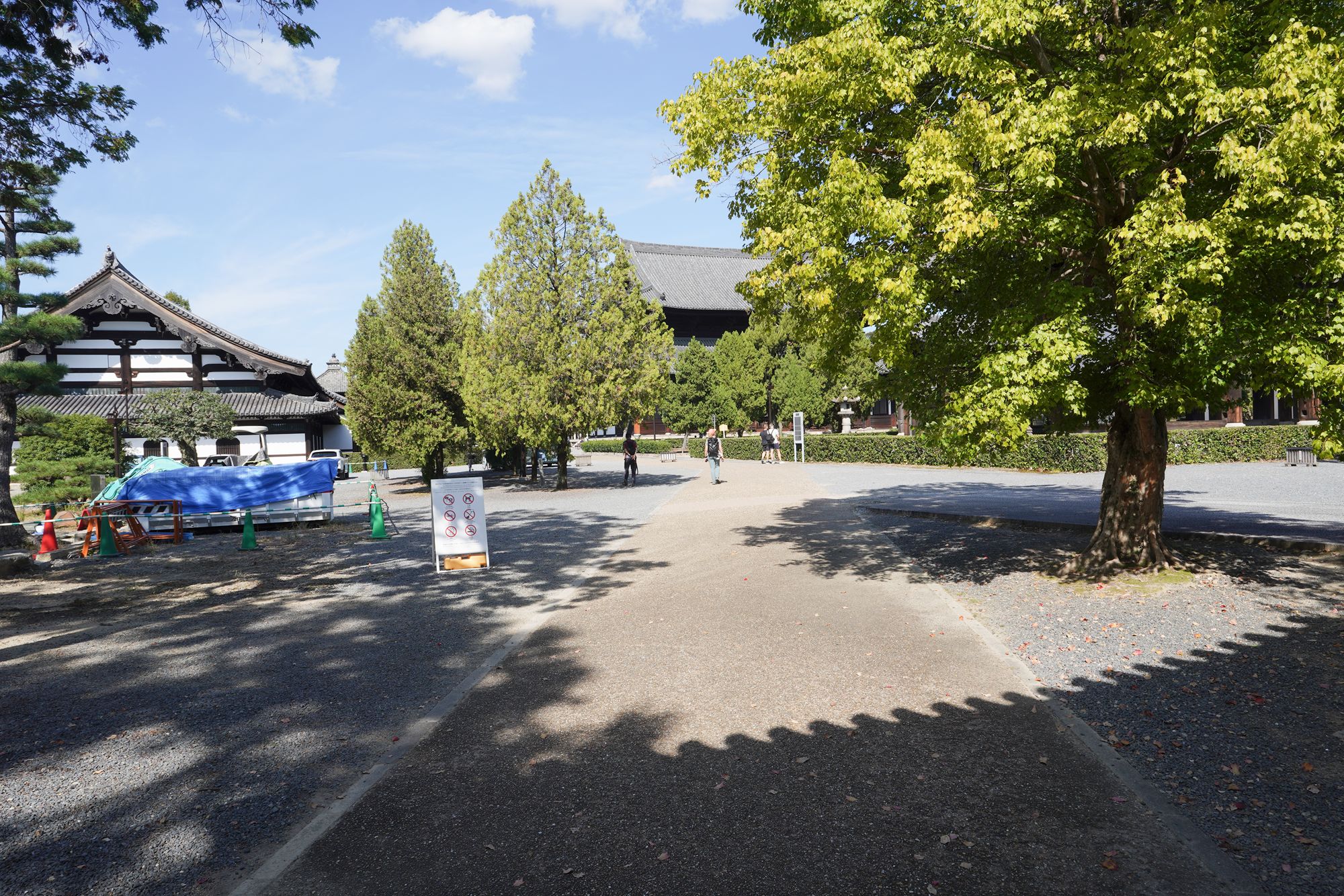
Tōfuku-ji Temple
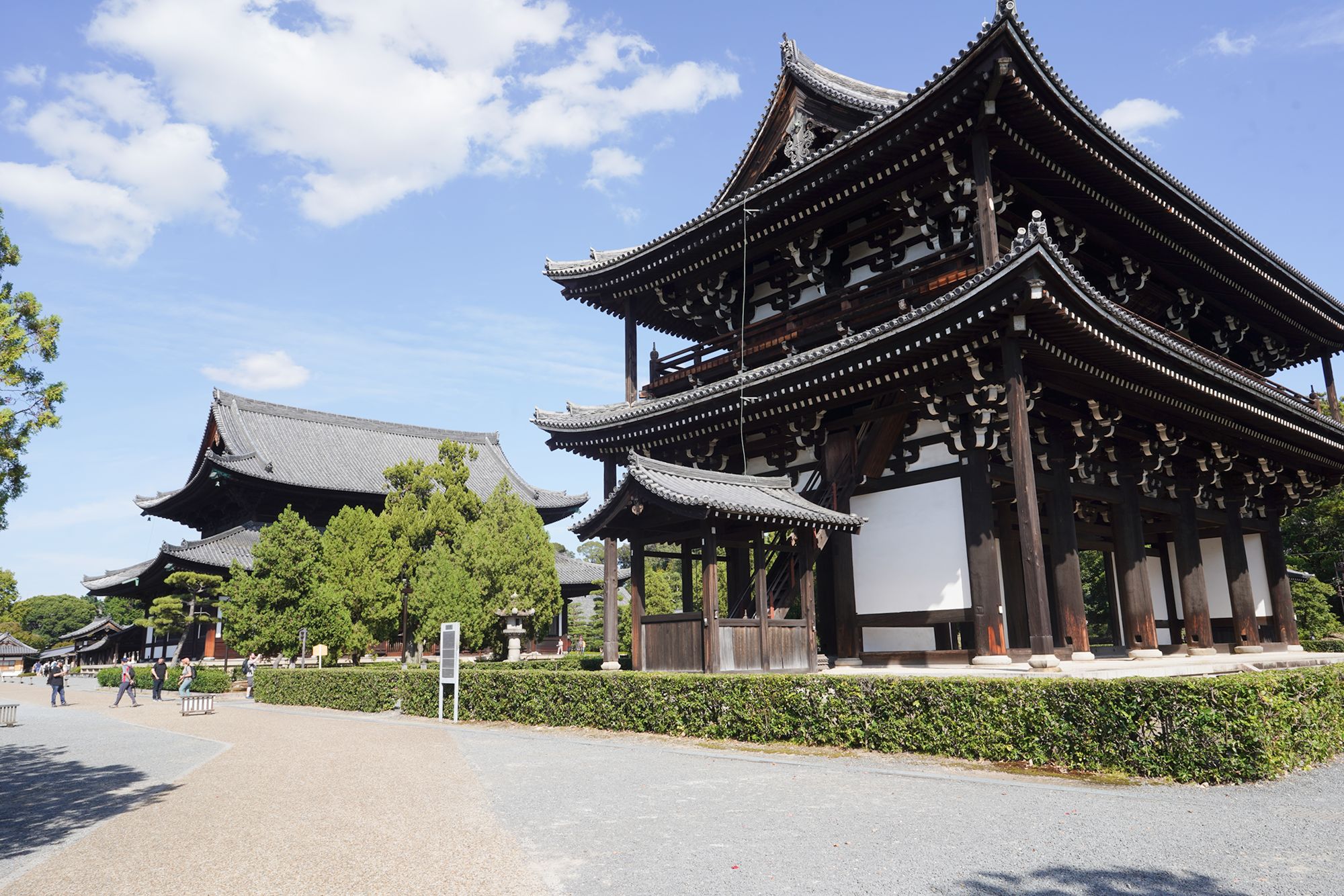
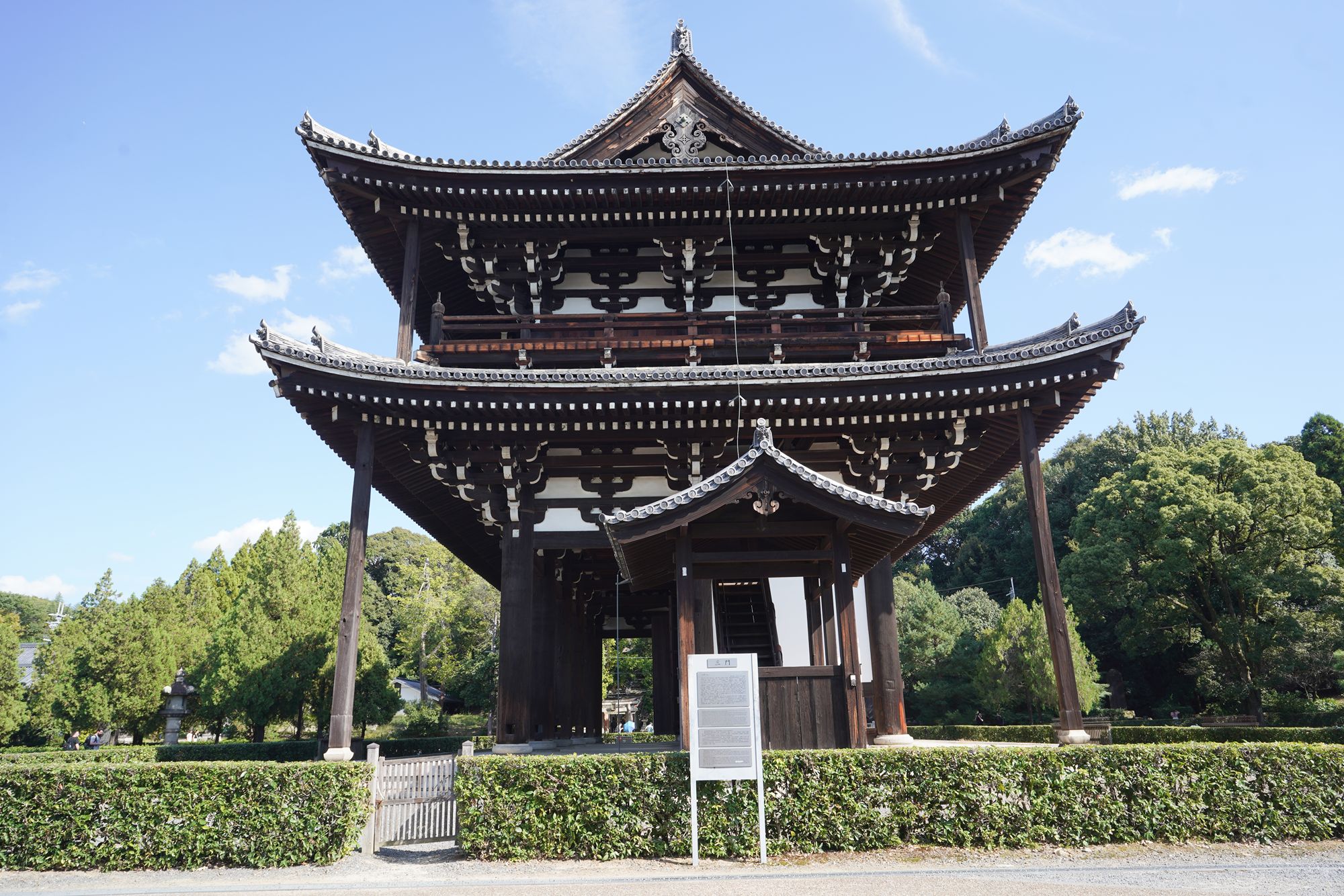
Tōfuku-ji Temple is a prominent Zen Buddhist temple in southern Kyoto, renowned for its architecture, serene gardens, and seasonal beauty, particularly during autumn. Founded in 1236 by the monk Enni Ben’en, the temple was commissioned by the Fujiwara clan and named after two great temples in Nara: Tōdai-ji and Kōfuku-ji.
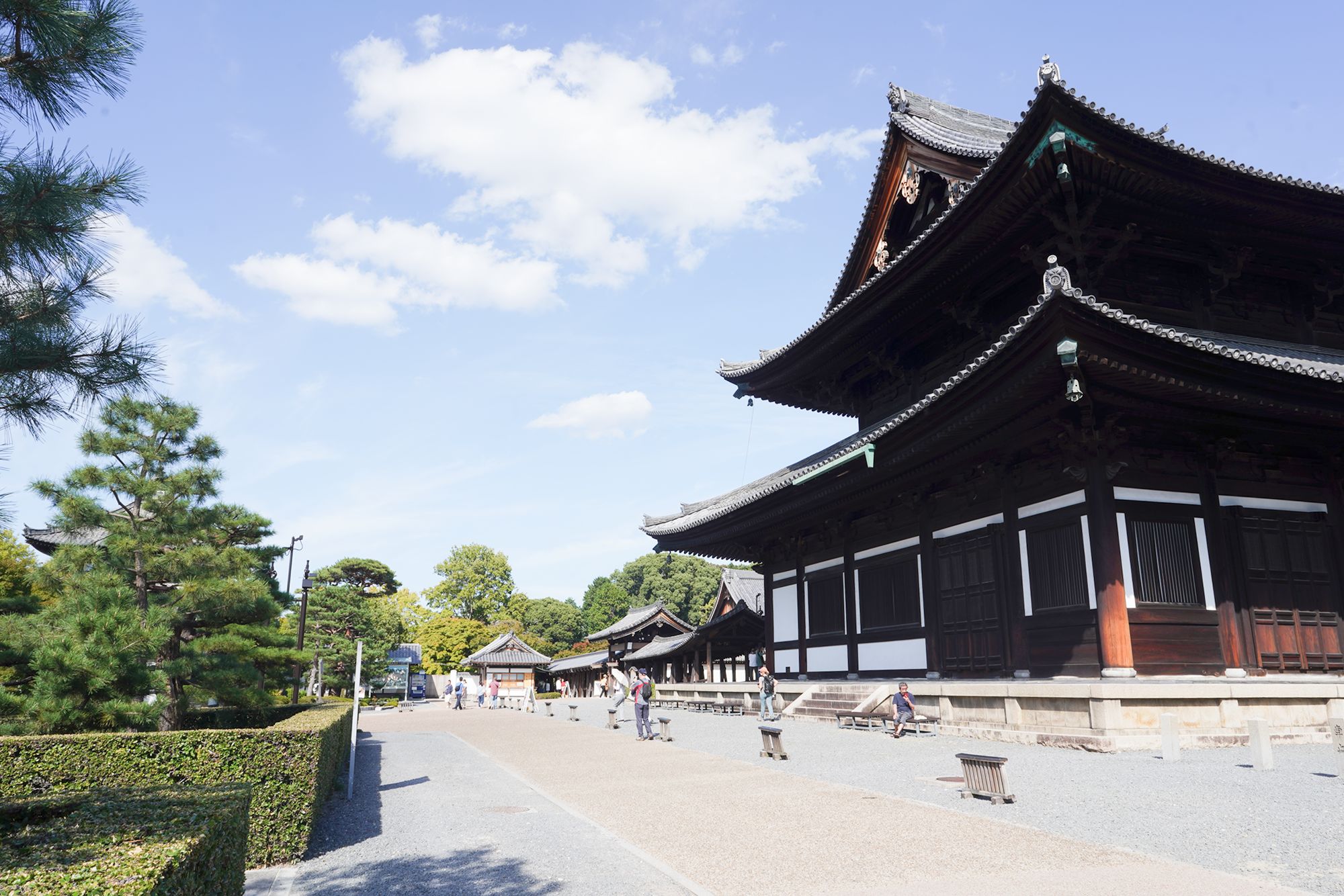
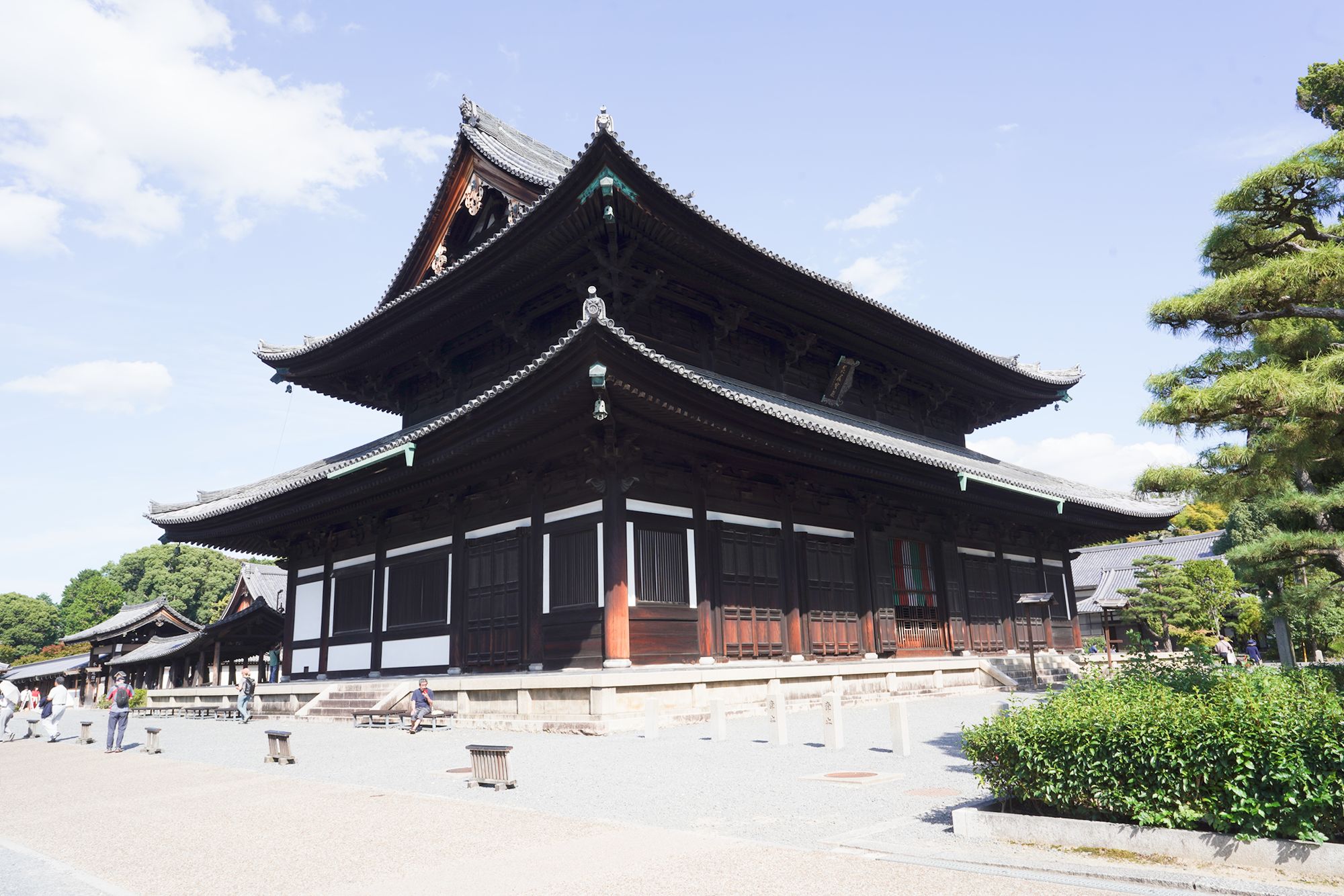
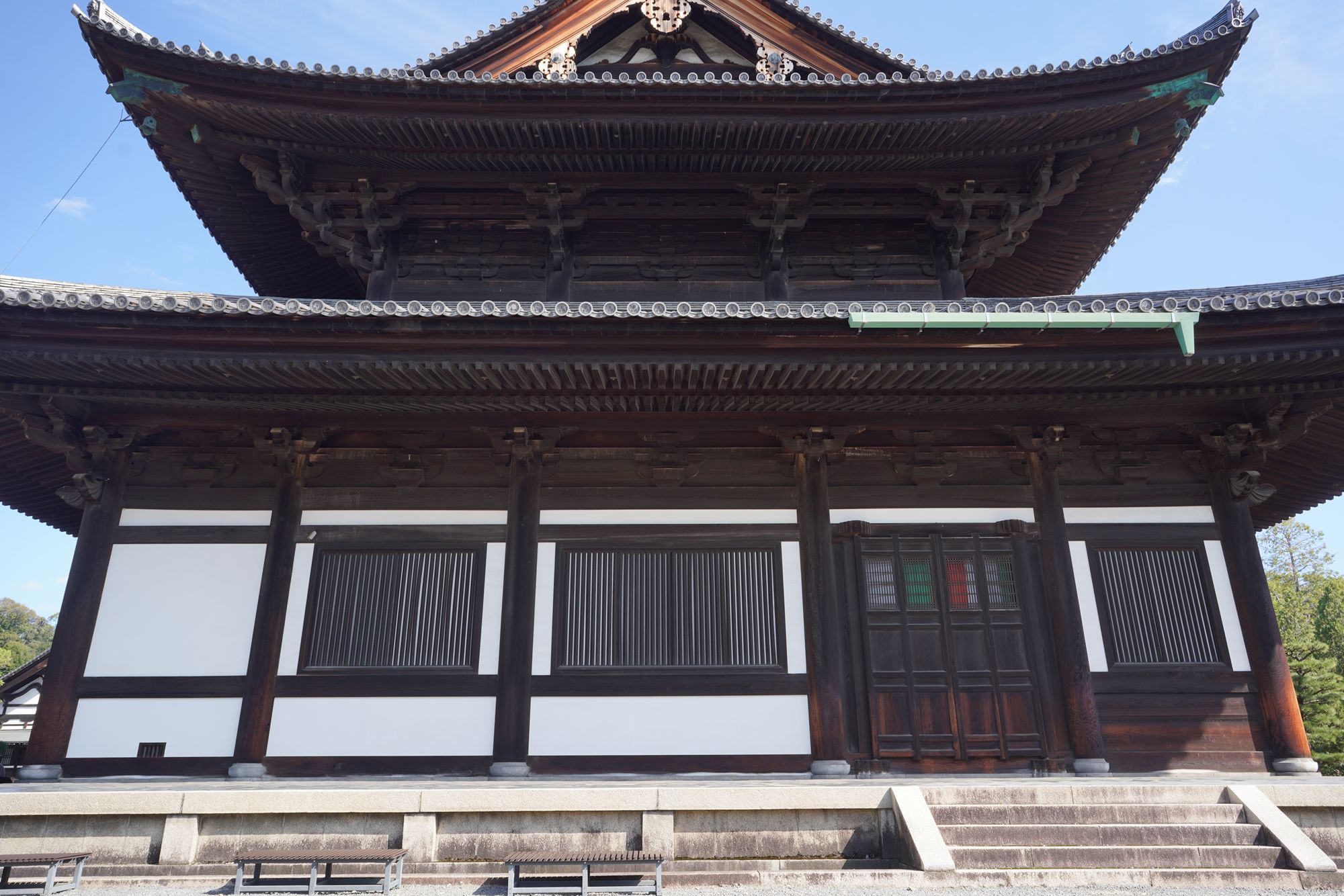
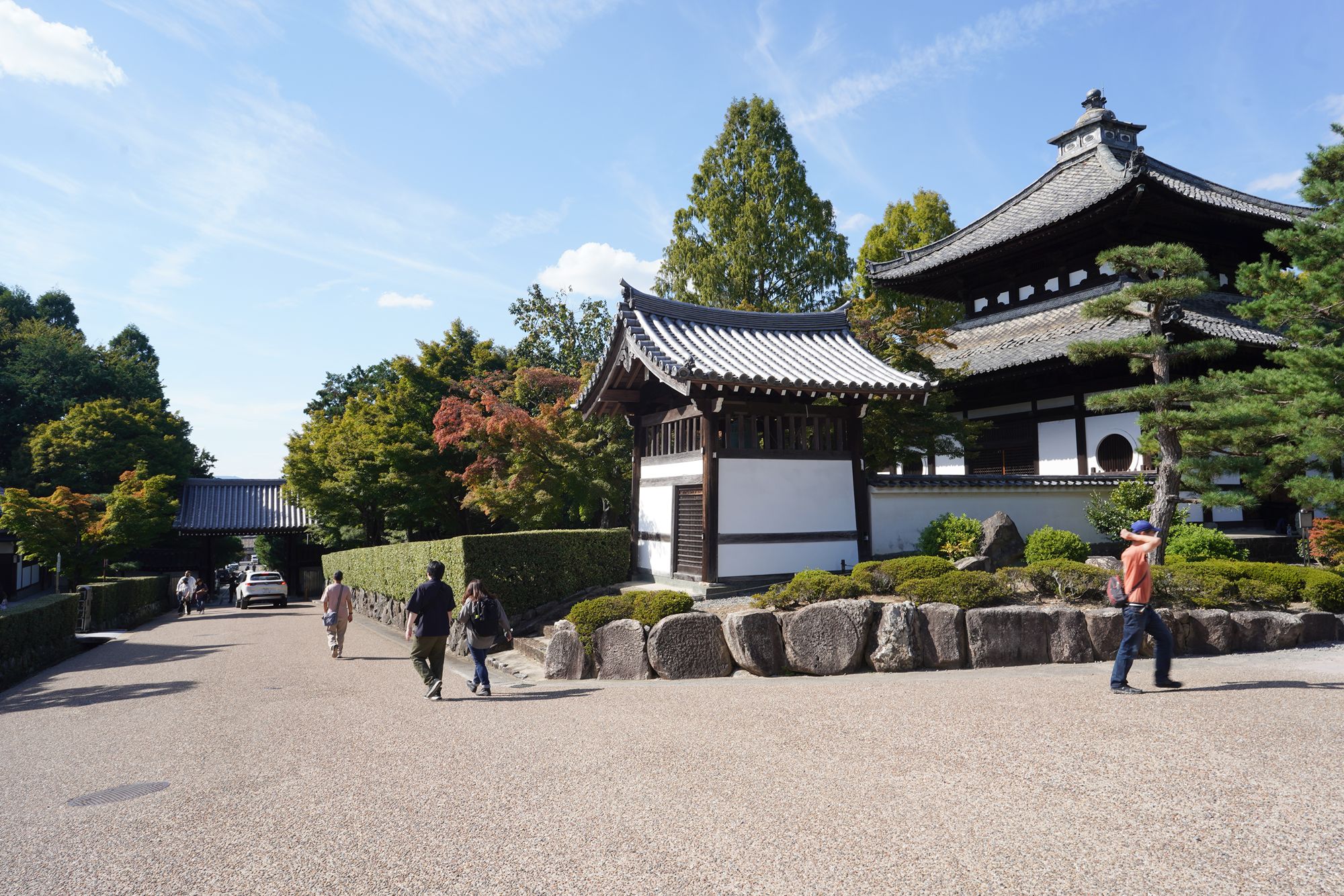

The map of the temple
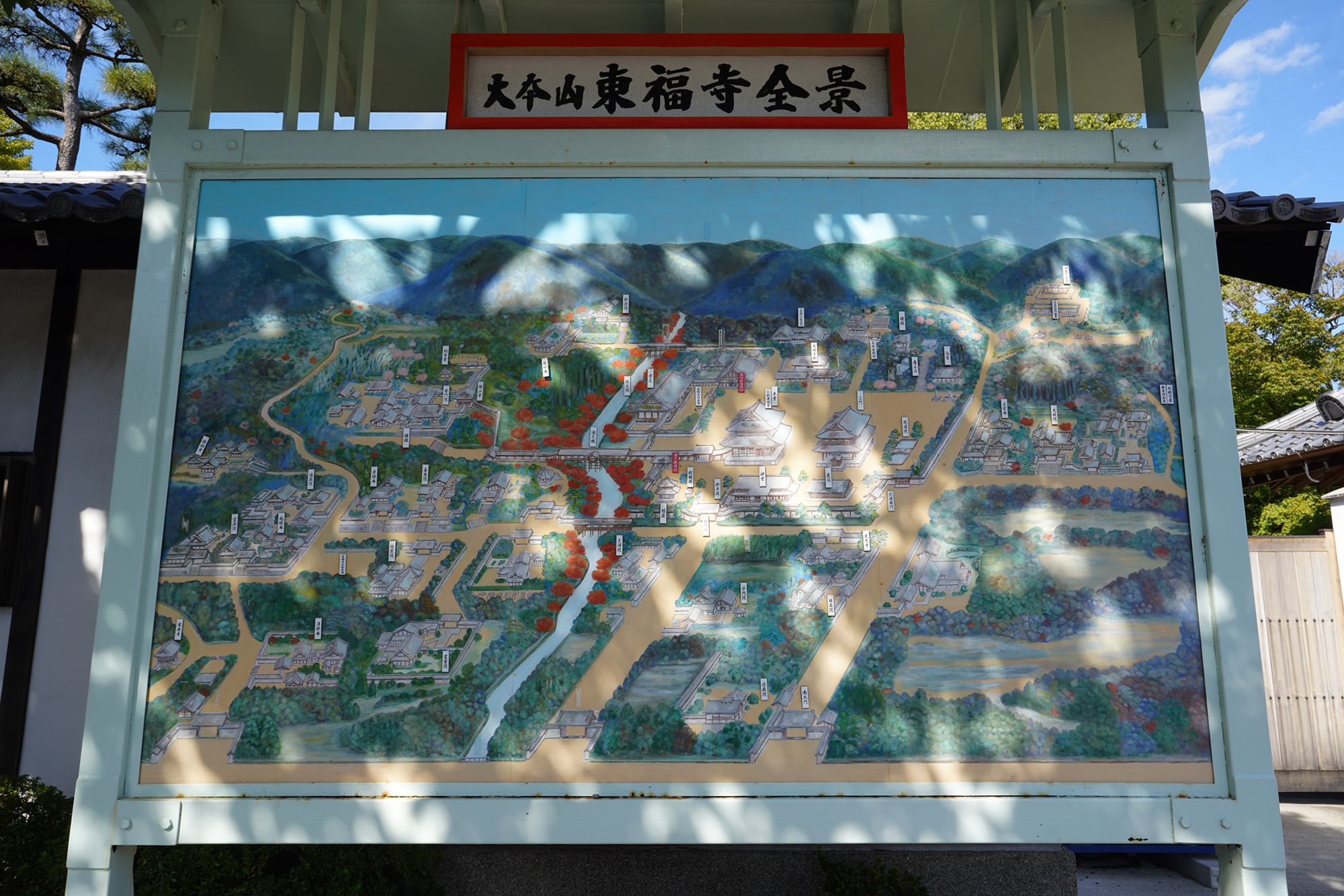
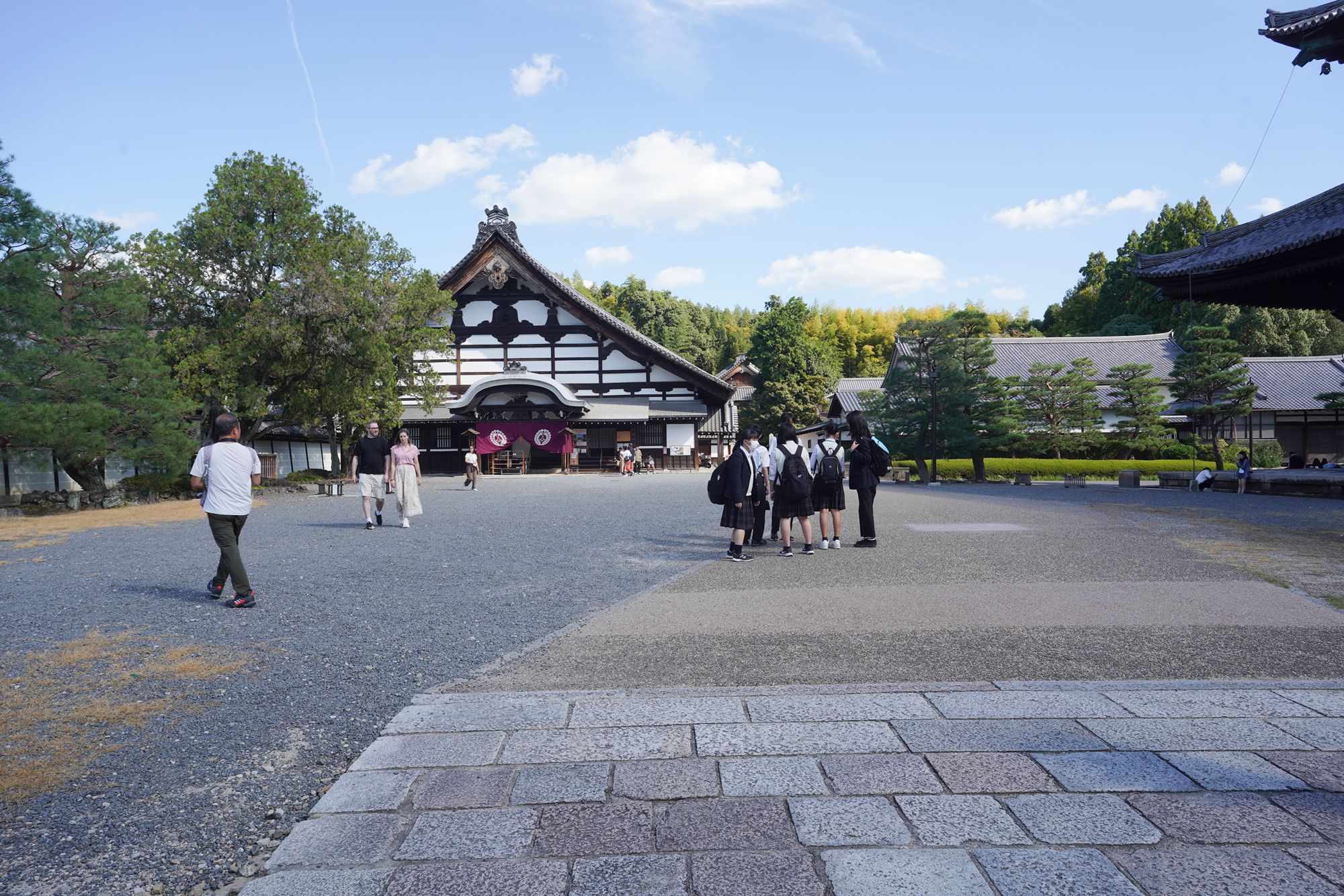
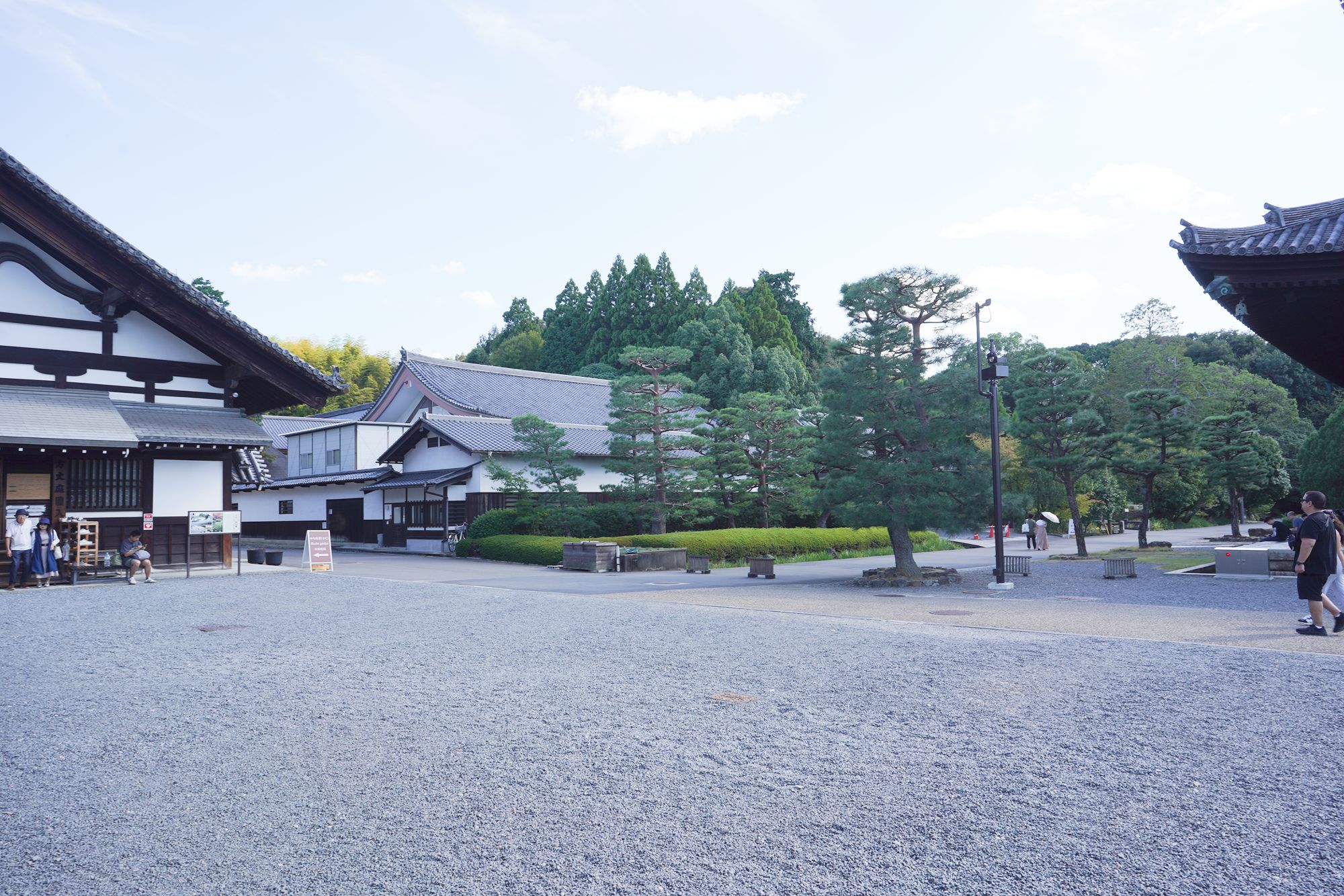
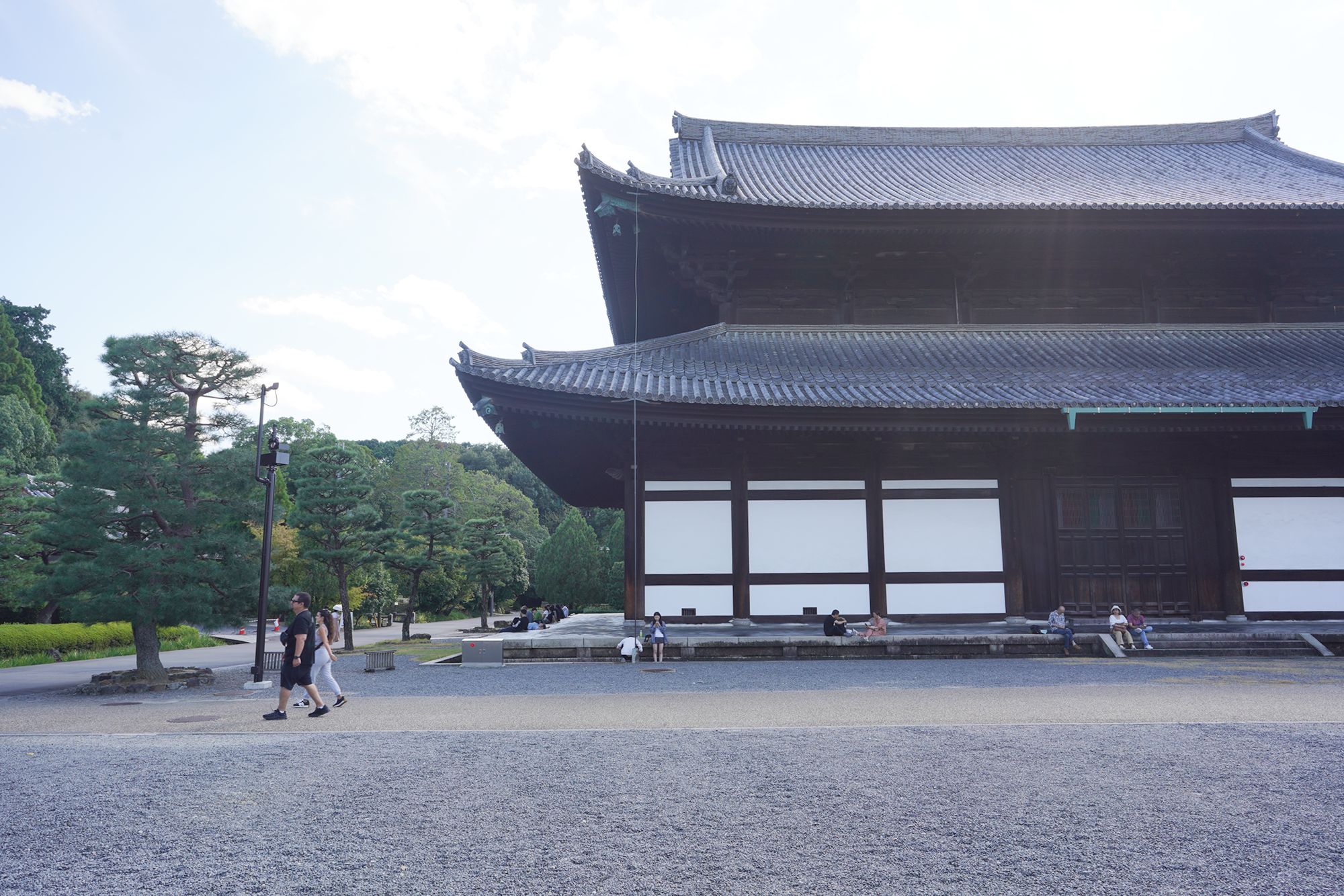
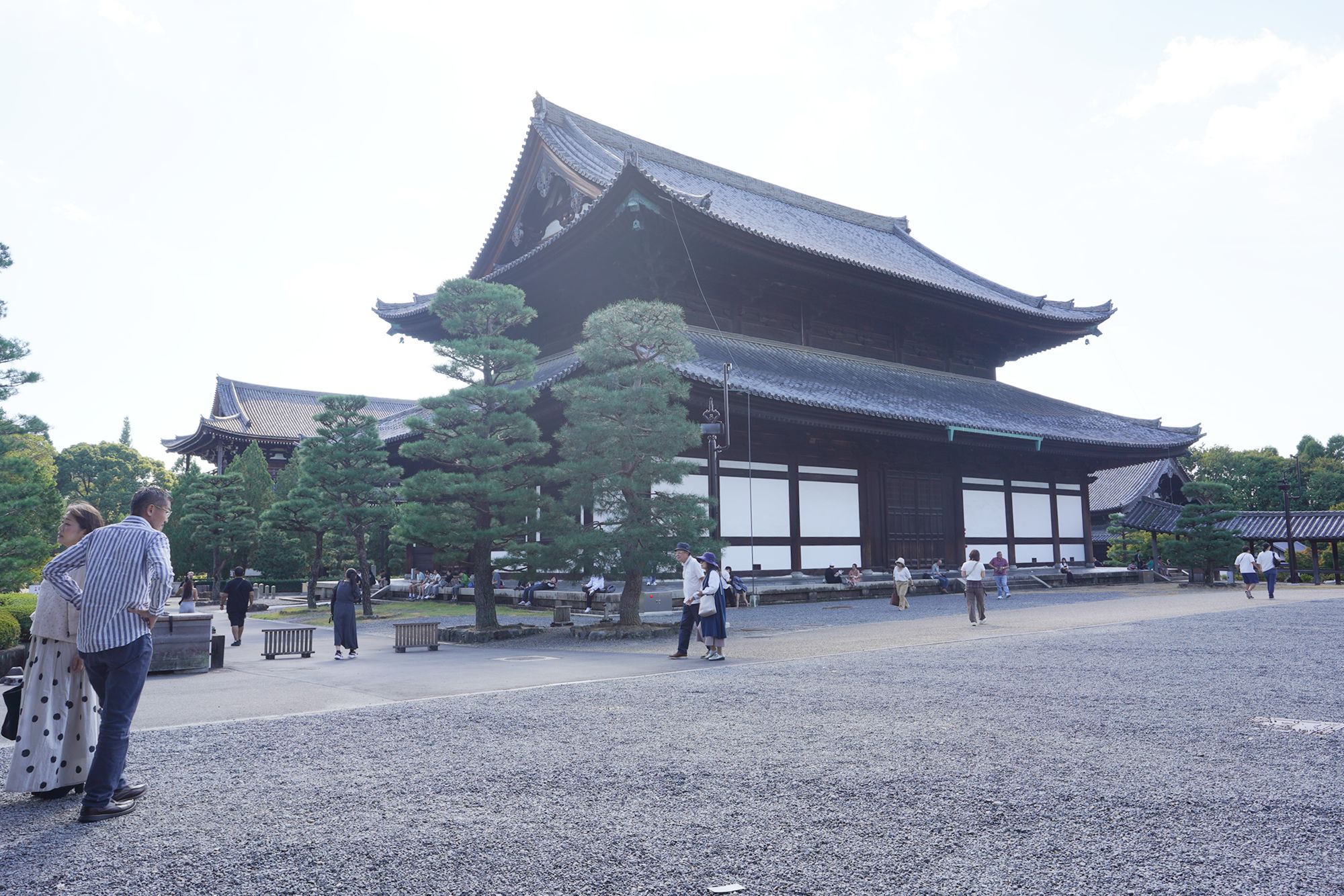
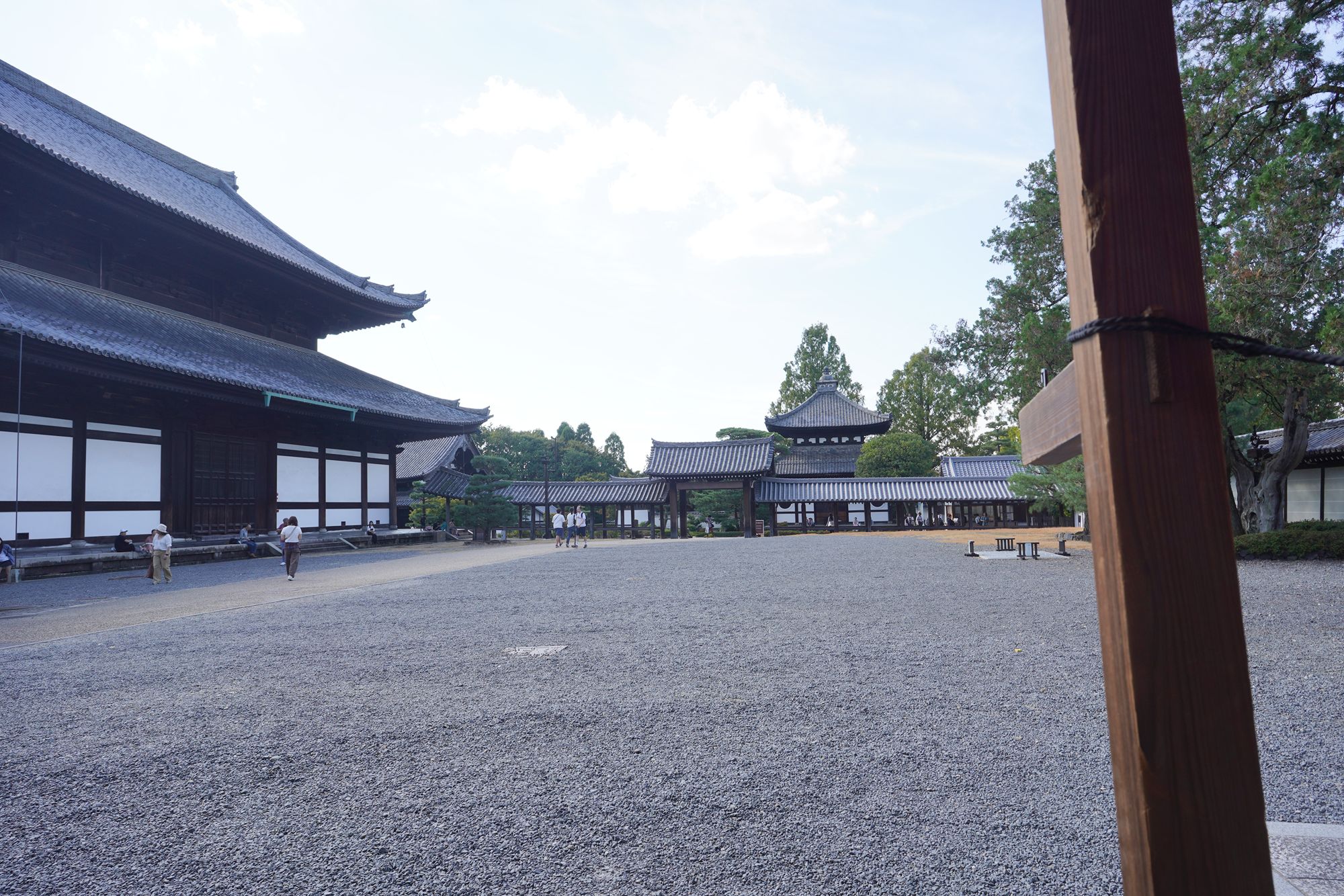
Hojo building.
The Hojo Building at Tōfuku-ji Temple serves as the main hall and the residence of the temple’s head priest. As a central part of Zen temple complexes, the Hojo is not only a place for administrative activities but also a space for meditation, ceremonies, and contemplation.
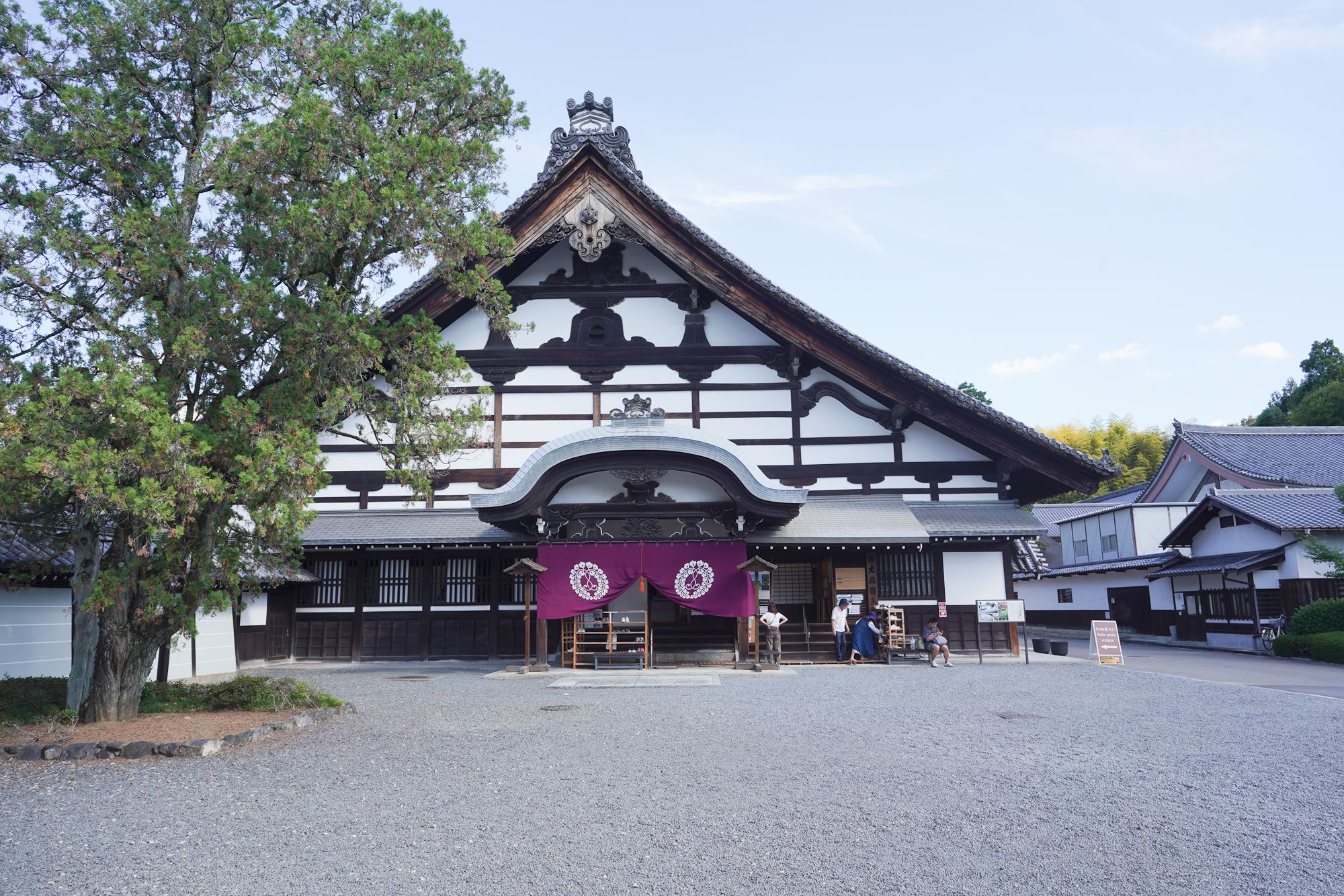
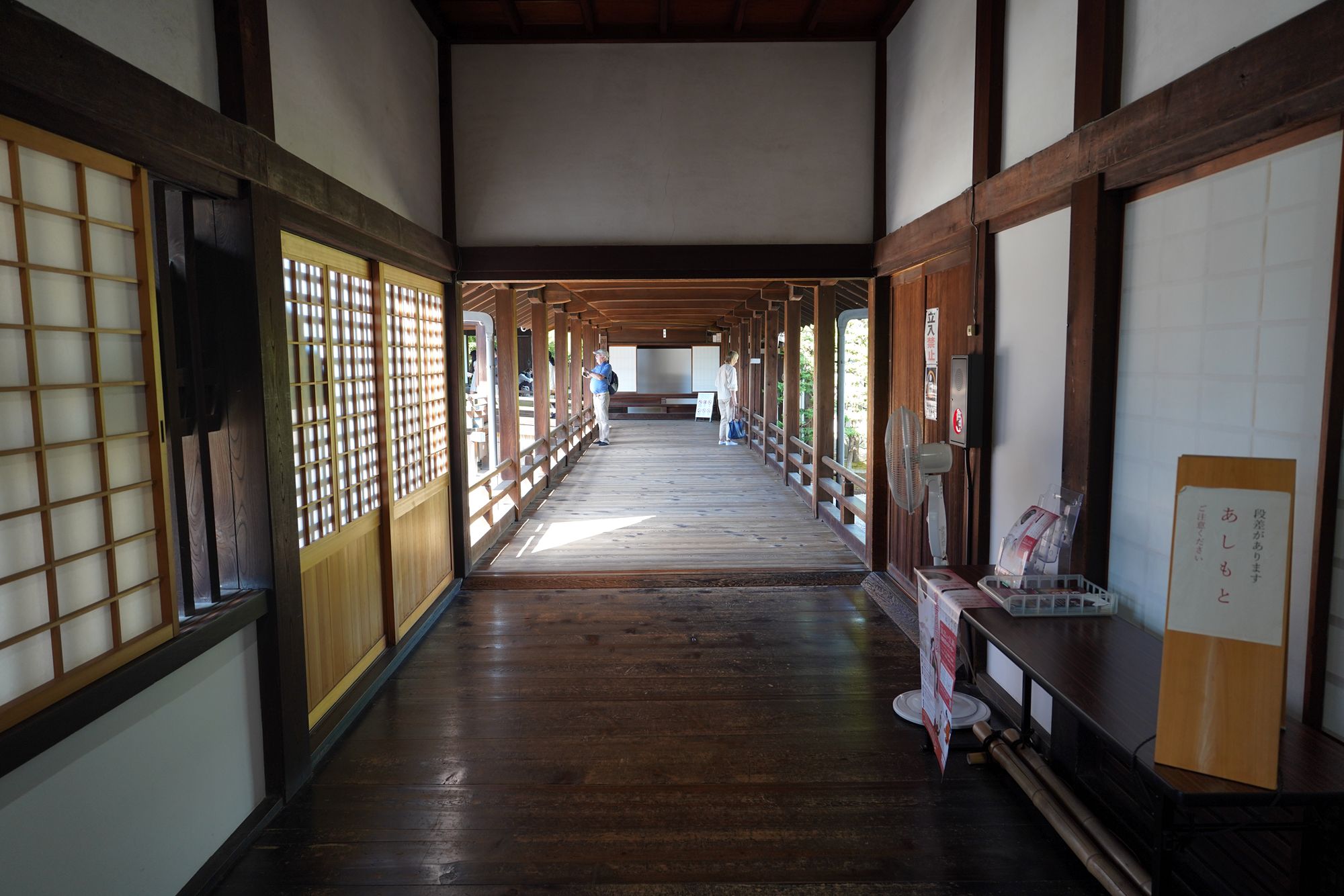
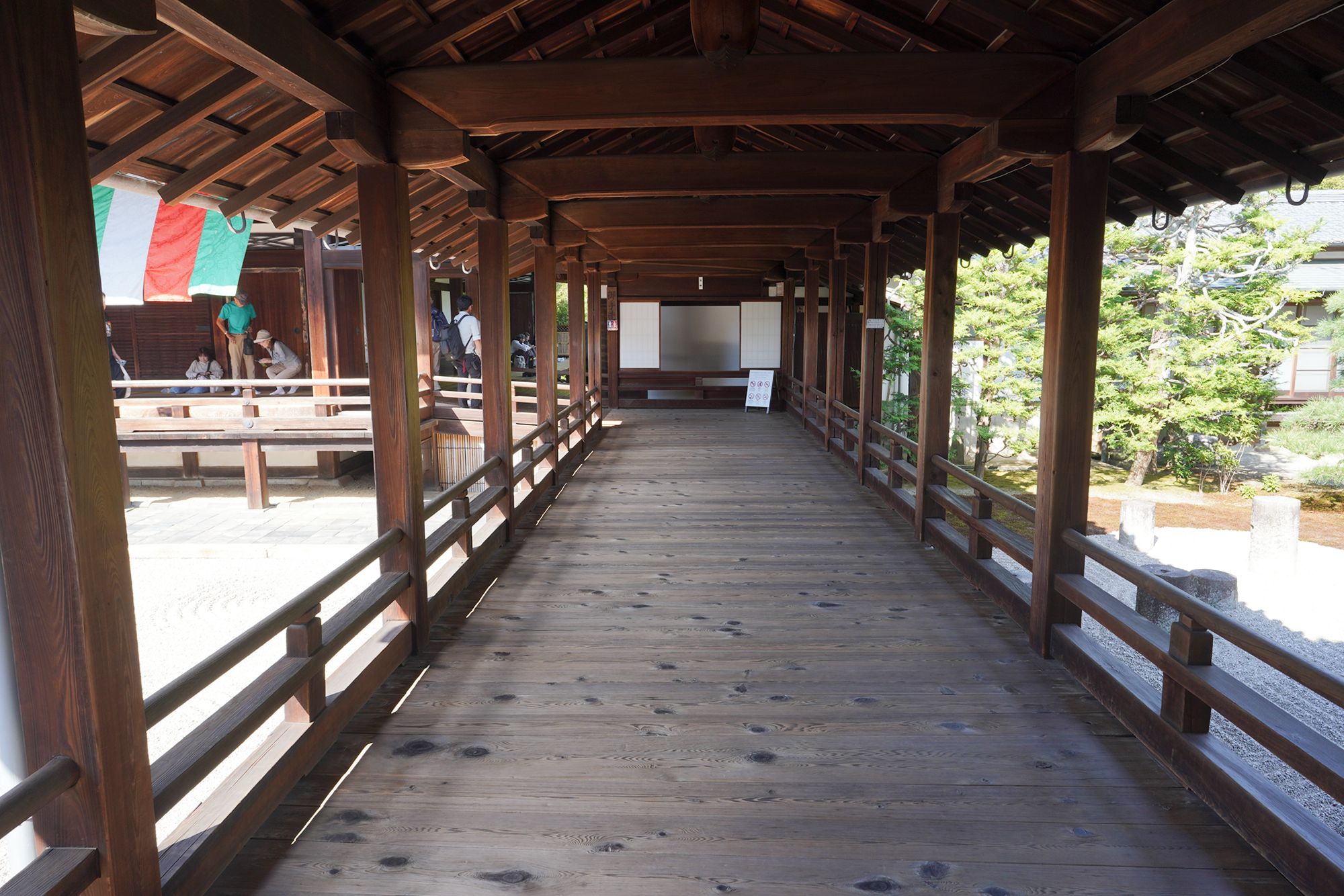
The Hojo Garden at Tōfuku-ji Temple is a stunning example of modern Zen garden design, created in 1939 by renowned landscape architect Shigemori Mirei. Surrounding the Hojo (the temple’s main hall), the garden consists of four unique sections, each reflecting a different aspect of Zen aesthetics and philosophy. The garden in the picture shows one of the sections, South Garden, which features a simple arrangement of square-cut stones set on white gravel, symbolizing fields and checkered rice paddies, blending modern design with traditional themes.
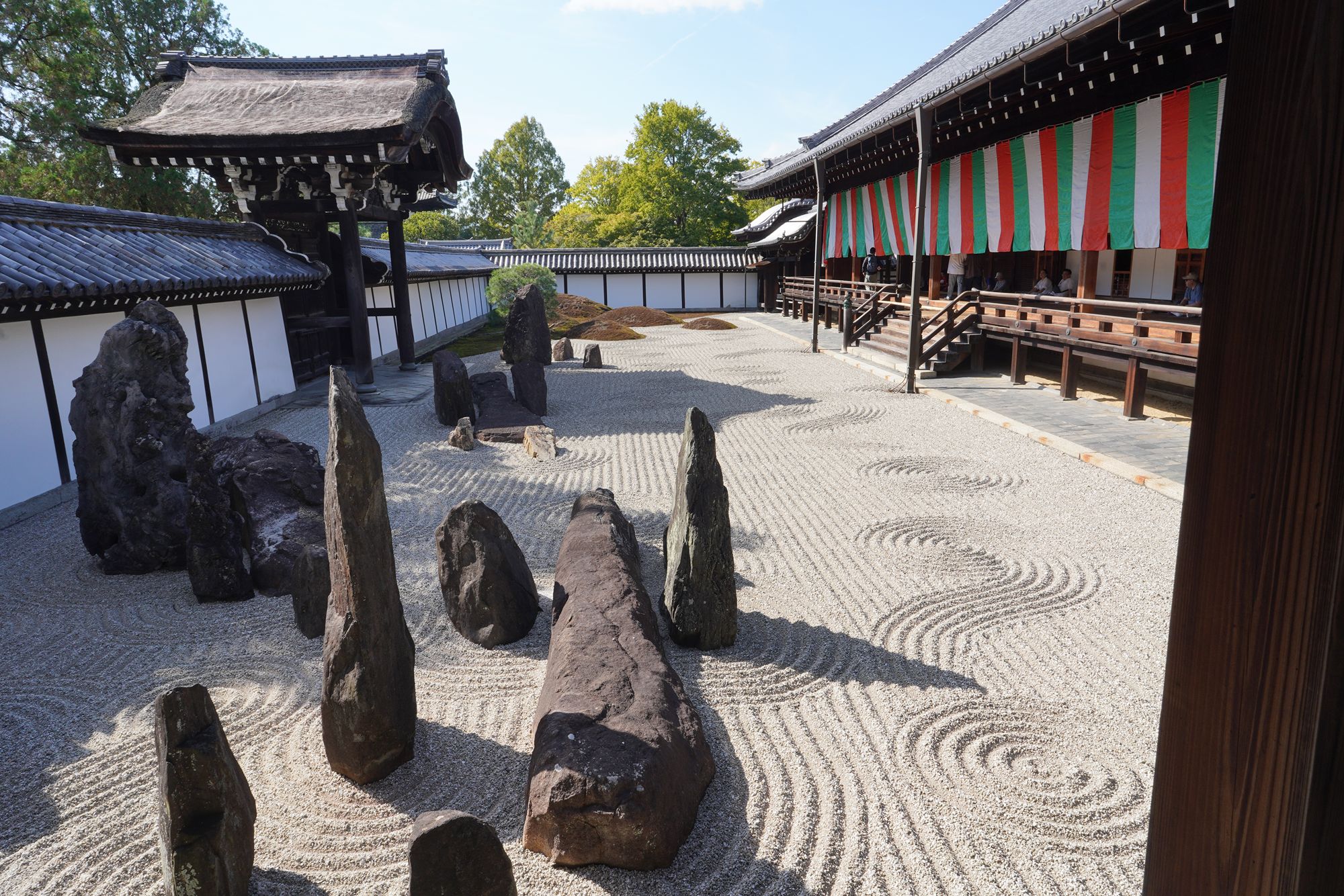
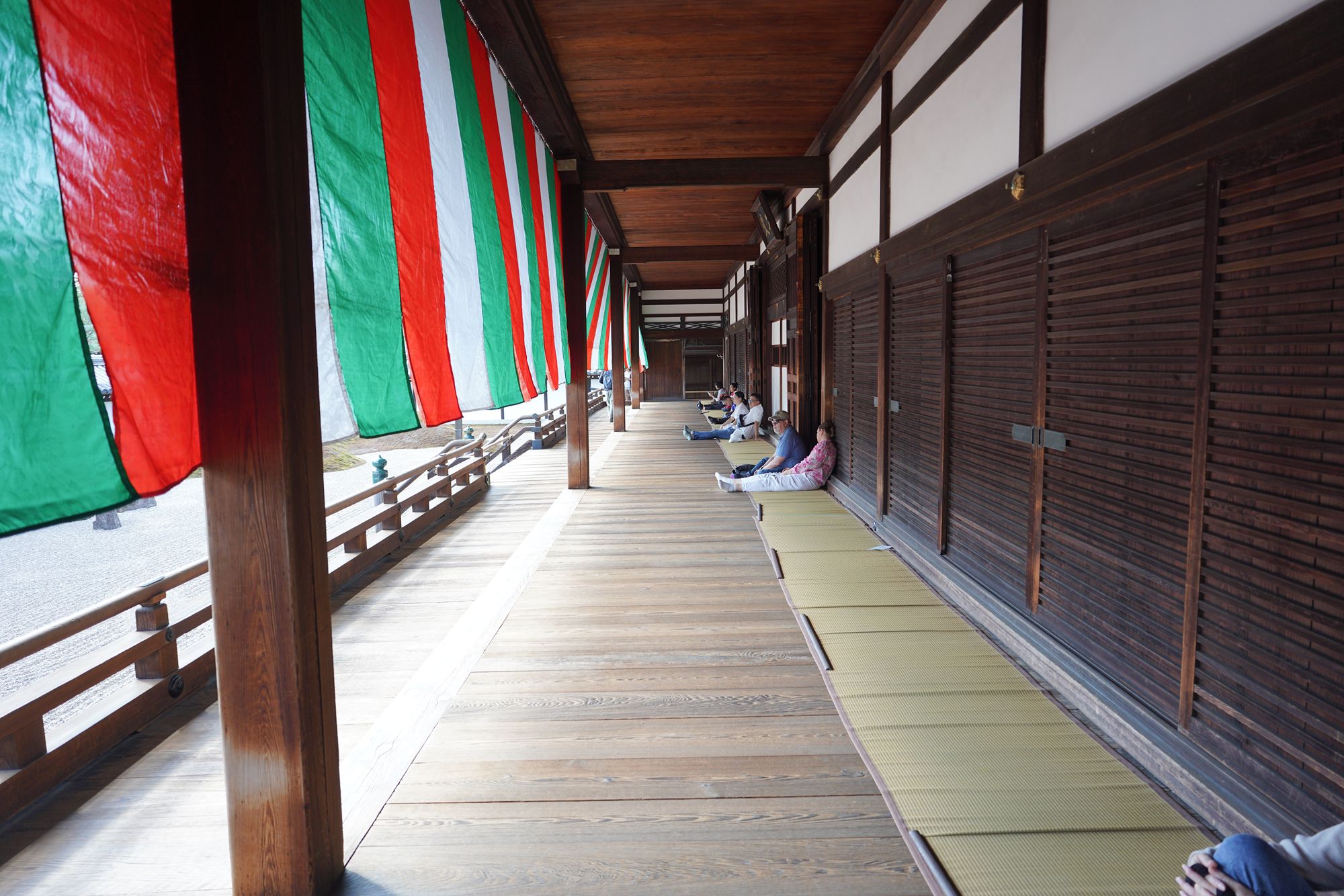
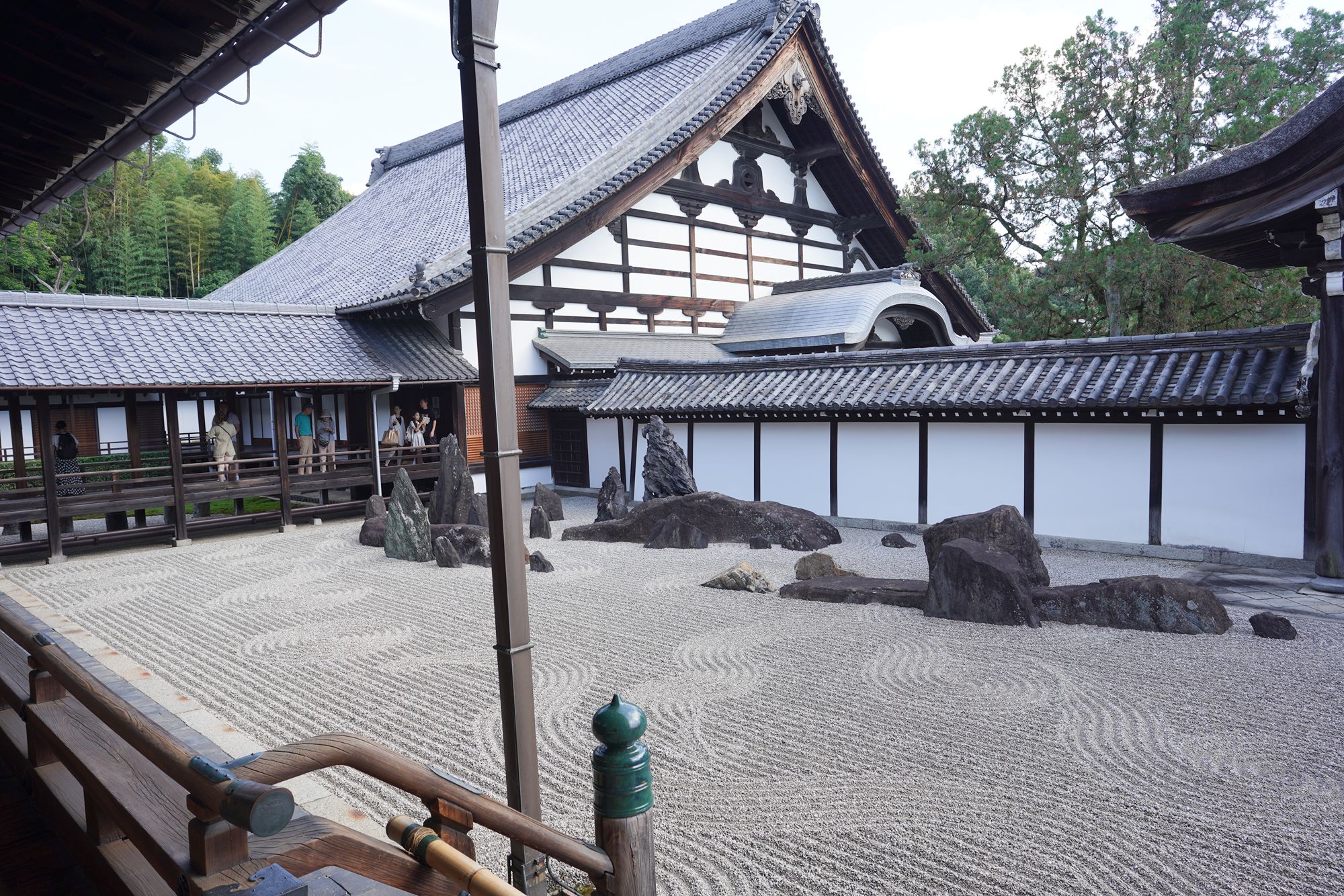
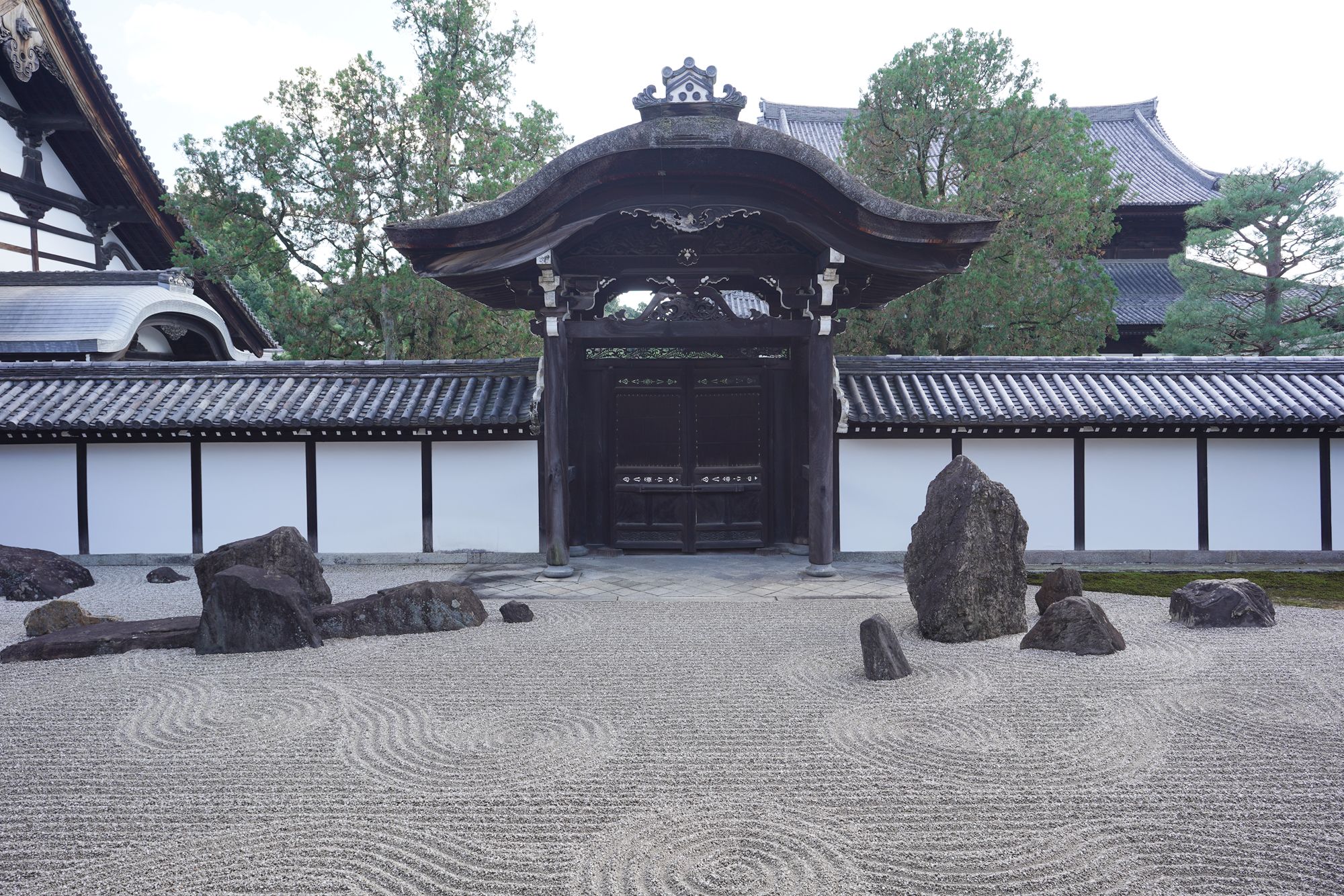
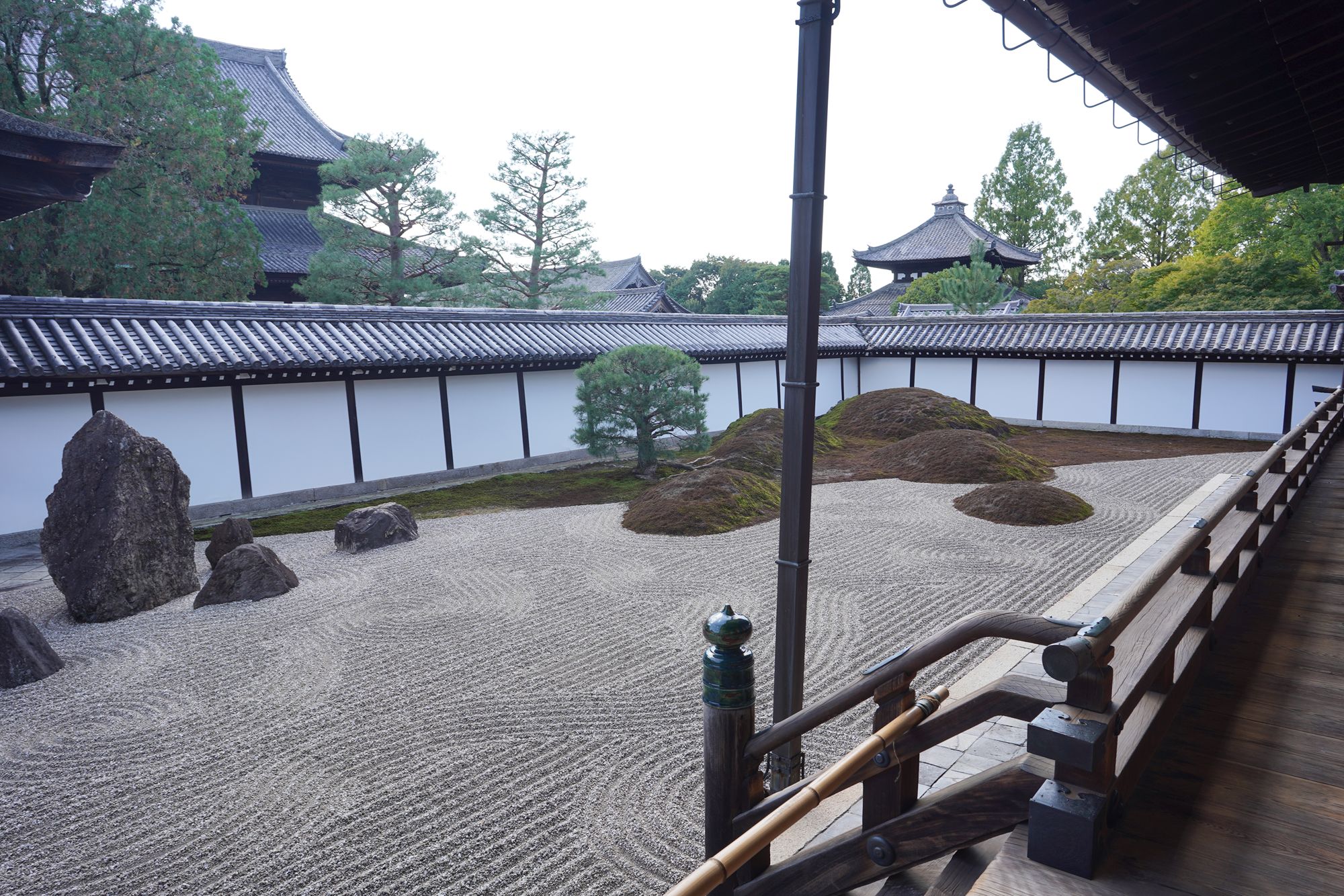
The other sides of the building
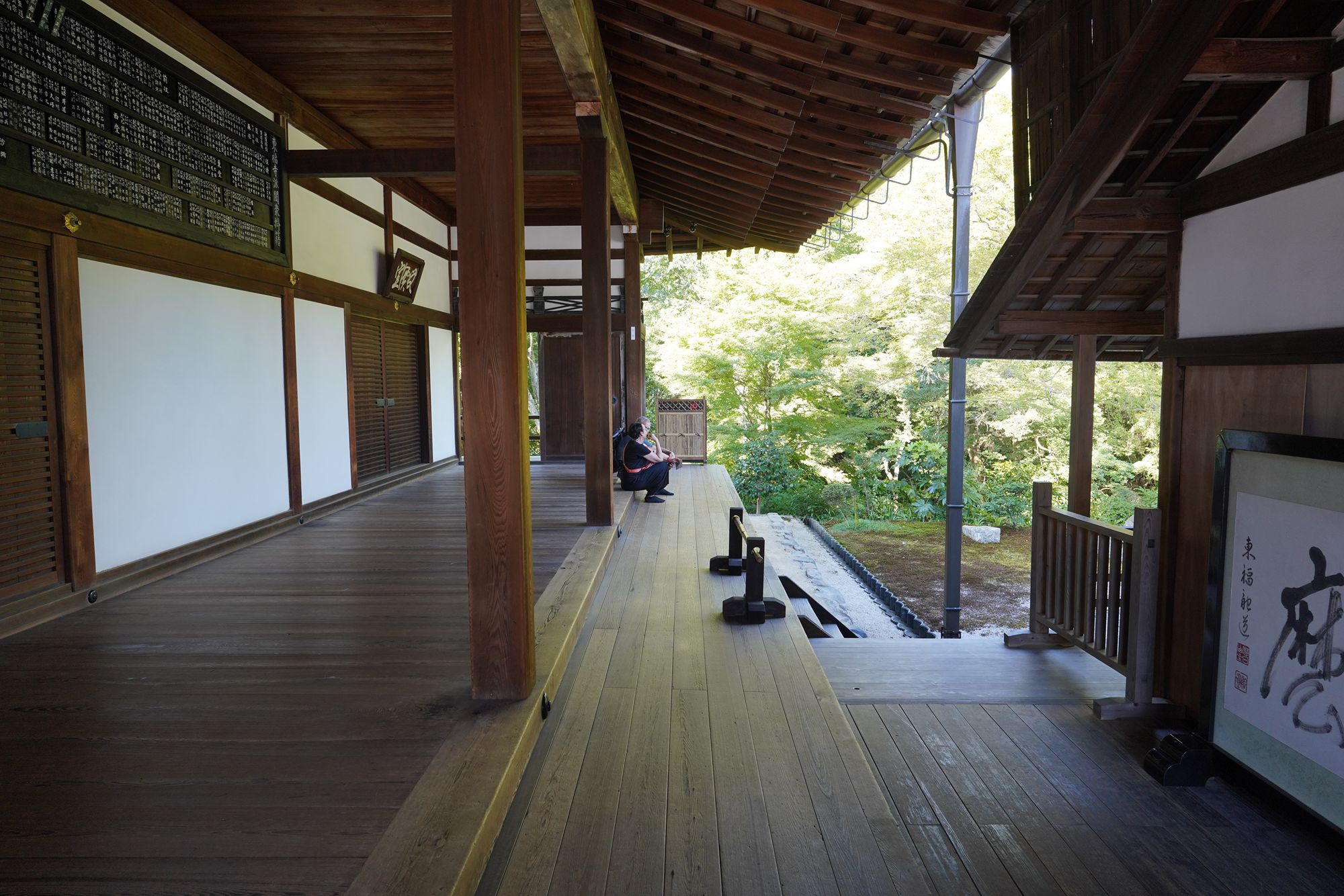
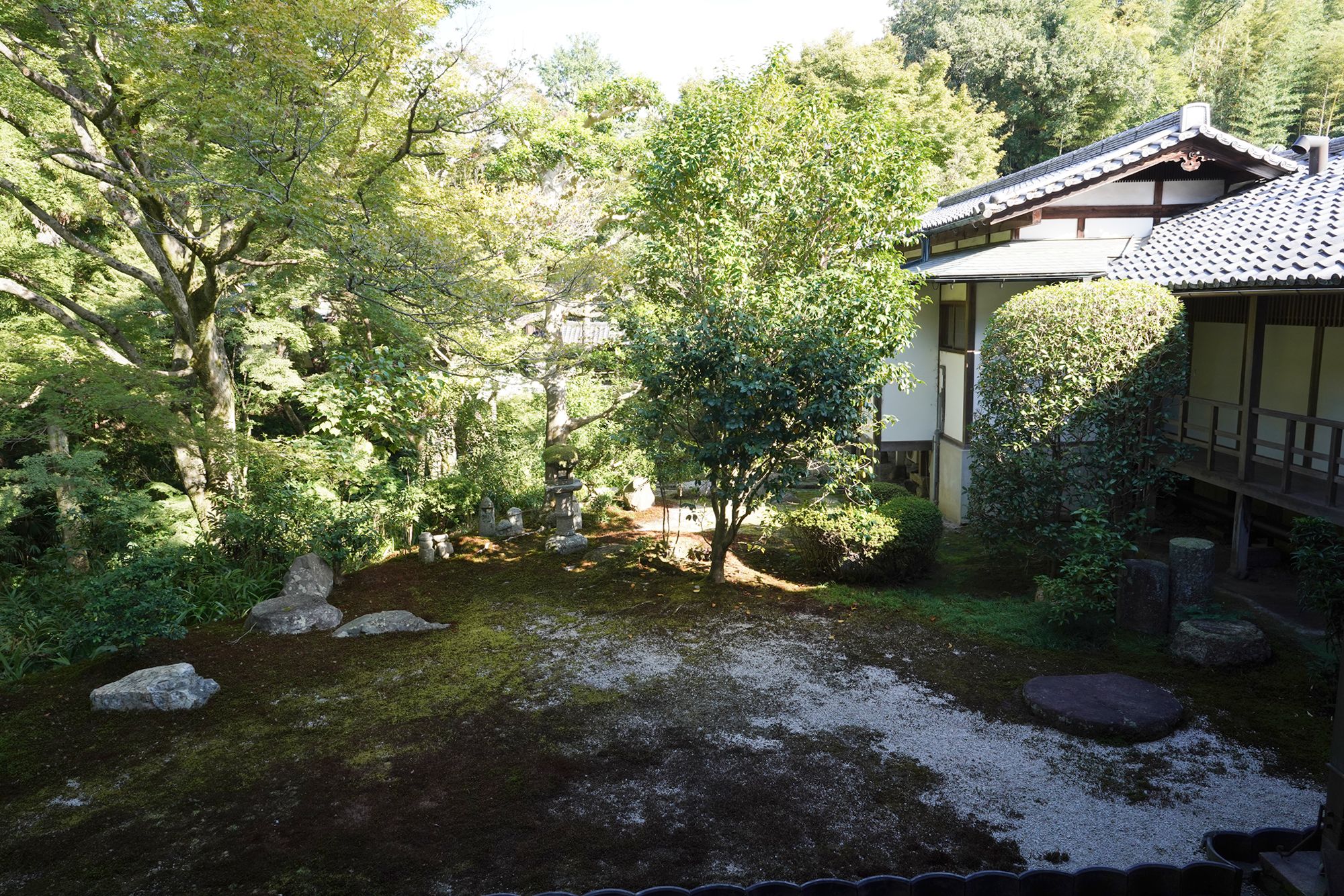
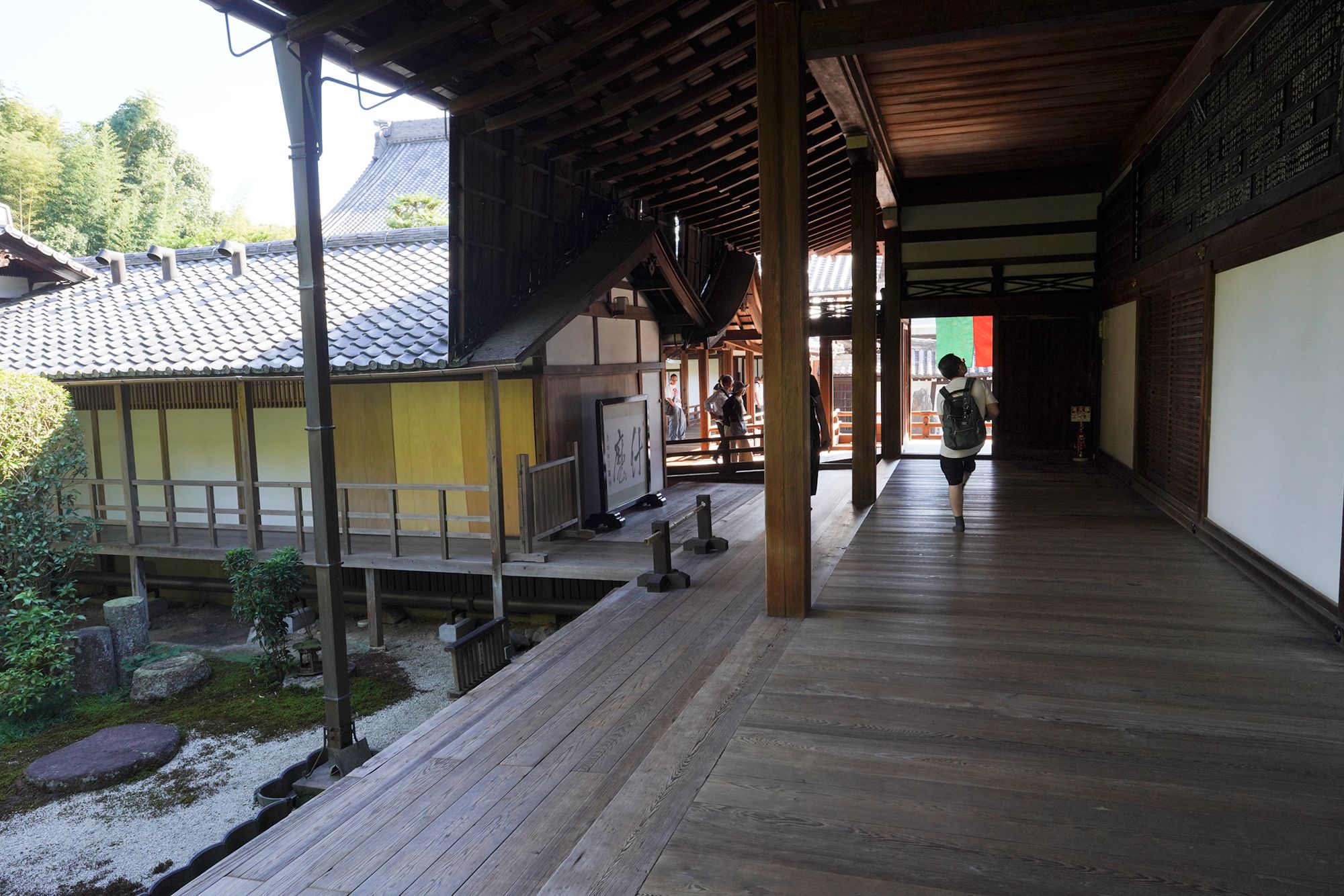
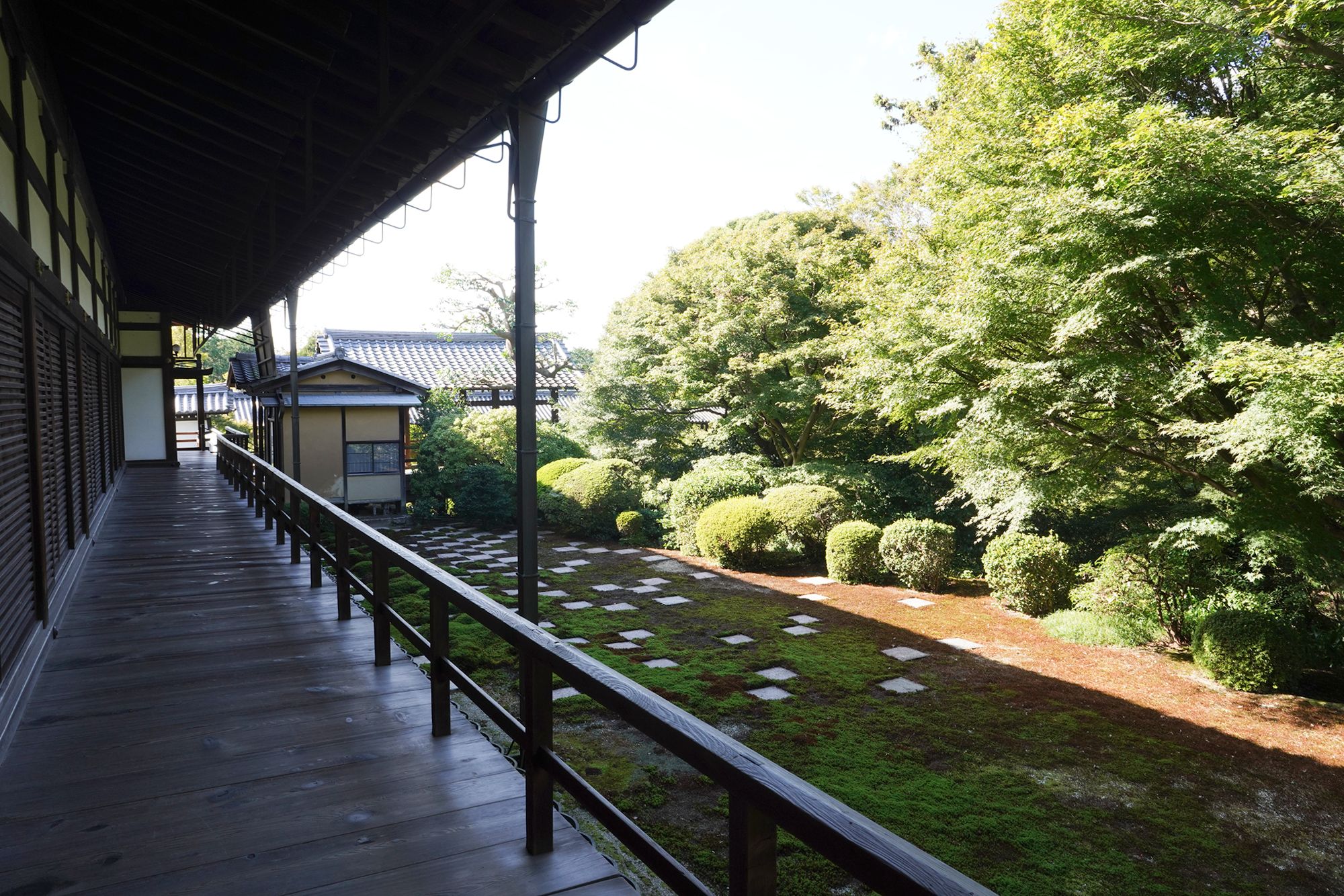
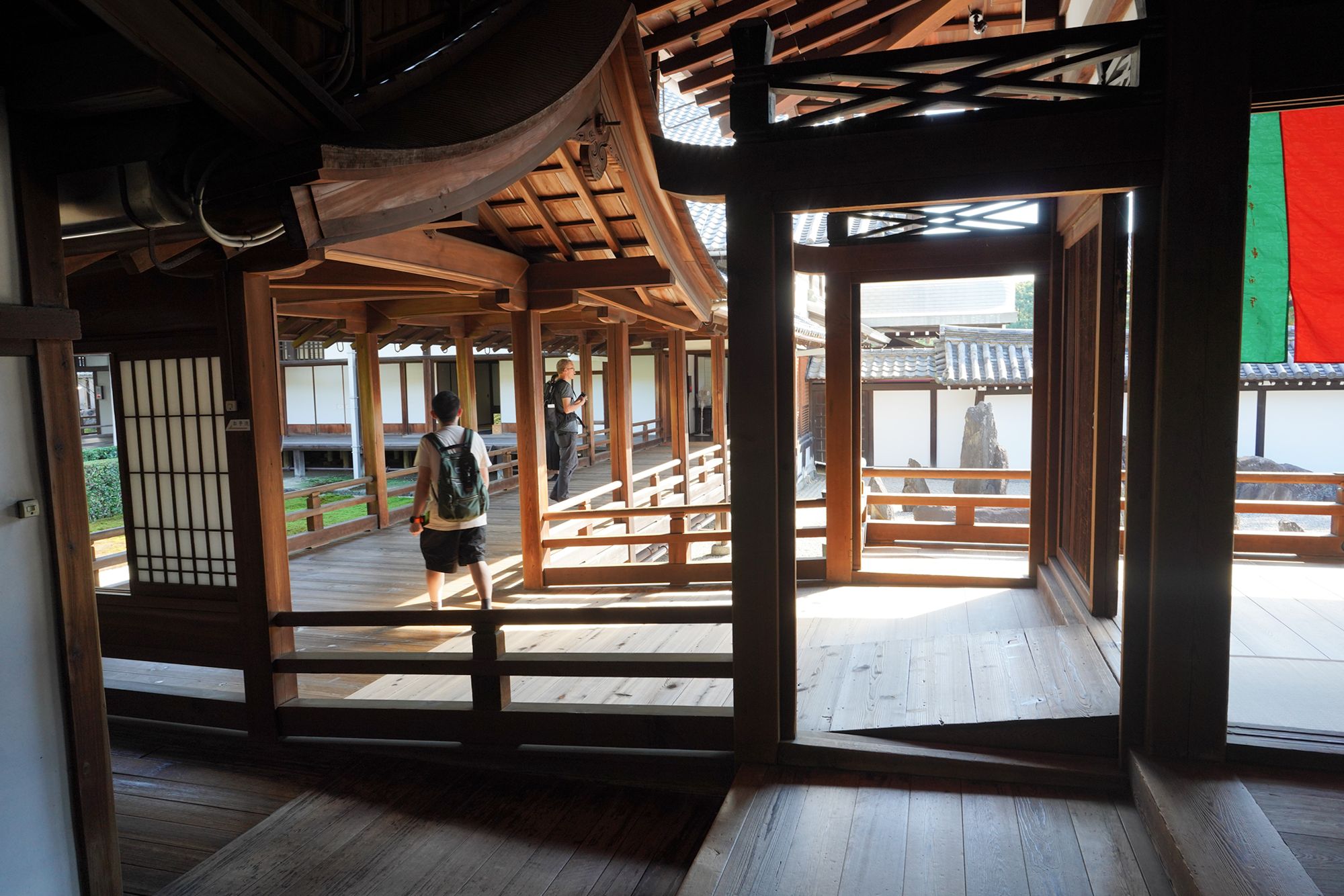
Came back to the front side
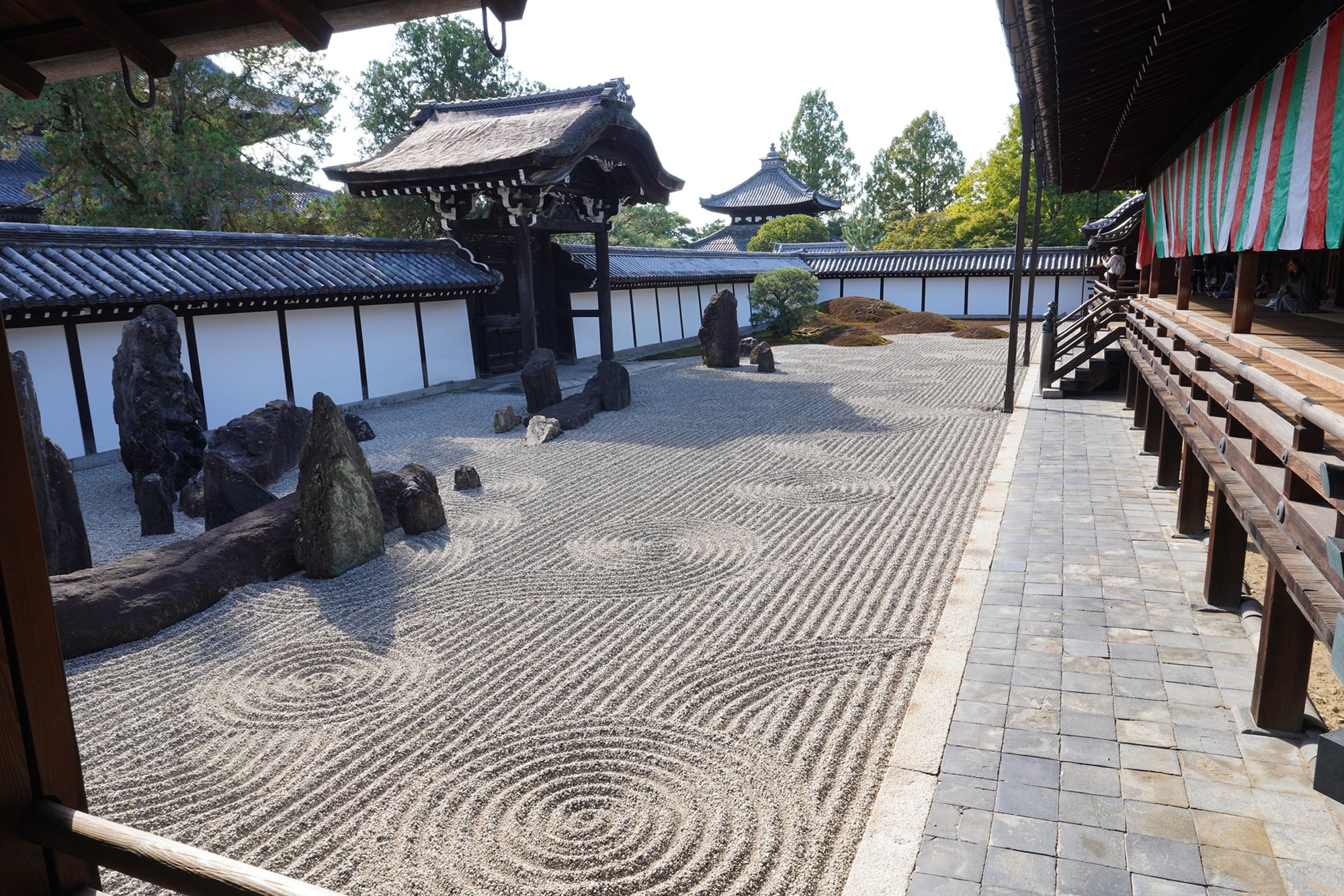
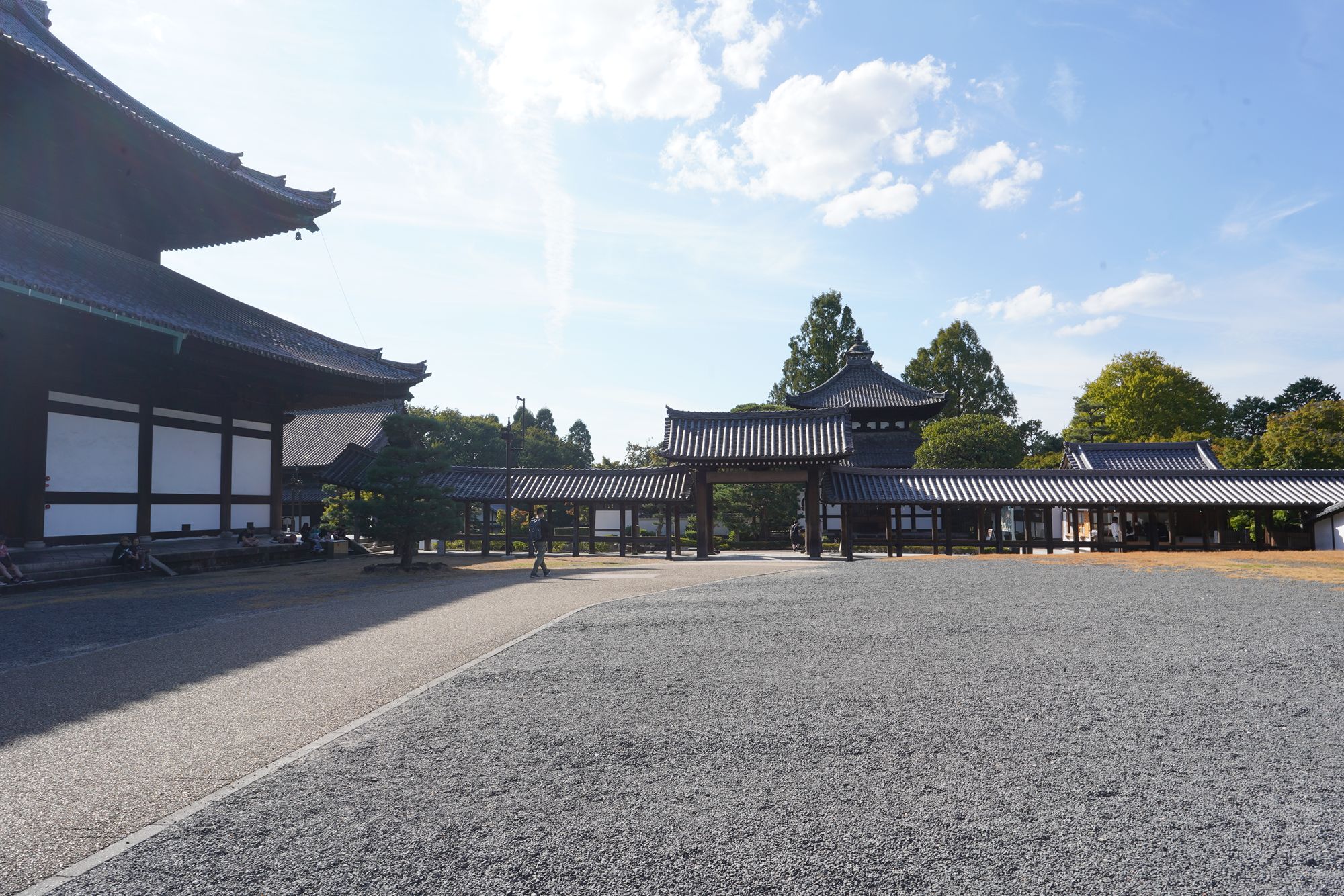
Tofuku-ji Tsutenkyo Bridge. The name “Tsutenkyo” translates to “Bridge to Heaven,” symbolizing its role as a connection between the spiritual and earthly realms.
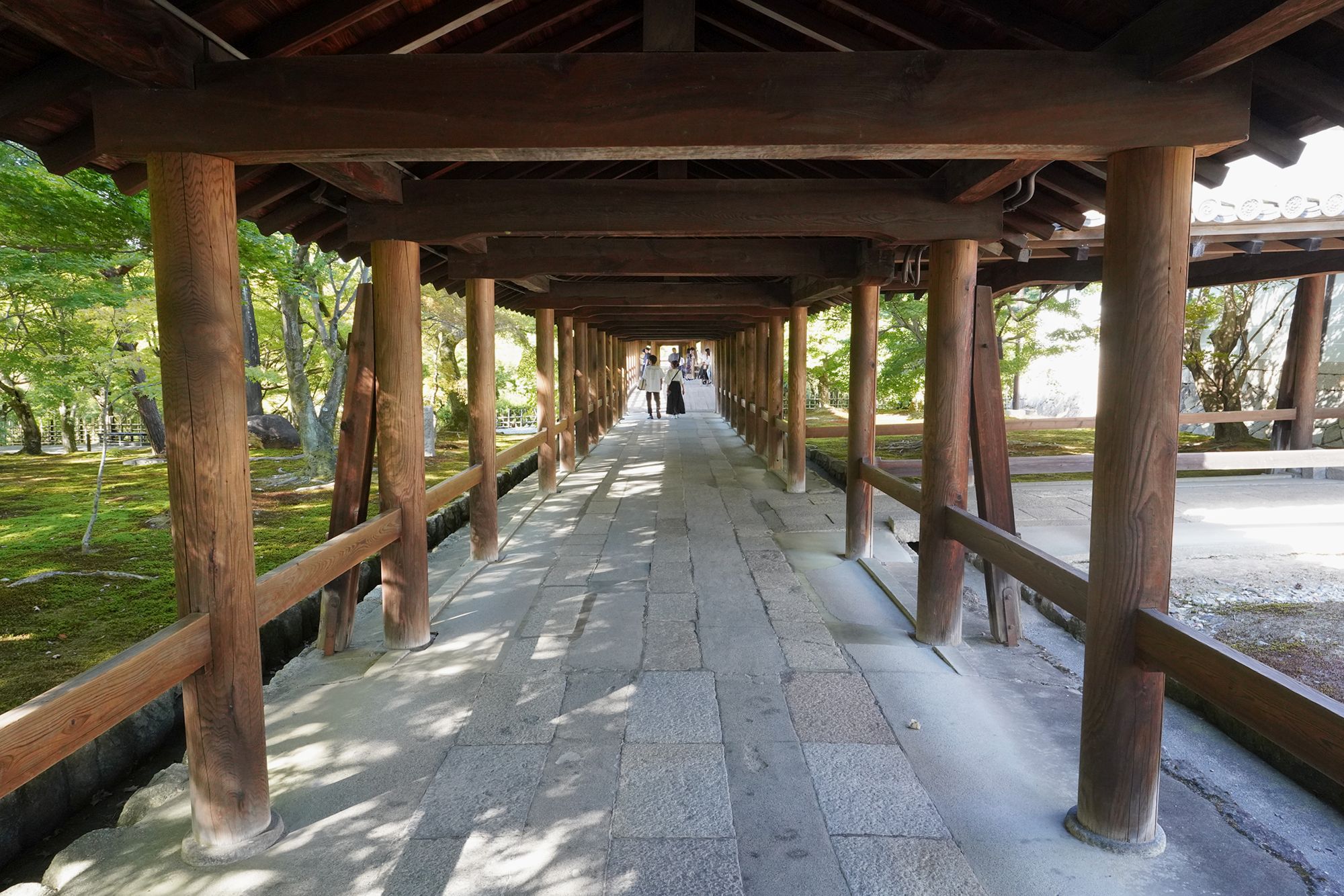
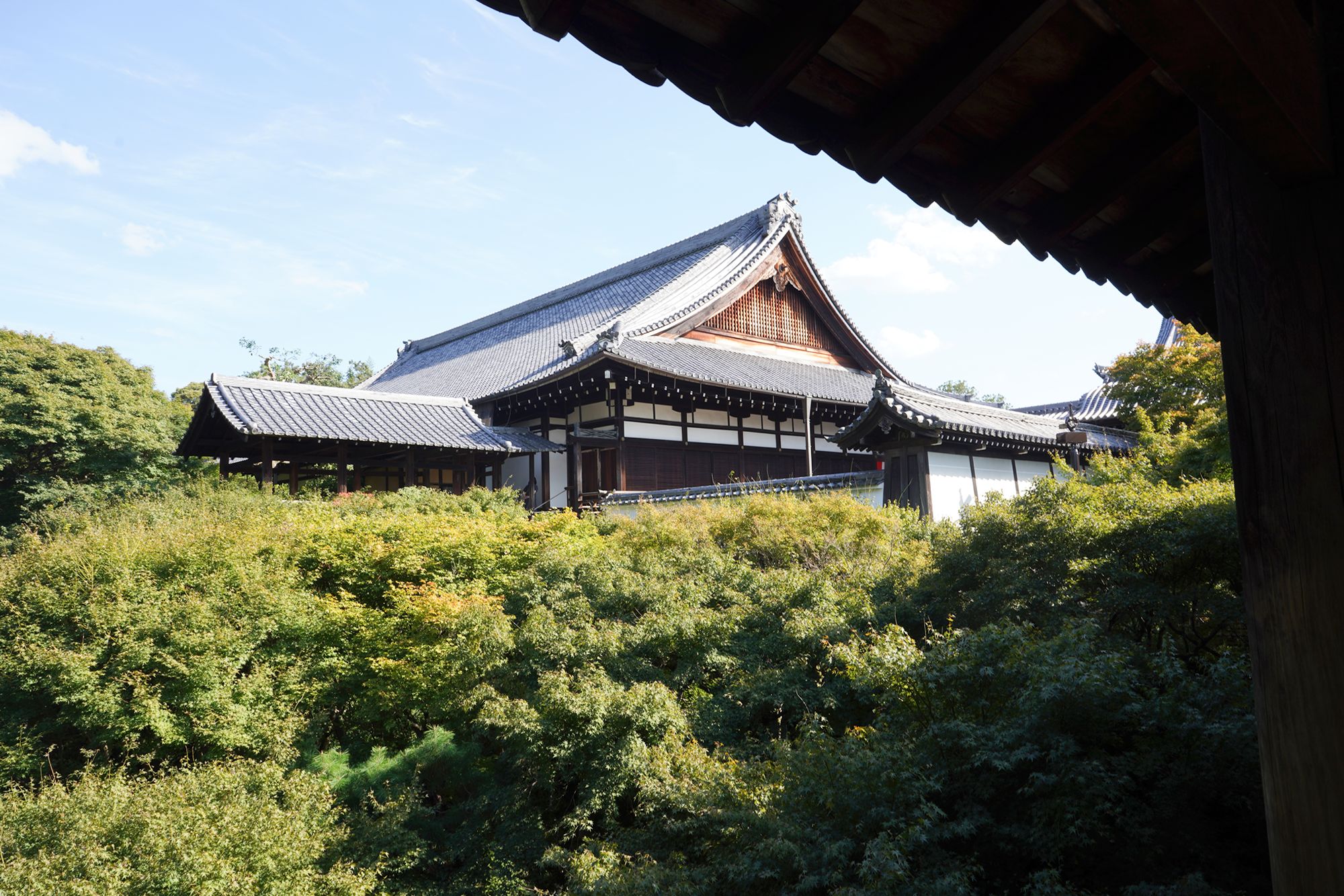
This covered wooden bridge spans the Sengyokukan Ravine, which is densely planted with maple trees. During autumn, the ravine transforms into a sea of vibrant red and orange foliage, making it one of Kyoto’s most celebrated spots for fall scenery.
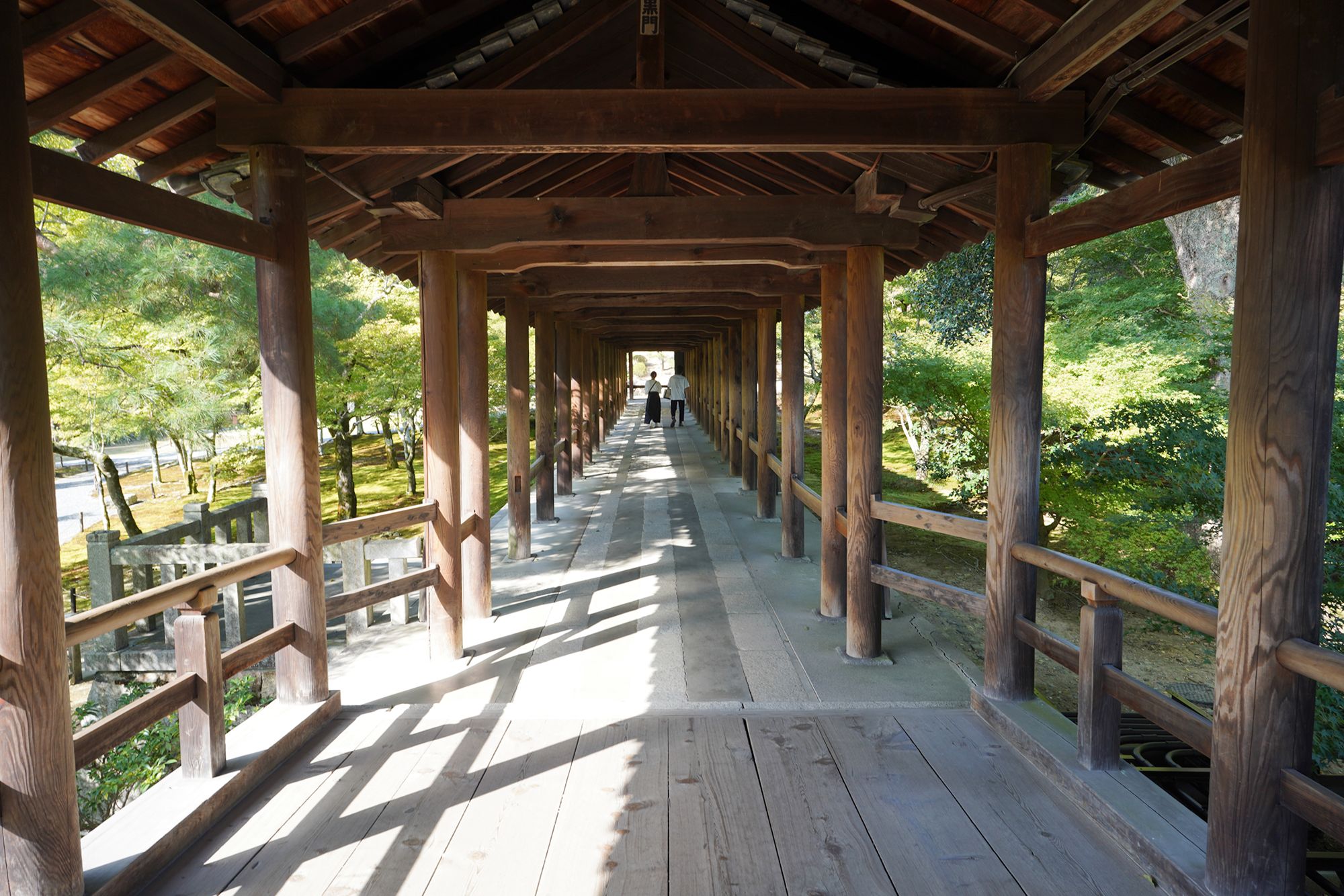
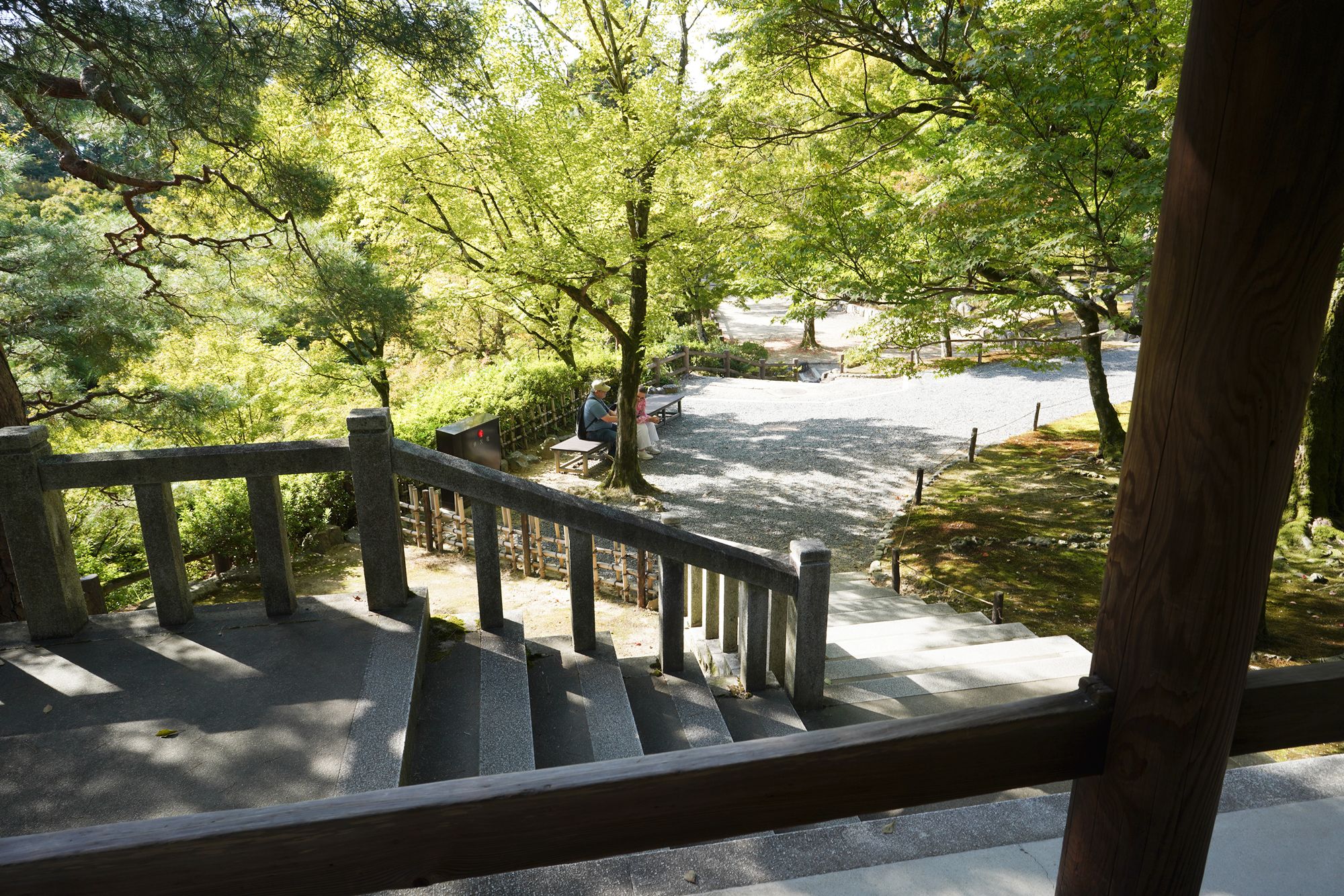
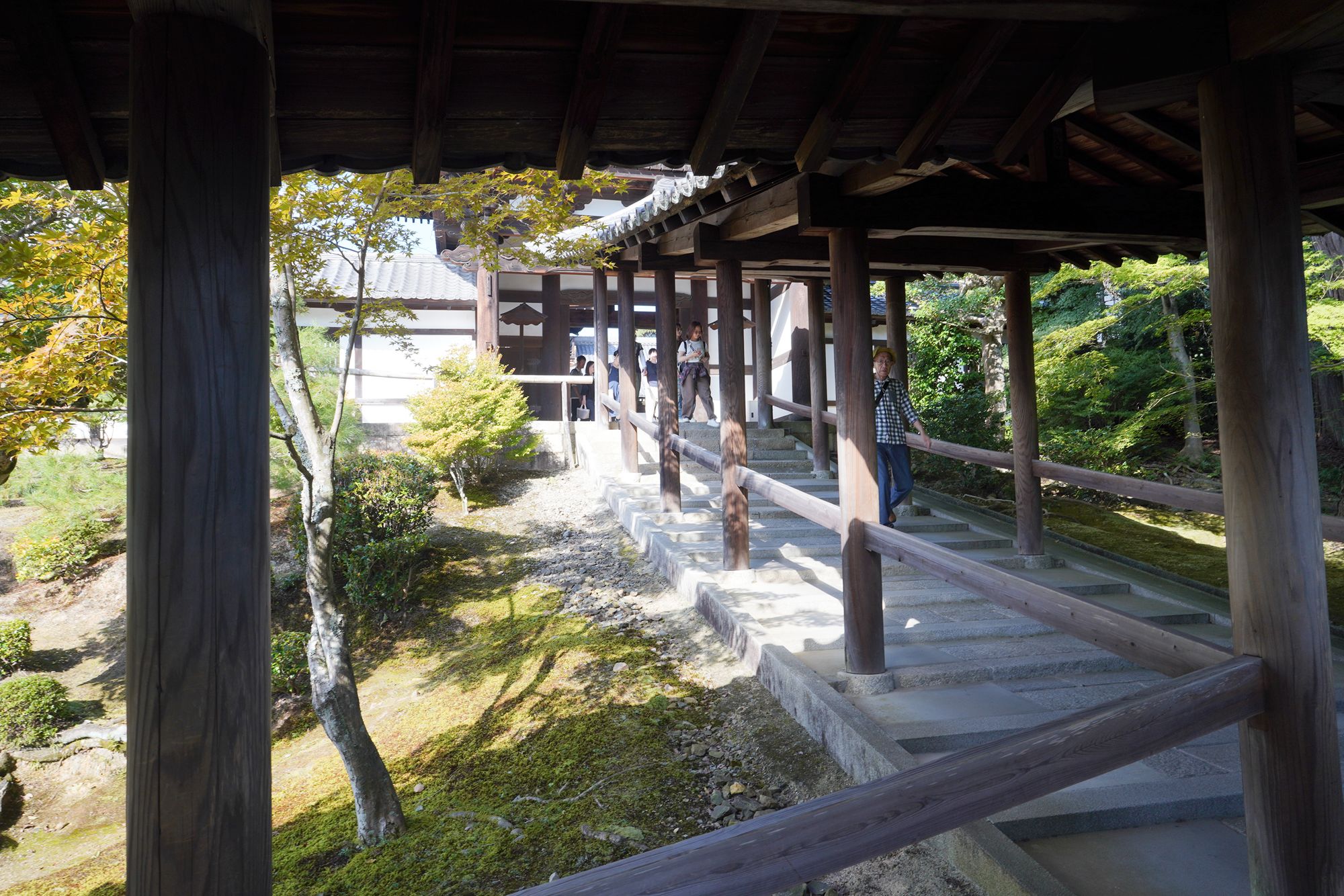
One end of the bridge is Tofuku-ji Daiki-in. Daiki-in is a sub-temple within the Tōfuku-ji temple complex, known for its exquisite Zen gardens that exemplify traditional Japanese landscaping techniques and Zen aesthetics. Established during the Muromachi period (1336–1573), Daiki-in has a rich history and provides a serene, contemplative environment for visitors.
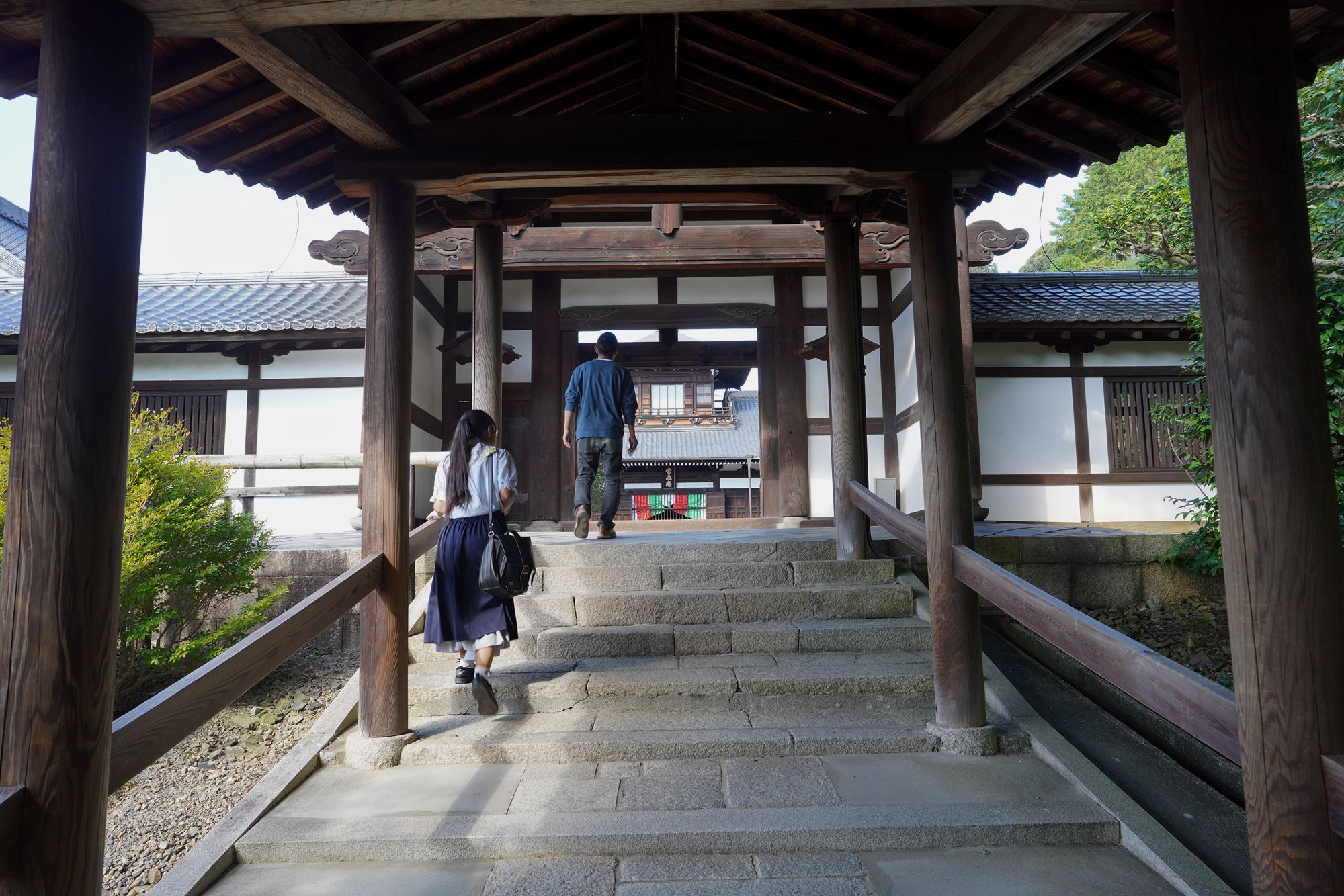
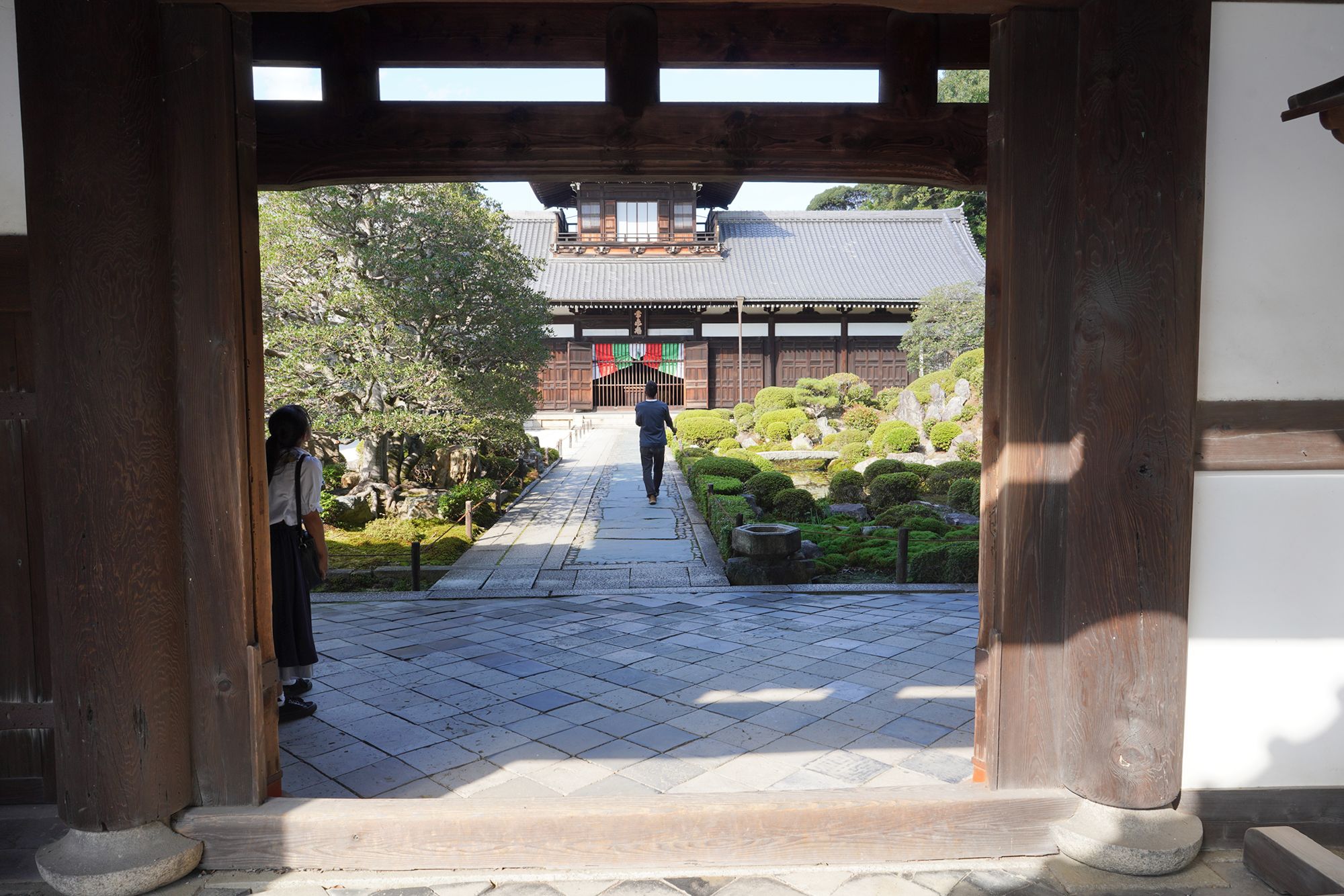
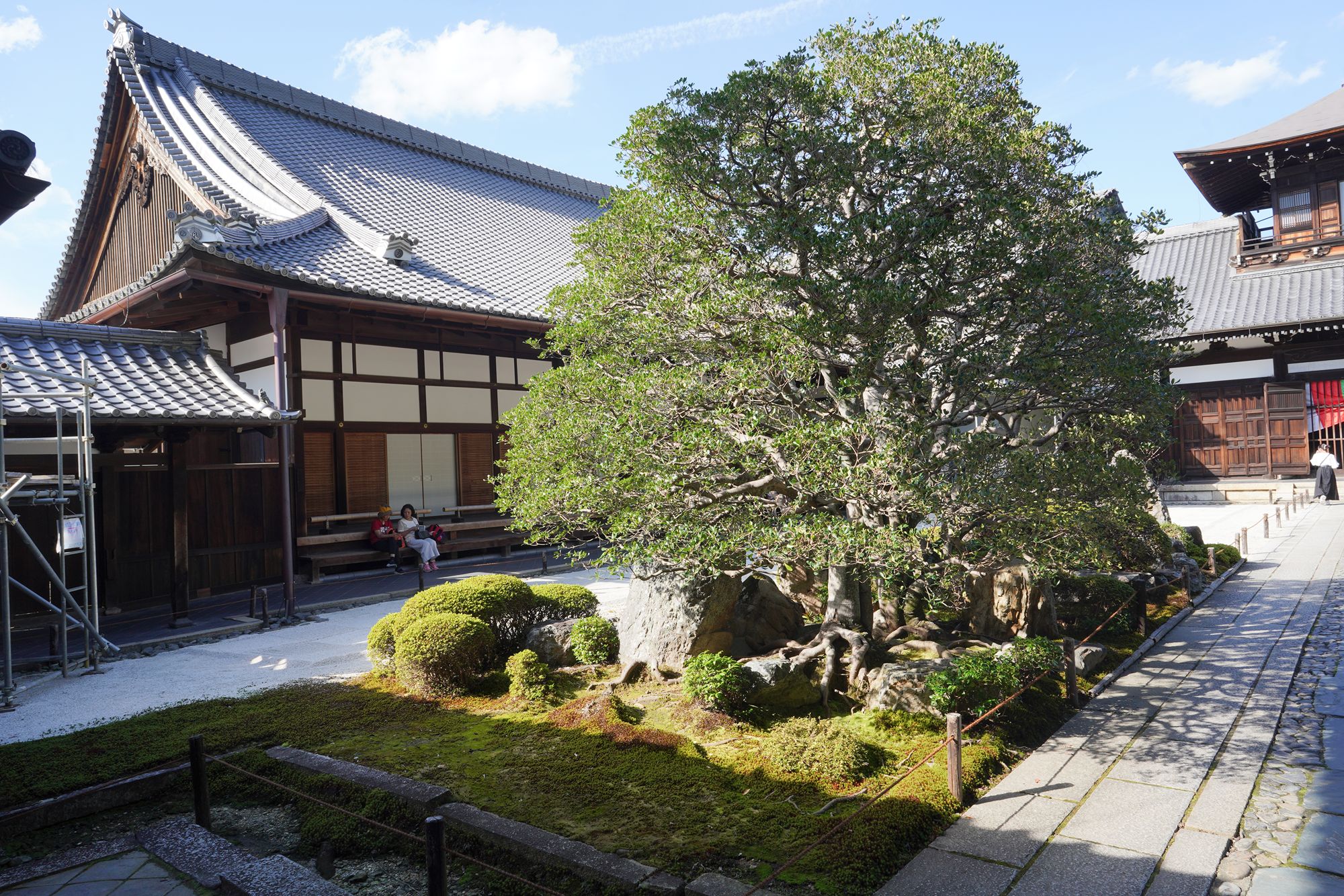
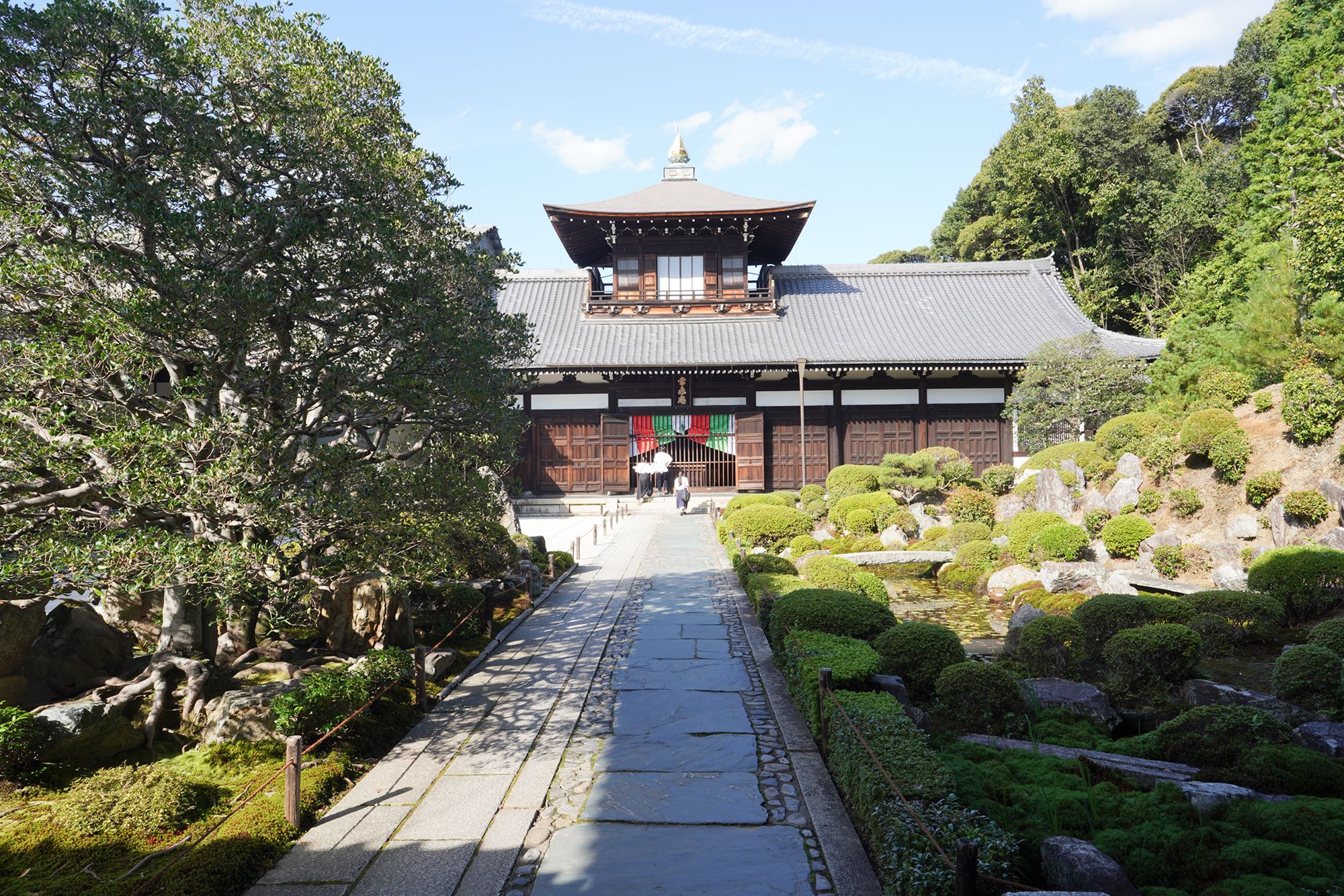
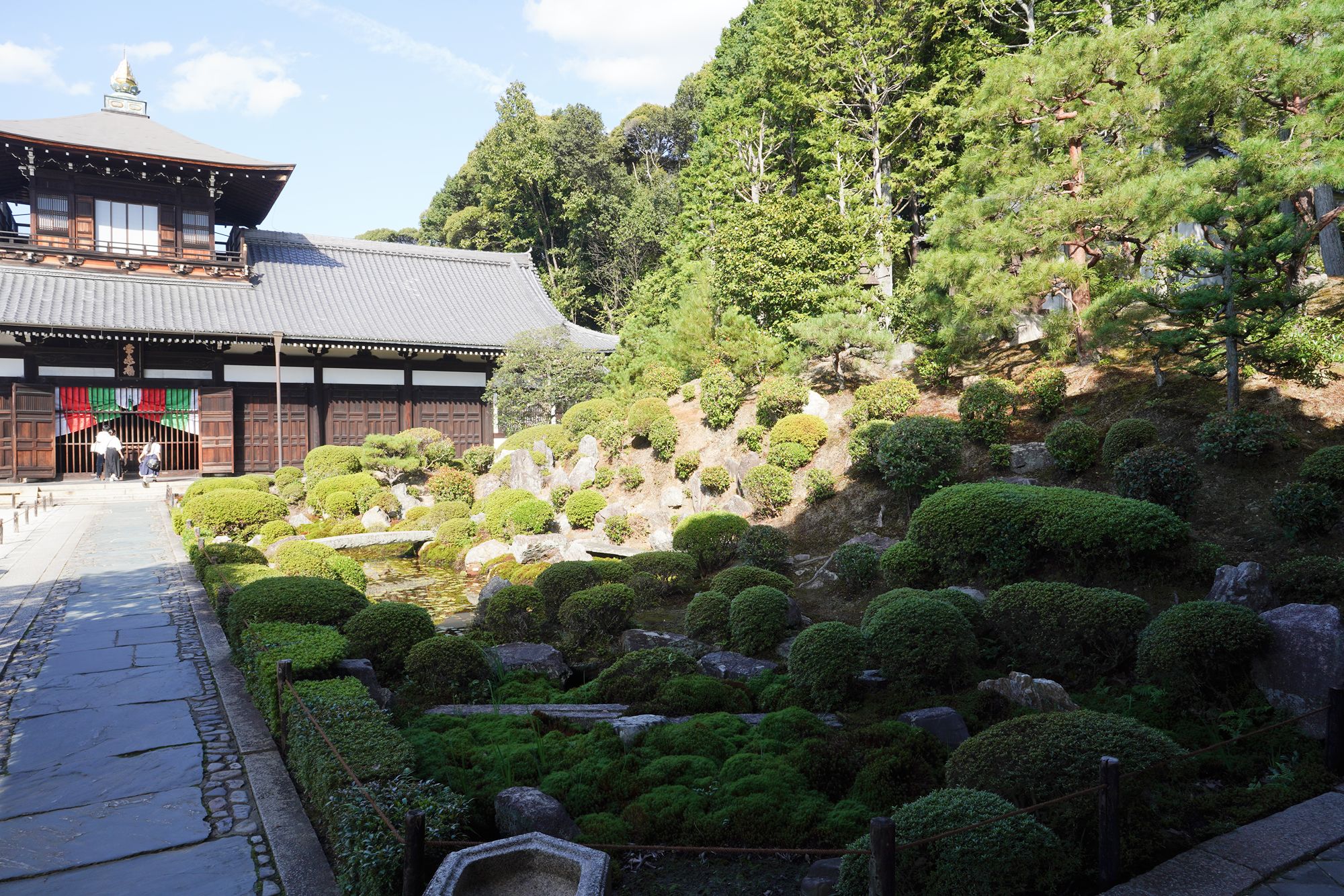
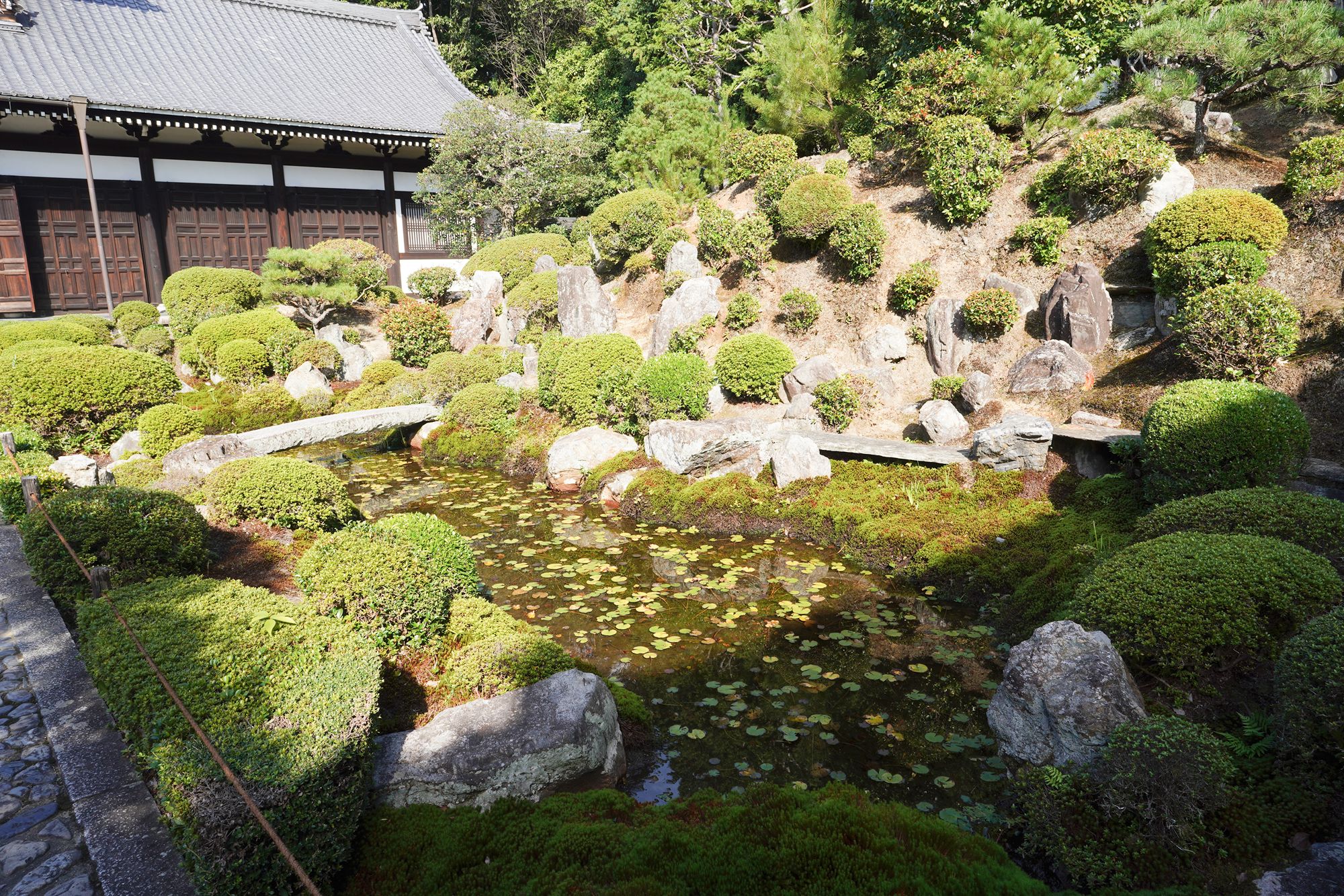
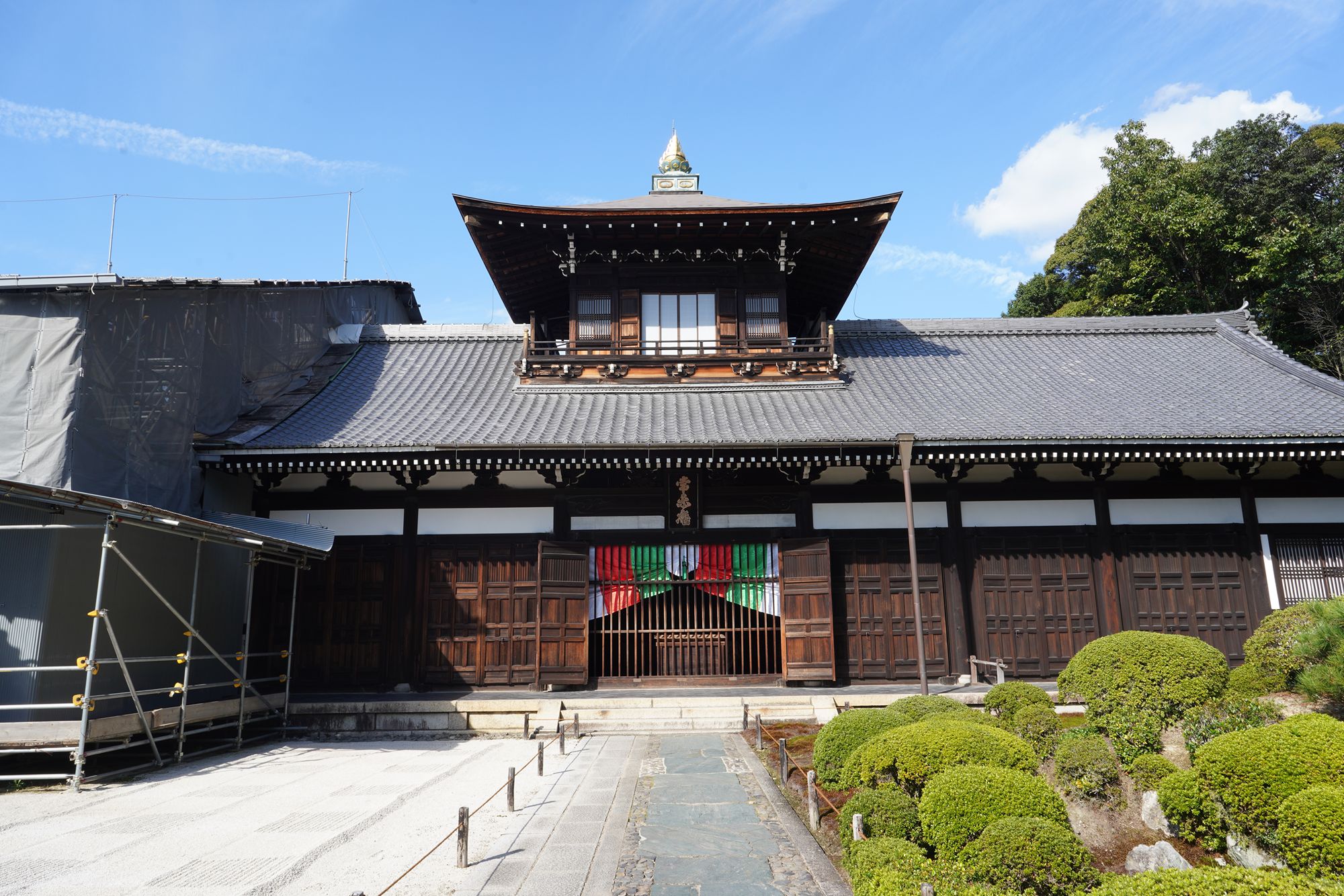
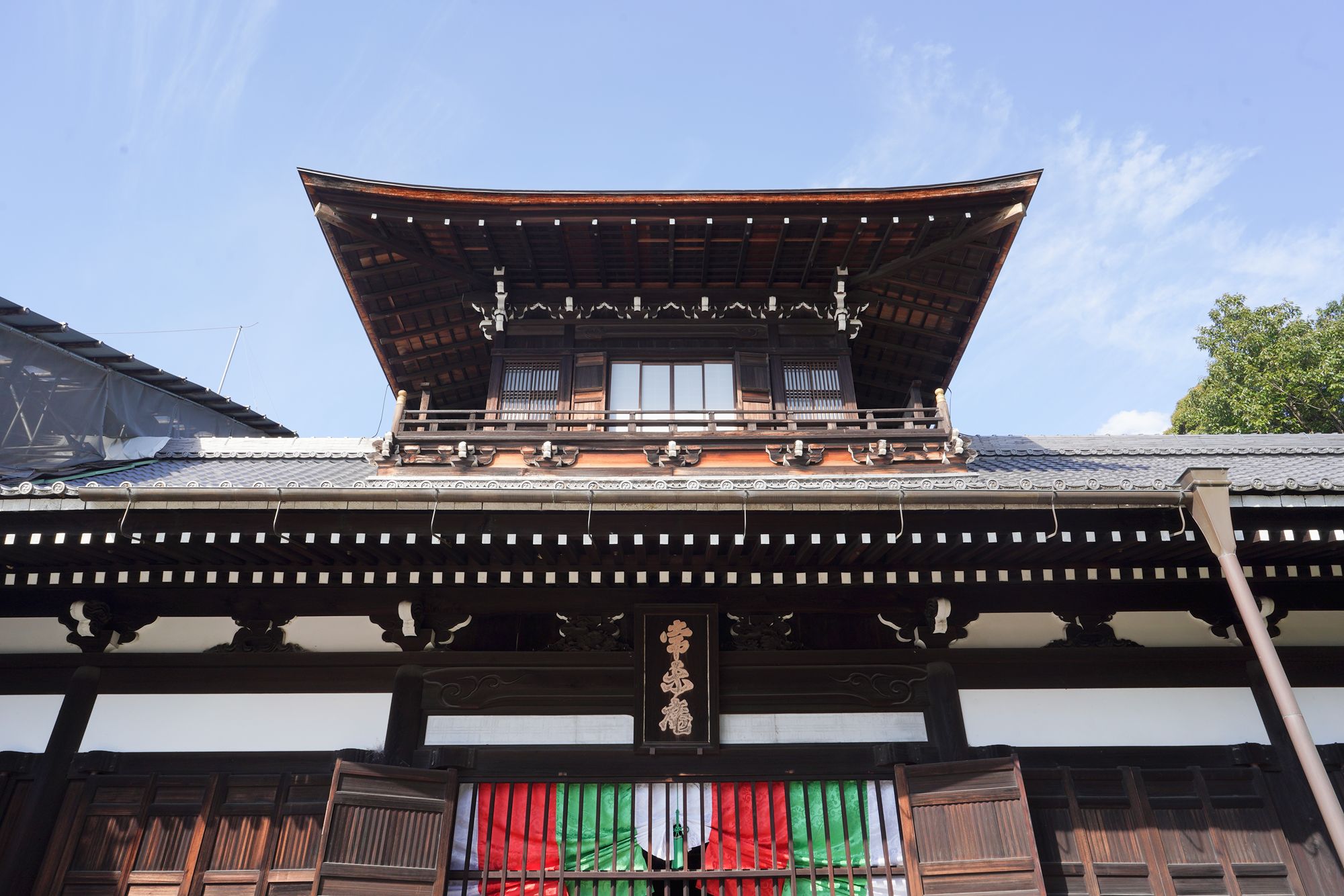
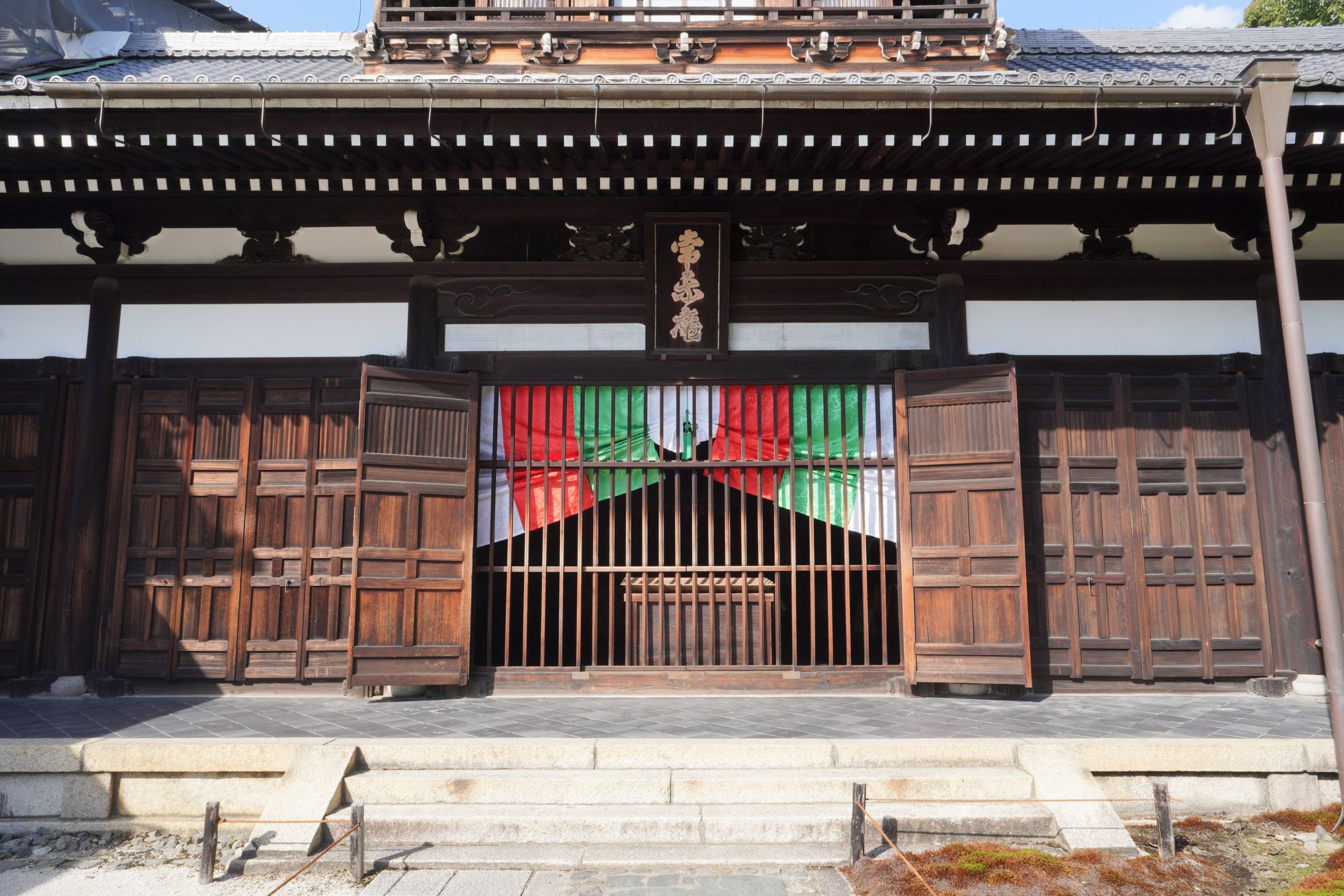
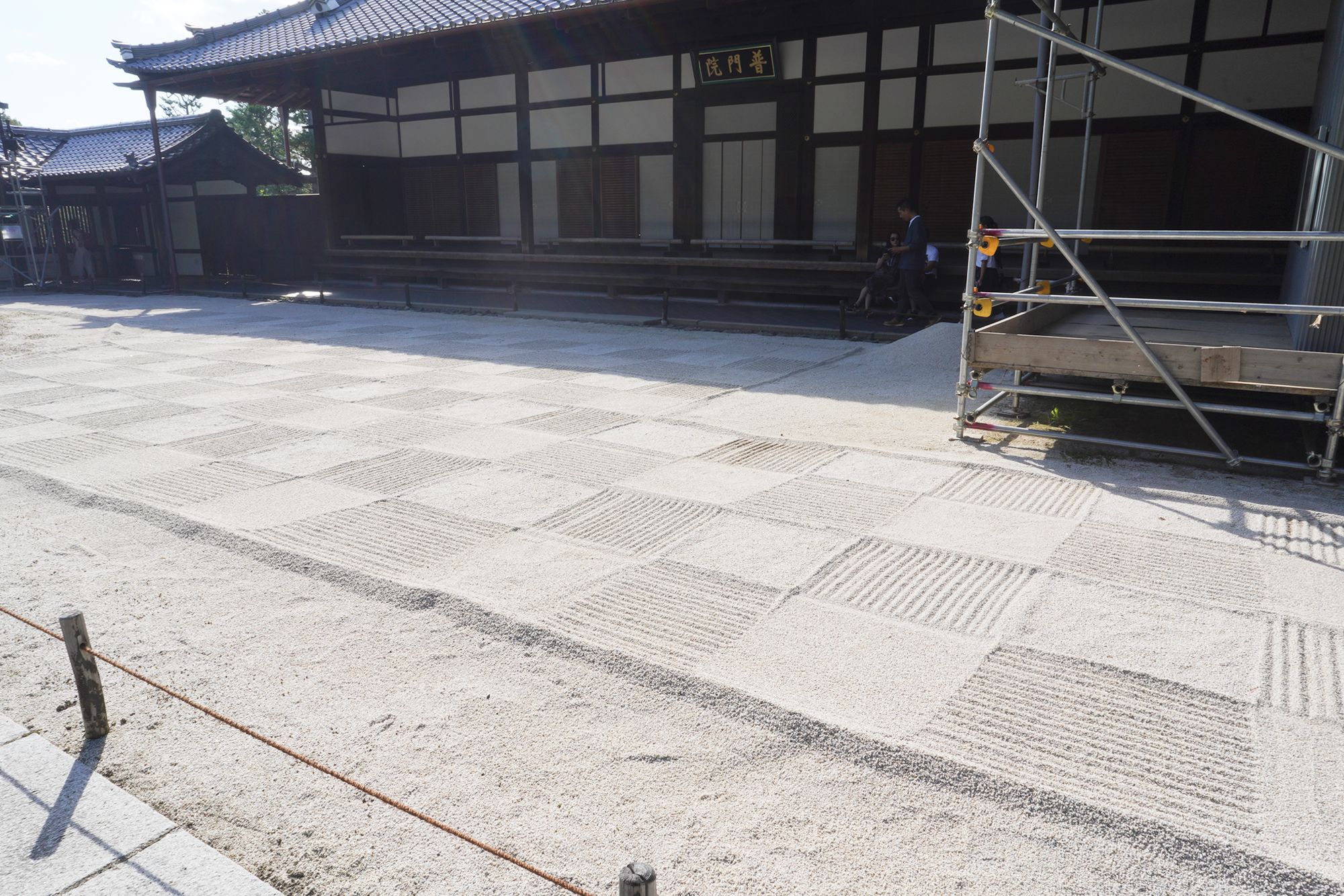
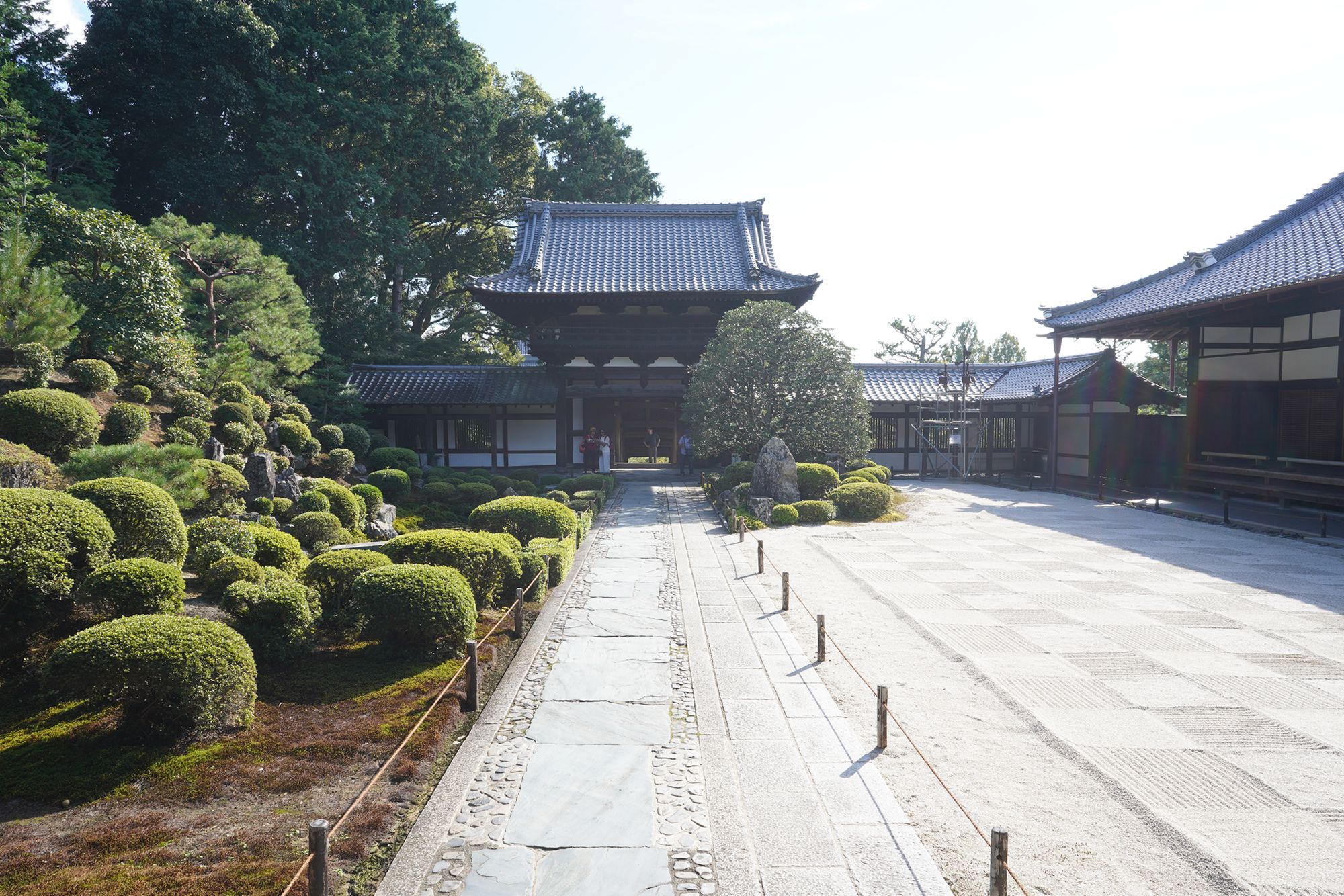
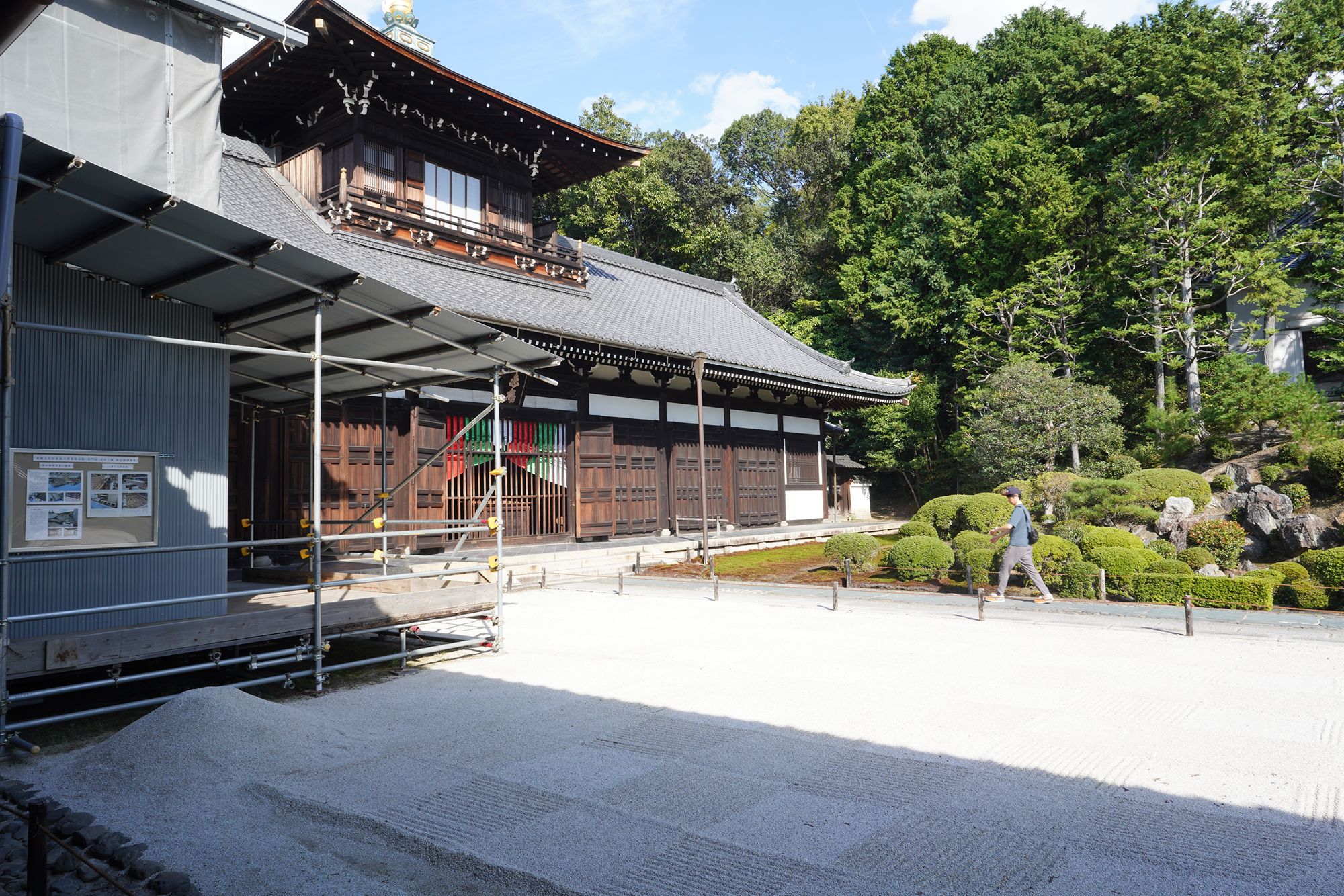
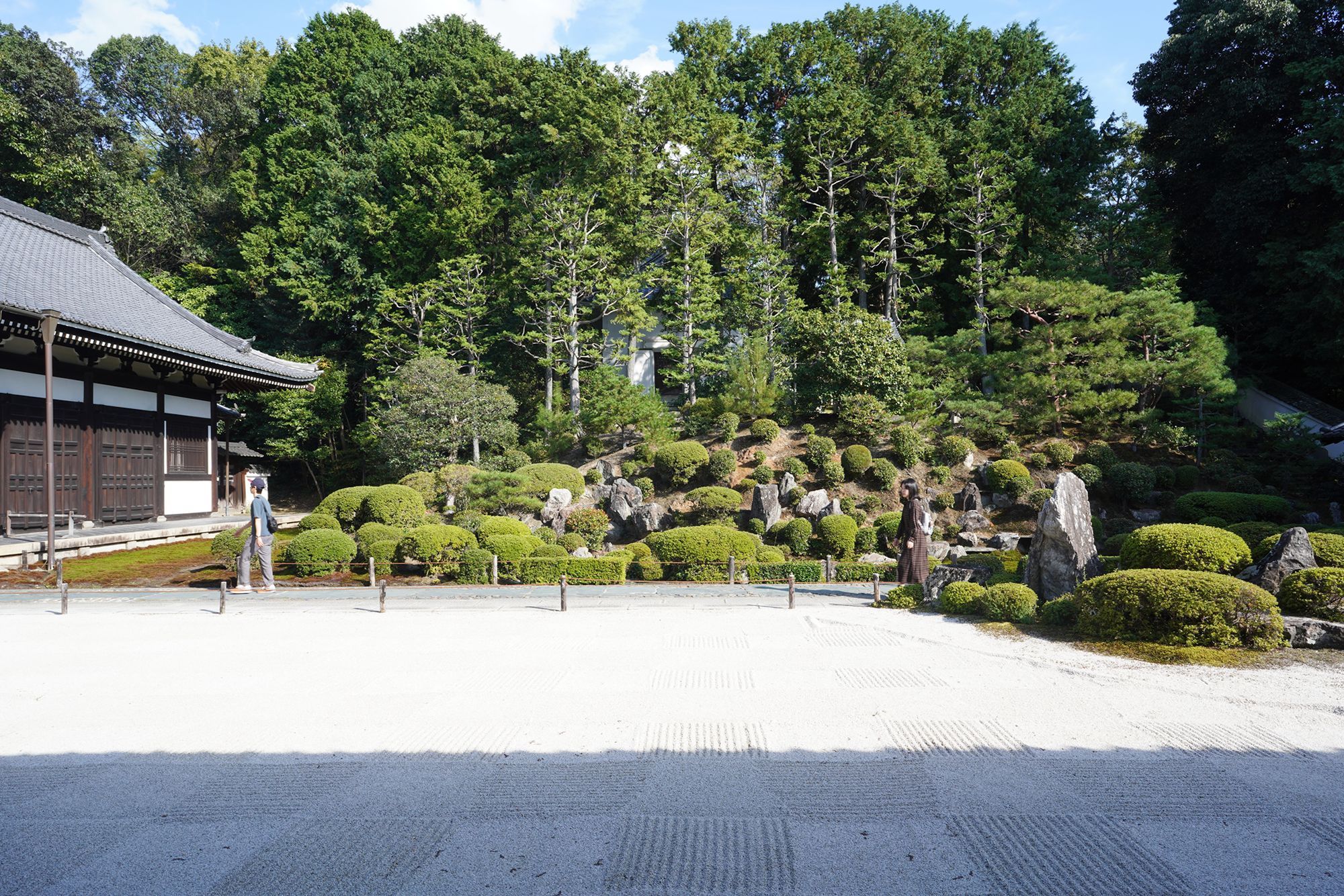
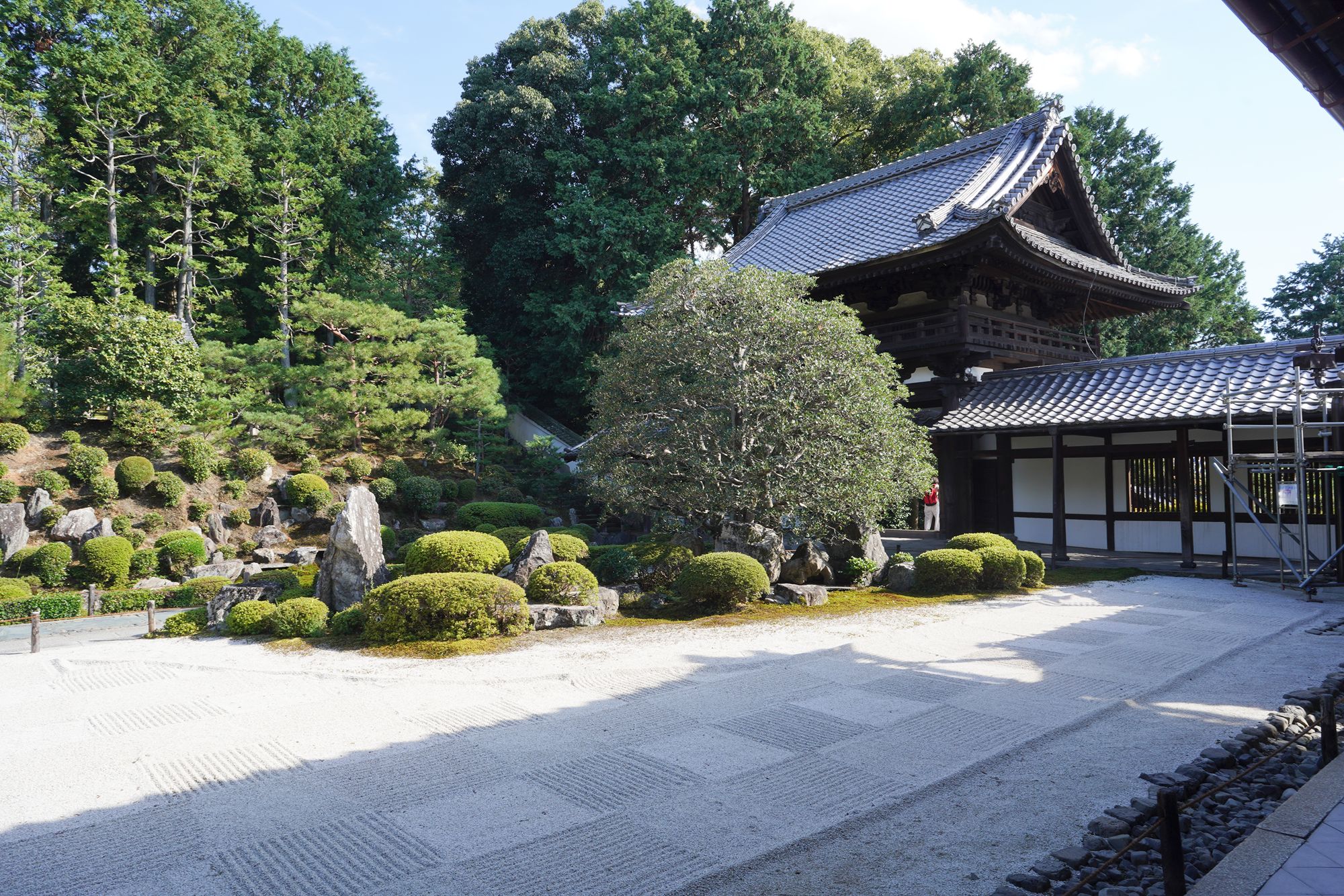
Exiting Tofuku-ji Daiki-in Temple
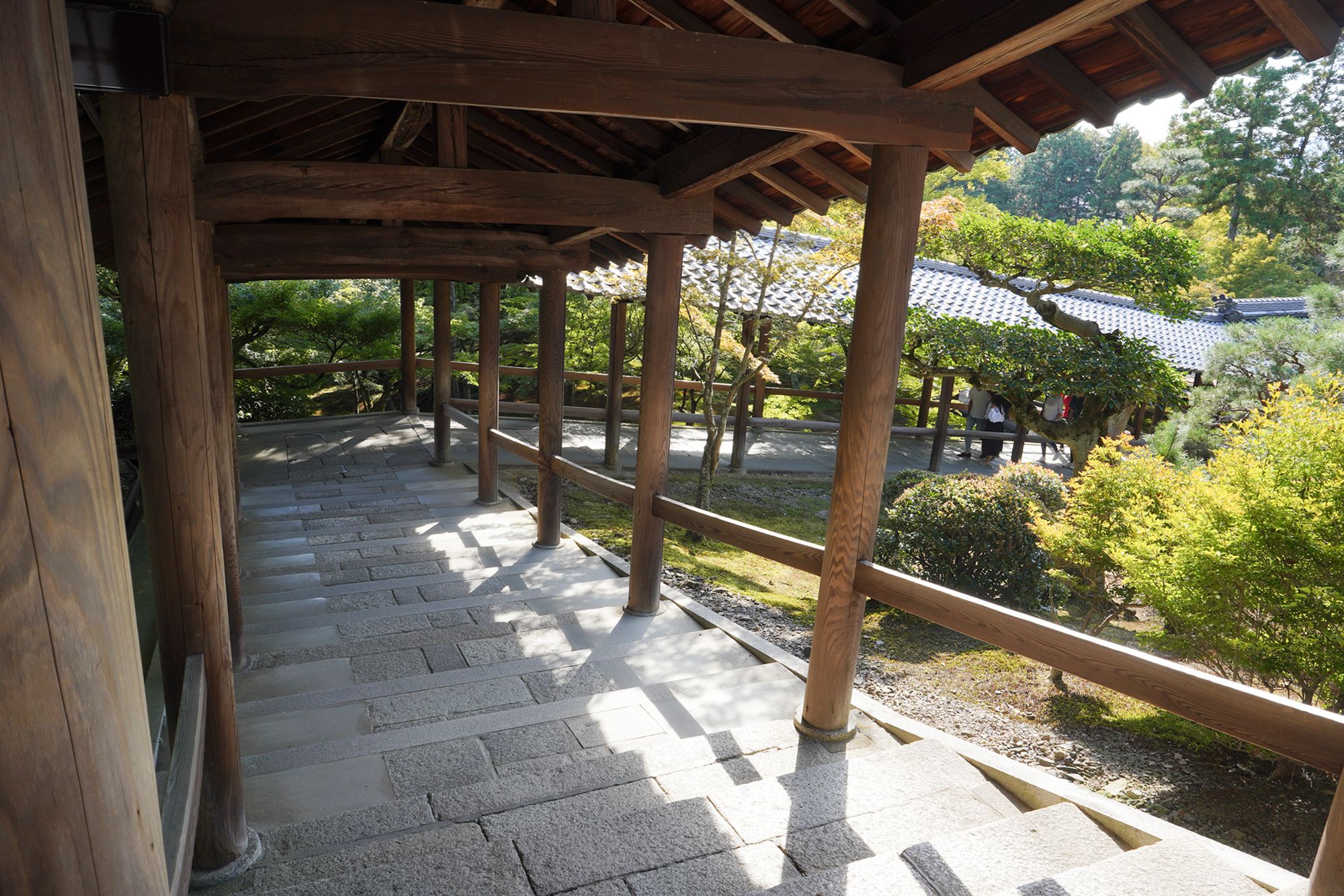
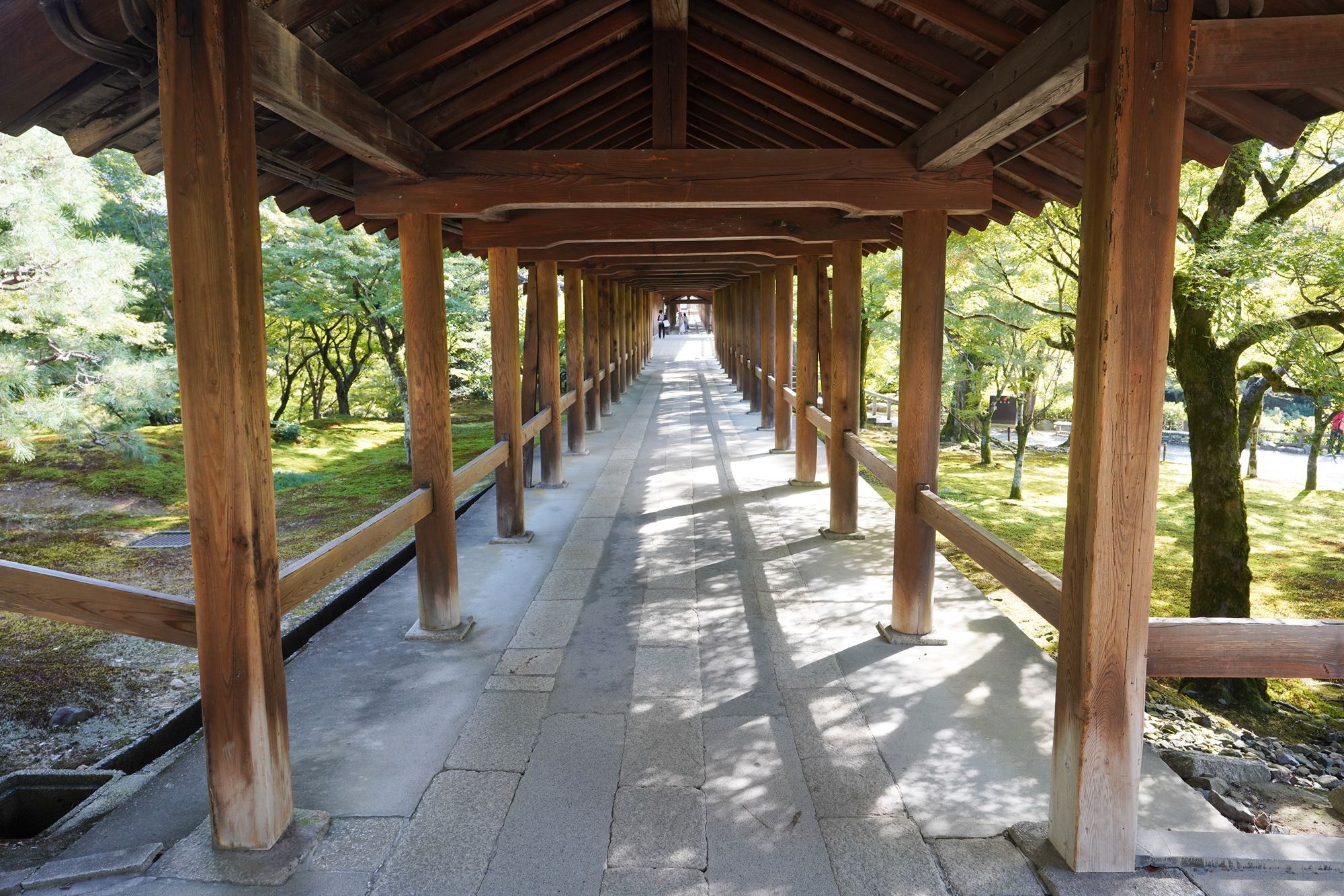
The temple has a large garden
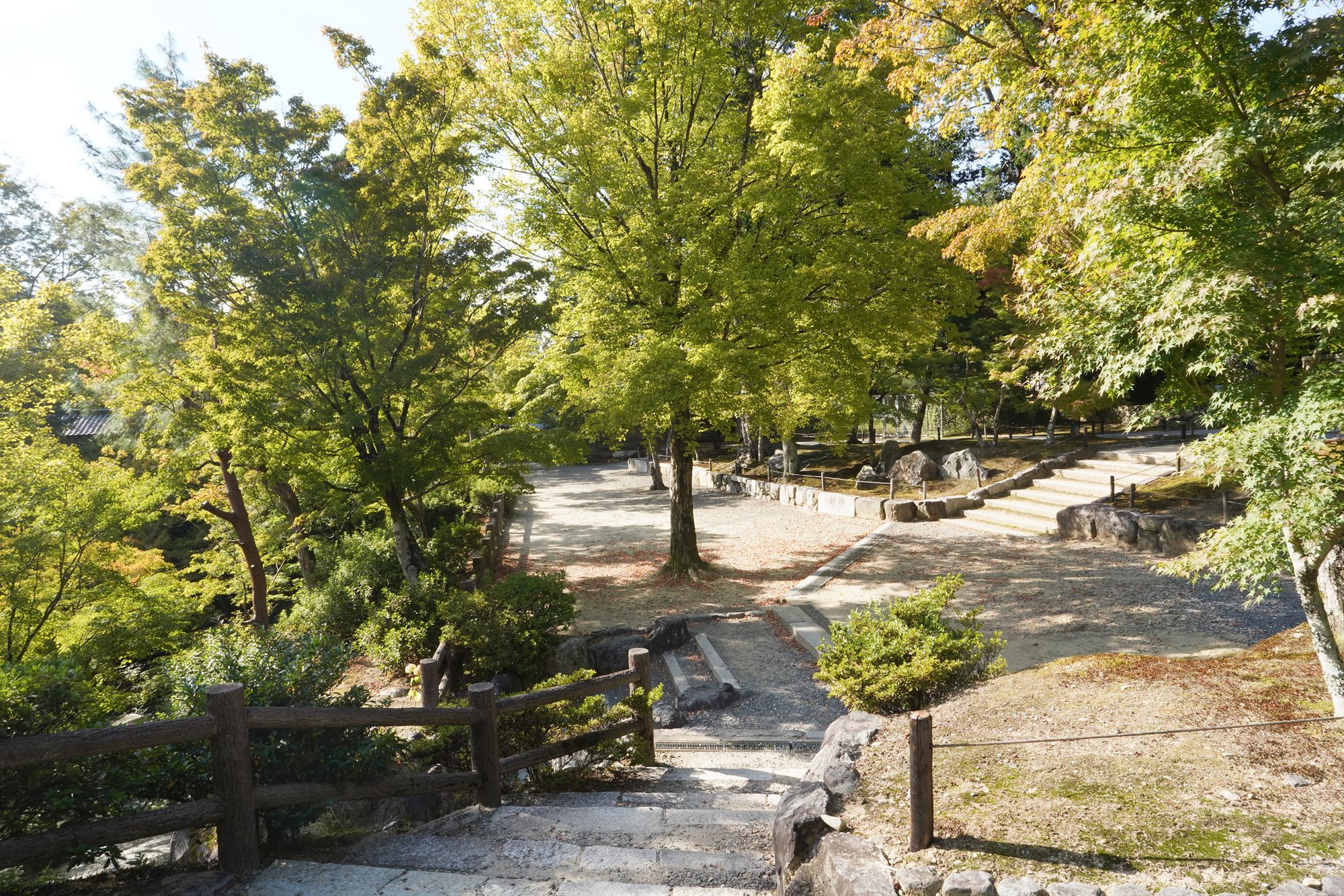
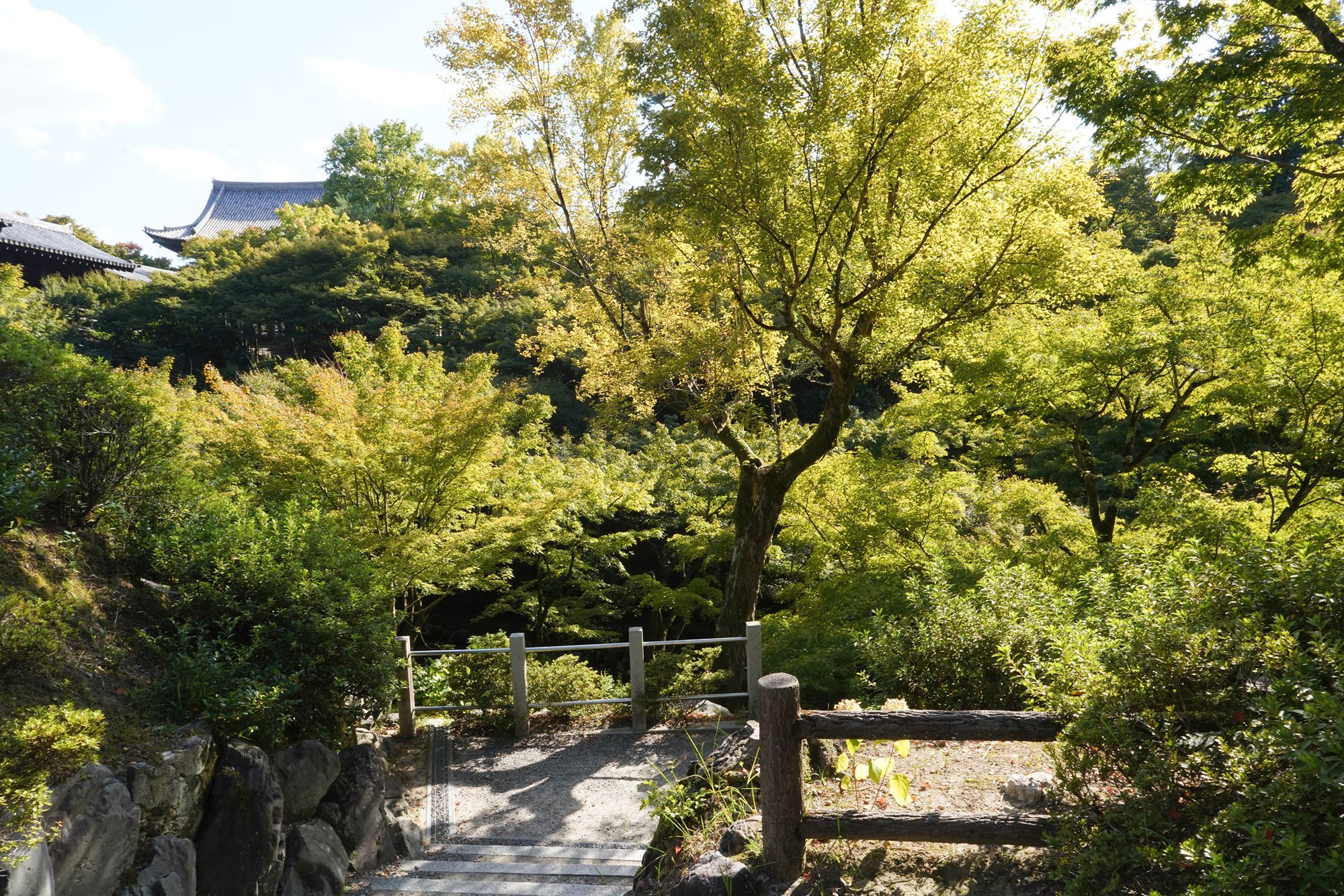
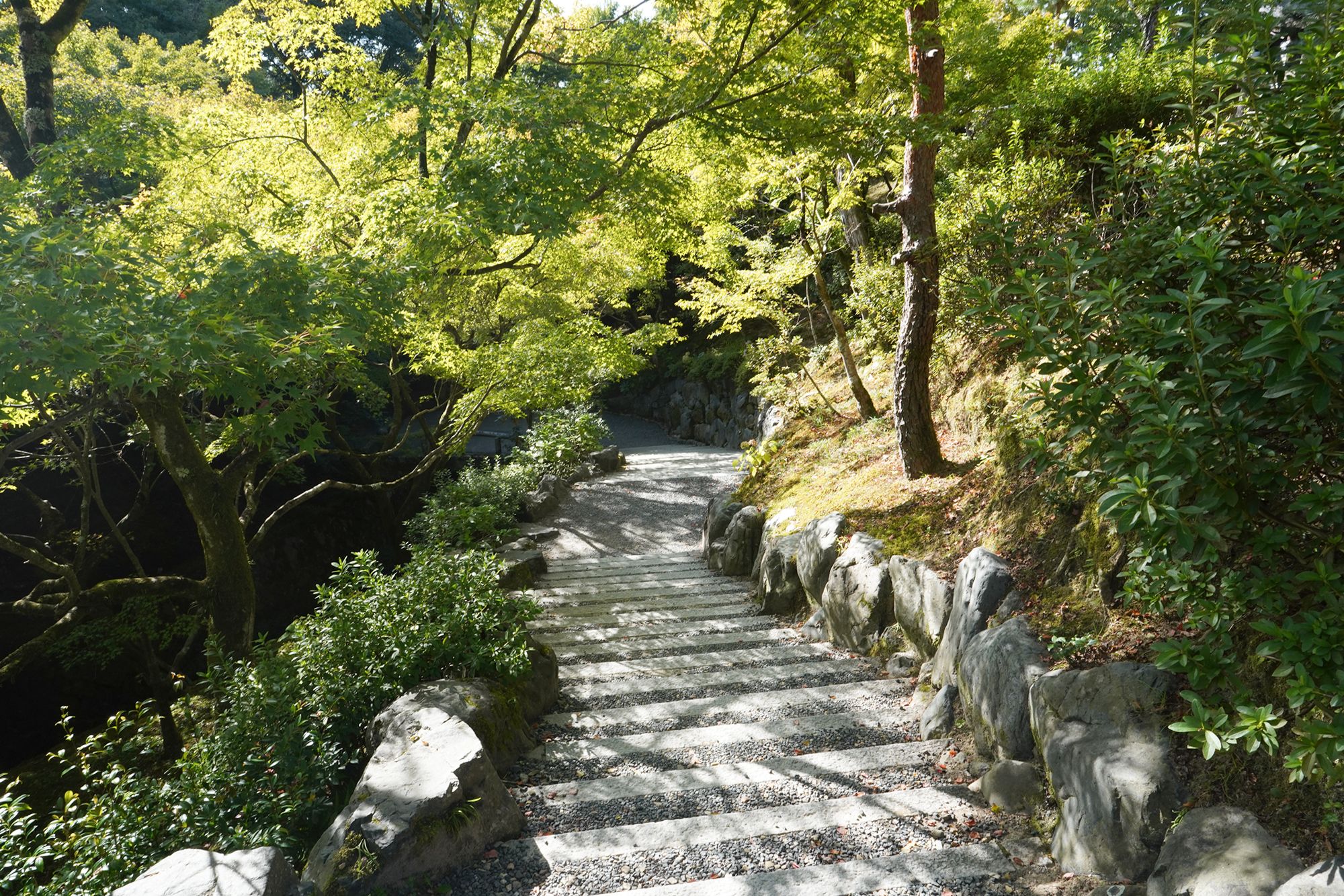
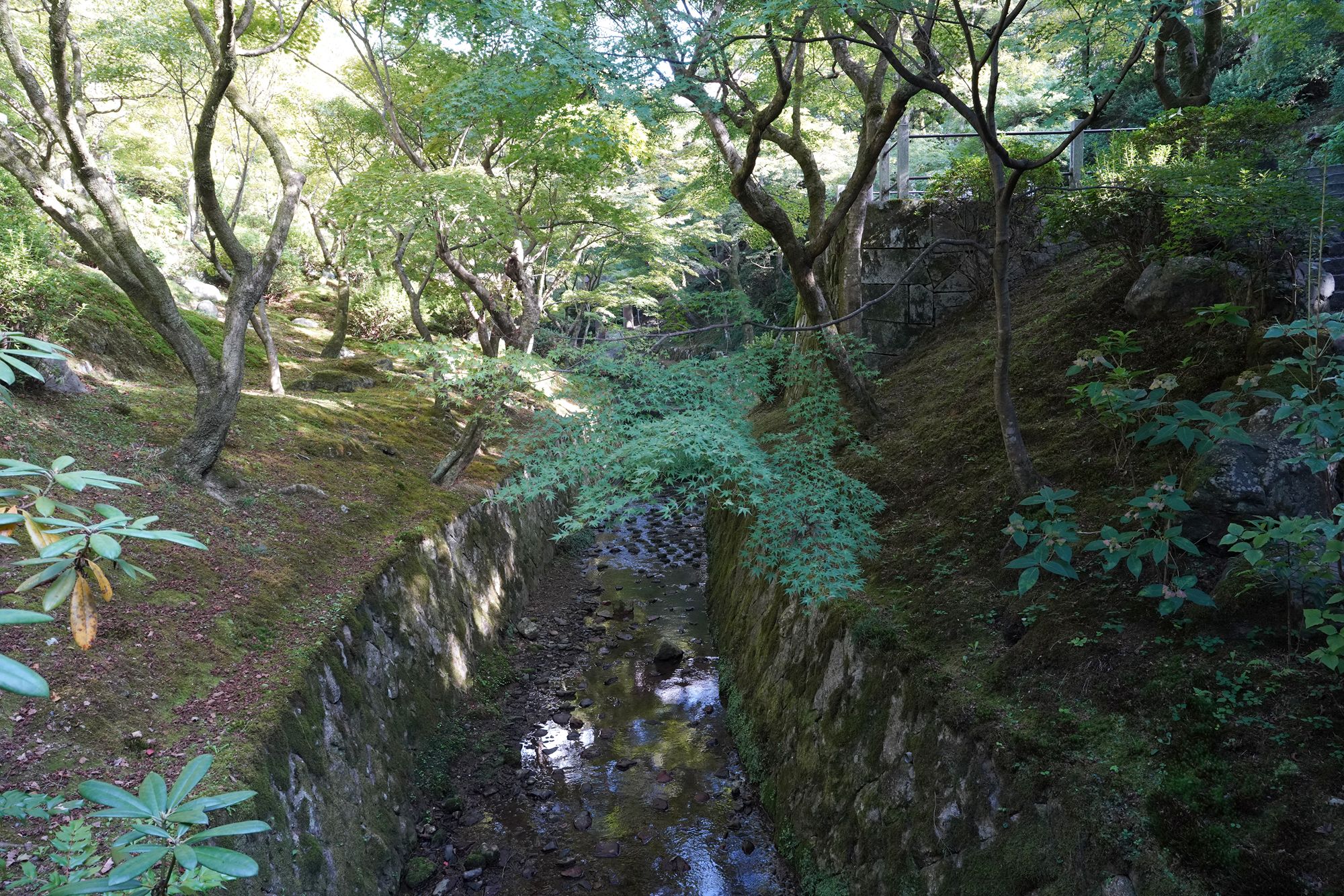
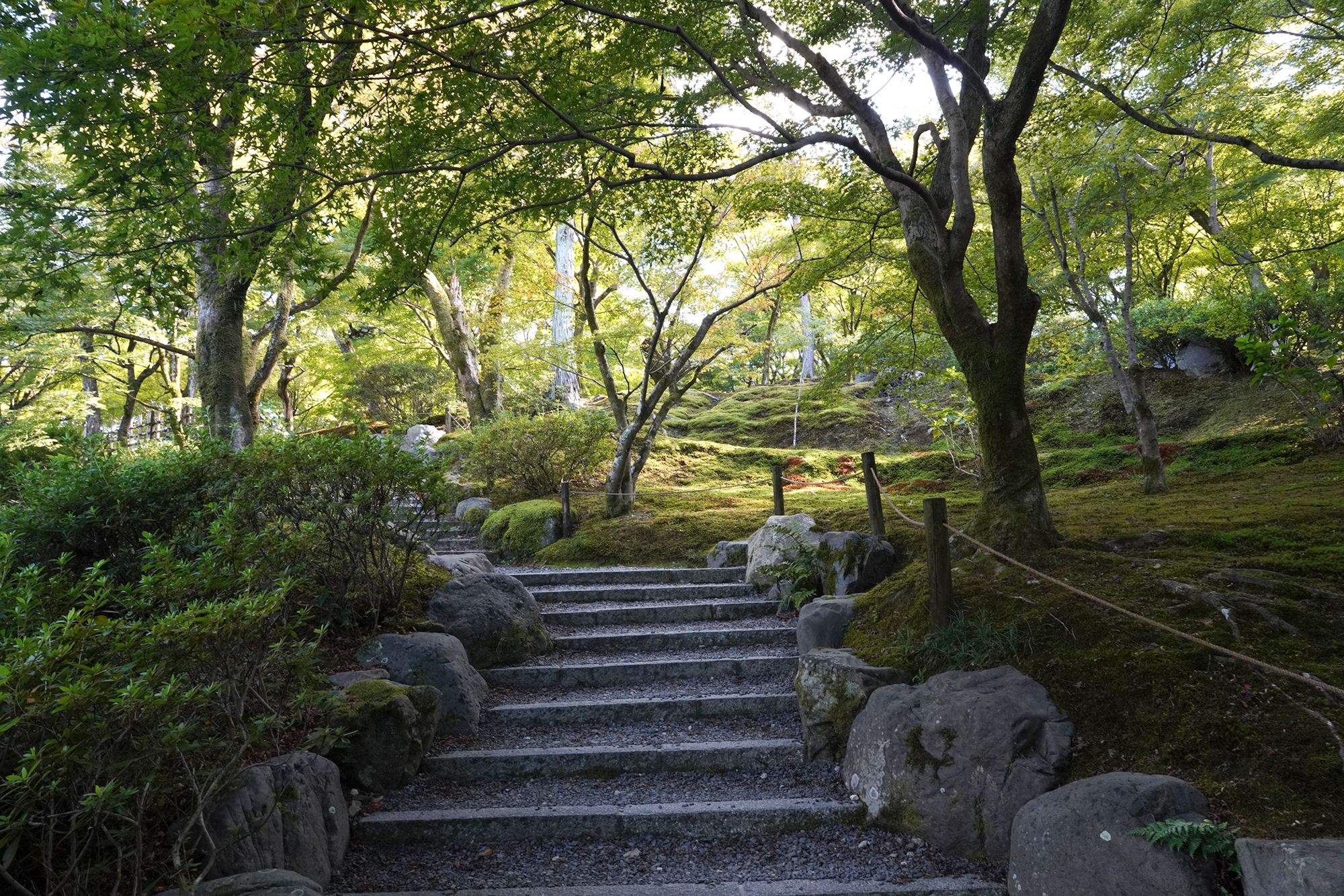
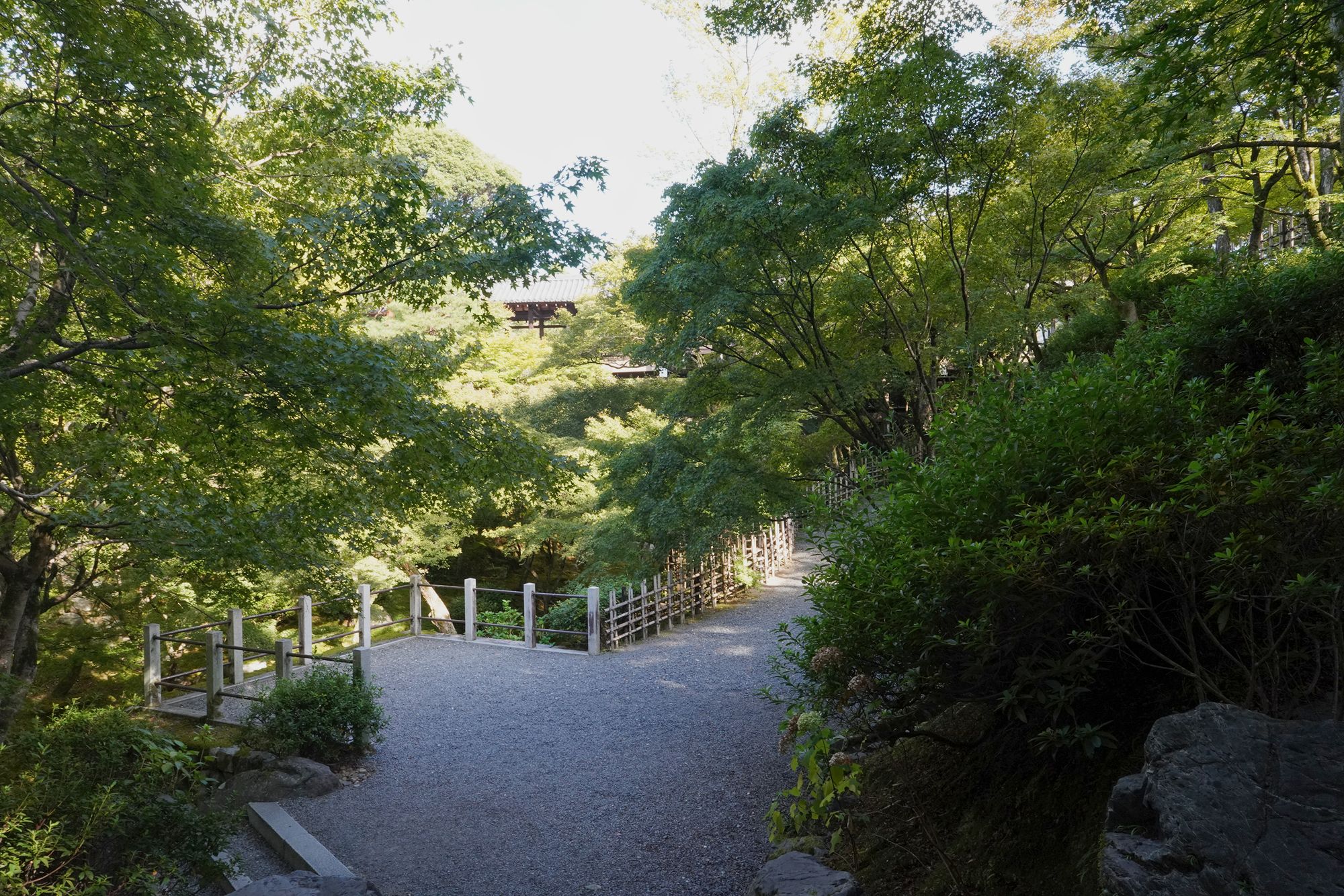
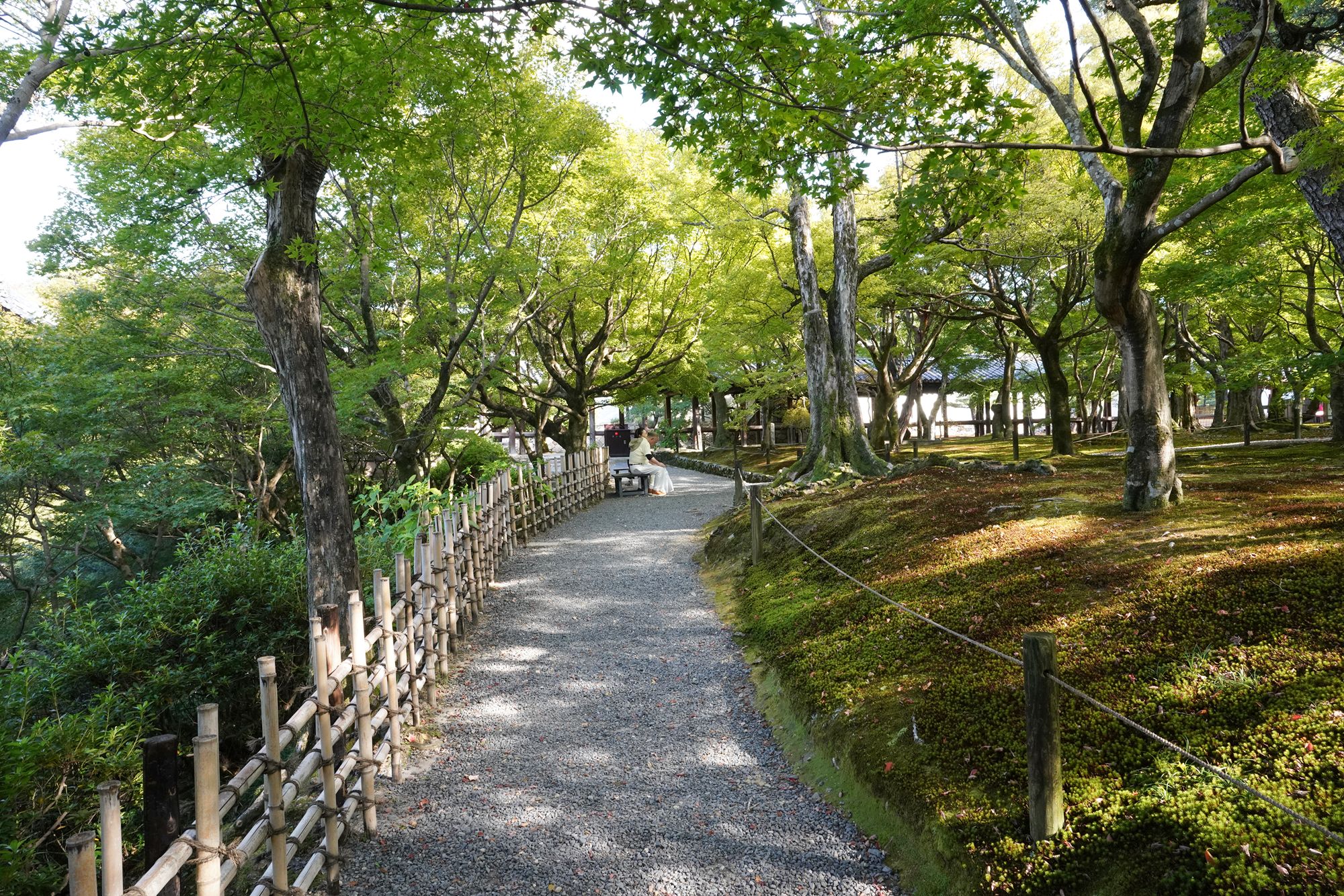
I left Tōfuku-ji Temple, took a bus, and arrived at Tō-ji Temple.
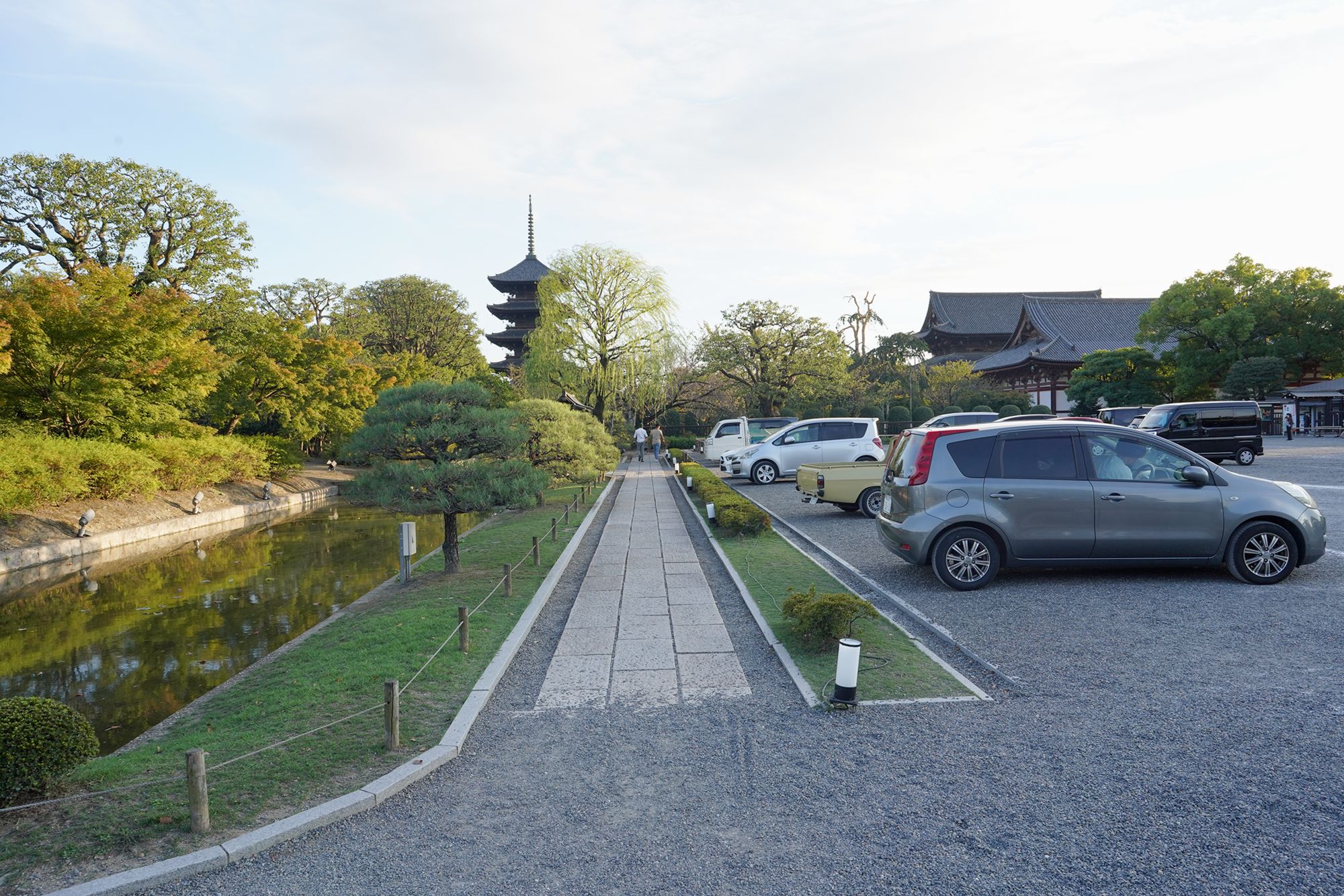
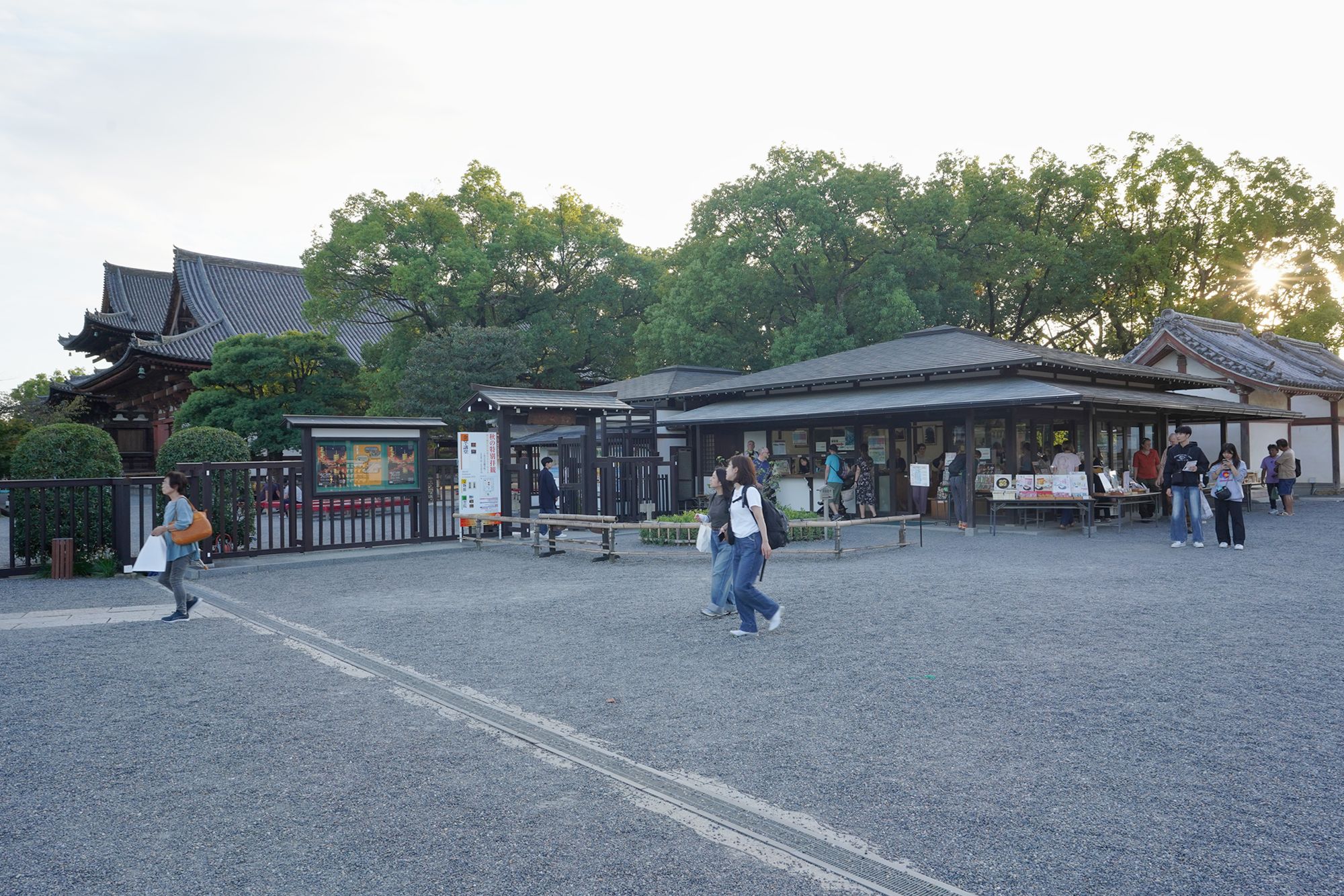
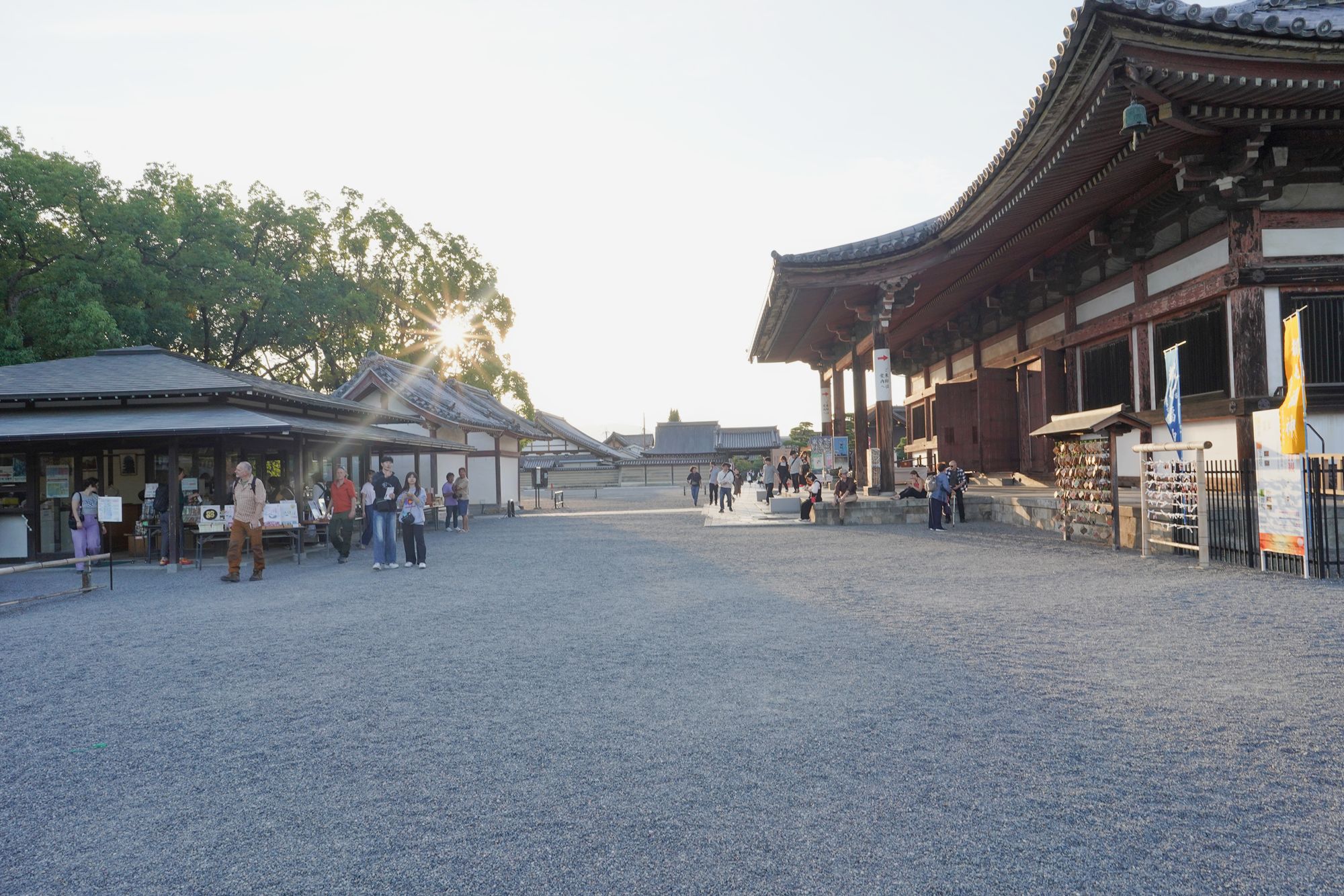
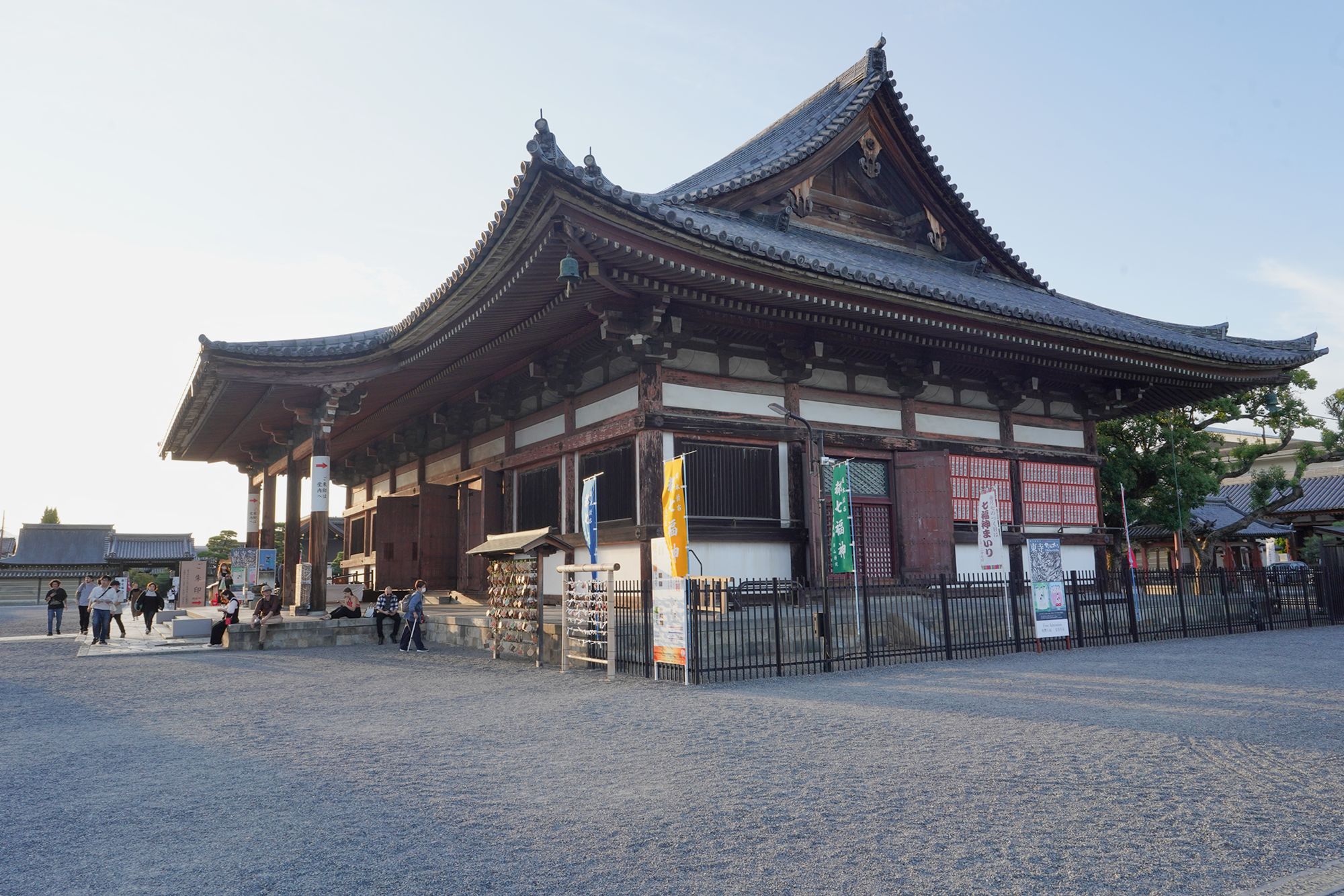
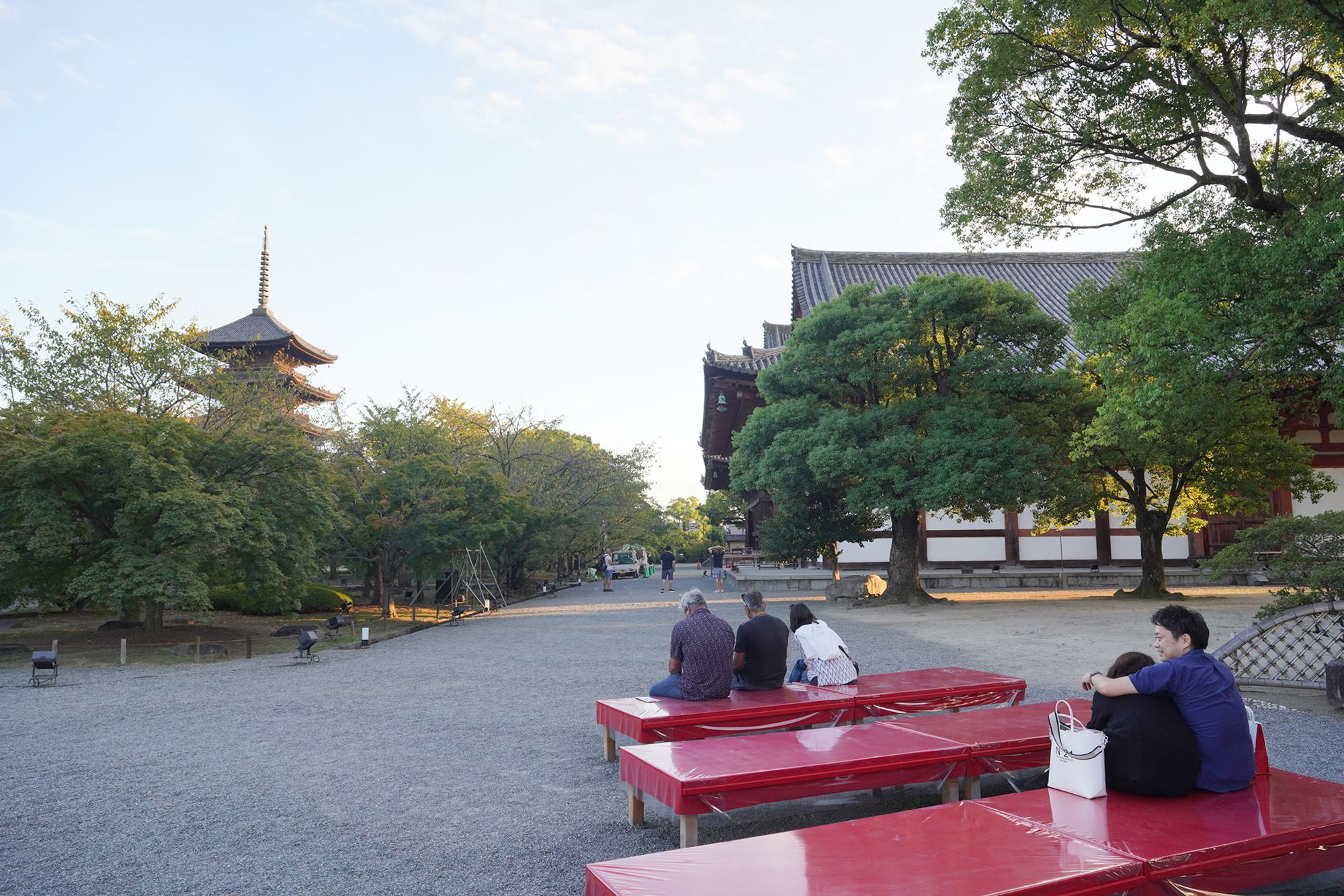
This temple features two large buildings housing Buddha statues and a five-story pagoda.
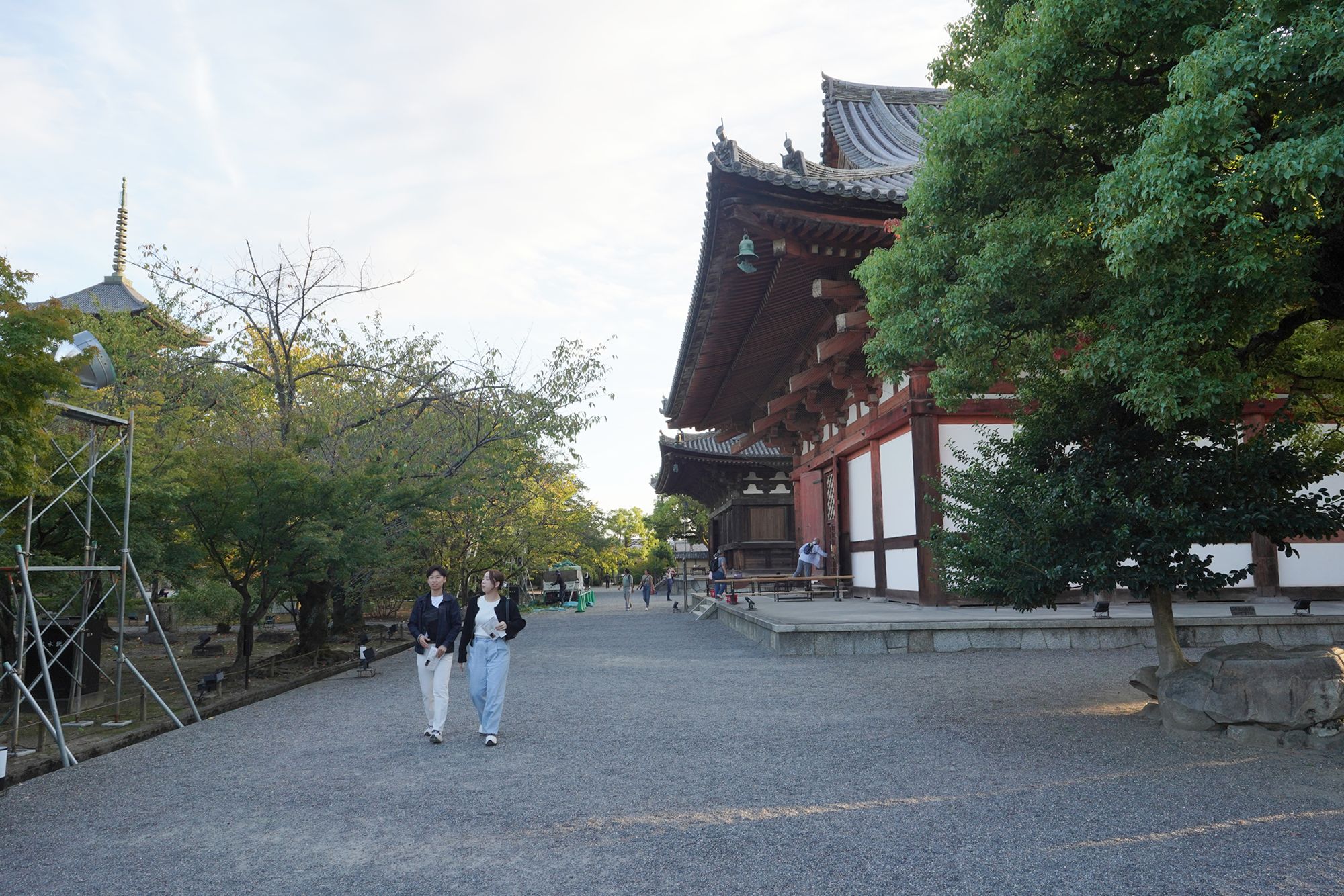
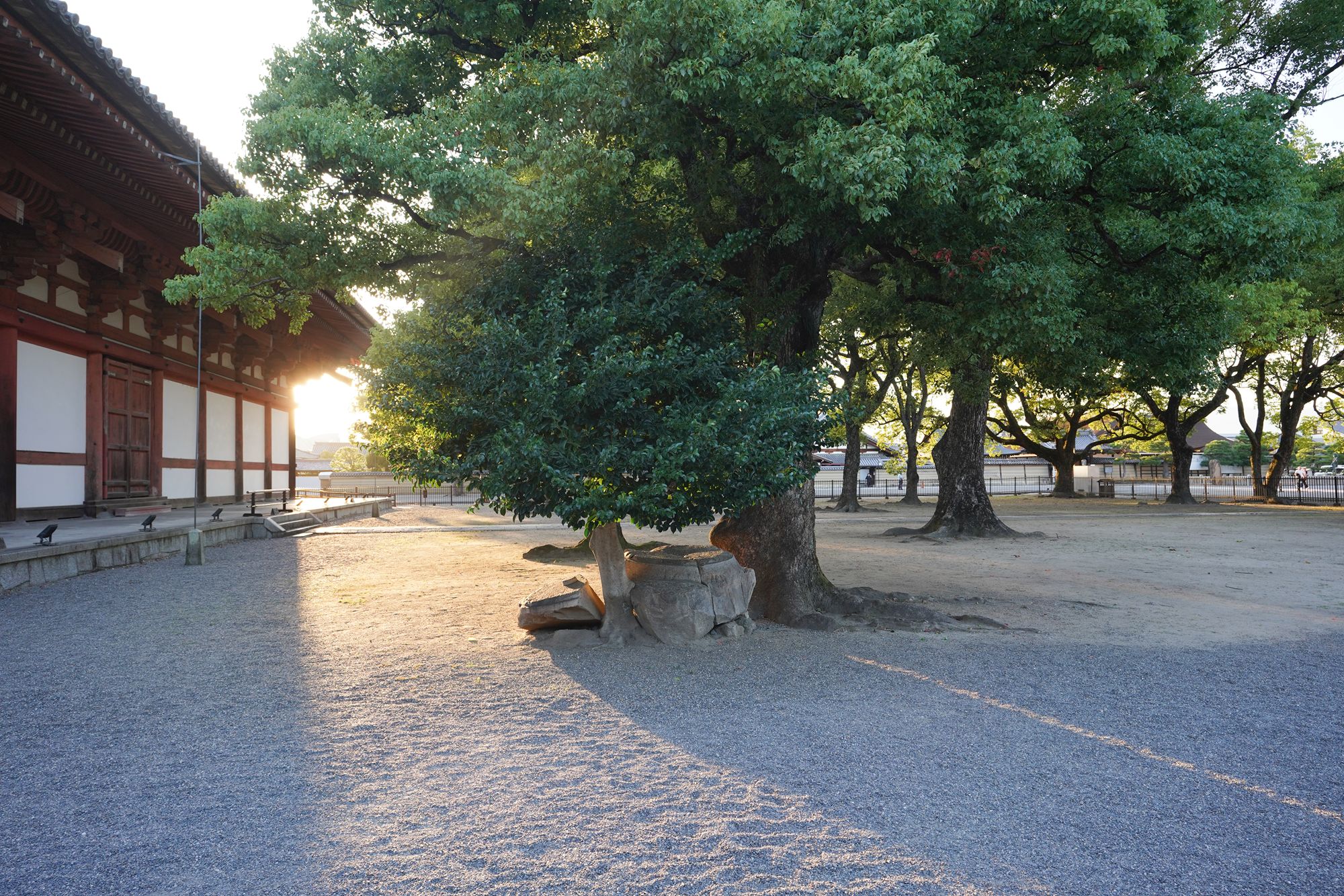
Unfortunately, photography was not allowed inside the two buildings, so I couldn’t take pictures of the Buddhas.
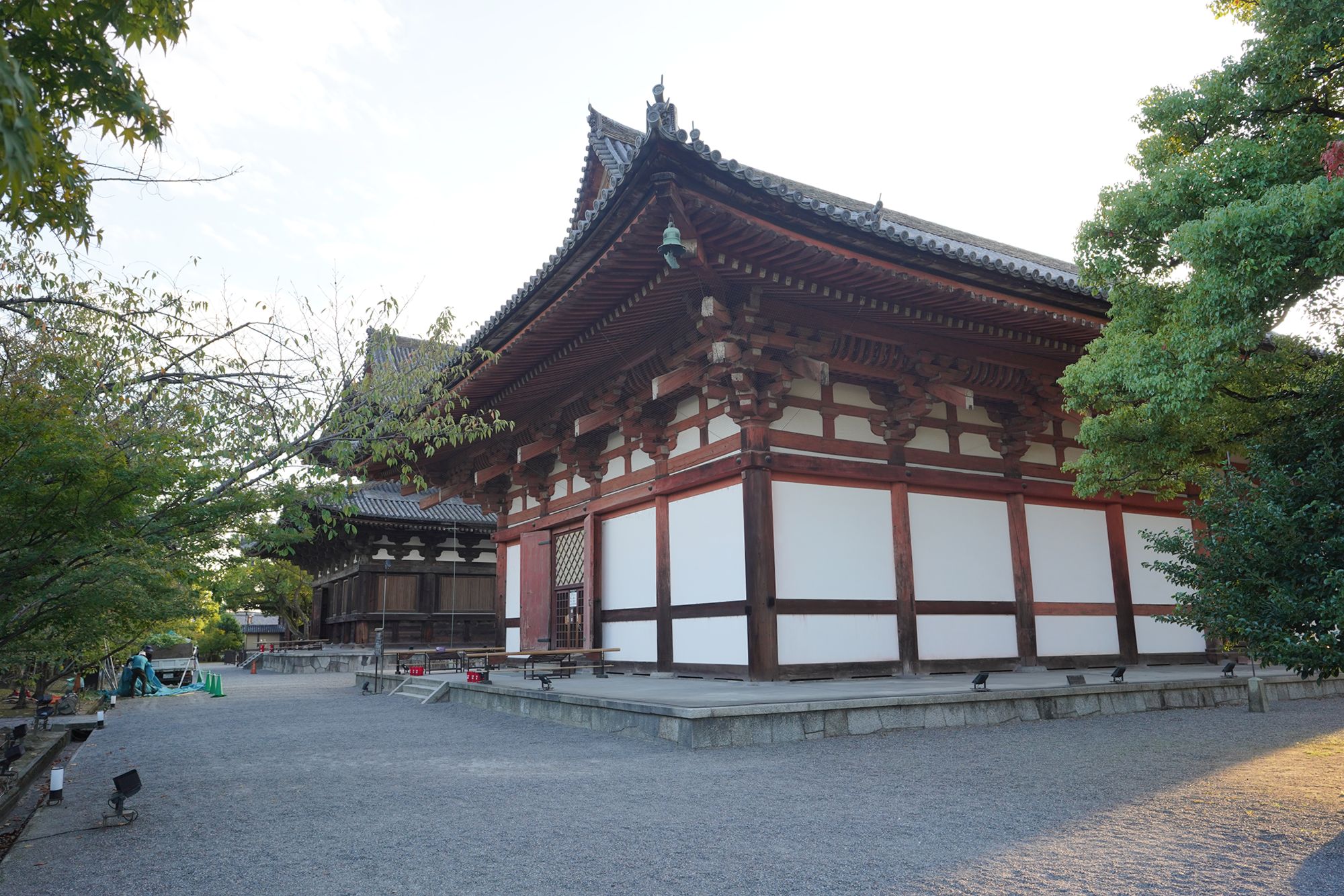
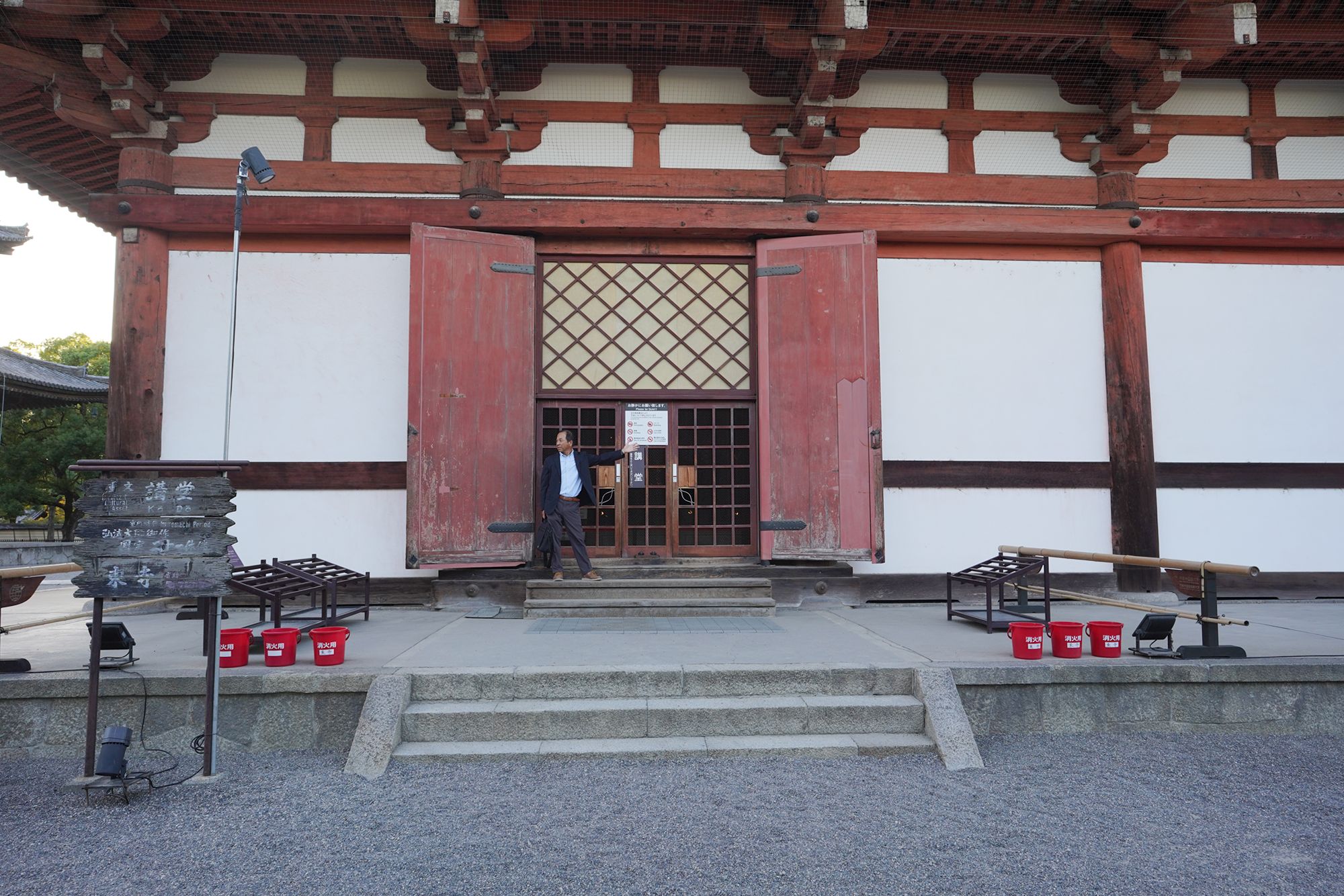
Tō-ji Temple (東寺), meaning “East Temple,” is a historic Buddhist temple in Kyoto and a UNESCO World Heritage Site. Founded in 796 during the Heian period, it was established as a guardian temple for the capital, alongside the now-lost Saiji (West Temple). Tō-ji is closely associated with Kūkai (also known as Kōbō Daishi), the founder of Shingon Buddhism in Japan, who transformed it into the head temple of the Shingon sect in 823.
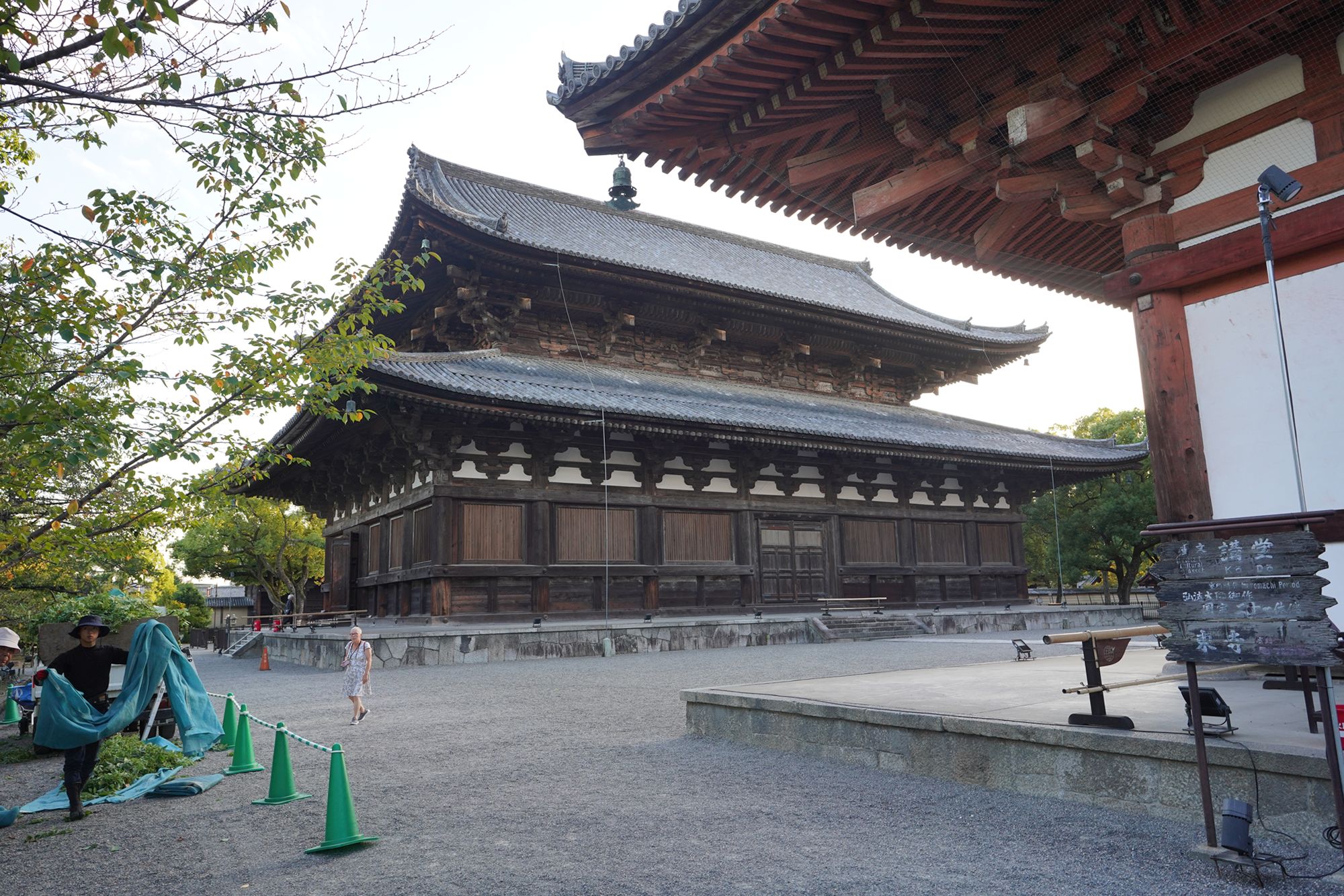
Kōdō (Lecture Hall): Features a mandala of 21 statues representing the esoteric teachings of Shingon Buddhism, arranged in a three-dimensional space.
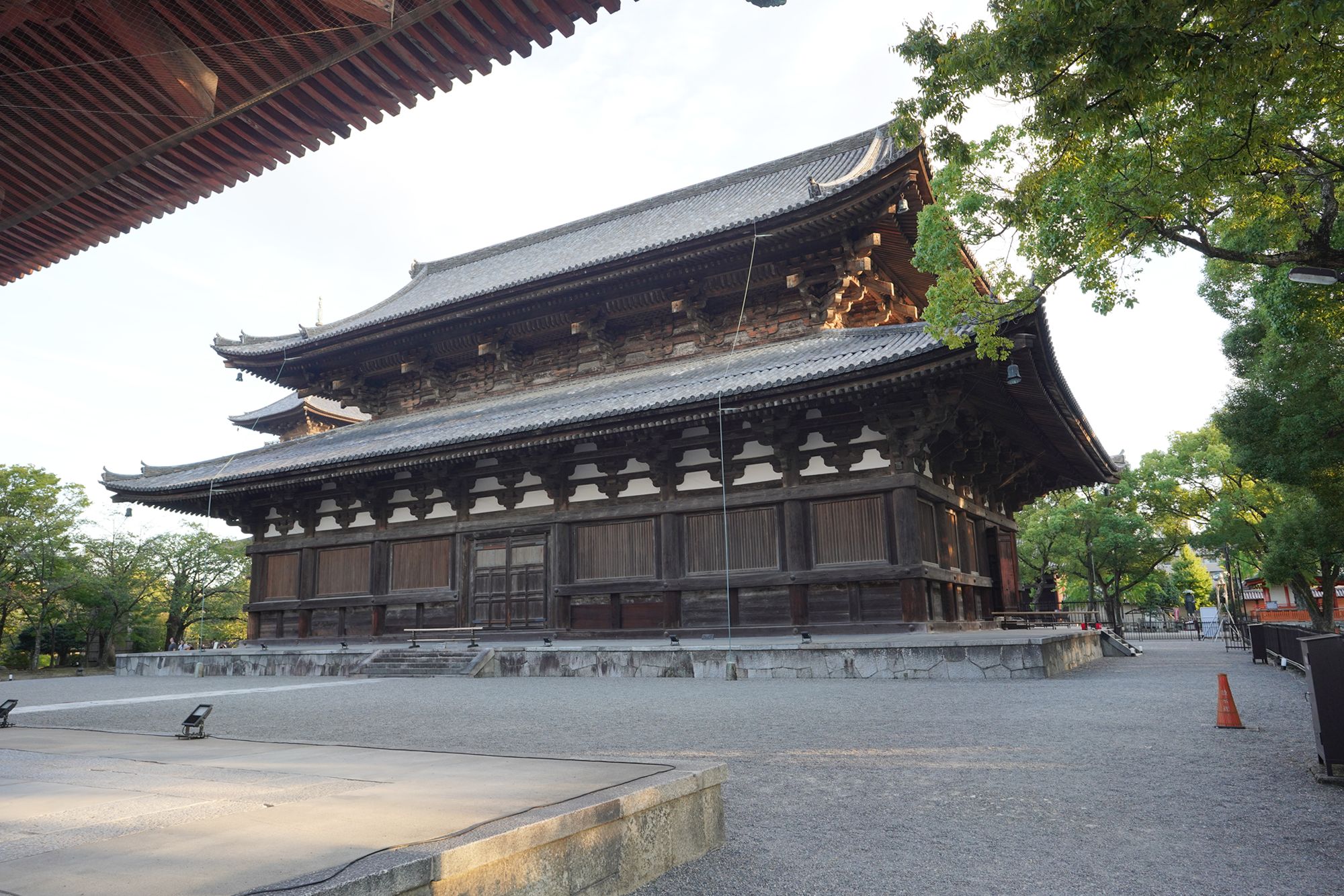
Kondō (Main Hall): The largest building, housing an impressive collection of Buddhist statues, including a central Vairocana Buddha flanked by other deities.
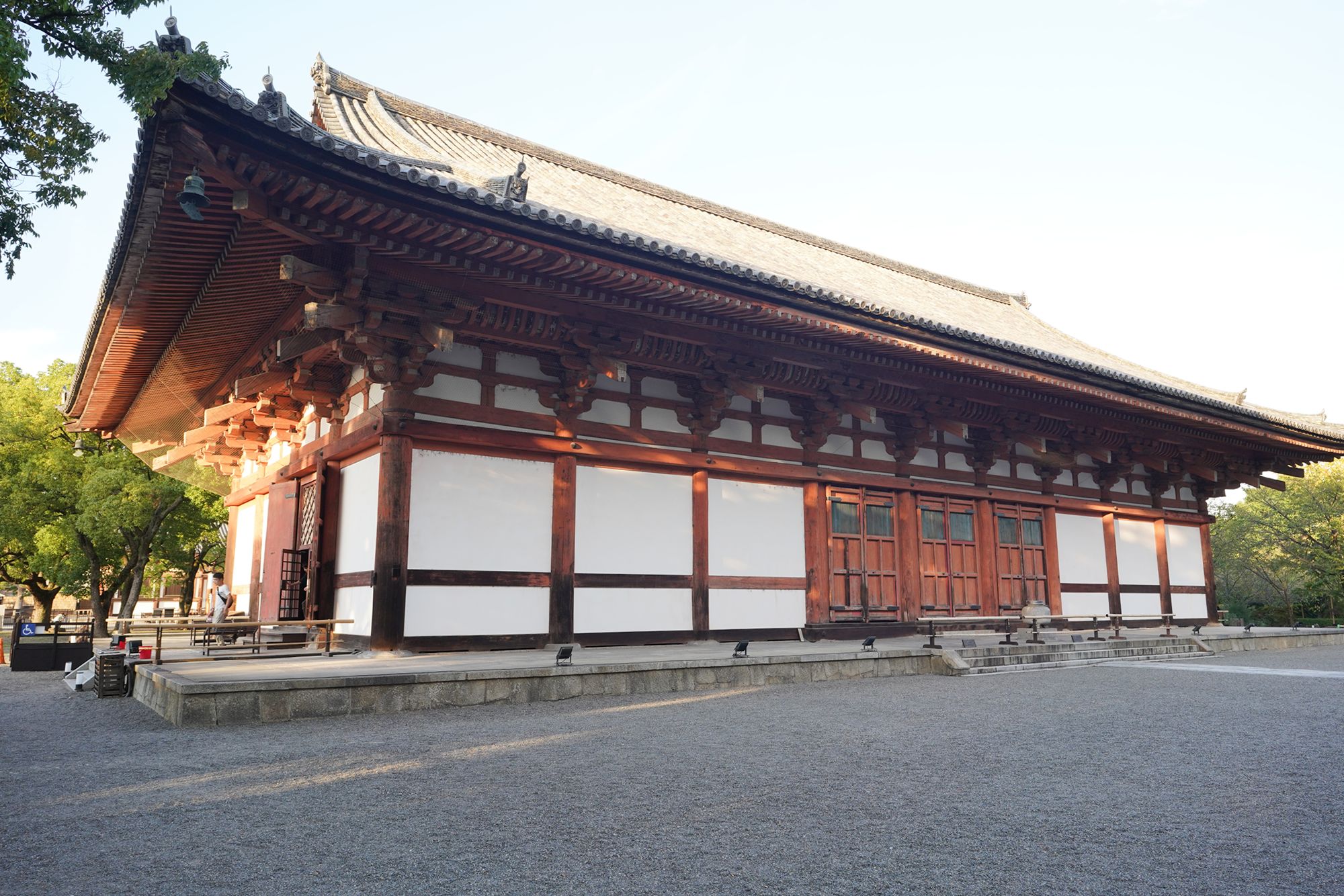
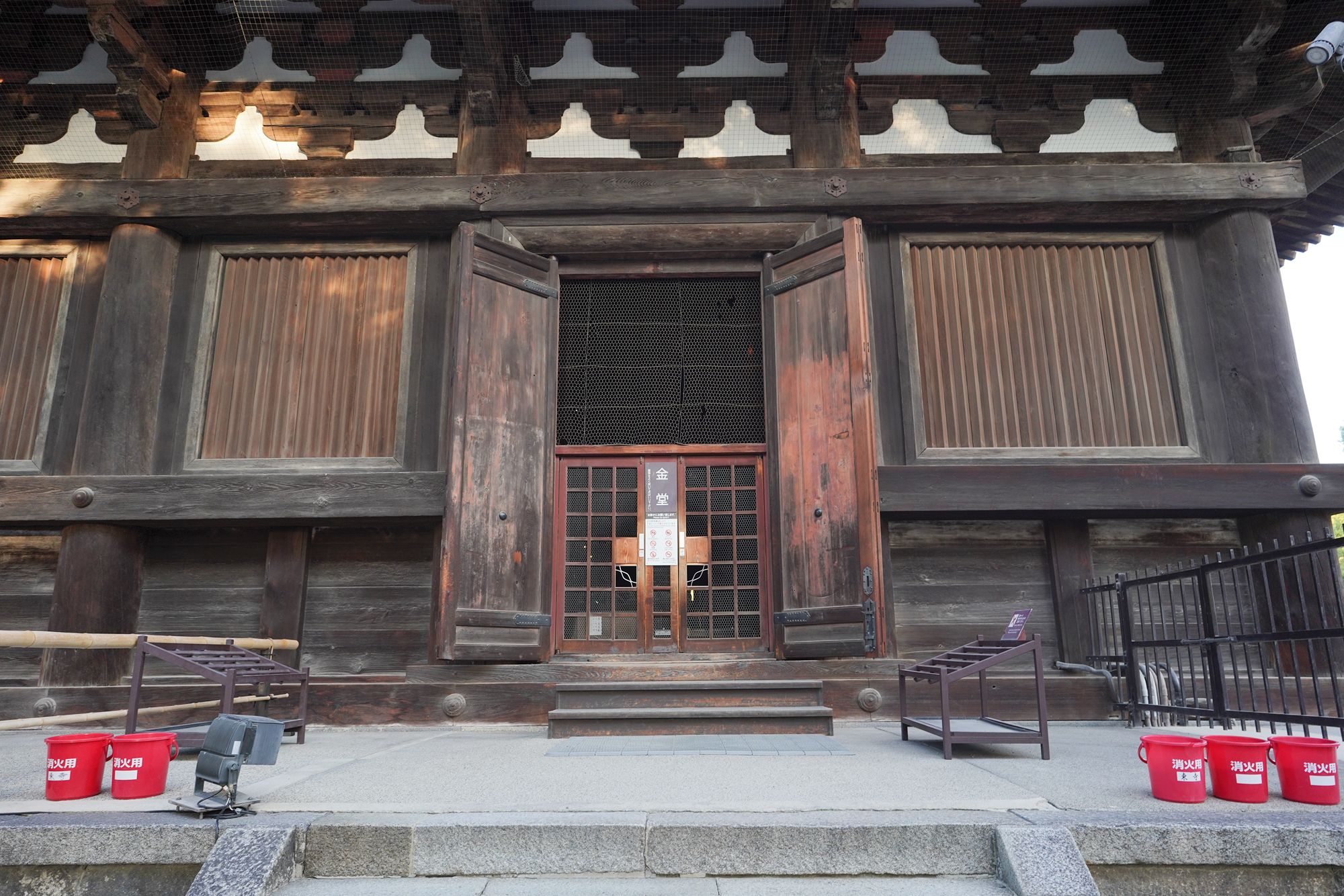
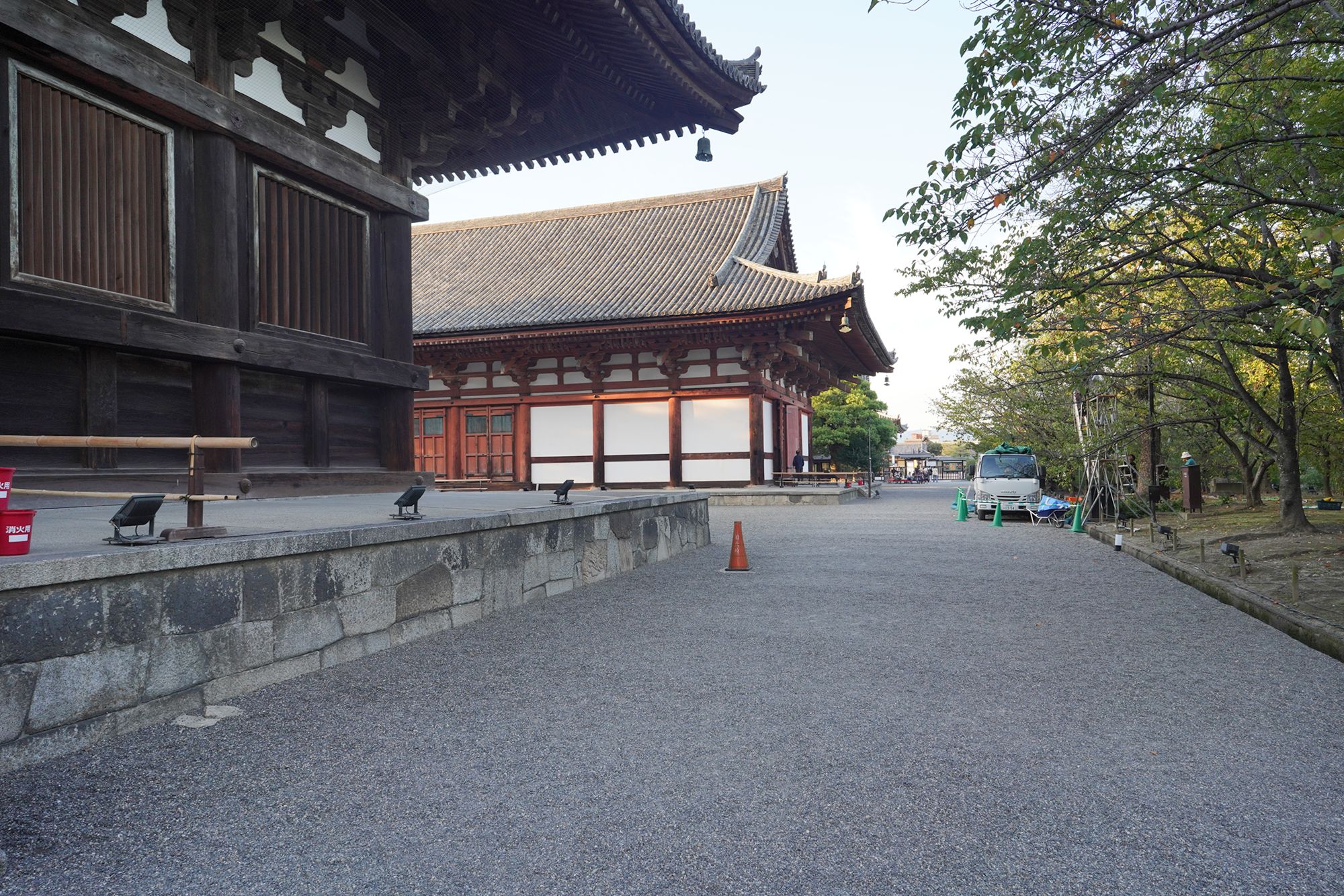
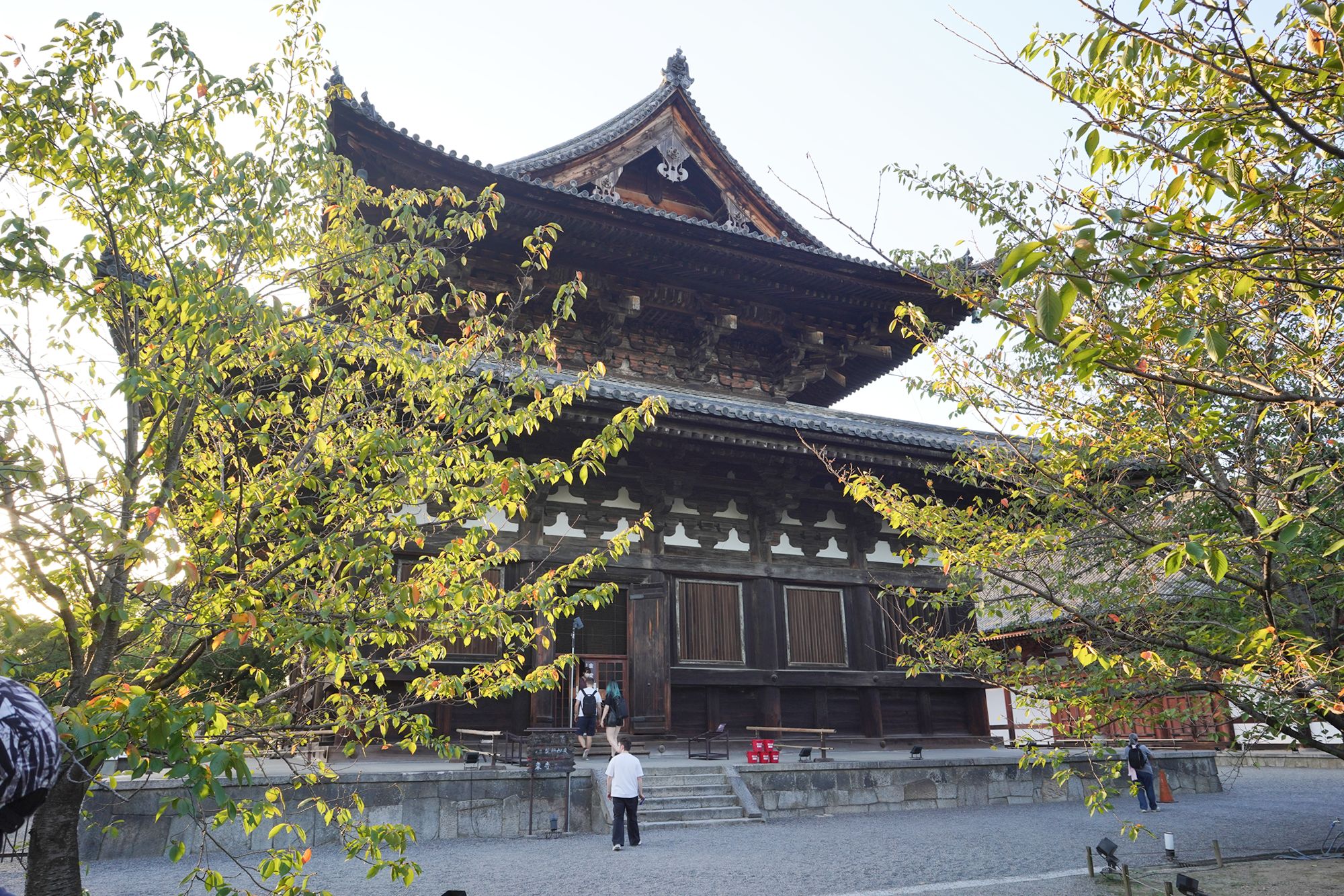
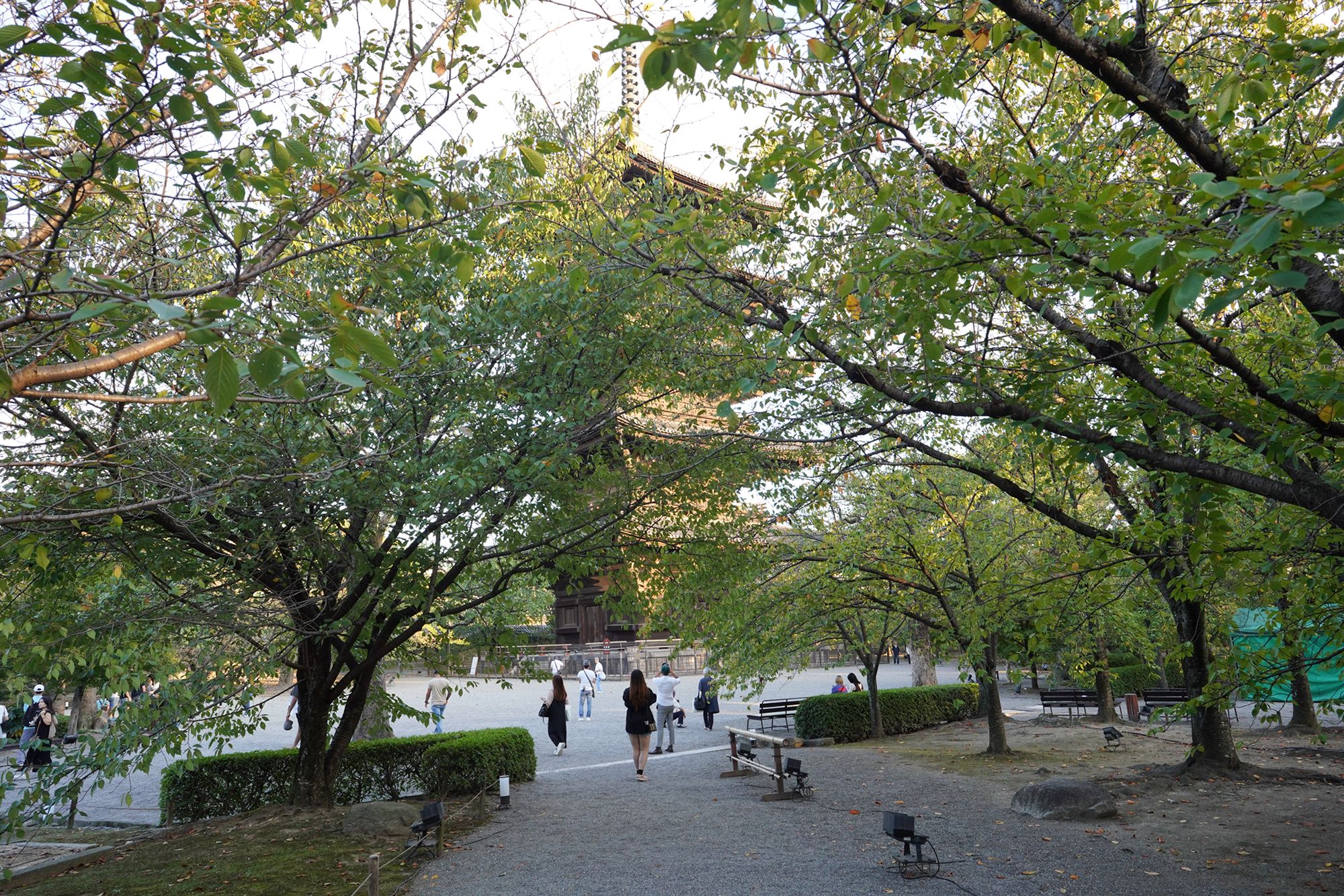
Five-Story Pagoda: The iconic pagoda is Japan’s tallest at 55 meters (180 feet) and serves as a symbol of Kyoto. It was originally built in 826 and has been rebuilt several times due to fire, with the current structure dating to the Edo period.
